The imperative to safeguard Craven Road from extensive infill and secondary builds along the Ashdale Avenue and Parkmount Road through-lots stems from the stark contrast in spatial dynamics and breathing room compared to neighboring streets. Craven Road, though often humorously referred to as the "ass end" of another area, holds significant importance to its residents, as it constitutes their immediate visual environment upon stepping out of their homes. Characterized by narrowness and predominantly single-sided housing, Craven Road already grapples with high population density. Further development along adjacent through-lots would exacerbate these challenges, diminishing the quality of life for current residents and compromising the unique character of the neighborhood. Hence, preserving Craven Road's integrity becomes paramount, ensuring residents continue to enjoy a sense of space and community in their immediate surroundings.
It is evident from these photos, that Craven Road is not only narrower, but it is unique in that it has houses only on one side of it. Craven only has a sidewalk on the east side of the road and the setbacks to the homes are, in most cases, smaller than average. It is interesting to study the difference in streetscapes between Craven Road and it’s neighbors to the east (Rhodes Avenue) and west (Parkmount Road and Ashdale Avenue). Although Craven Road, with it’s quaint, tiny, cottage-like houses already has a very high density, it is obvious that the roads around us enjoy a much broader home to home space.
Craven Road (north of RR)
Craven Road north of Hanson Street was never widened 100 years ago. That is why it does not have a fence and is only approximately 4.5 meters (15 feet) road width. There is no parking on the street. The homes on the east side of Craven are densely packed with tiny houses around 500 sq. ft. jammed in cheek by jowl, with shallow frontages, and tiny backyards, some less than 13 ft x 20 ft (3.96 x 6.01 meters).
Is Craven Road narrow?
Historically, Craven Road provided housing for workers which explains the many small cottage like homes that still line the street. Although the south of Craven Road was widened and is now up to 7.5 meters wide, the north end remains exceptionally narrow - 4.5 meters wide. Protecting access to our street is important not only for emergency and fire vehicles, but in order for residents to access their homes. The traffic on the street is fairly quiet and it is the reason many of us moved to Craven Road.
Danforth Avenue
Mountjoy Avenue
Since many of the residents on Craven Road between Hanson Street and Danforth Avenue don’t have parking, they rely on Mountjoy Avenue to park their cars. Especially for those with a disability, it becomes very important to have access to street parking here. An increase in density on Craven Road would jeopardize the already limited amount of parking available to Craven Road residents.
Craven Road Walls at Intersections
Craven Road intersects with the following East-West streets: Queen Street East, Dundas Street East, Gerrard Street East, Fairford Avenue, Hanson Street, Mountjoy Avenue and Danforth Avenue. At many of these intersections the buildings are very close to the sidewalk/road allowance and rise up as sheer walls. Since nobody “lives” across from each other at these intersections there are no immediate privacy issues. The images presented here show the effect of sheer walls on the very narrow Craven Road. Preserving the skyviews, tree canopies, sunlight on the rest of the street becomes all the more important if we don’t want to replicate the appearance of the intersections at the Craven Road intersections.
Laneways Around the Neighbourhood
Craven Road is obviously not a laneway, despite it’s narrow width. It has homes on only the east side and is probably the most unique and narrowest street in Toronto. There ARE laneways in and around the Craven Road neighborhood. A depiction of these clearly demonstrates where laneway housing might be more appropriate, without detracting from the quality of life afforded to the already densely packed homes on Craven Road.
Parkmount Road
Parkmount Road is located one street west of Craven Road and has two way traffic between Danforth Avenue on the north and joins the junction of Hanson Street which becomes Felstead Avenue (east west streets south of Parkmount). Parkmount Road is 30 feet wide, (9.1 meters) with ample sidewalks, a grass boulevard between the sidewalk and the road and large setbacks to the homes on either side of the road. Since the homes on the east side of Parkmount Road are located on through lots, their parking spaces are accessed from Craven Road.
Rhodes Avenue (north of RR)
Rhodes Avenue is located one street east of Craven Road. The road north of the railway line is 28.4 feet wide which is 8.65 meters and is a two way street. It has large sidewalks on both sides of the street, large setbacks and homes on both sides of the road. The gardens of the homes on the west side of Rhodes Street are adjacent to the tiny gardens of the Craven Road homes. When homes on the west side of Rhodes are enlarged, they are extended into their gardens, bringing them closer to the tiny homes on the east side of Craven Road.
Craven Road (south of RR)
From these images, it's evident that Craven Road is narrower and has houses only on one side, with smaller setbacks and a sidewalk on the east side. This contrast is striking when compared to its neighbors, Rhodes Avenue and Ashdale Avenue. On the south side, Craven Road boasts the longest municipal fence in Toronto (approximately 1.2 km long) . Because this one way street is somewhat wider than the north end of Craven Road, it provides parking to the densely packed Craven Road residents. The urban tree canopy lining the municipal fence on the Ashdale side, is an integral part of the streetscape on Craven Road south.
Fairford Avenue
Ashdale Avenue
Ashdale Avenue, located one street west of Craven Road, is 24 to 24.5 feet wide (7.3 - 7.5 meters) and runs south of the railway line. It is a two way street stretching from the railway line to Fairford Avenue, and then becomes a one way street southbound stretching from Fairford Avenue to Queen Street in the south. It has sidewalks and homes on both sides of the street with large setbacks between the sidewalks and the homes.
Rhodes Avenue (south of RR)
Rhodes Avenue, south of the railway line is from 24 feet wide (7.3 meters) to 28 feet wide (8.5 meters) wide. The southbound stretch of Rhodes Avenue between the railway line and Fairford Avenue is a two way street. Rhodes Avenue becomes a one way southbound street from Fairford Avenue to Queen Street in the south. Again, there are houses and sidewalks on both sides of the street and large setbacks to the homes on either side of the road.
Gerrard Sreet East
Here are some of the East West streets connecting our residential streets. It is interesting to note, that at the intersection between Craven Road and these east-west running streets, there are often large walls on both sides of Craven. This gives an idea, what it would look like, were the very narrow Craven Road, to suddenly have homes spring up on the west side of the through lots.
Dundas Street East
Queen Street East
How Craven loses trees
Craven Road's unique character is rooted in its narrower width, single-sided housing, and smaller setbacks. While it's already densely populated, further development along adjacent through-lots would exacerbate these challenges. Preserving Craven Road's integrity is crucial to ensure residents continue to enjoy a sense of space and community in their immediate surroundings.
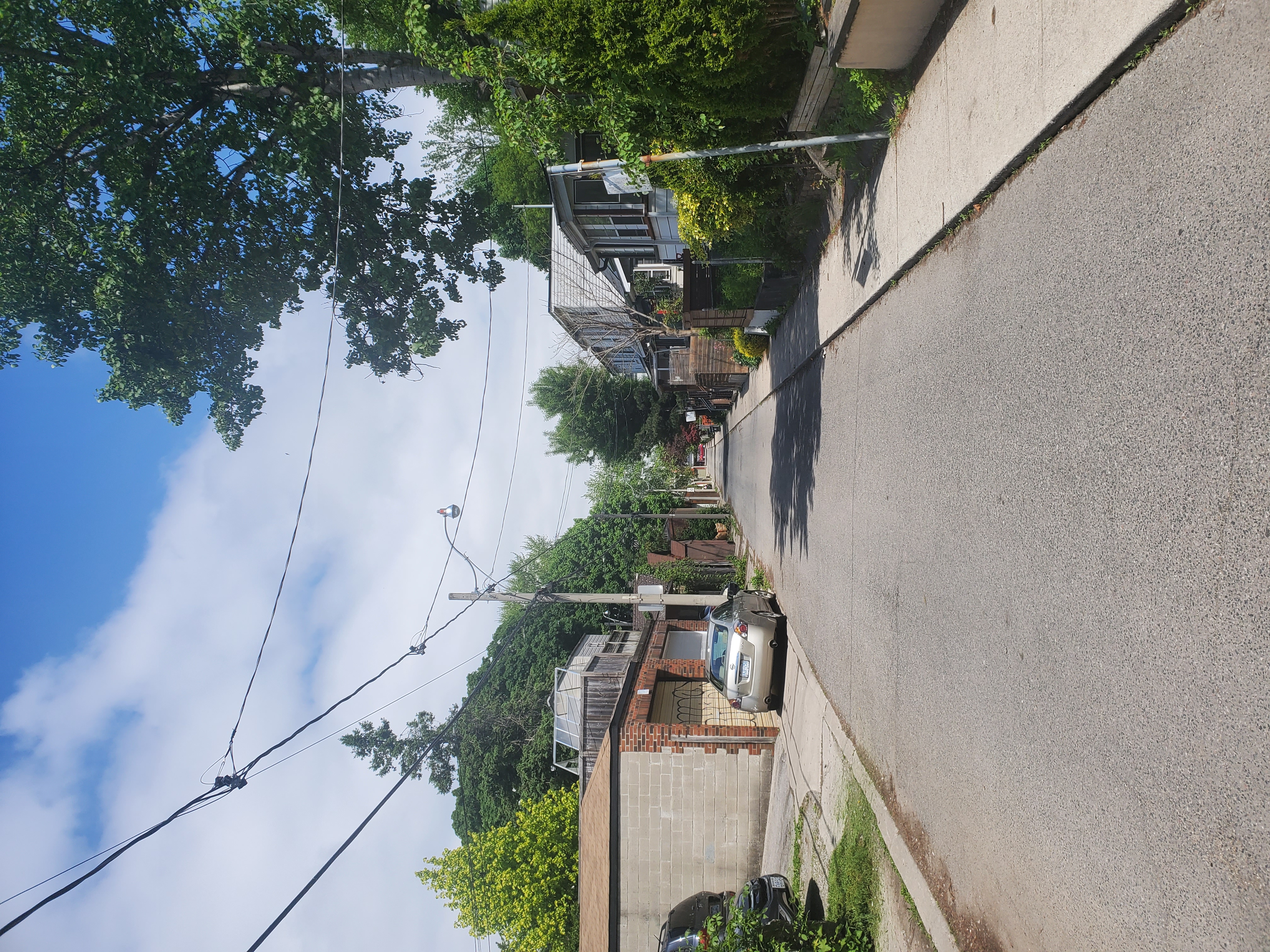
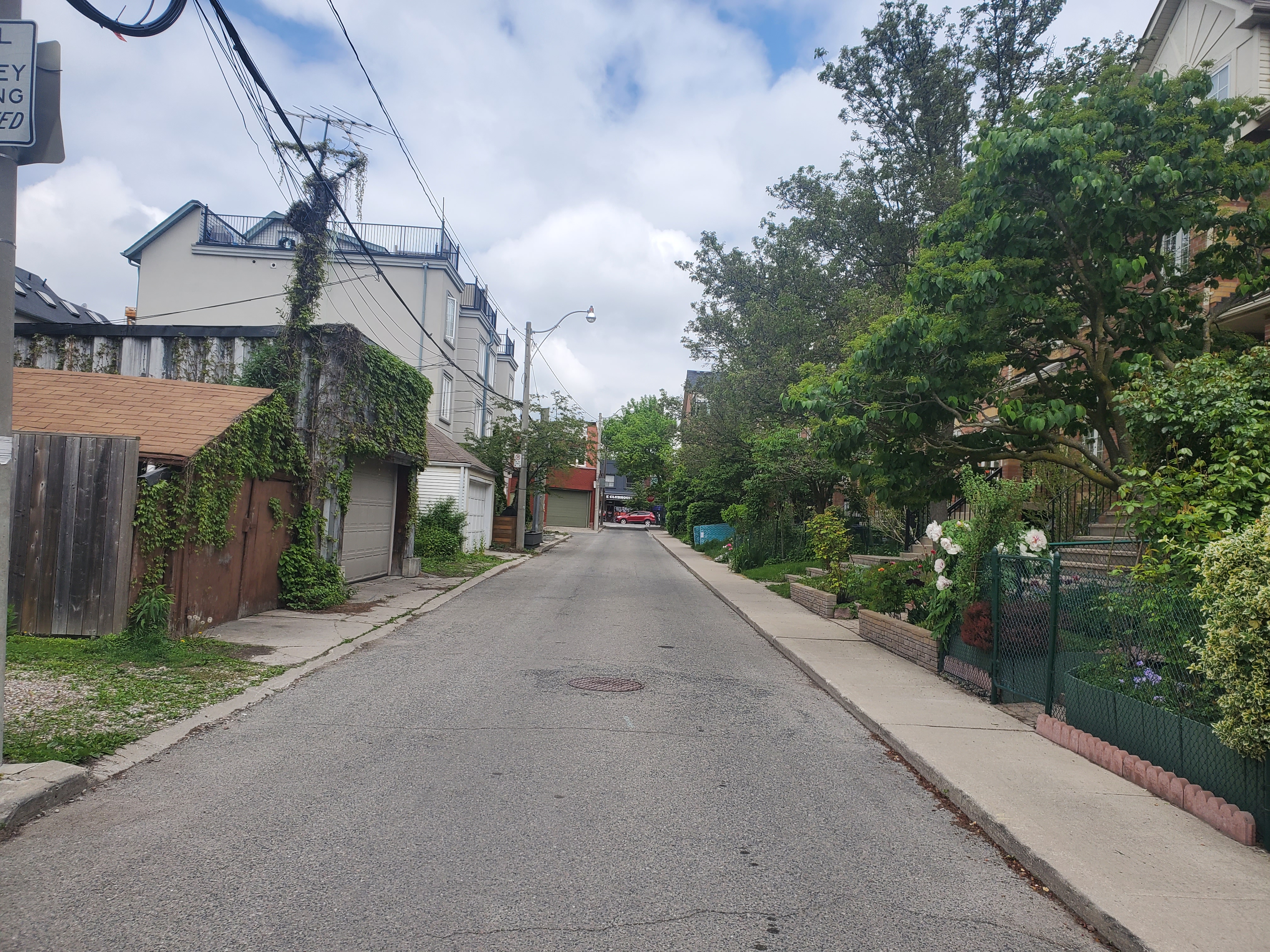
.jpg)
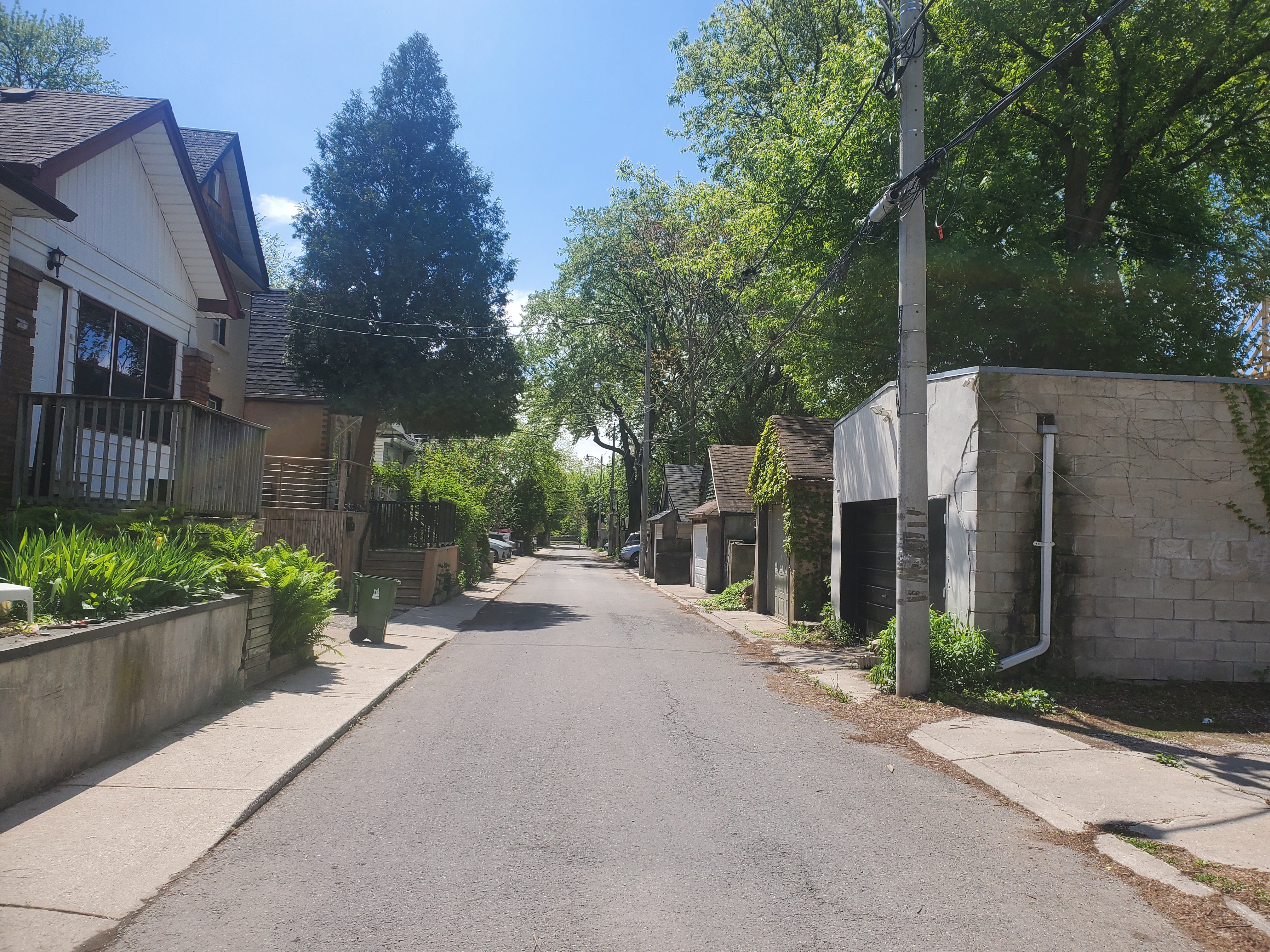
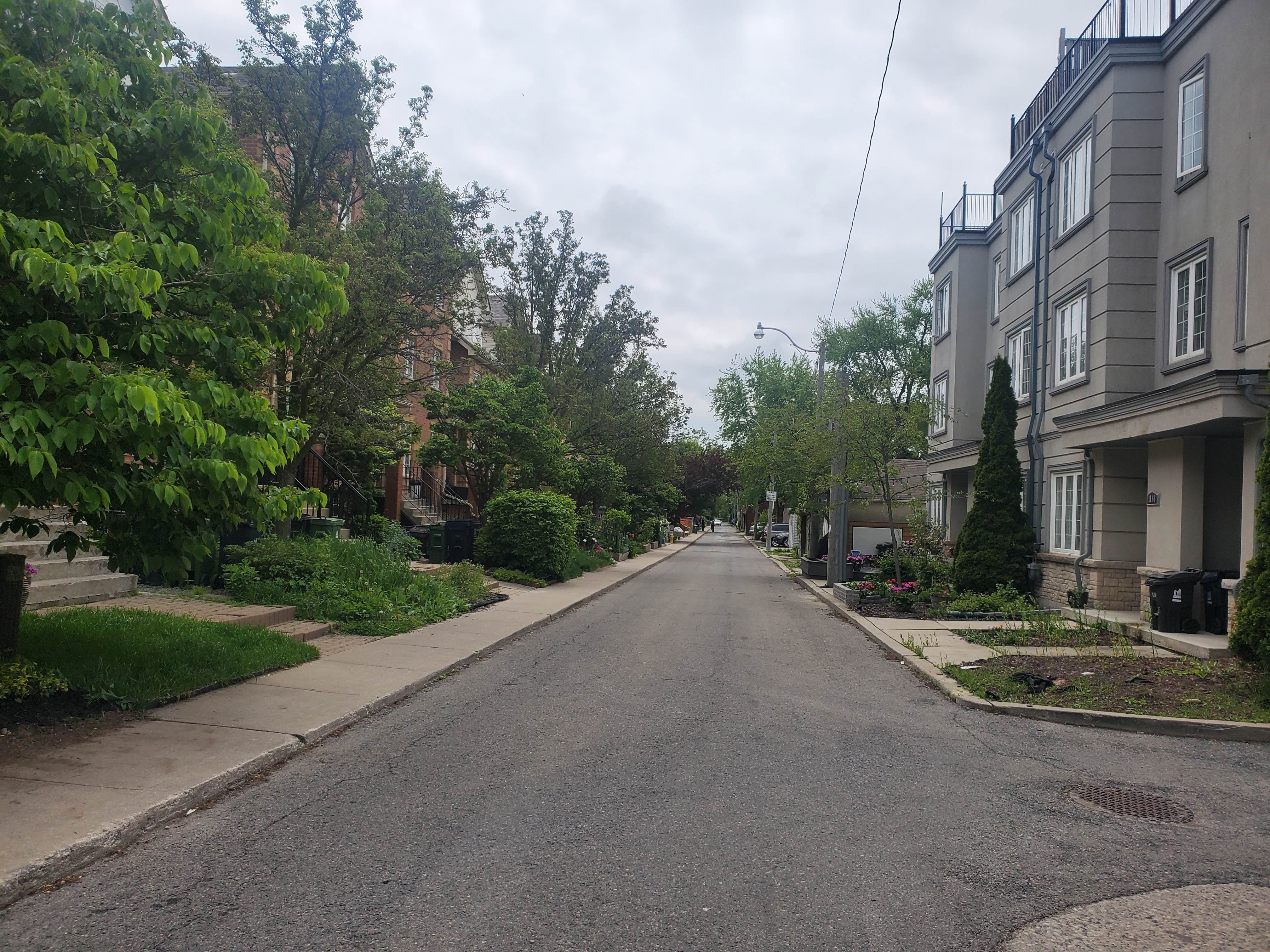
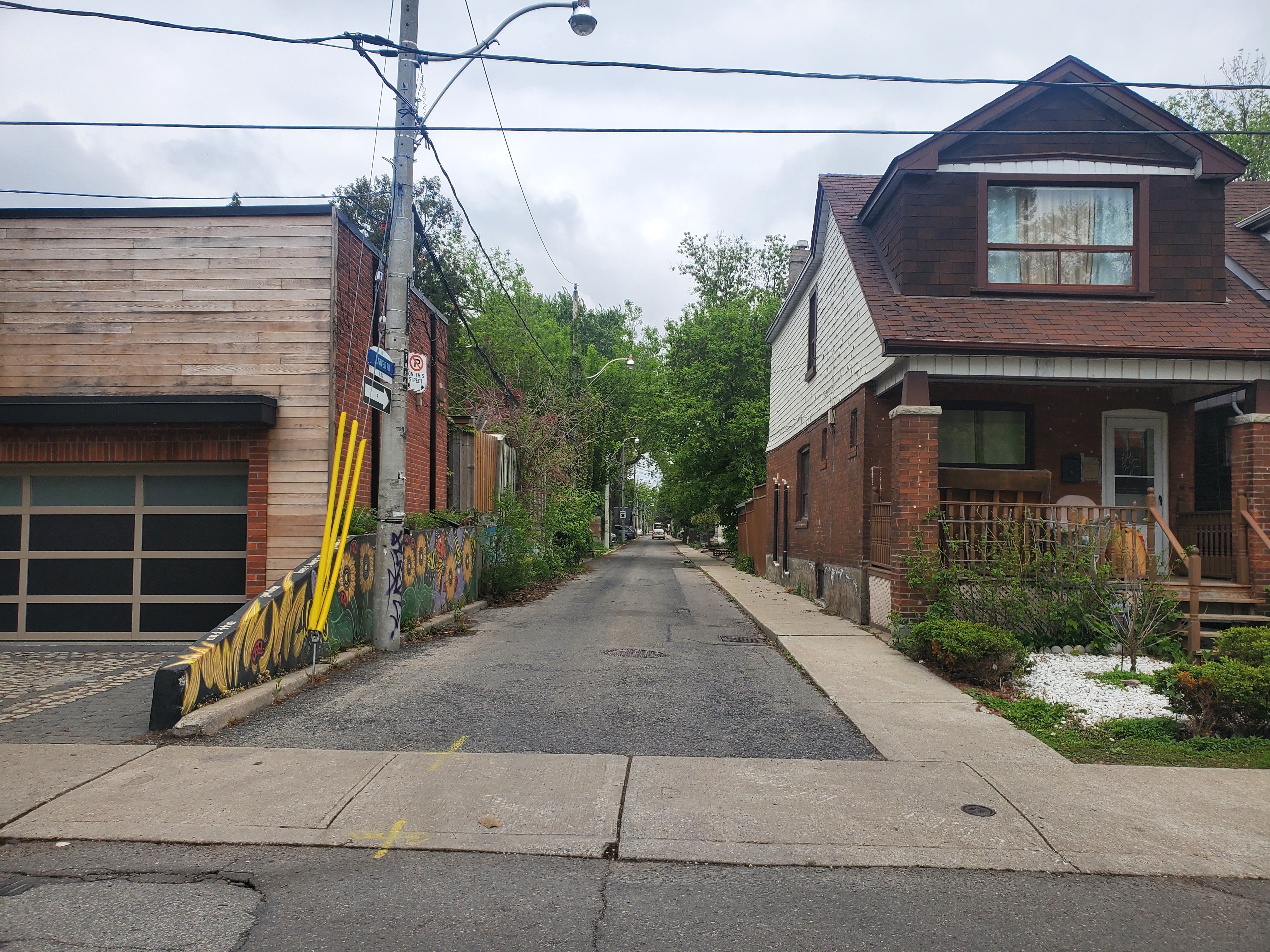
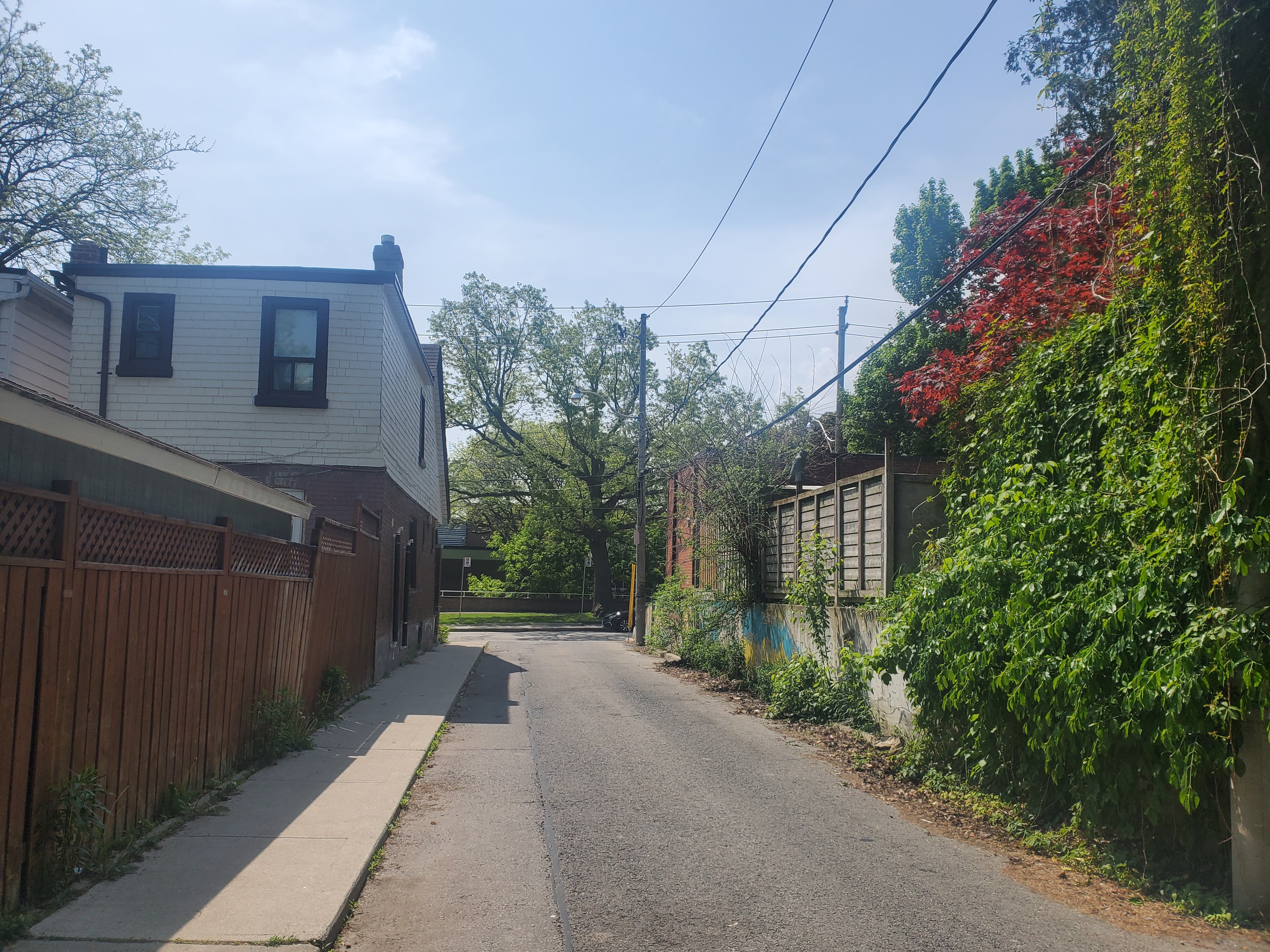
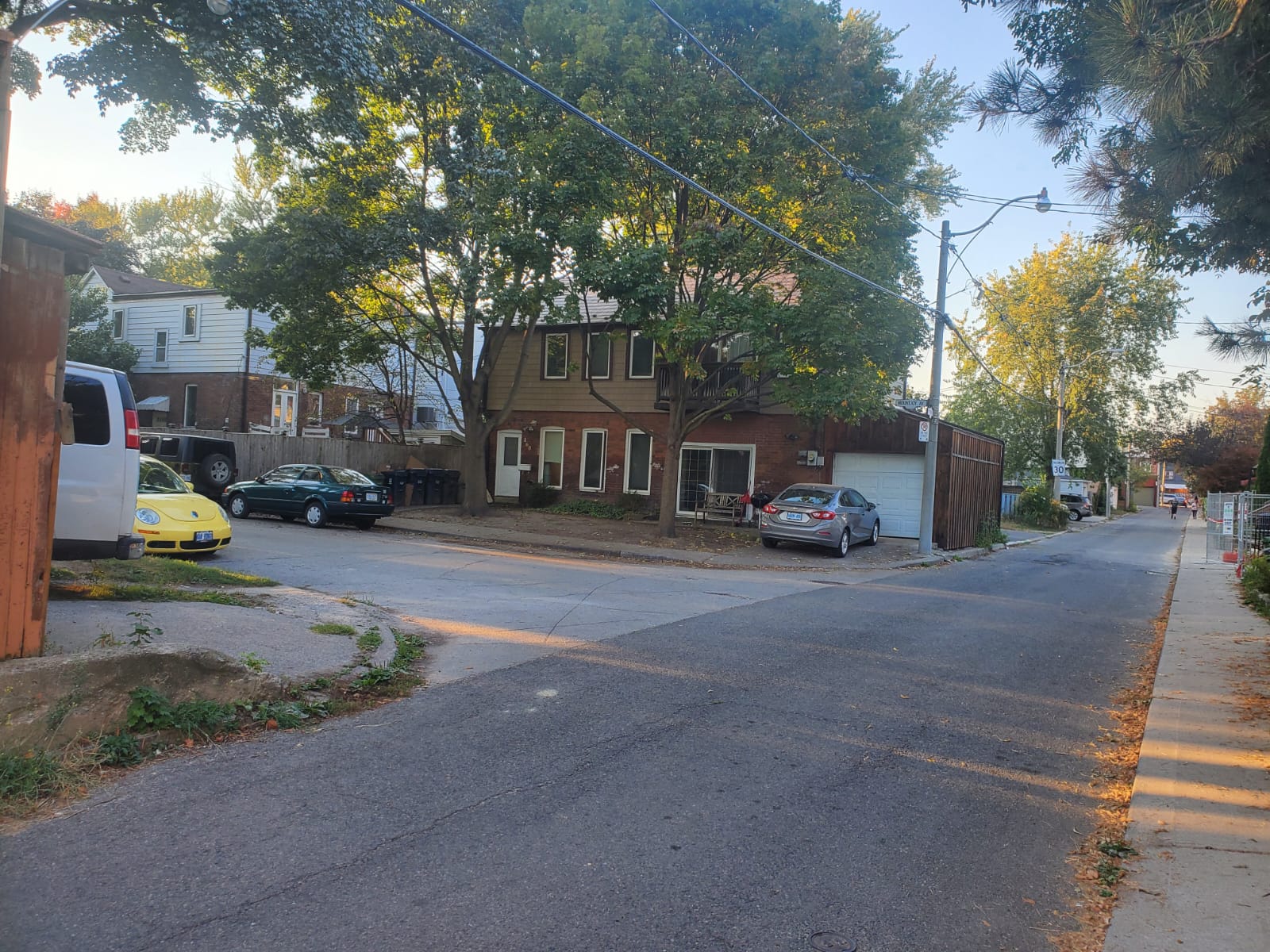

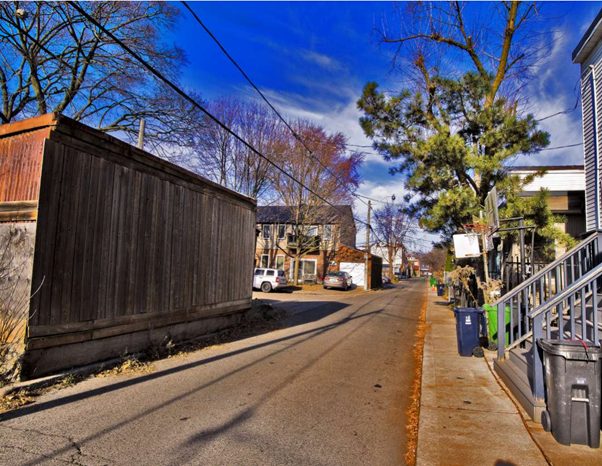


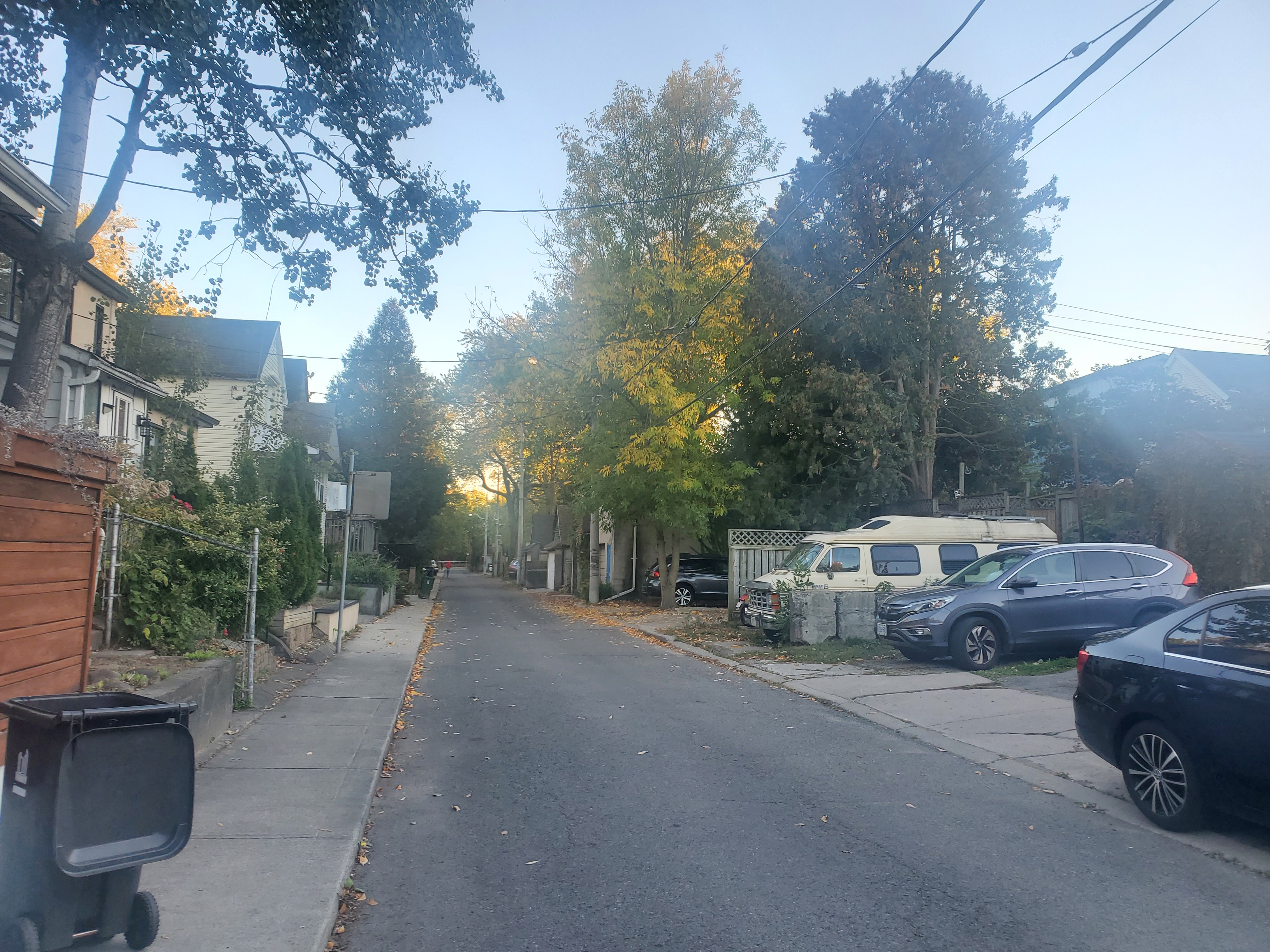
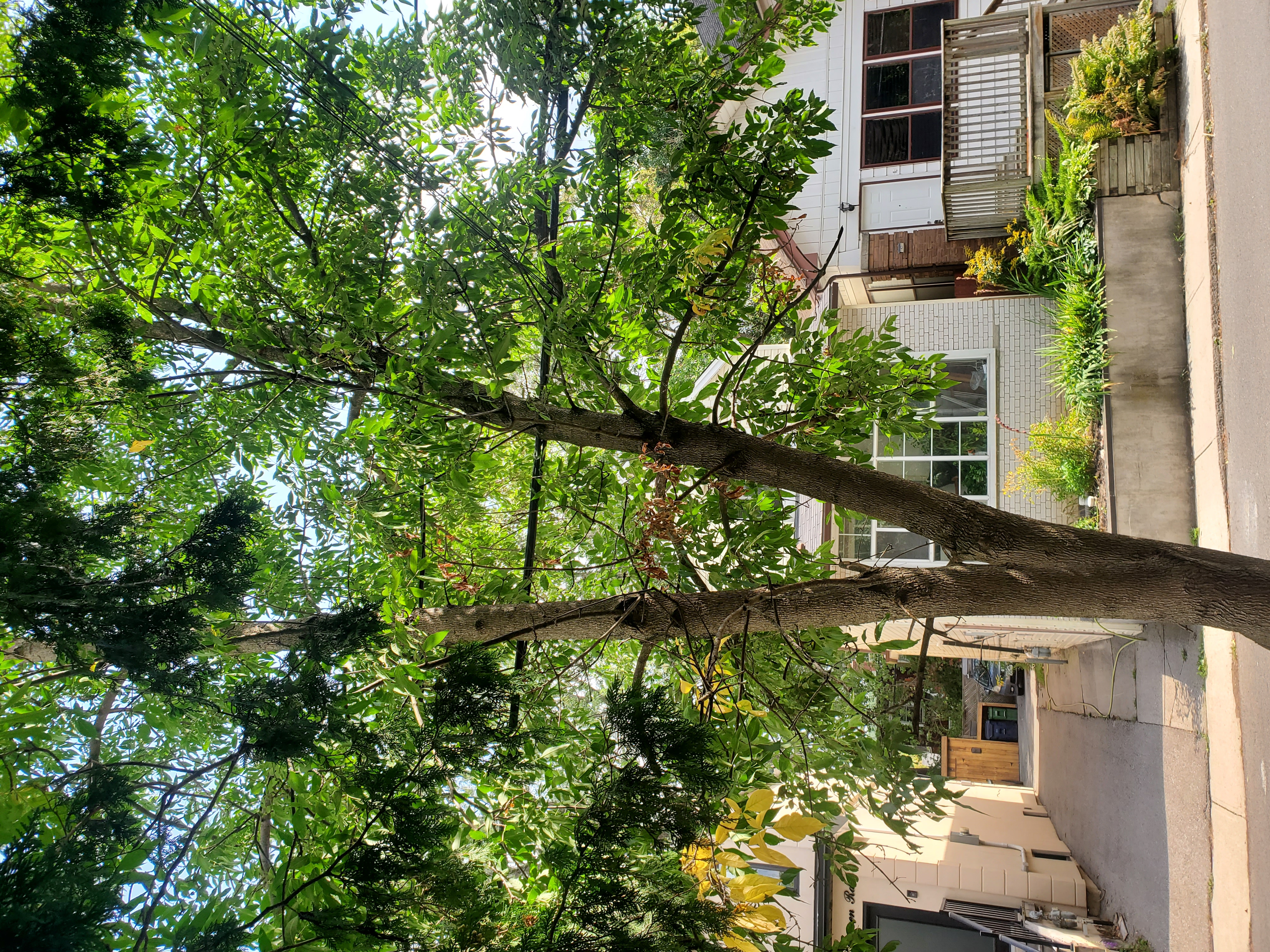
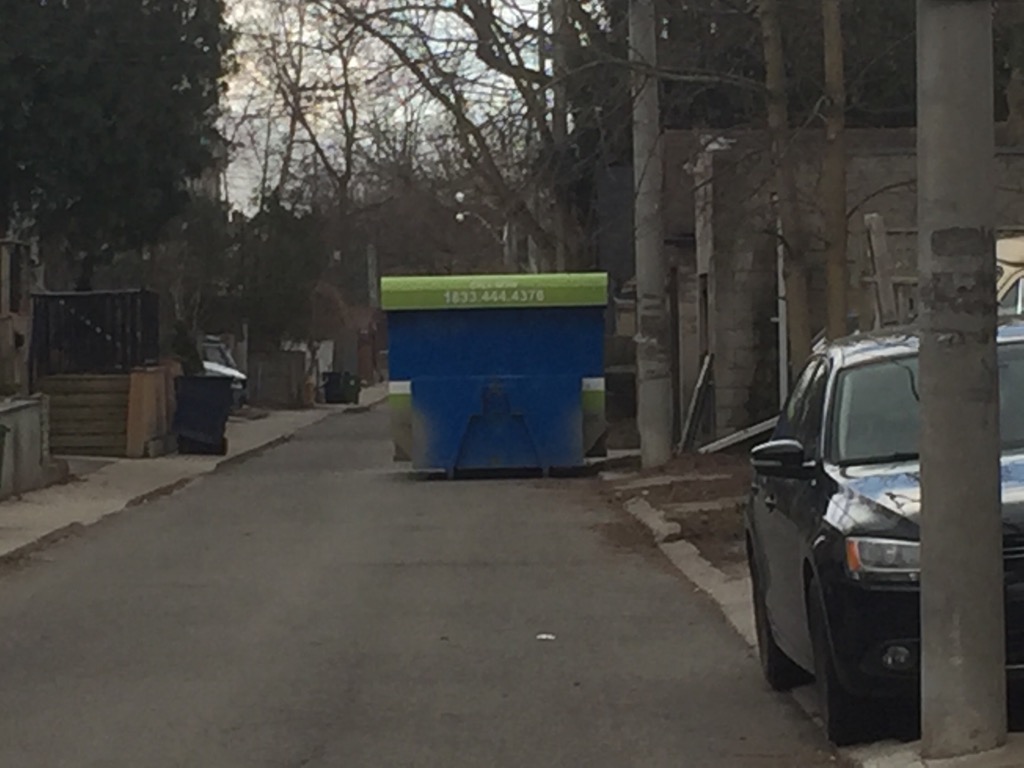
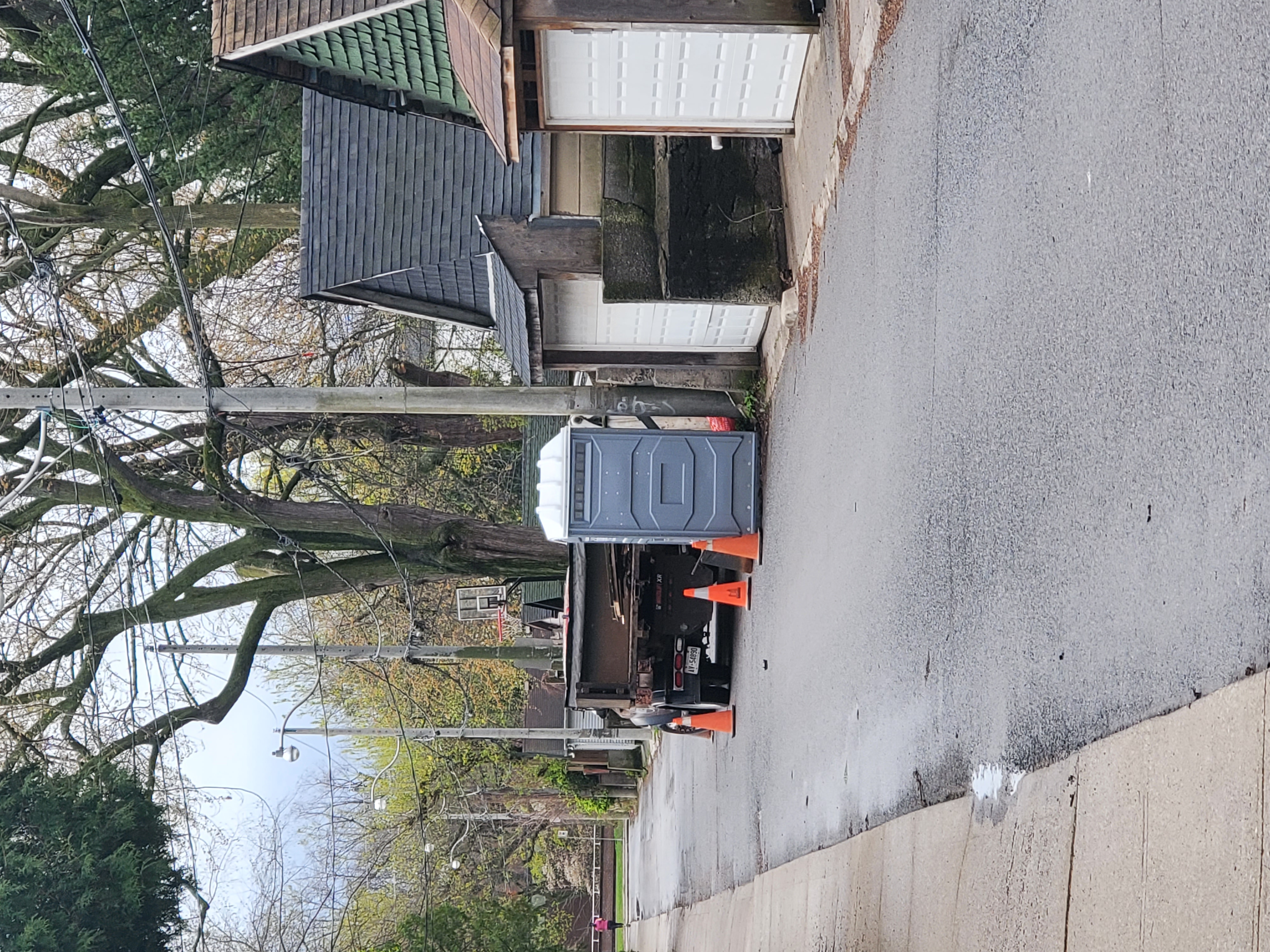
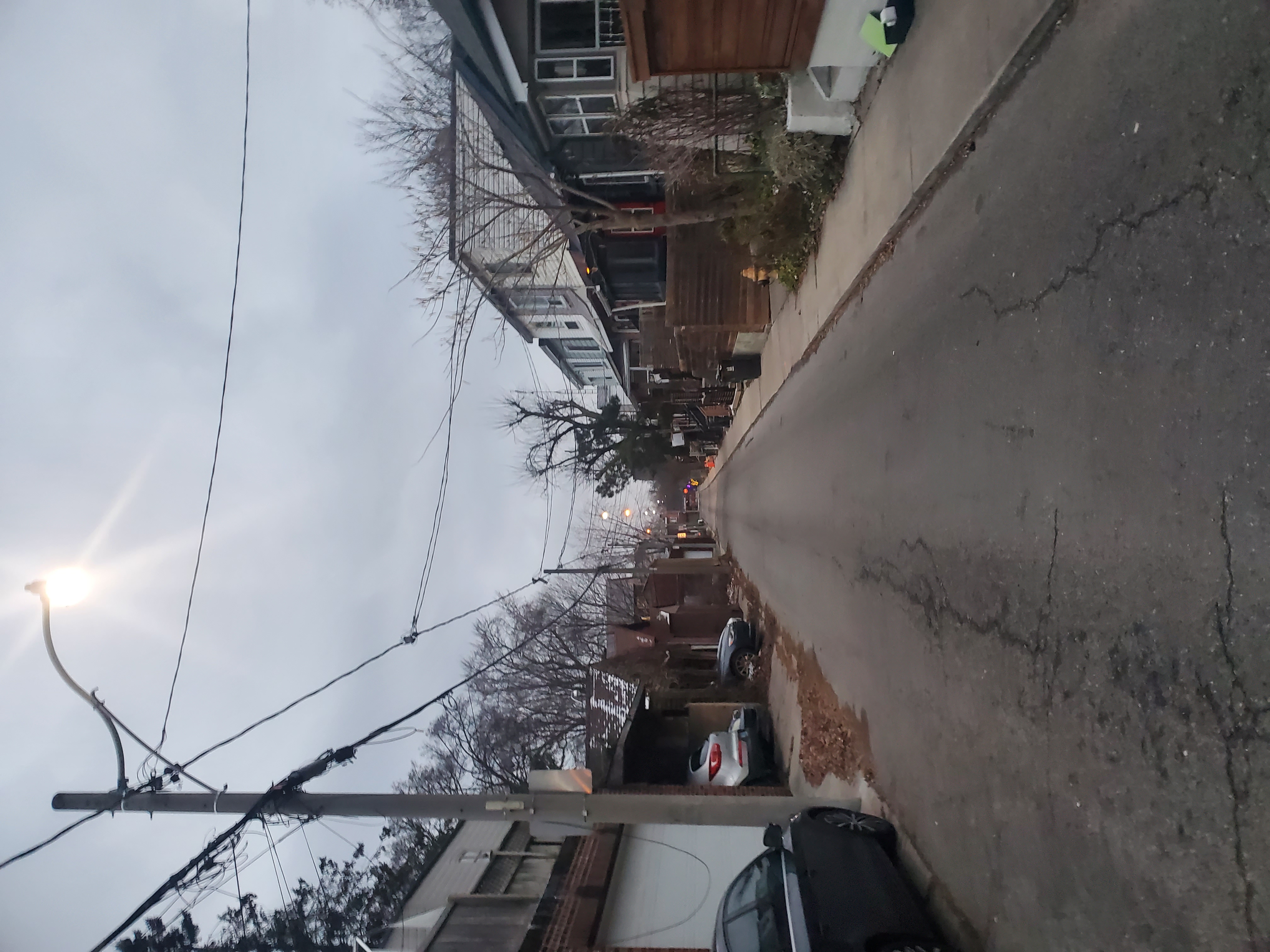
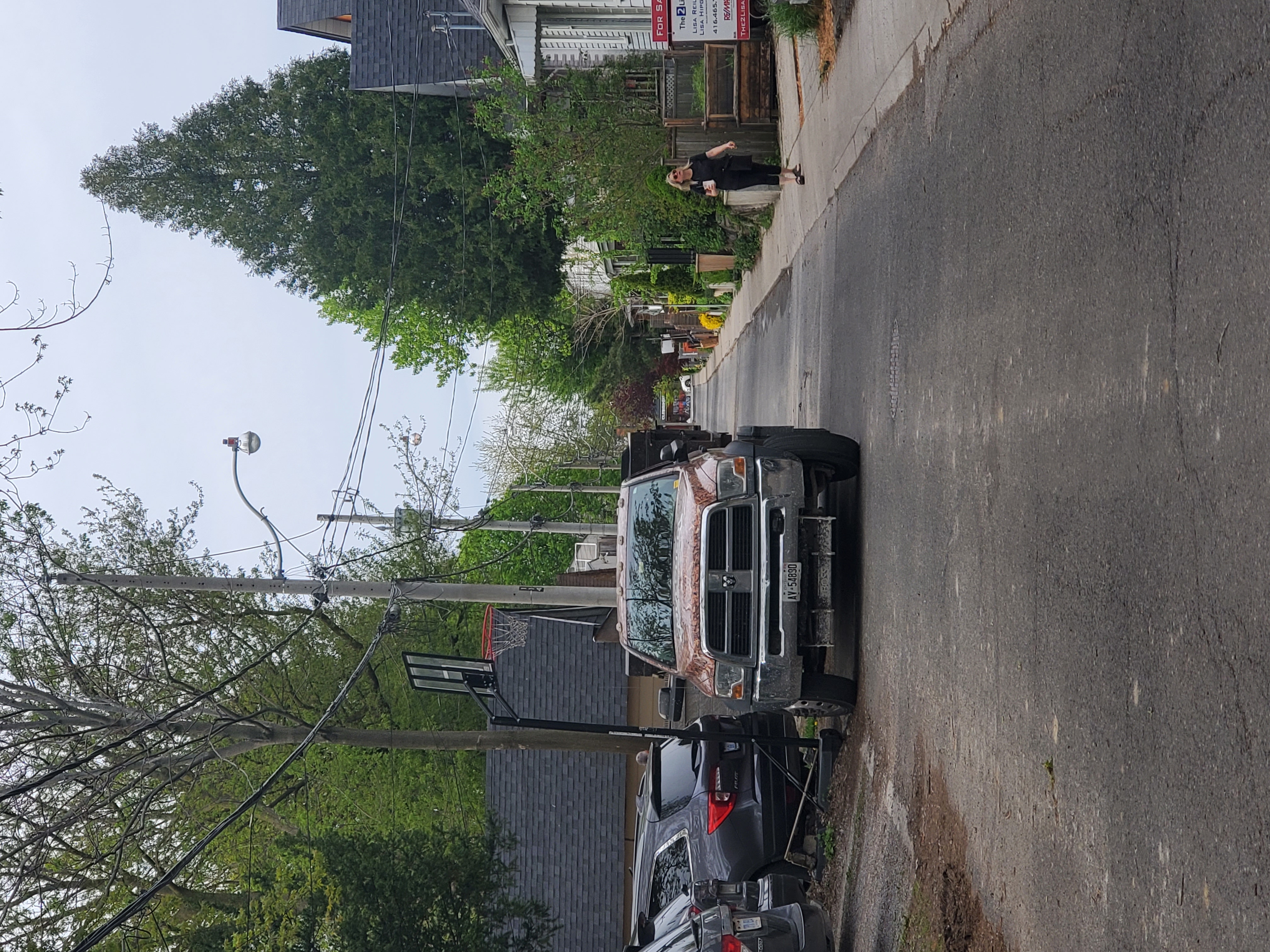


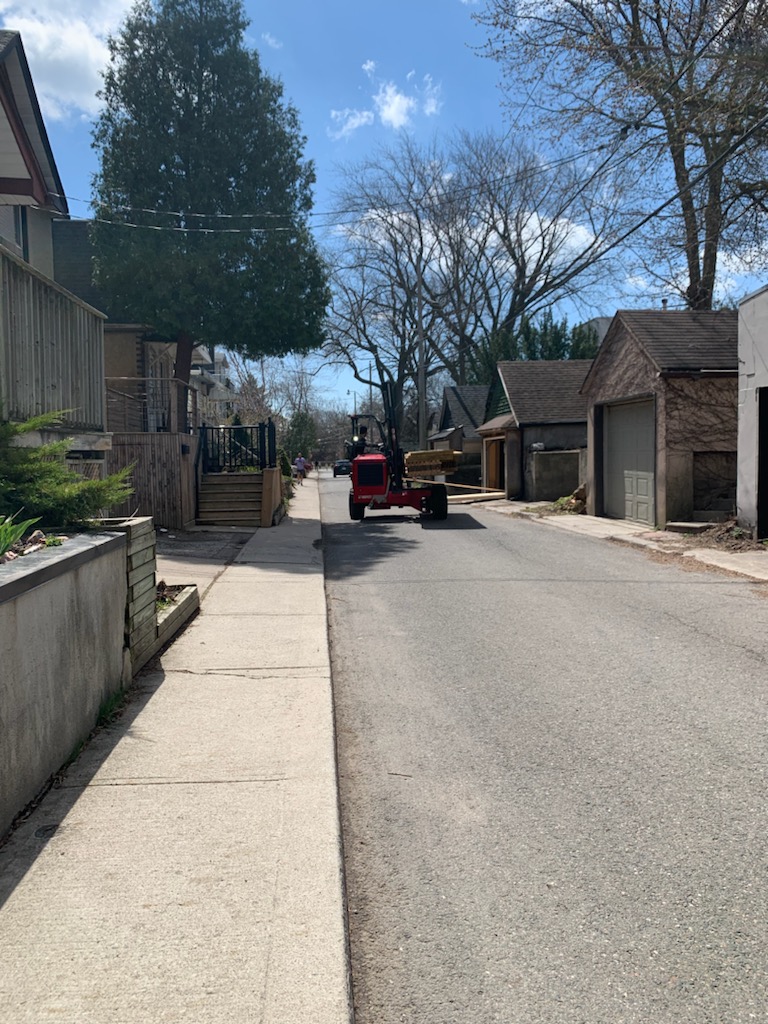
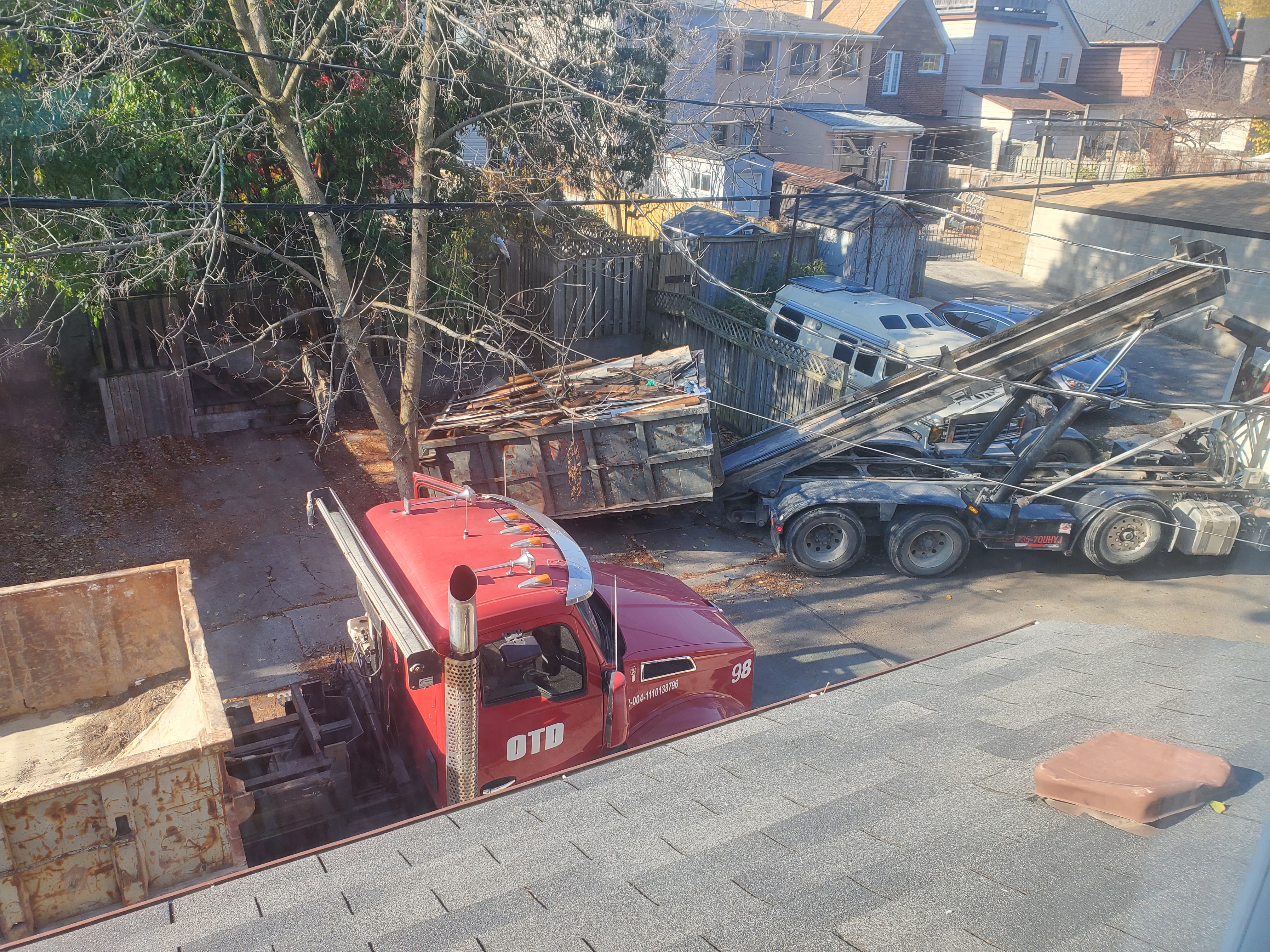
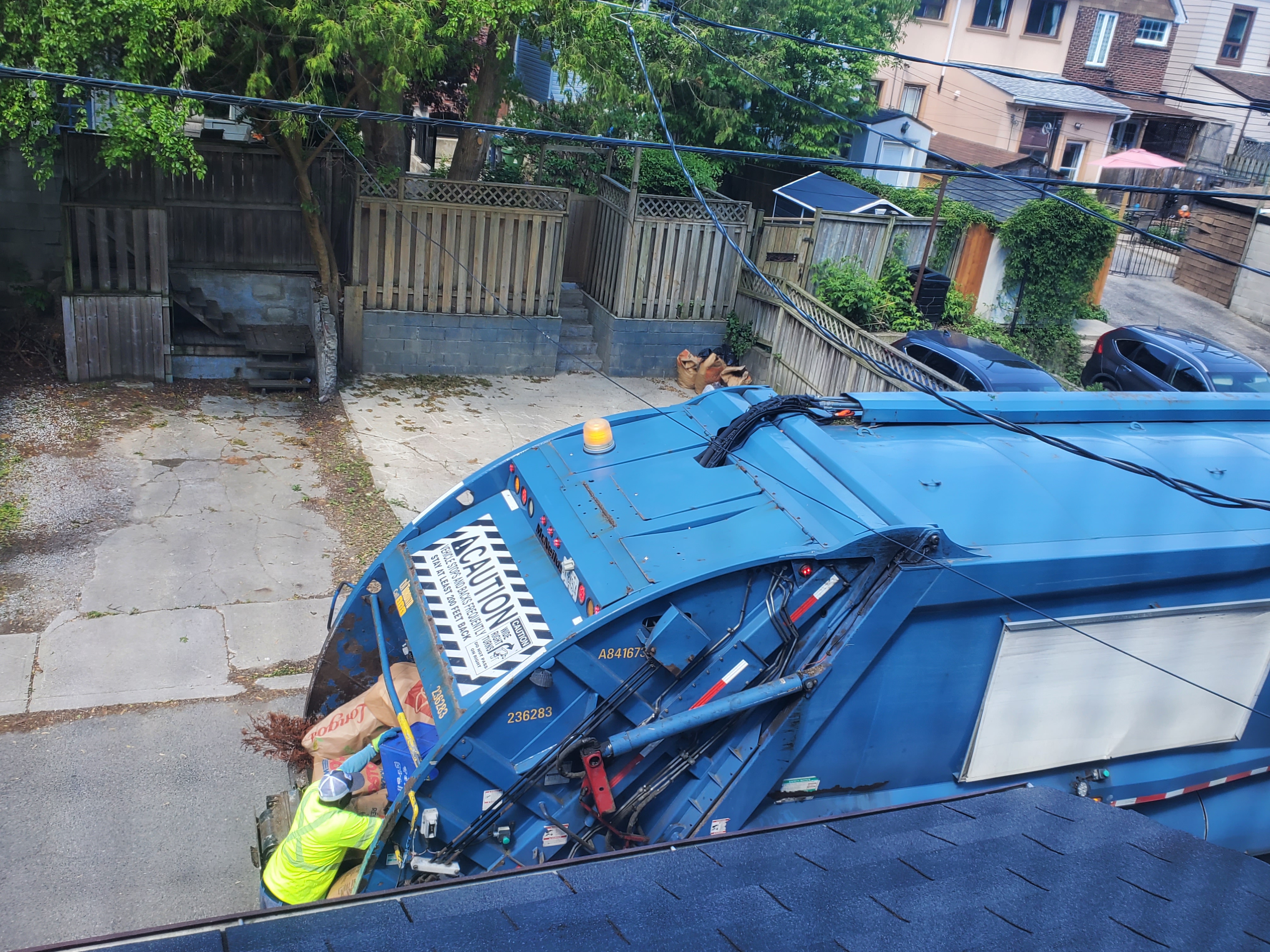
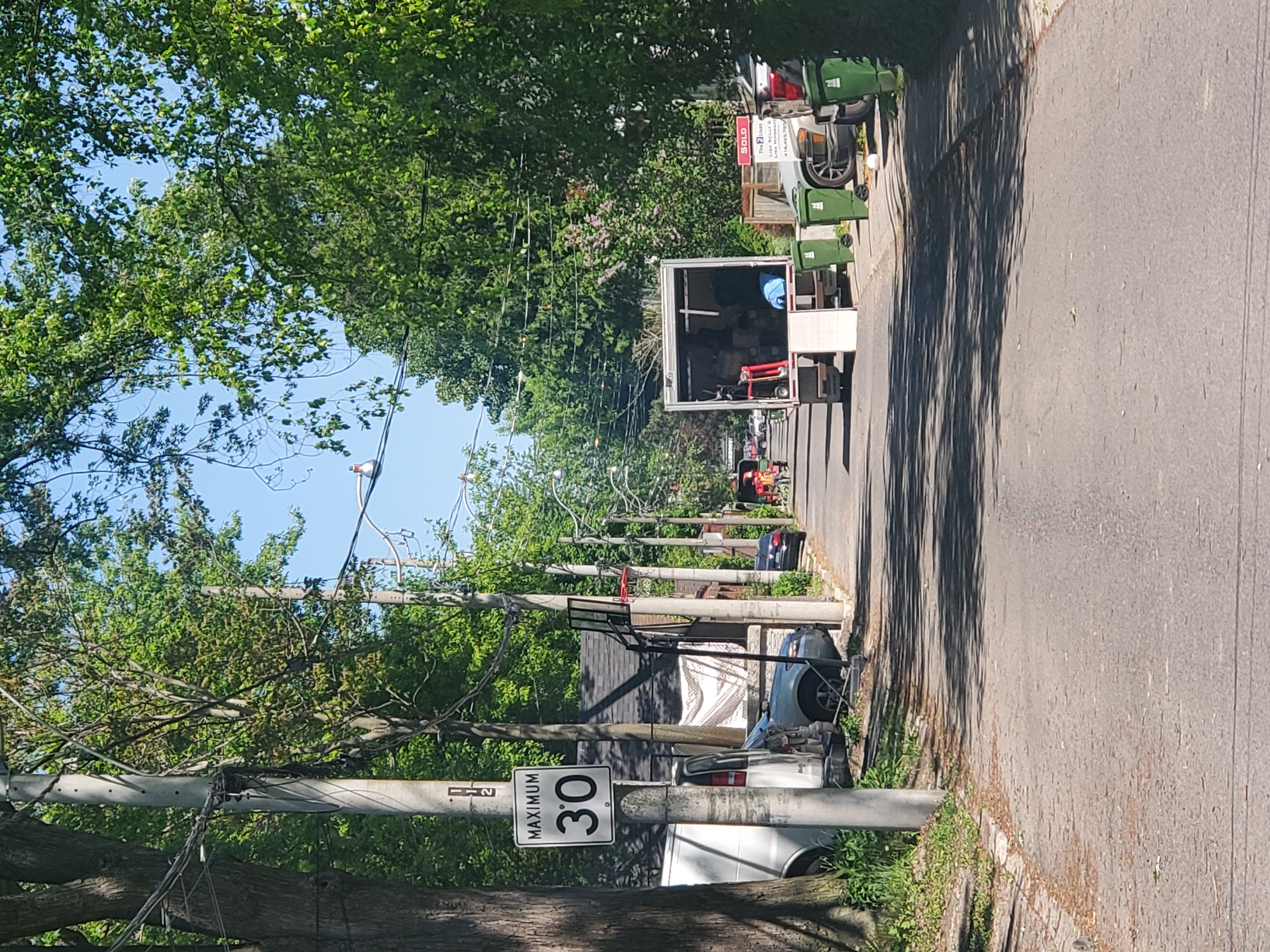
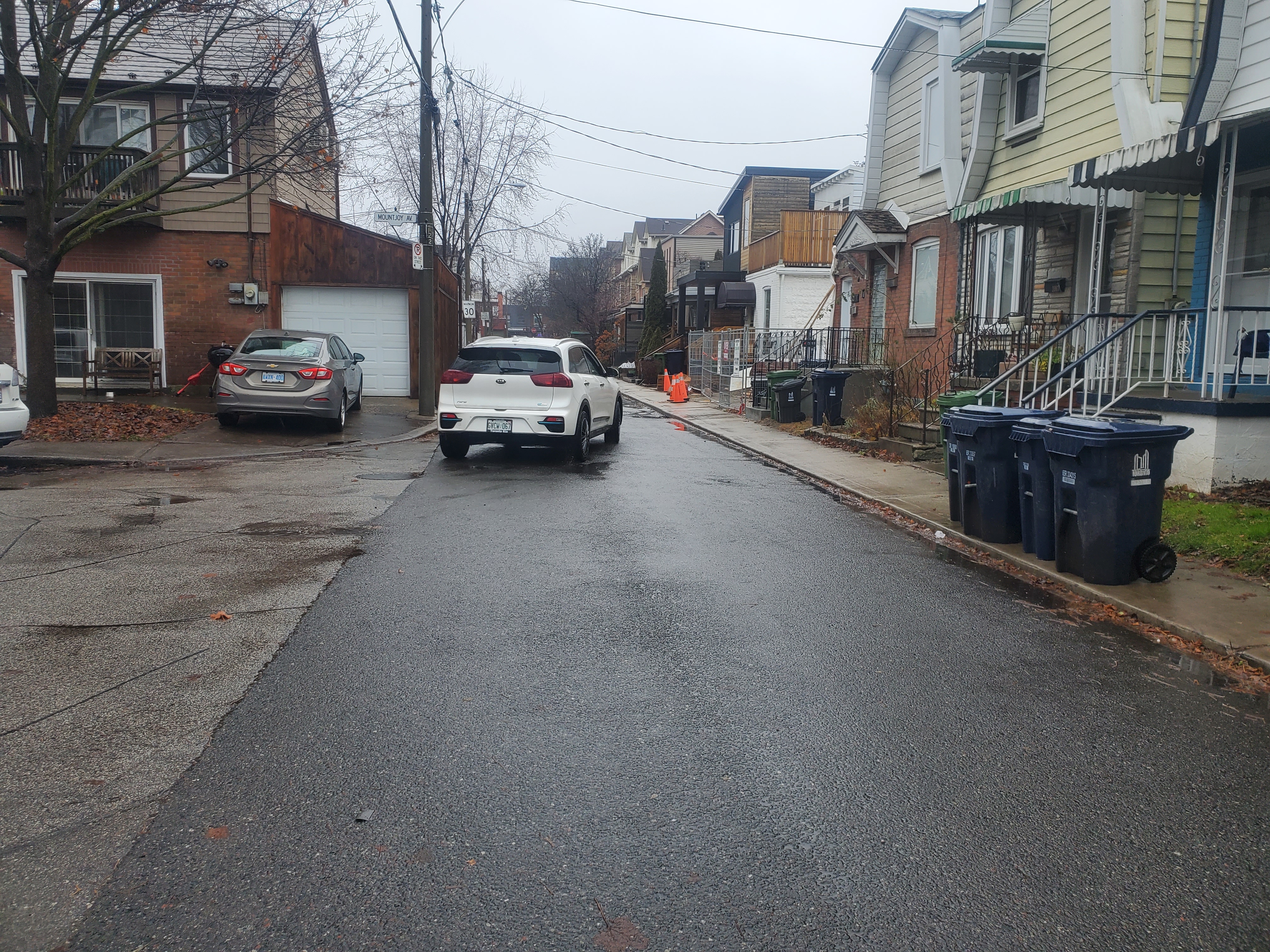
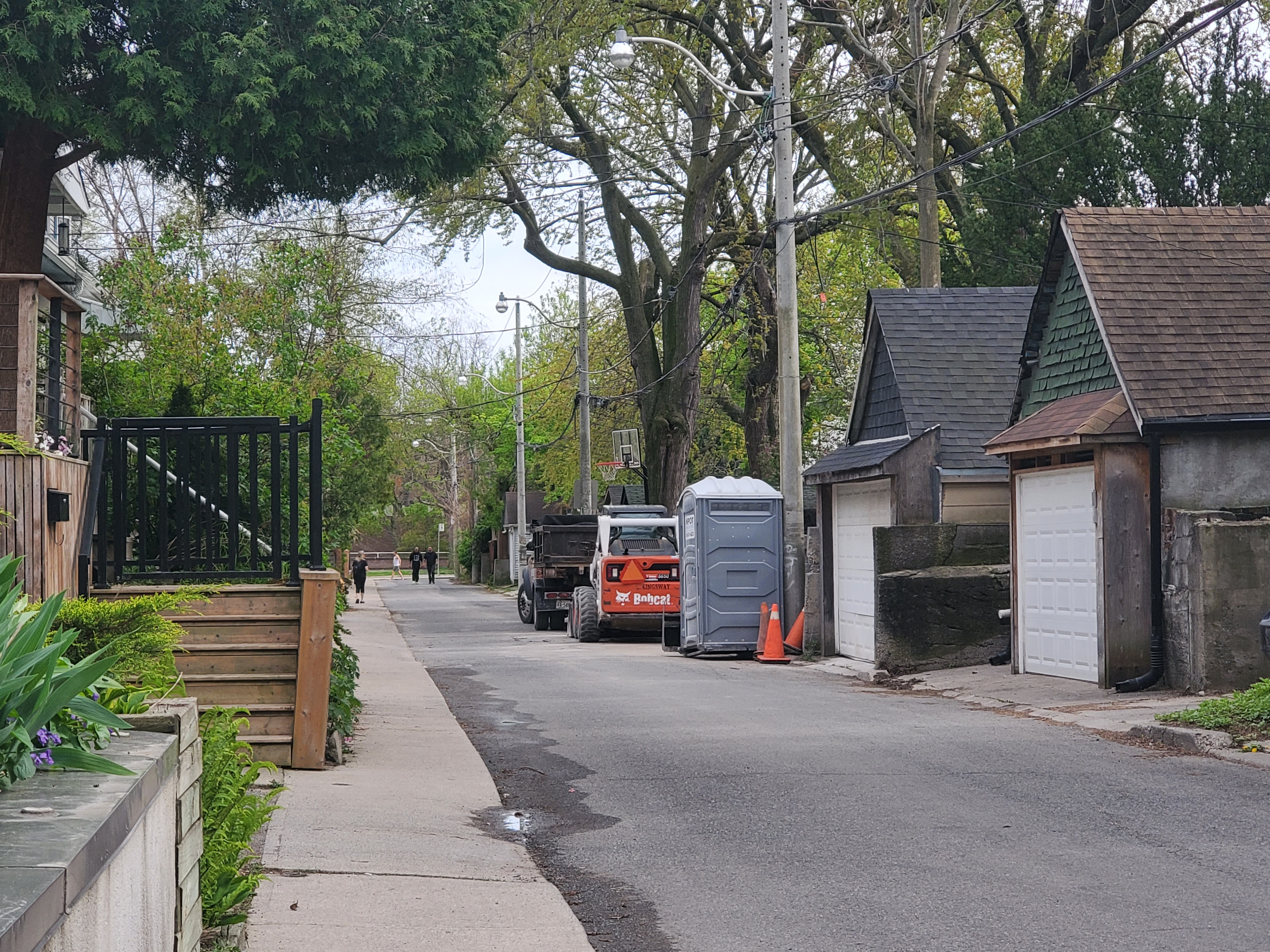
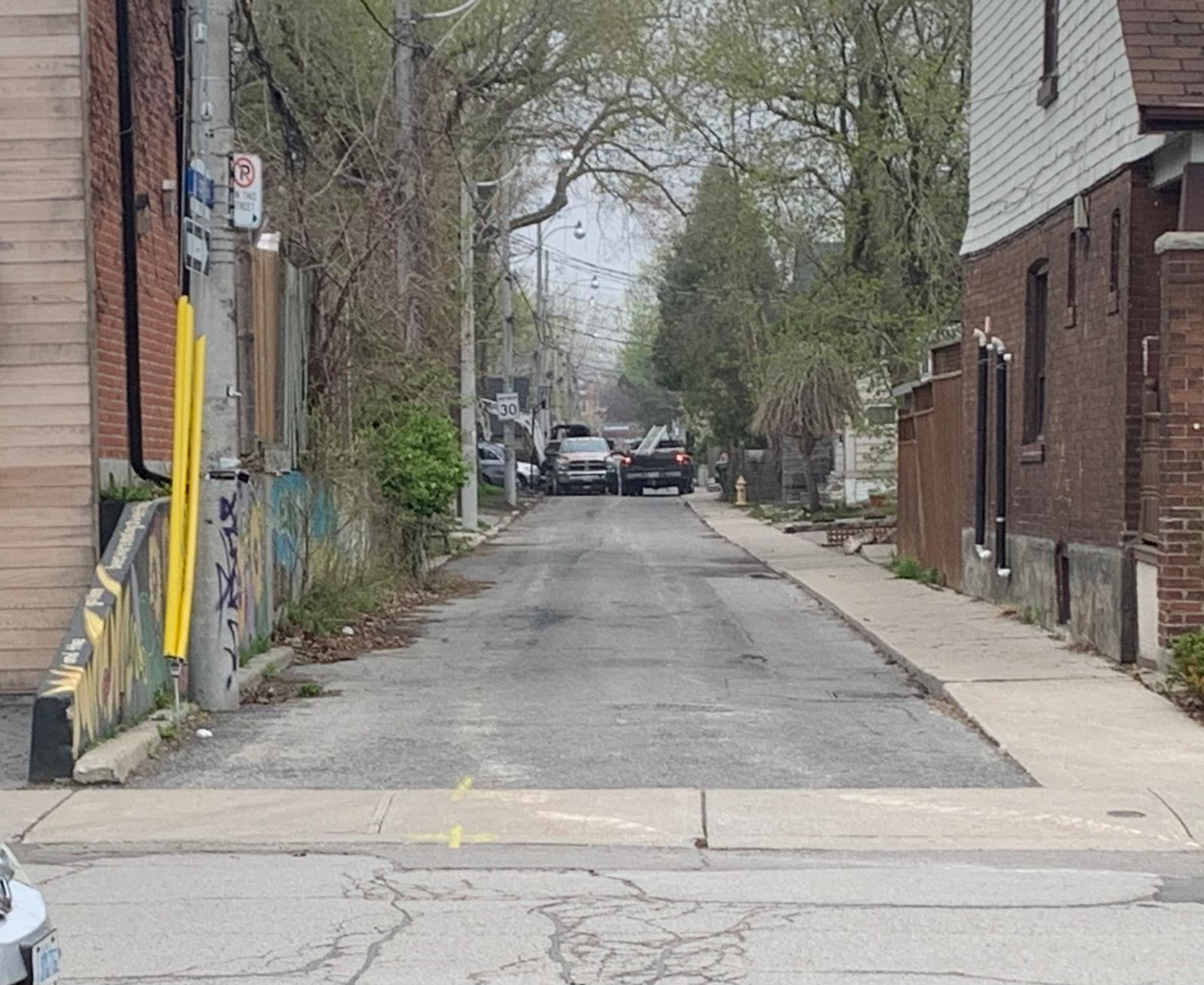
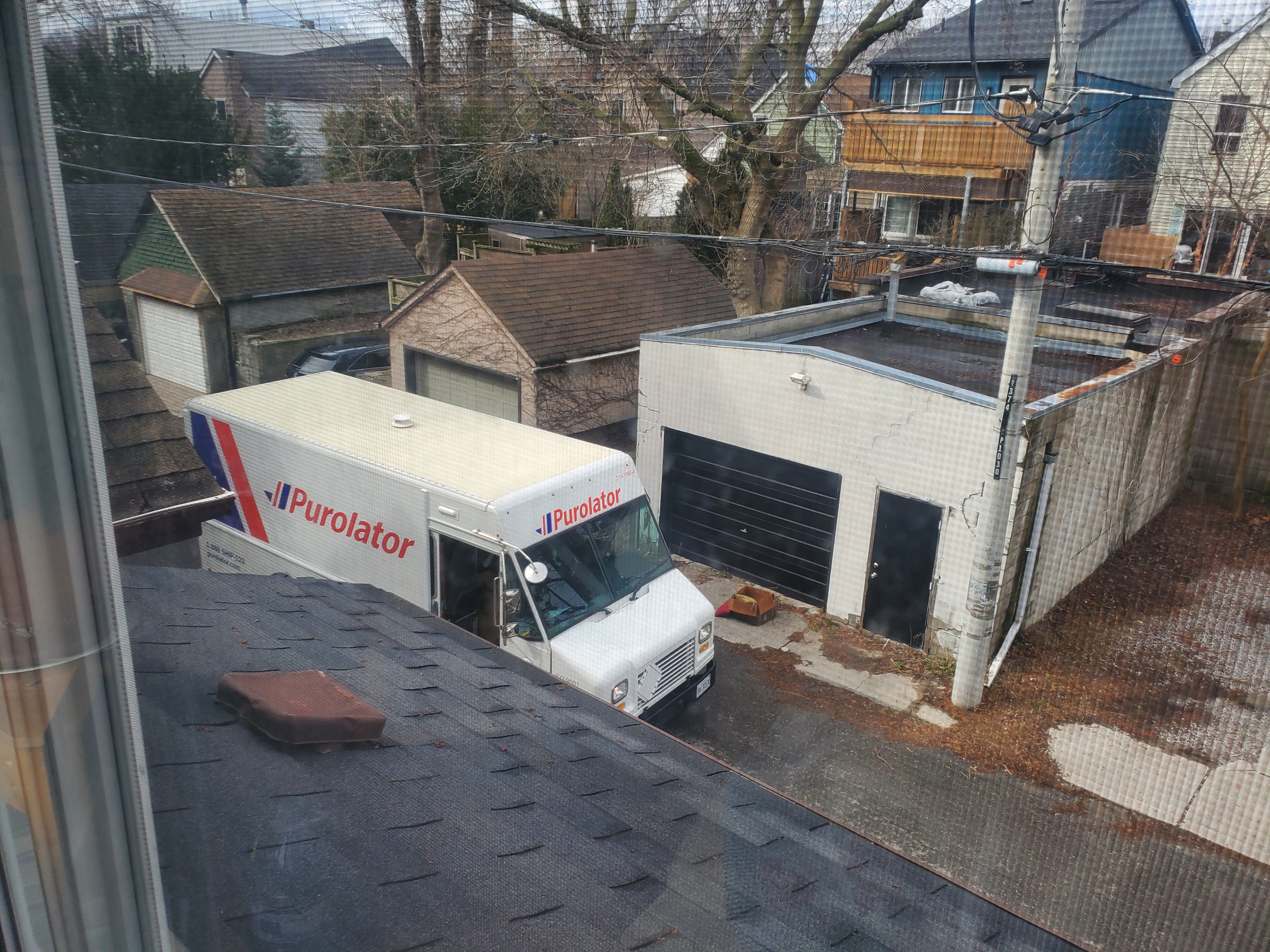
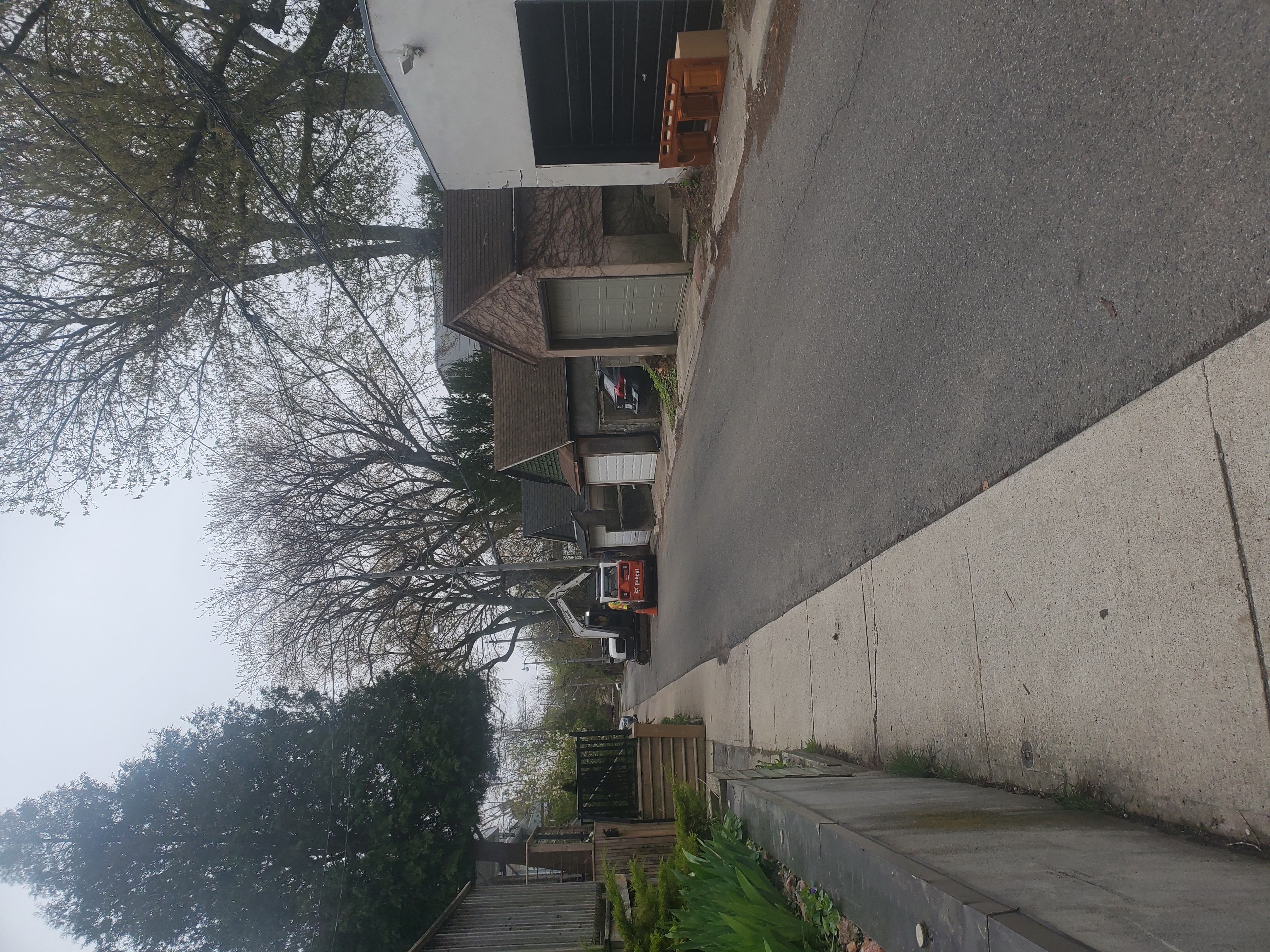

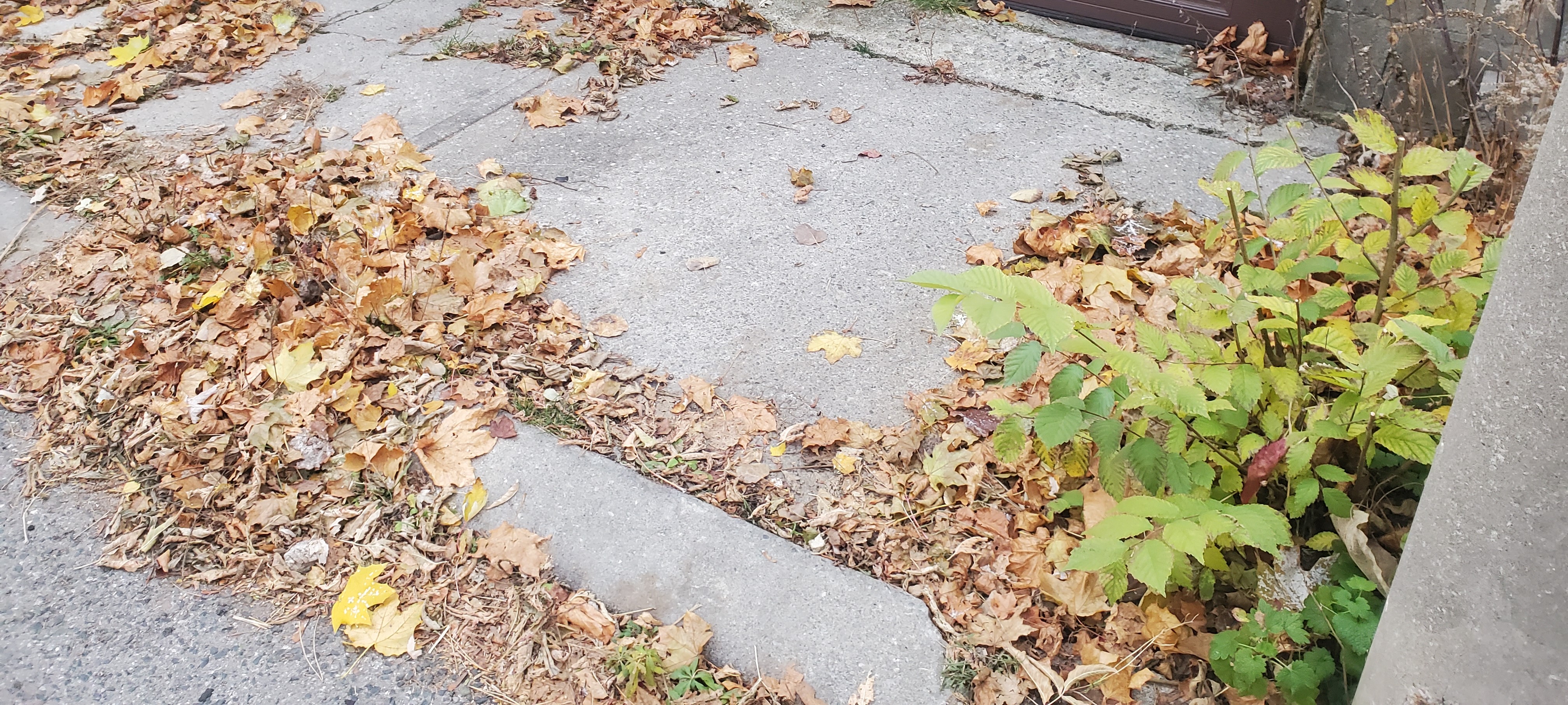
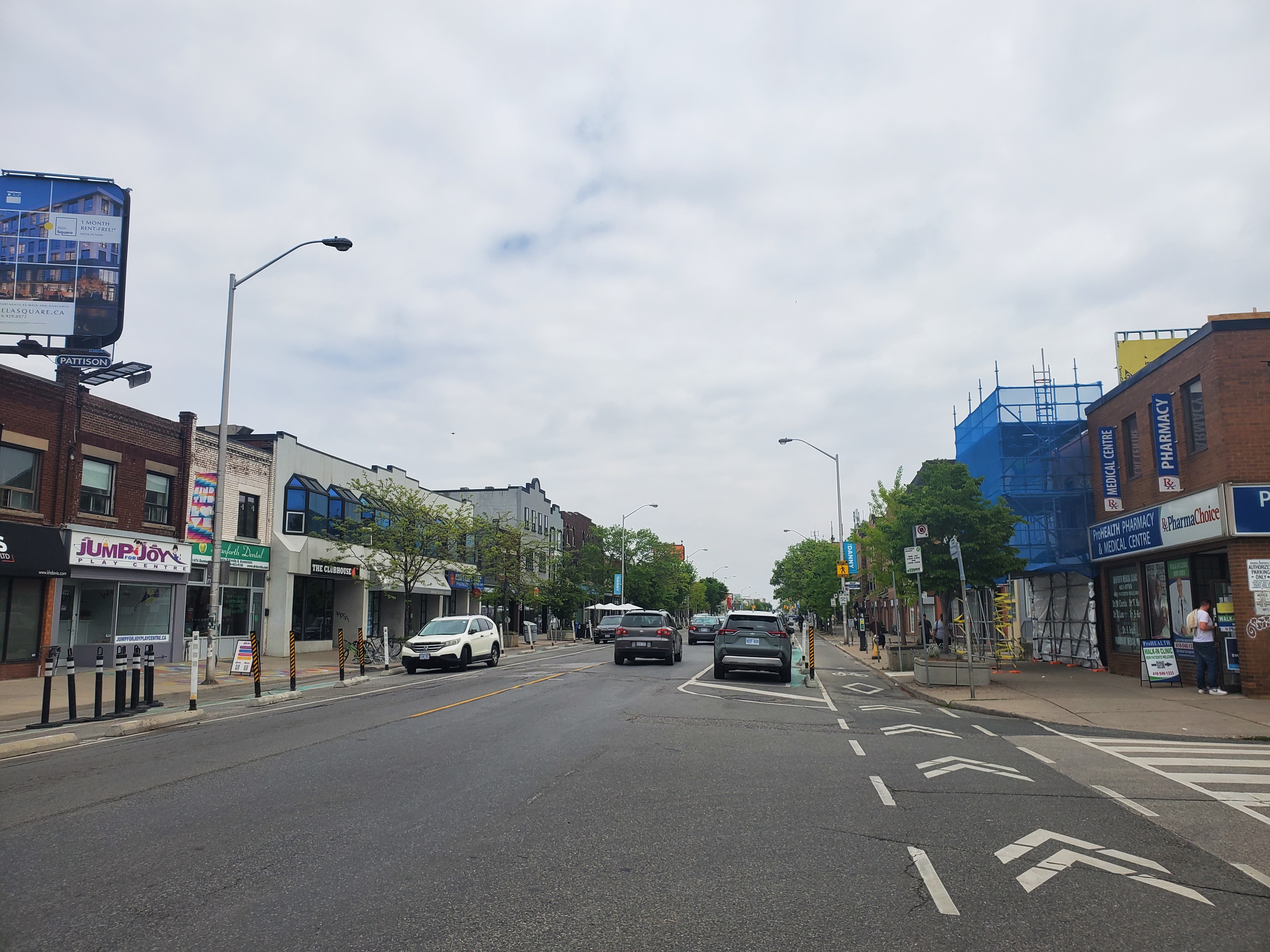

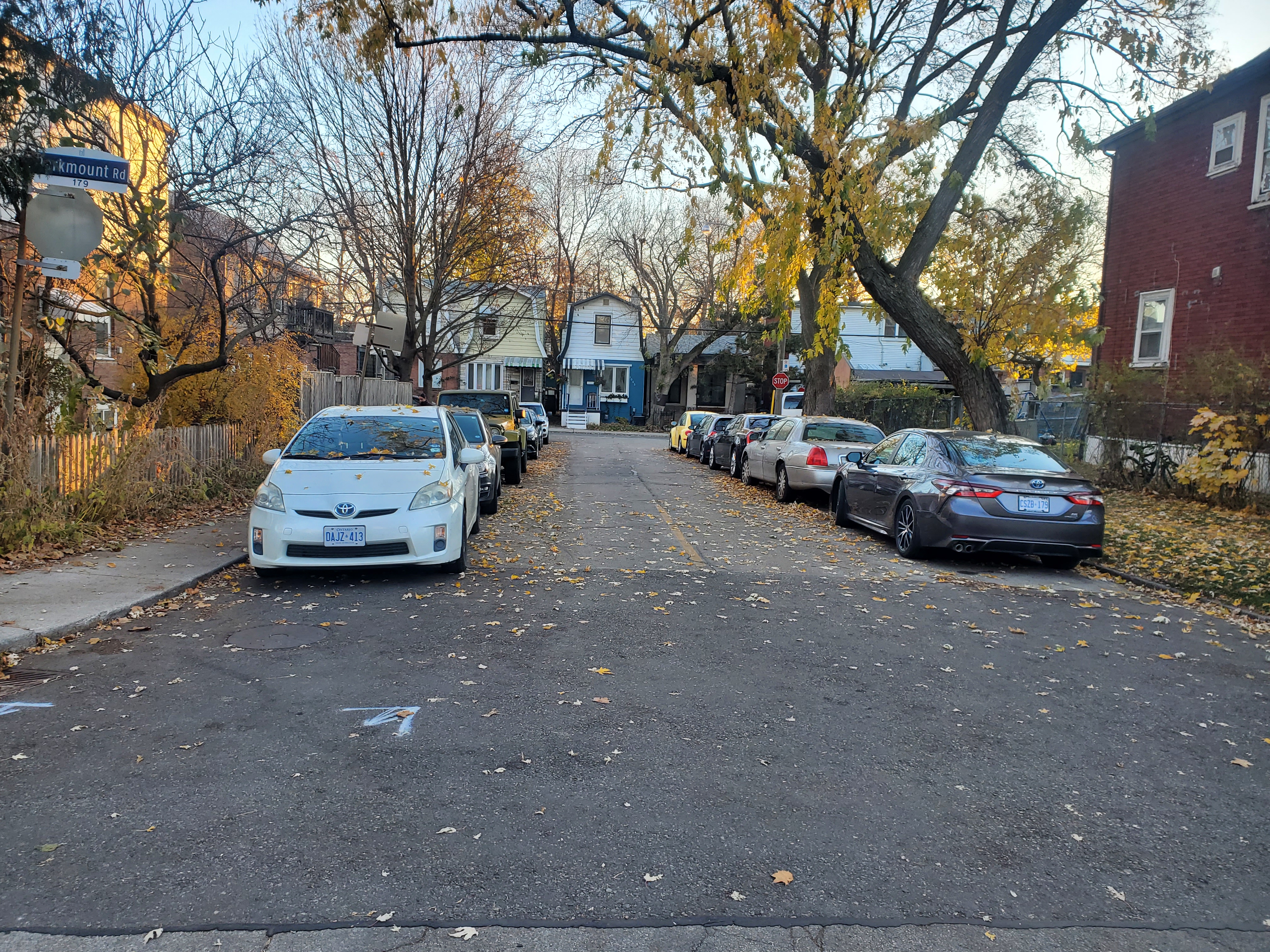
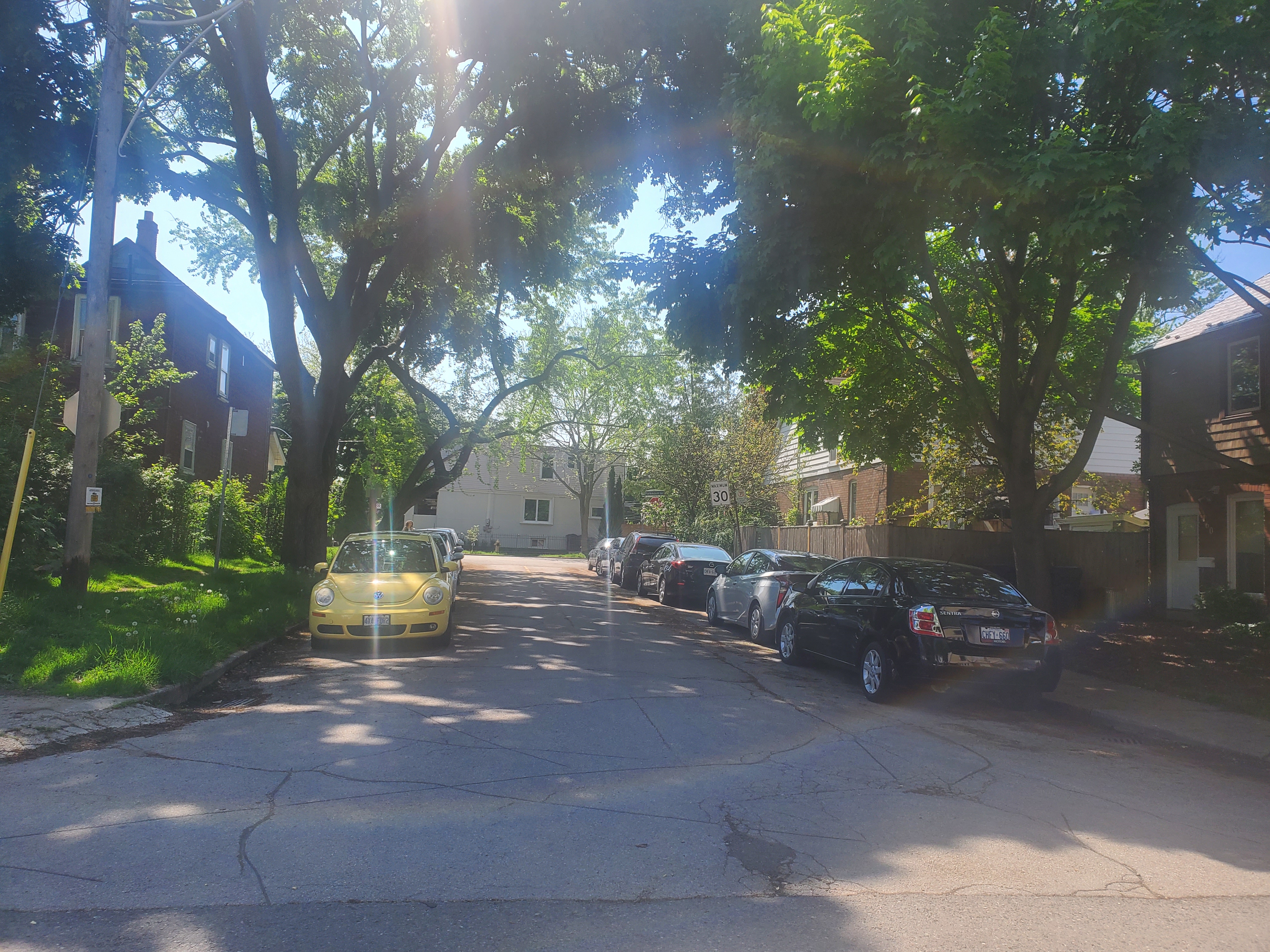
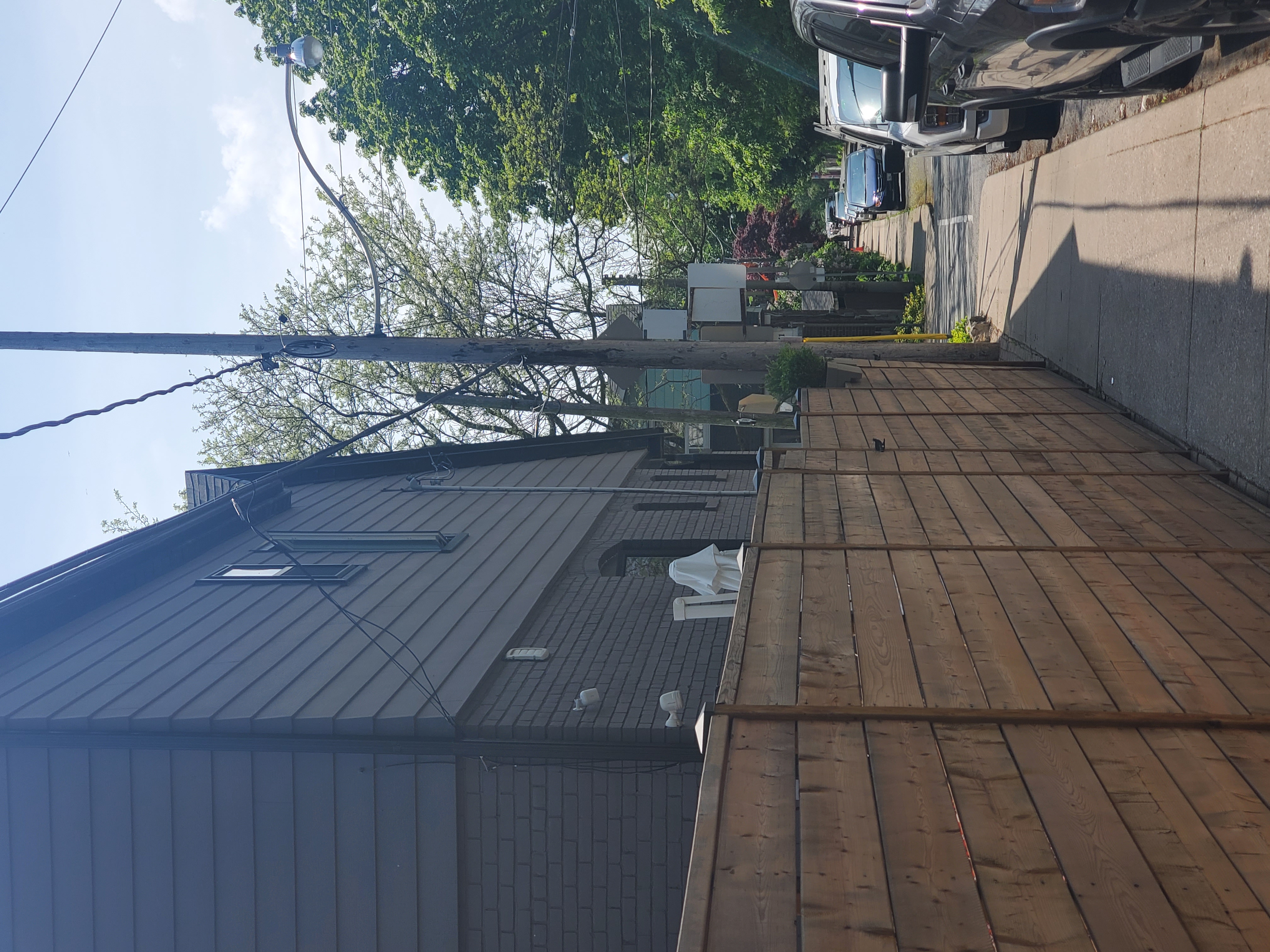
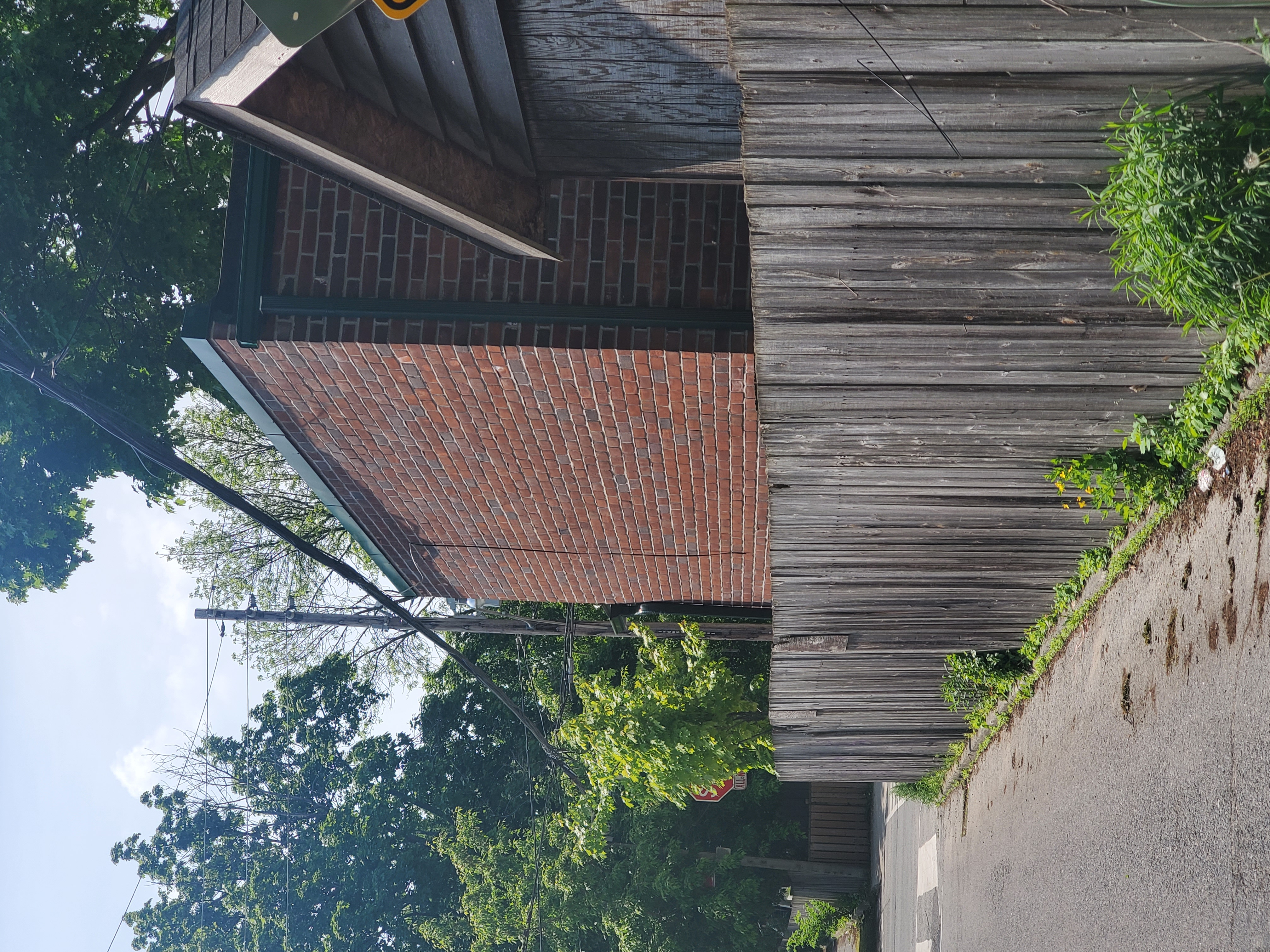
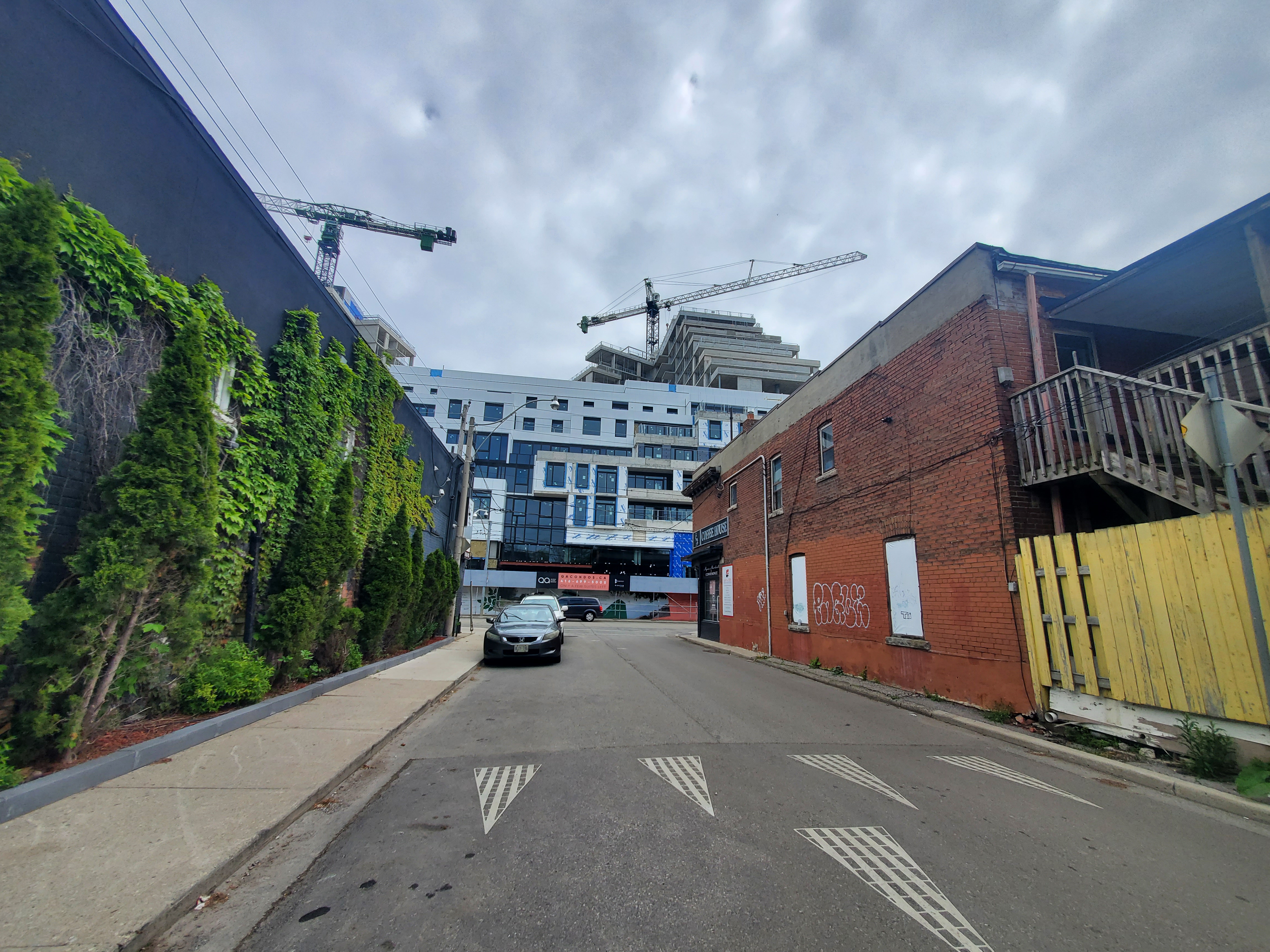
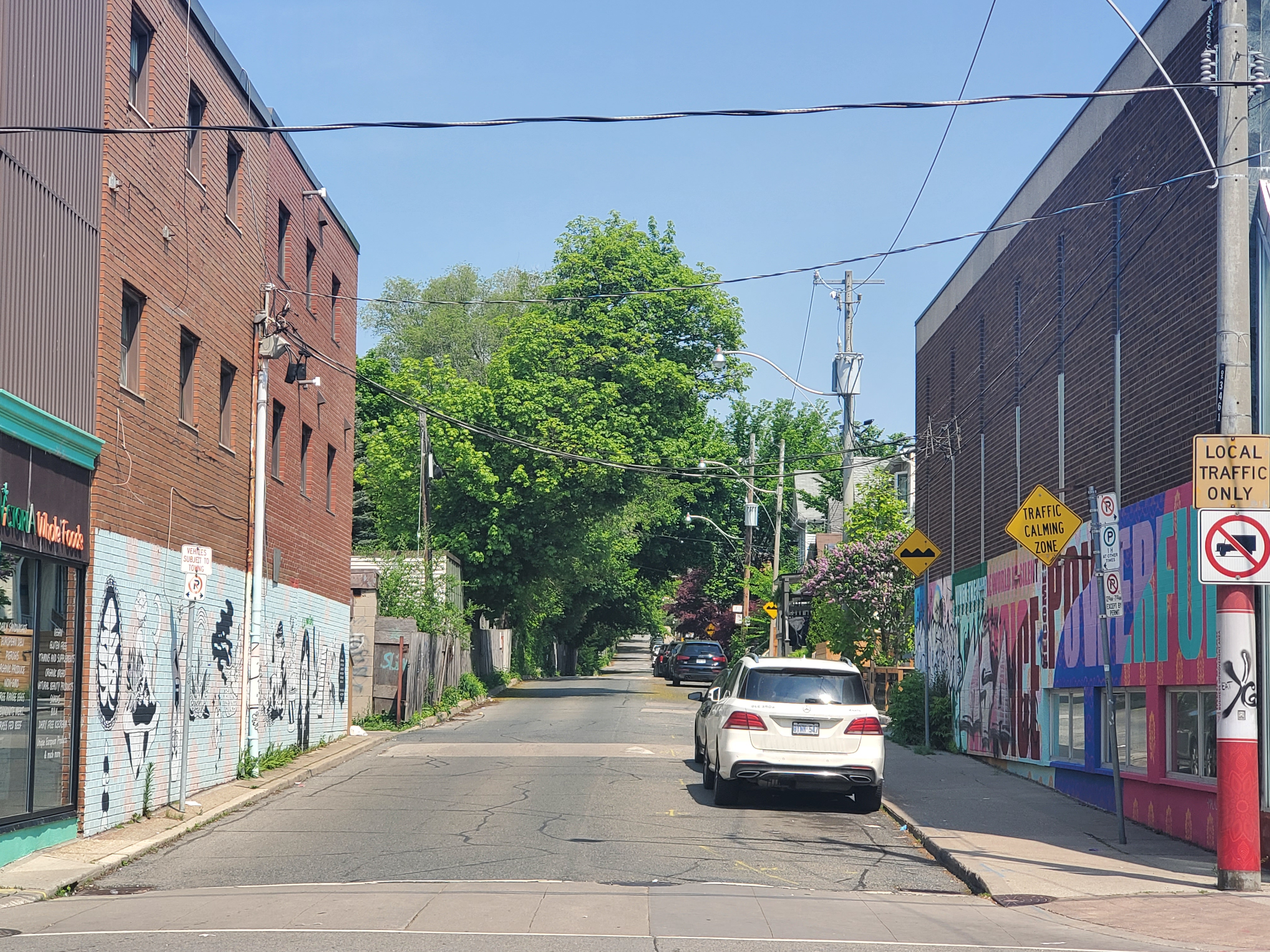
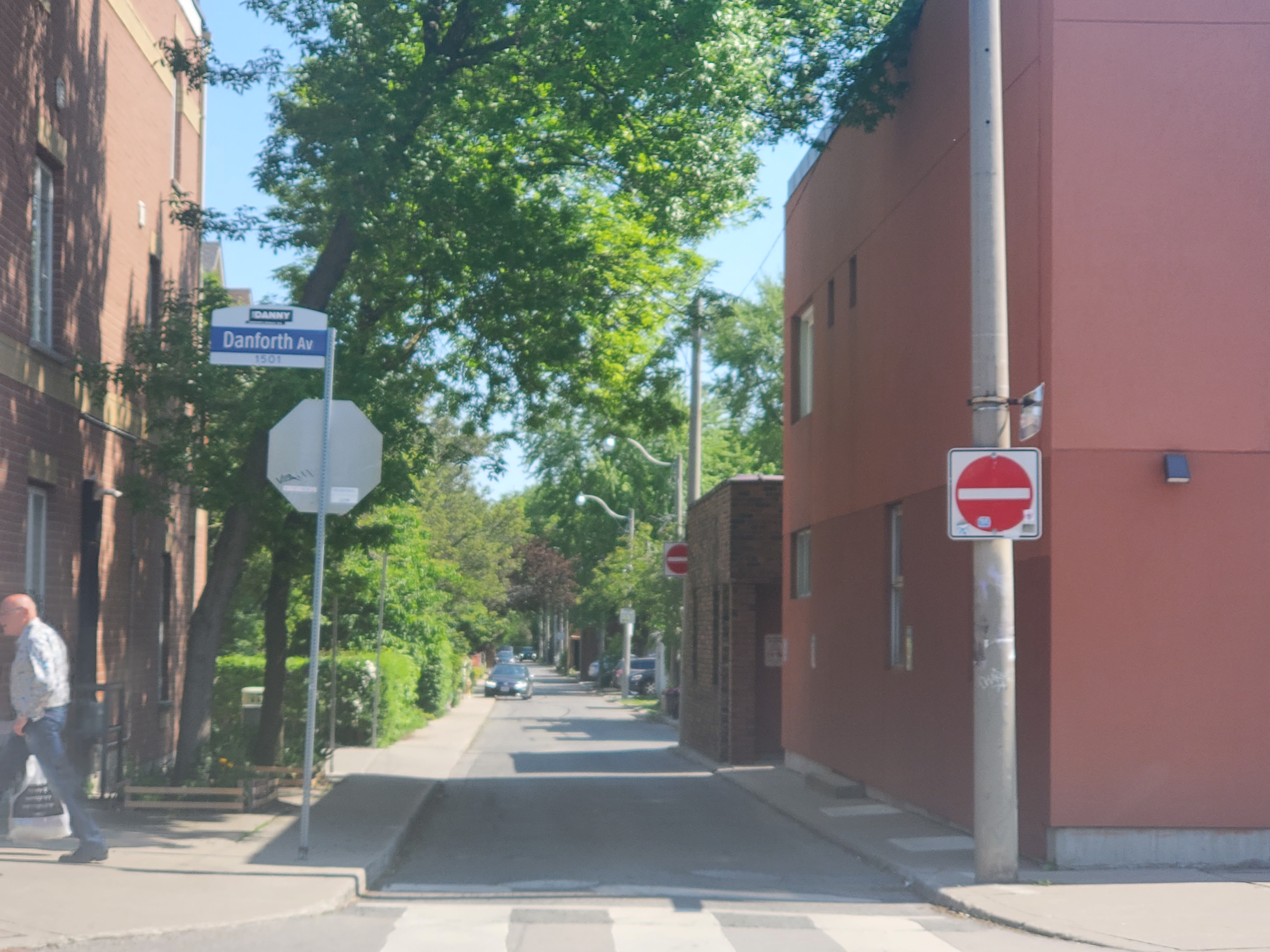
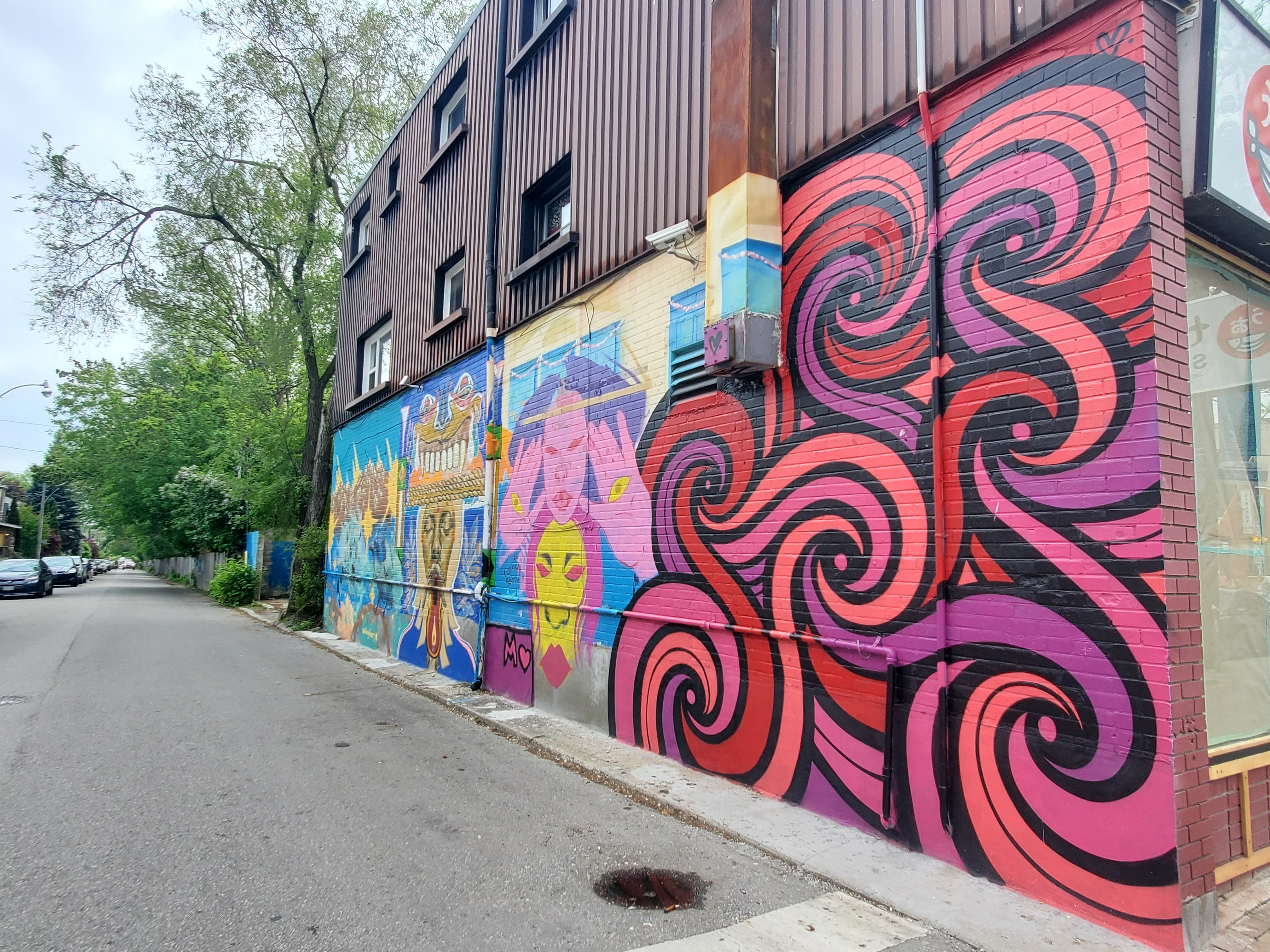
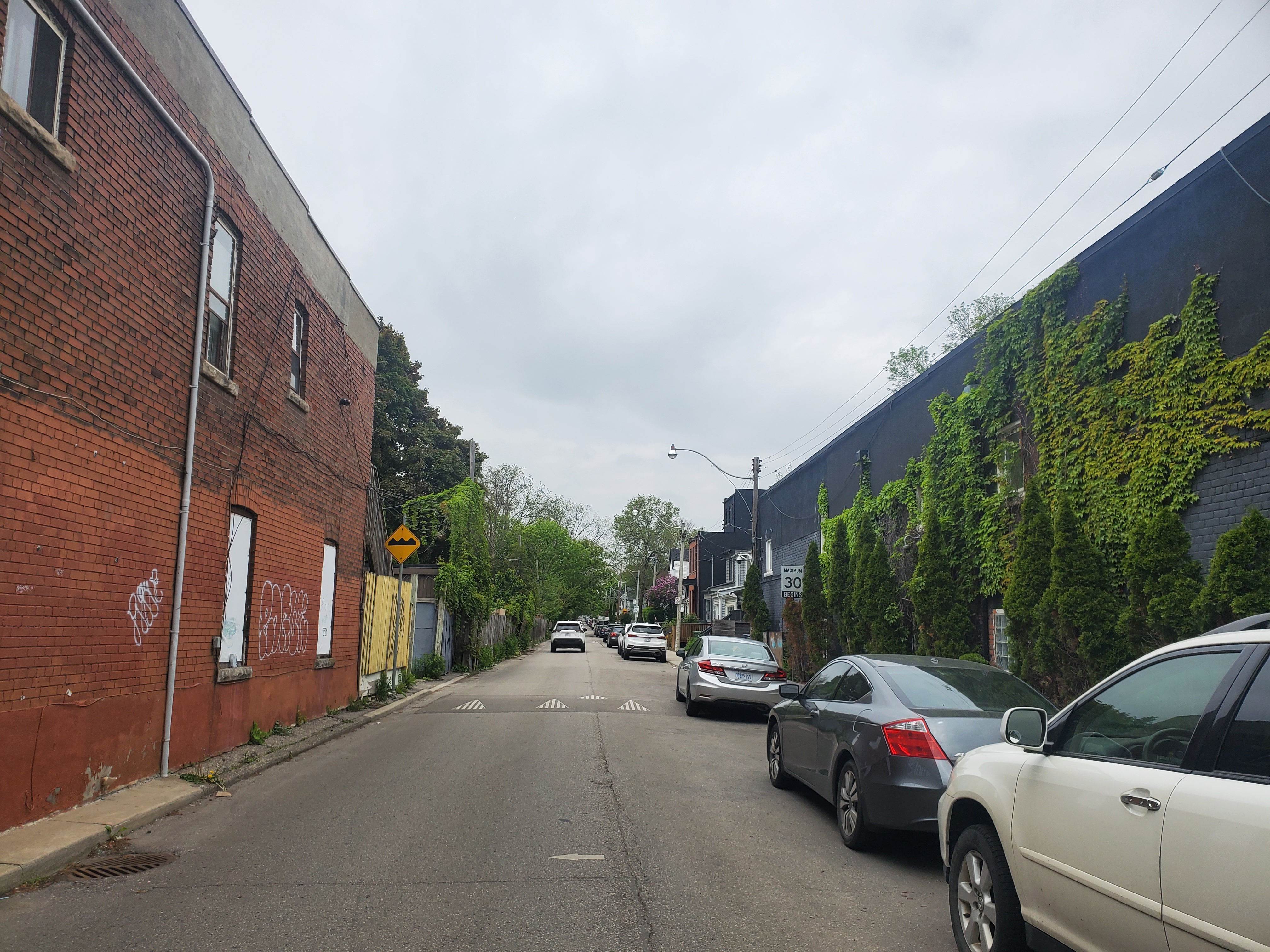
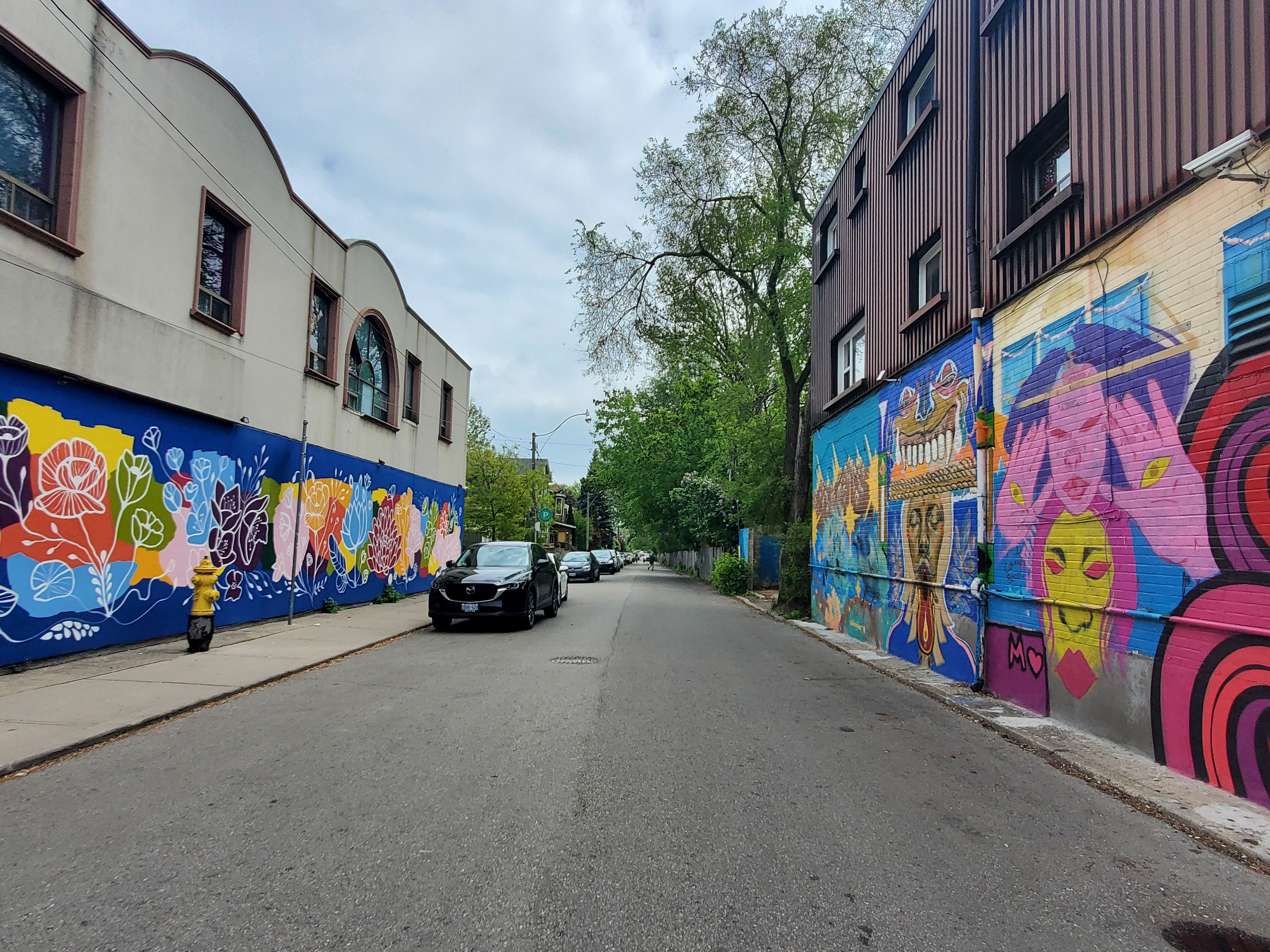
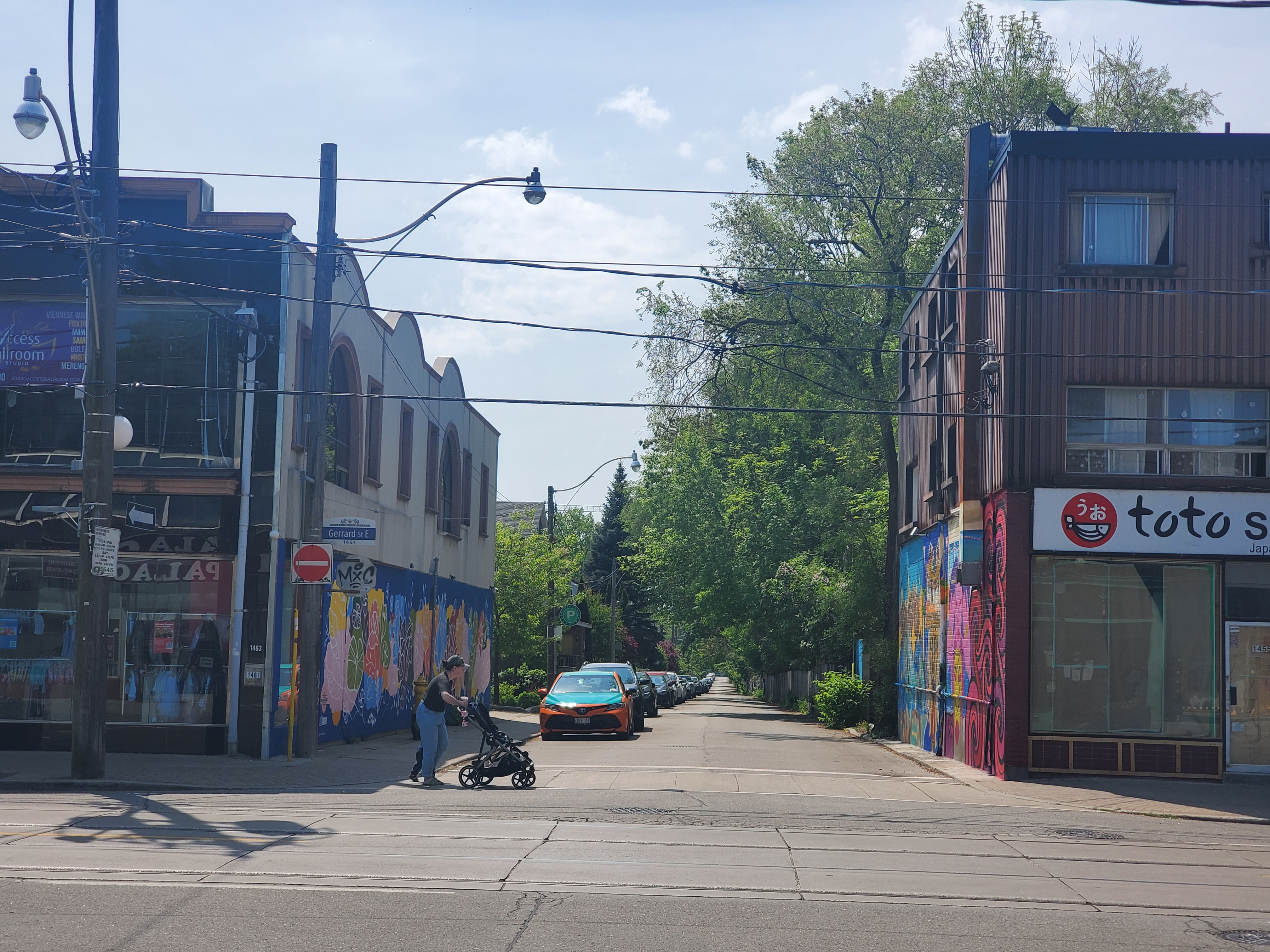
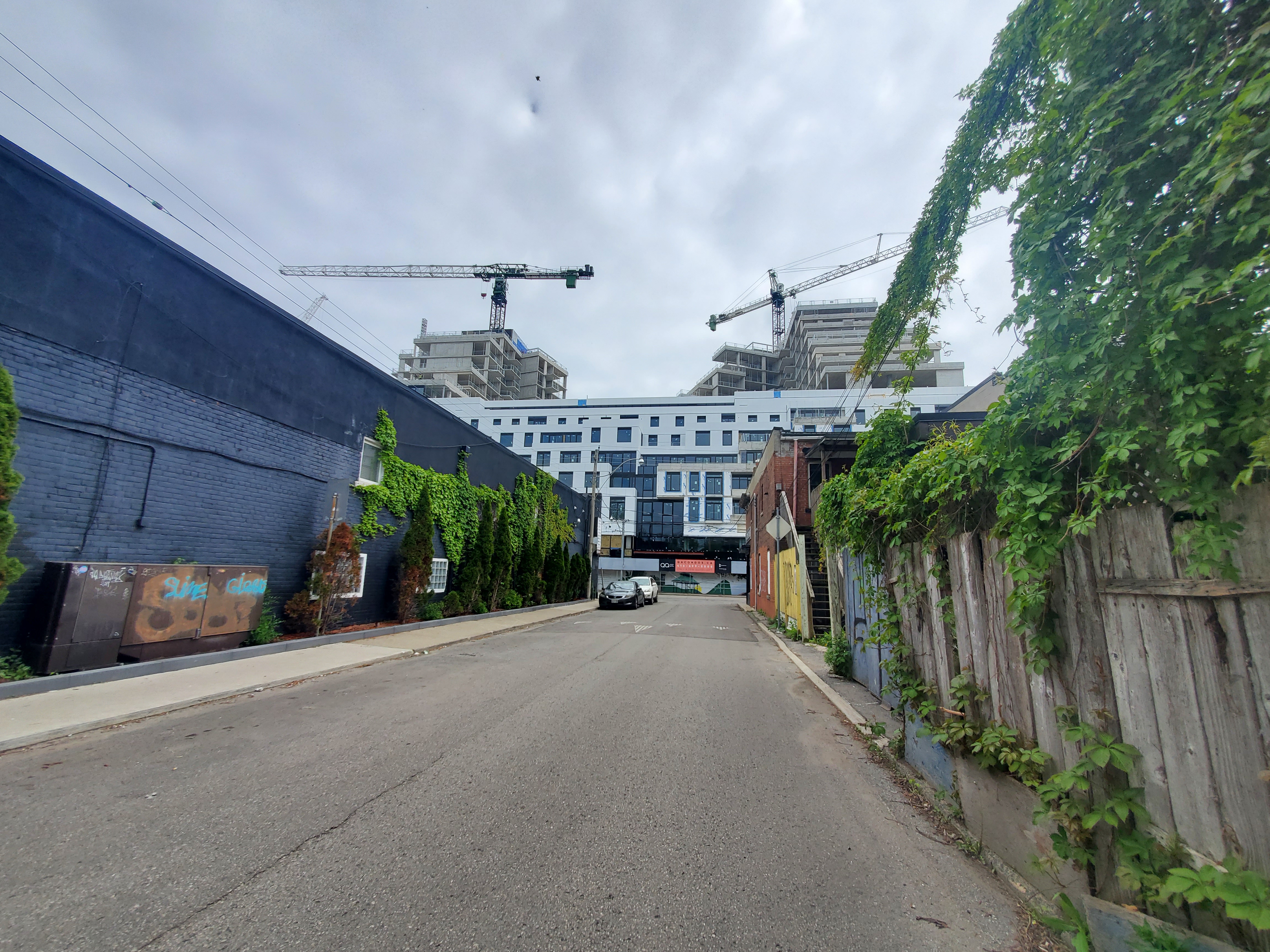
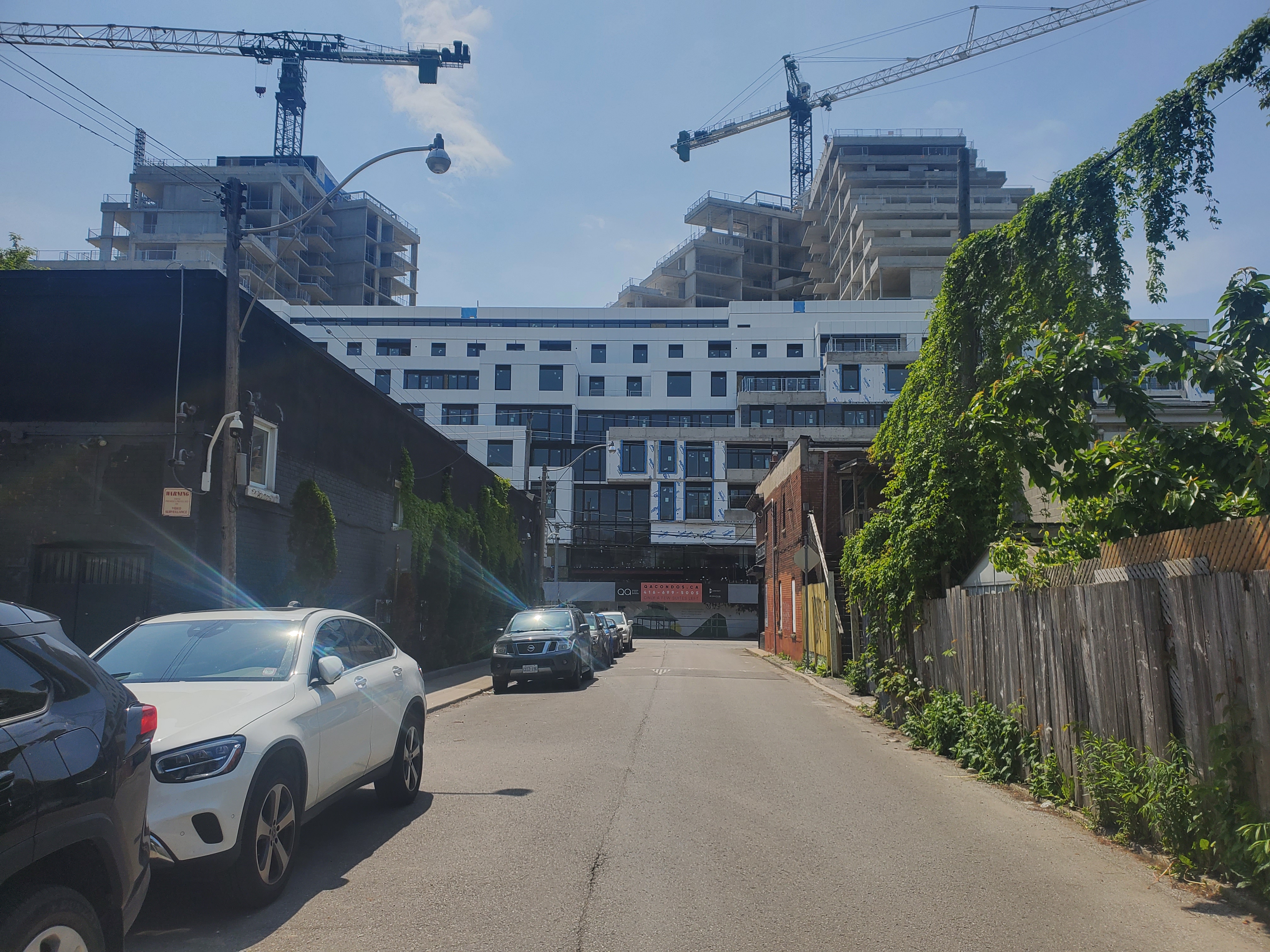
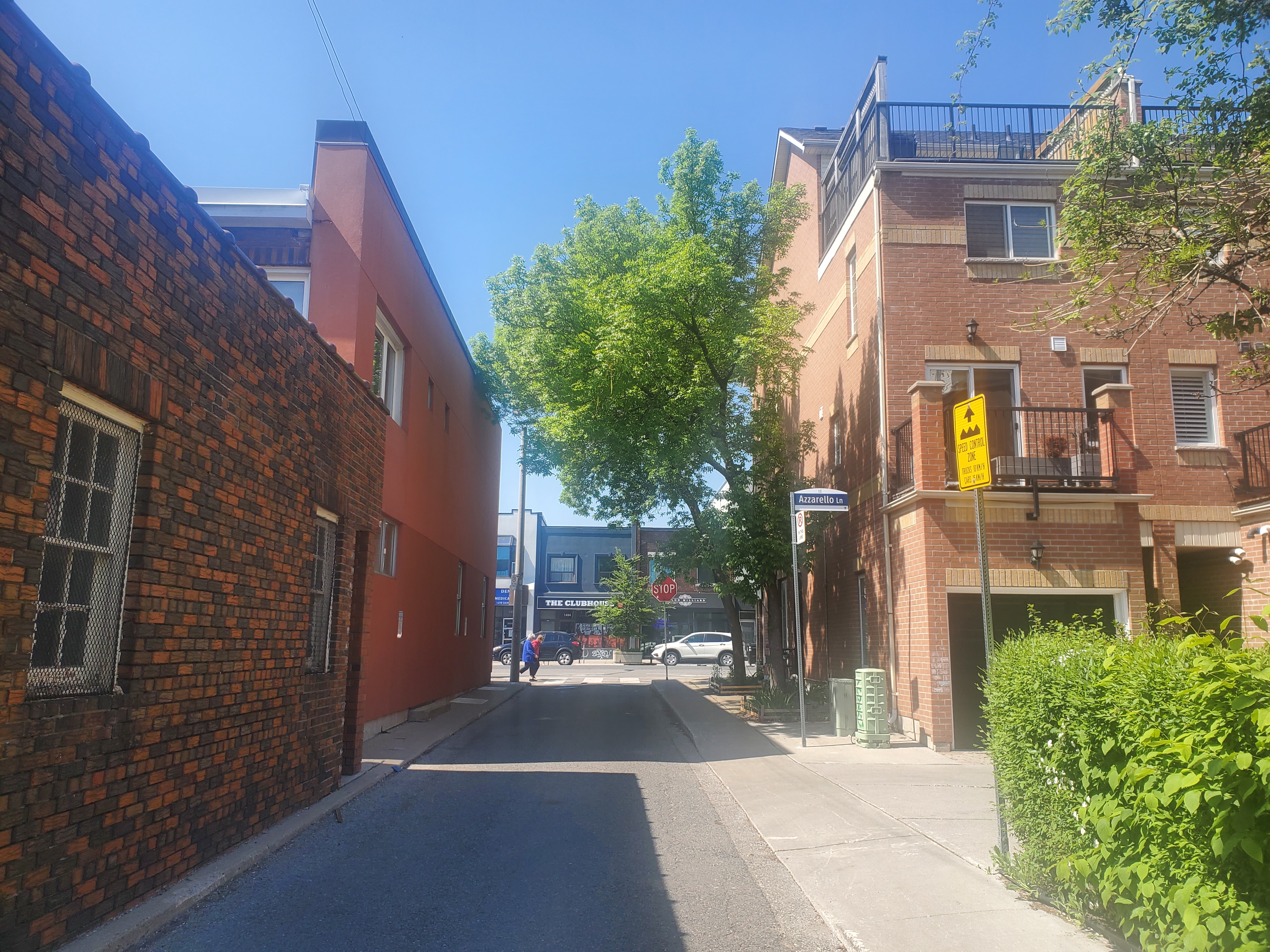
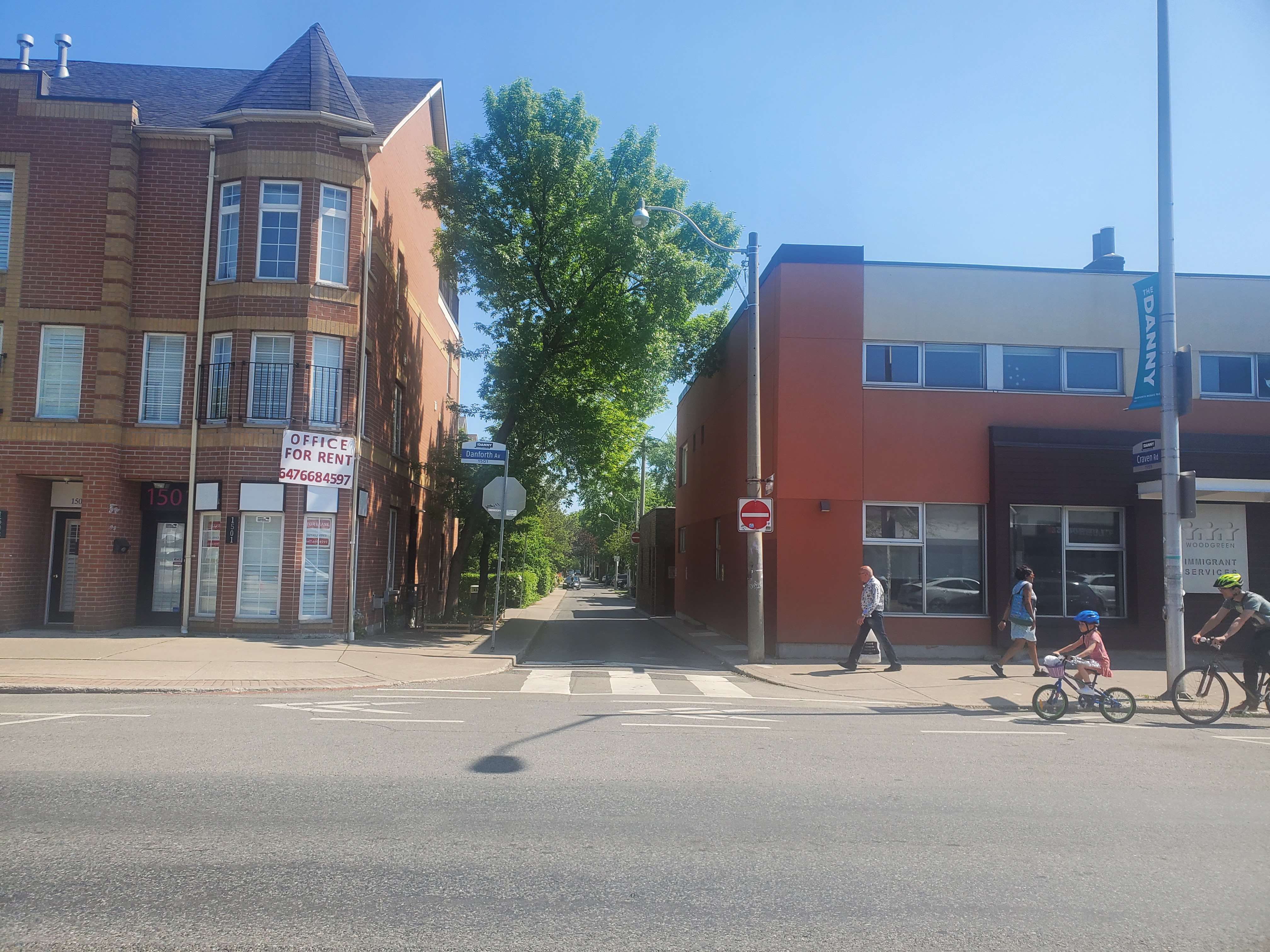
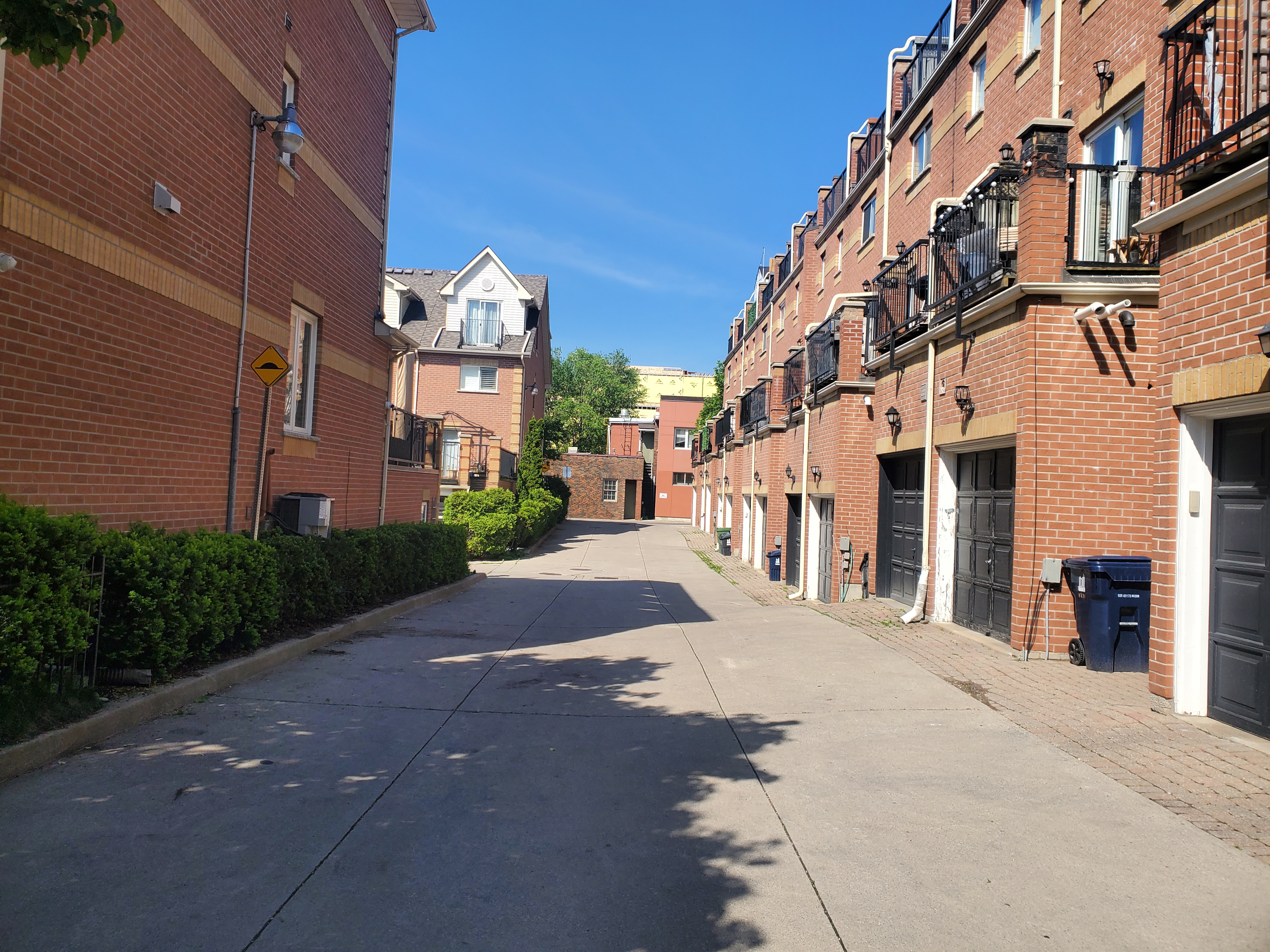
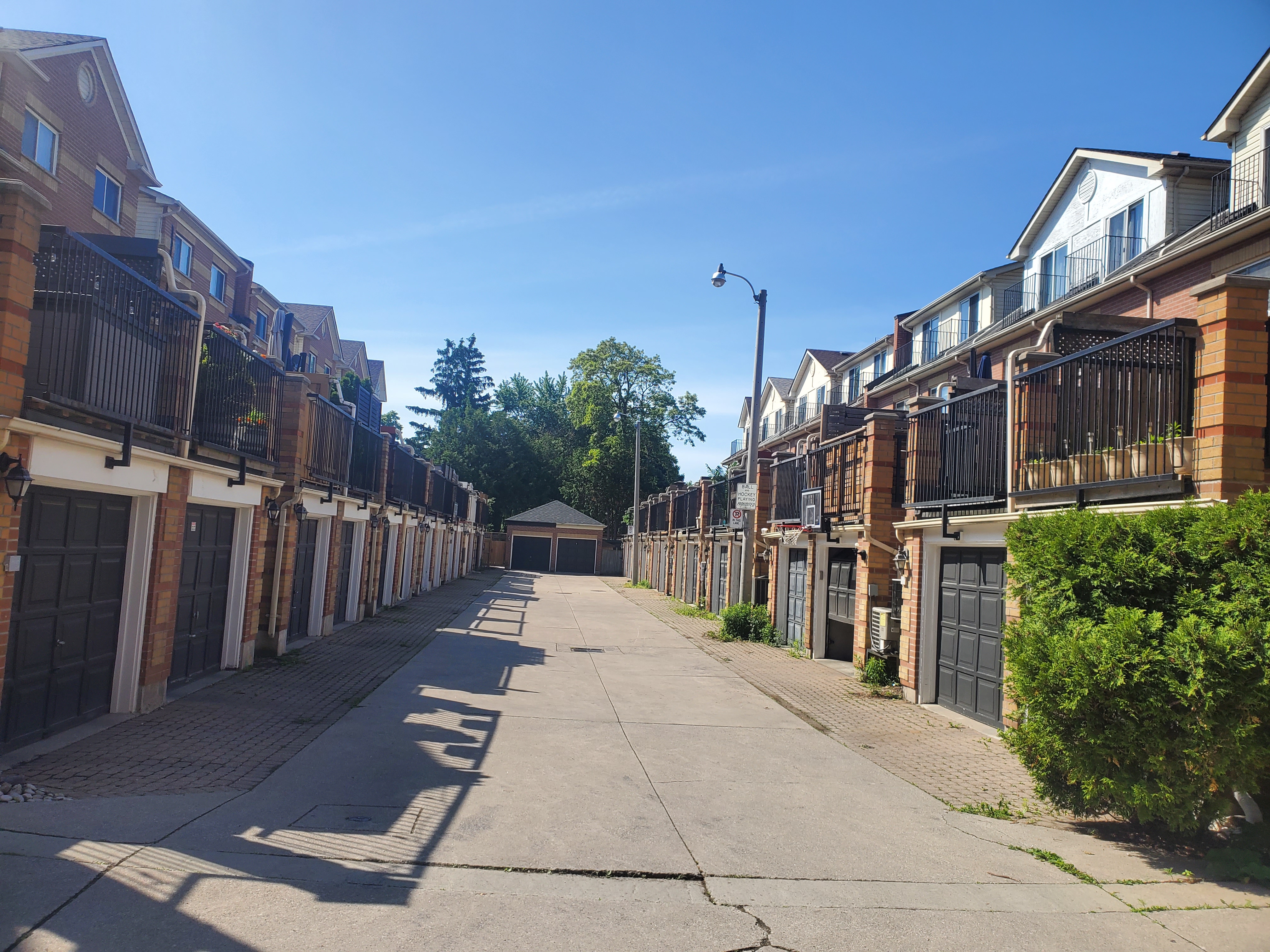
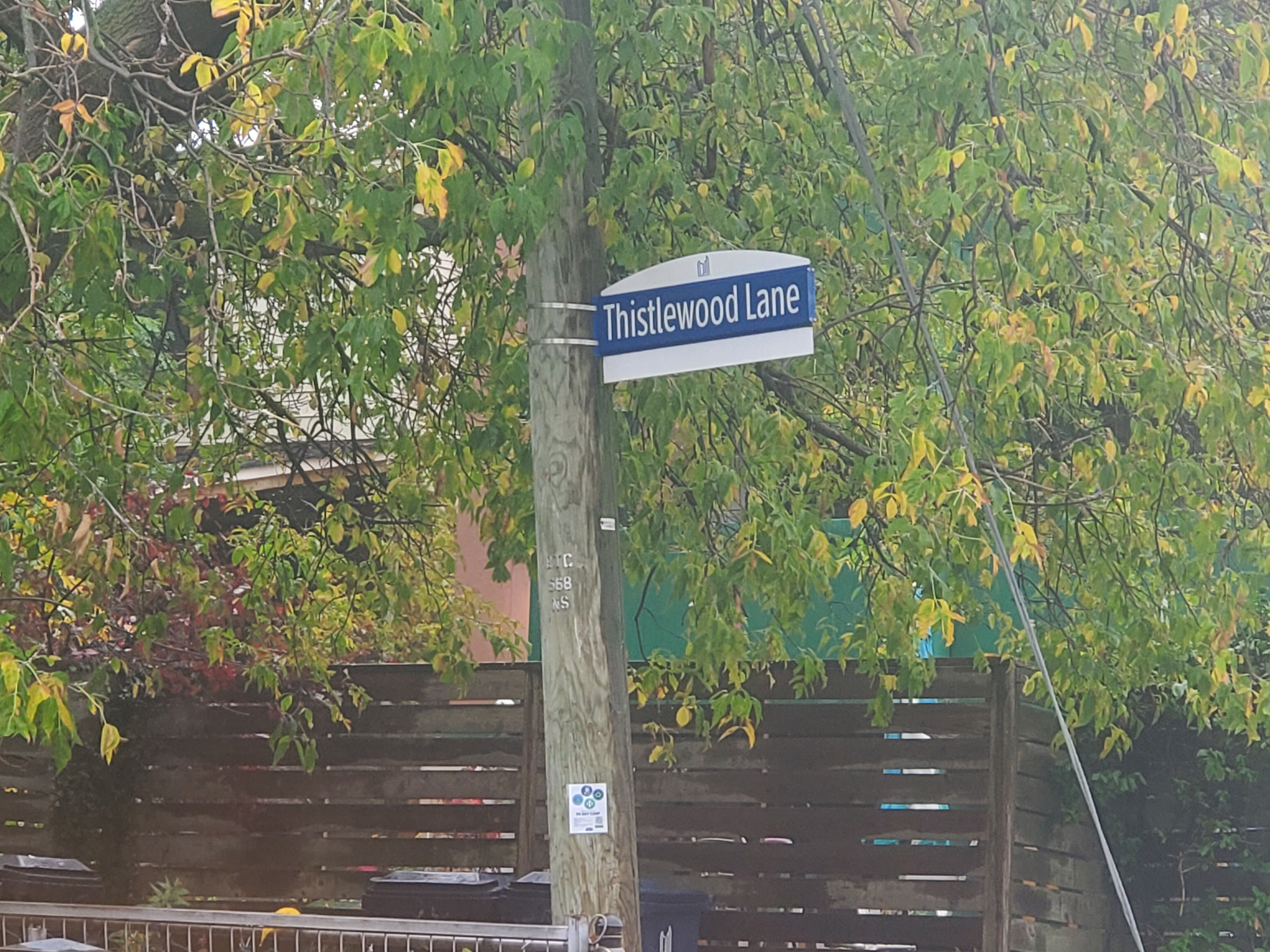
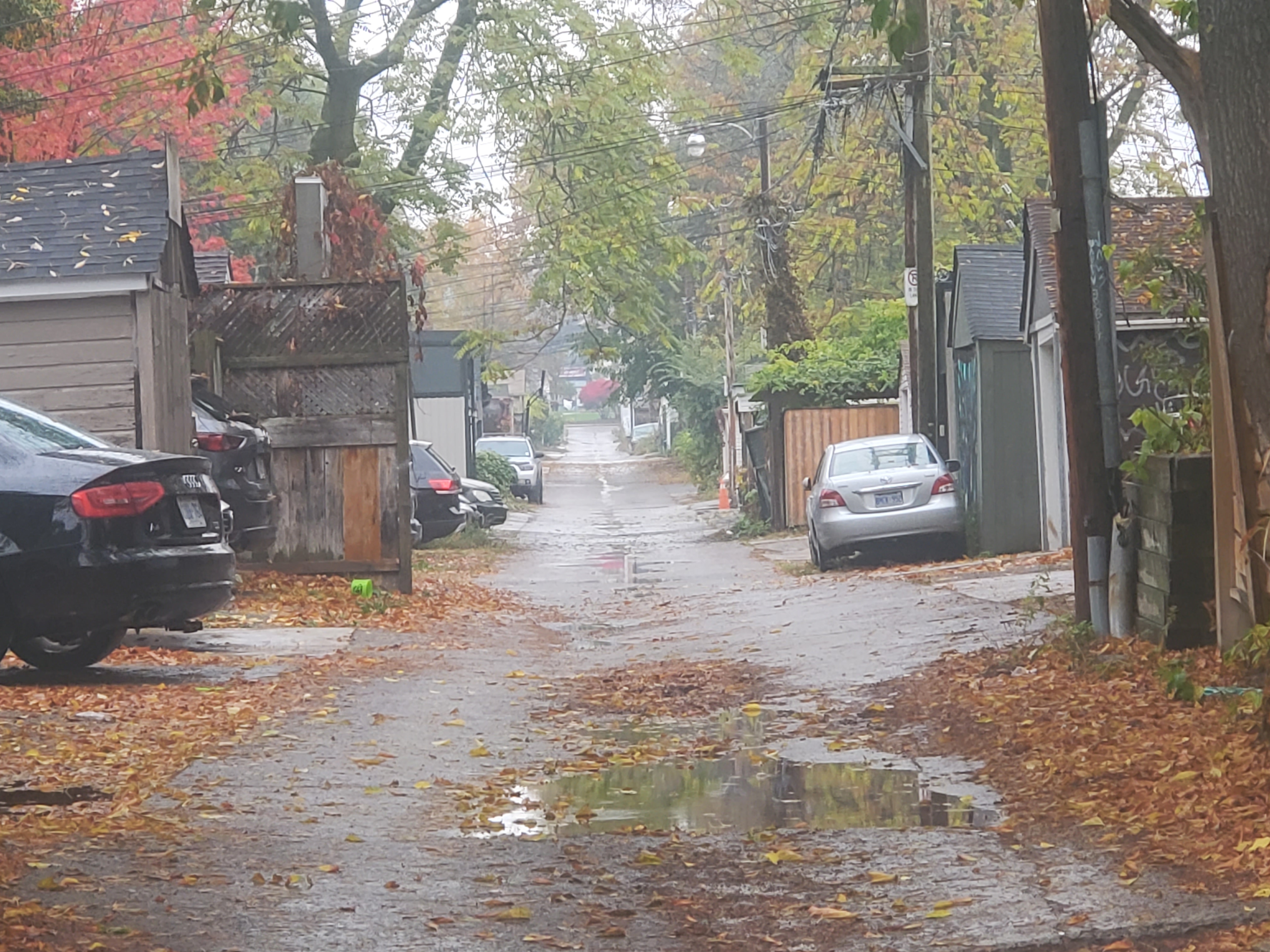
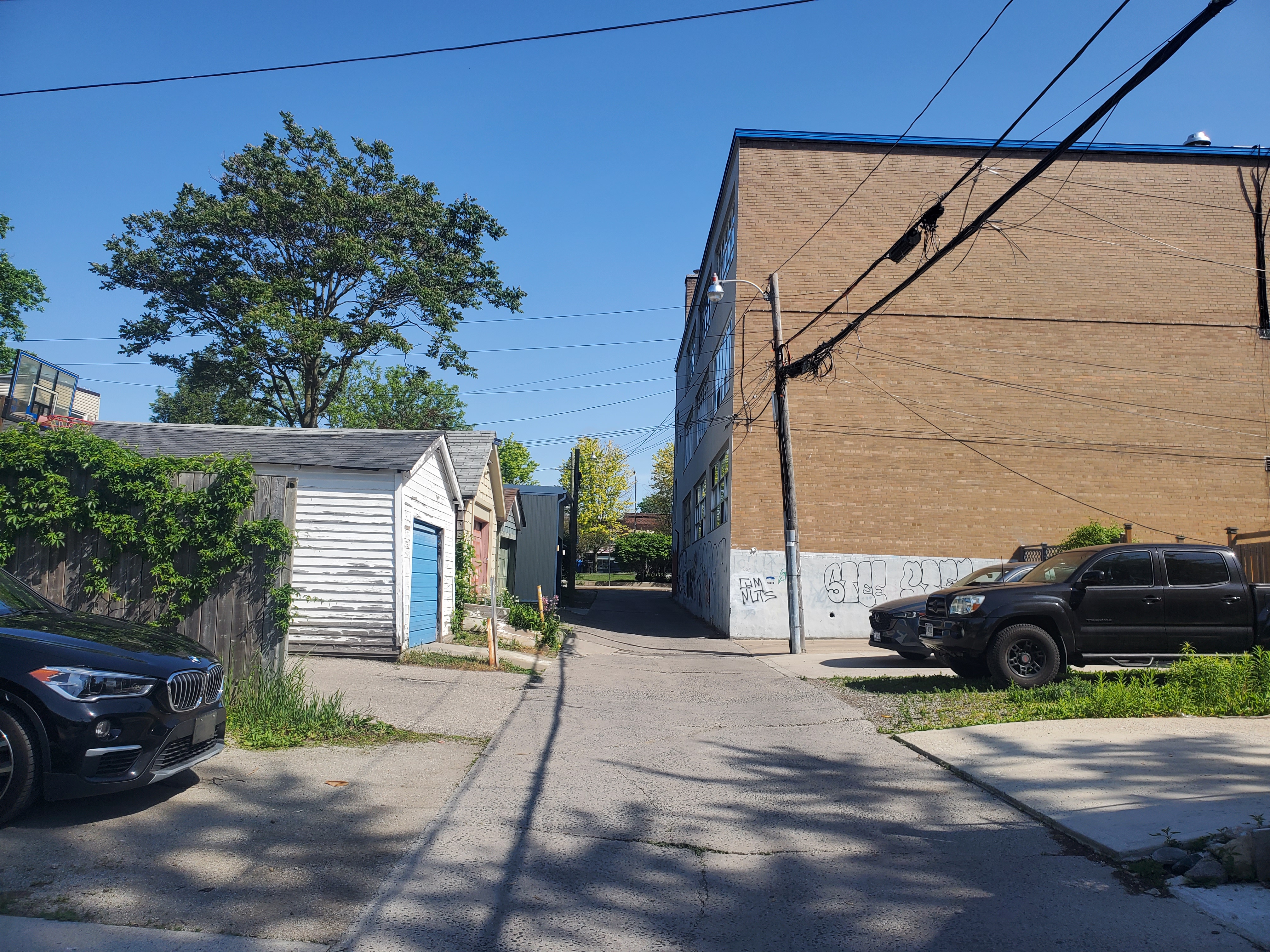
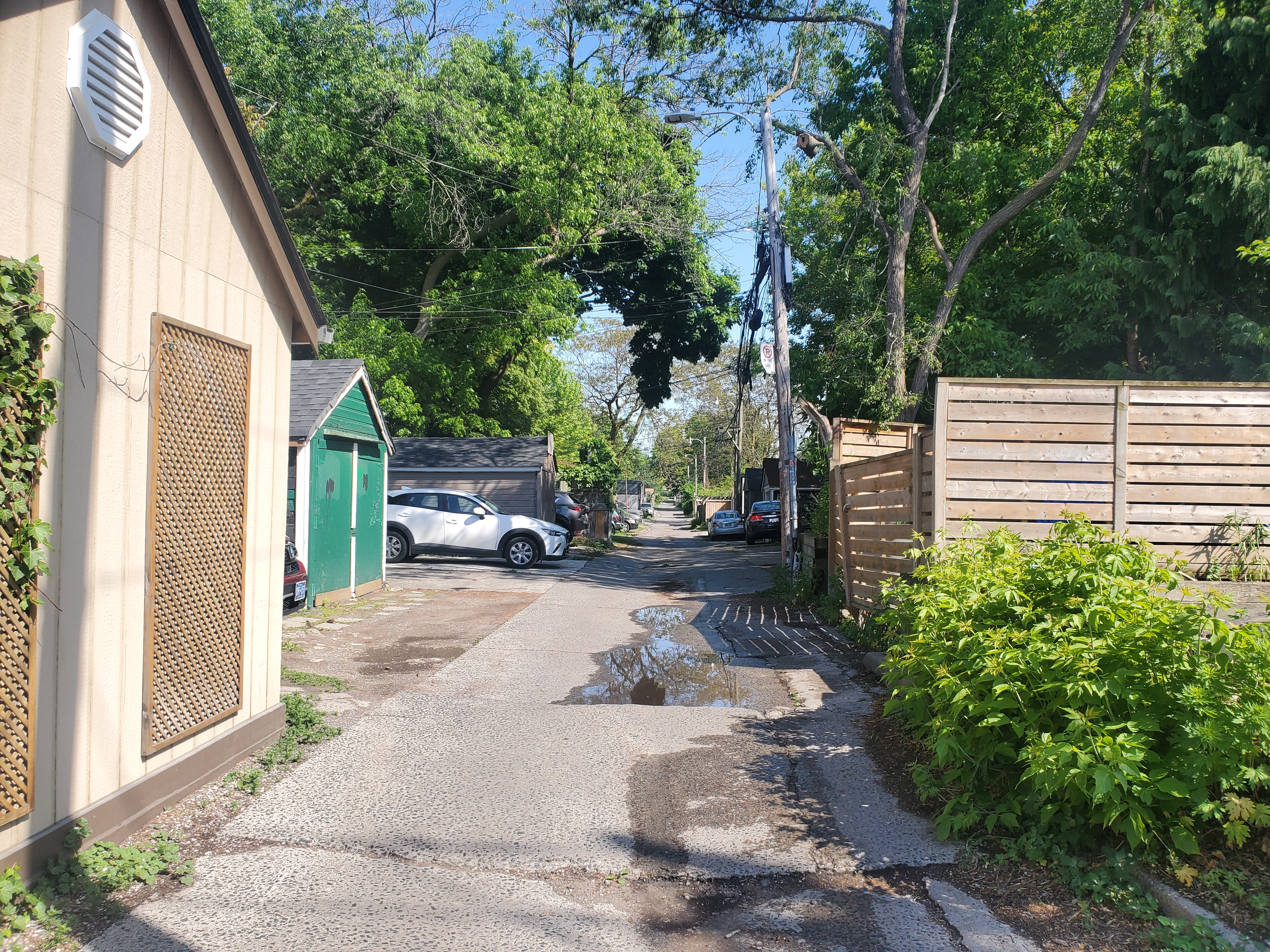

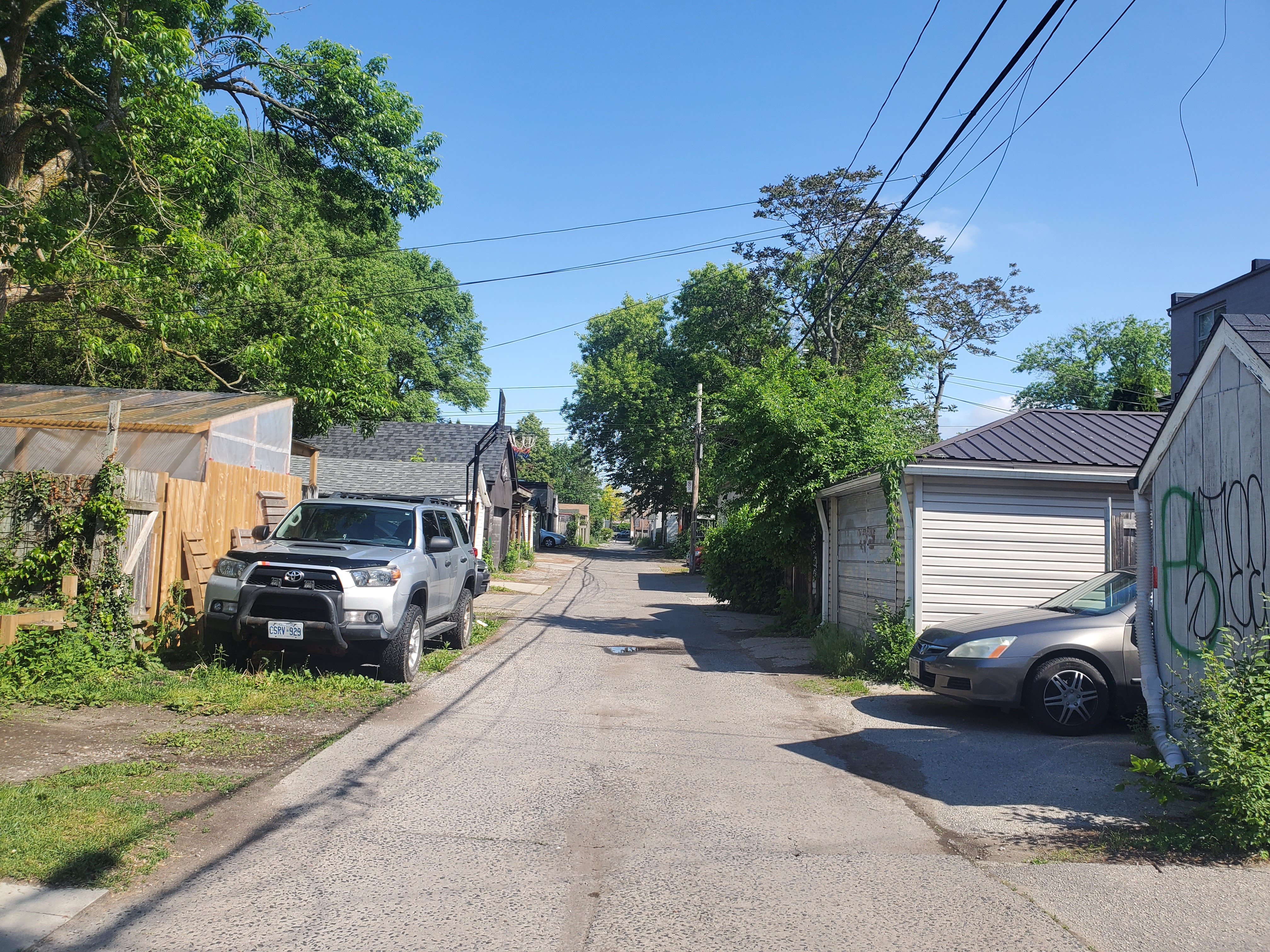
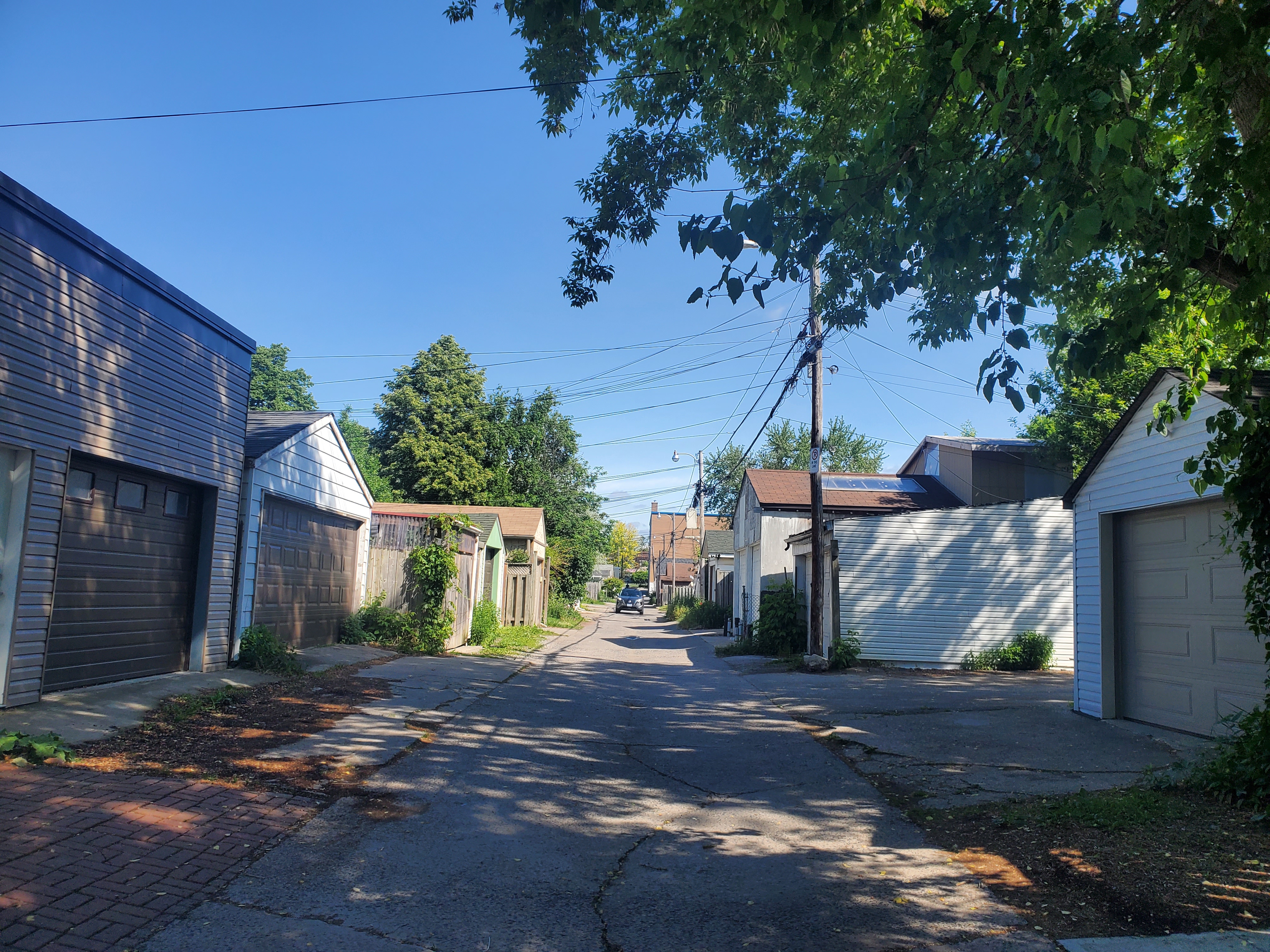
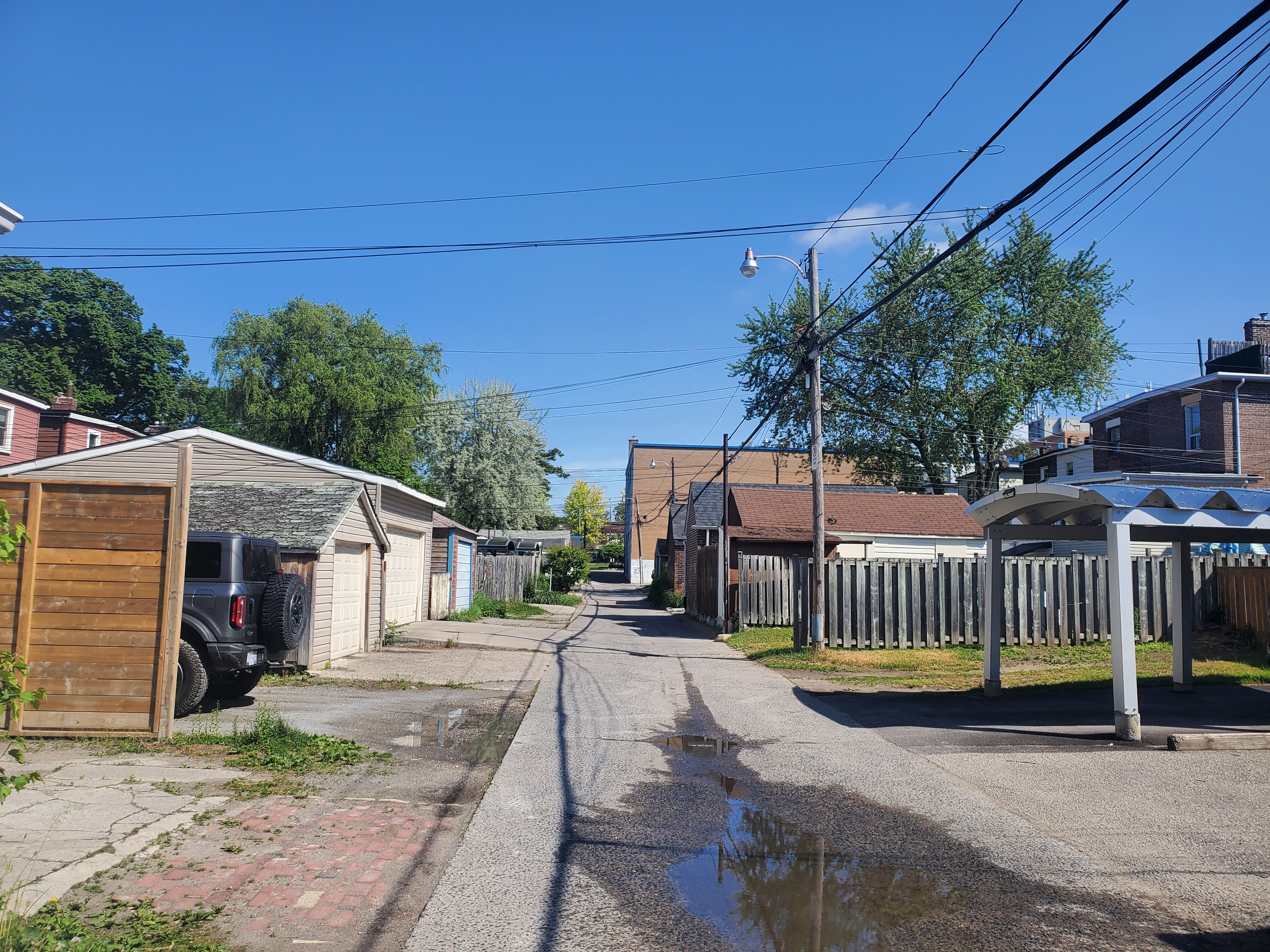


.jpg)
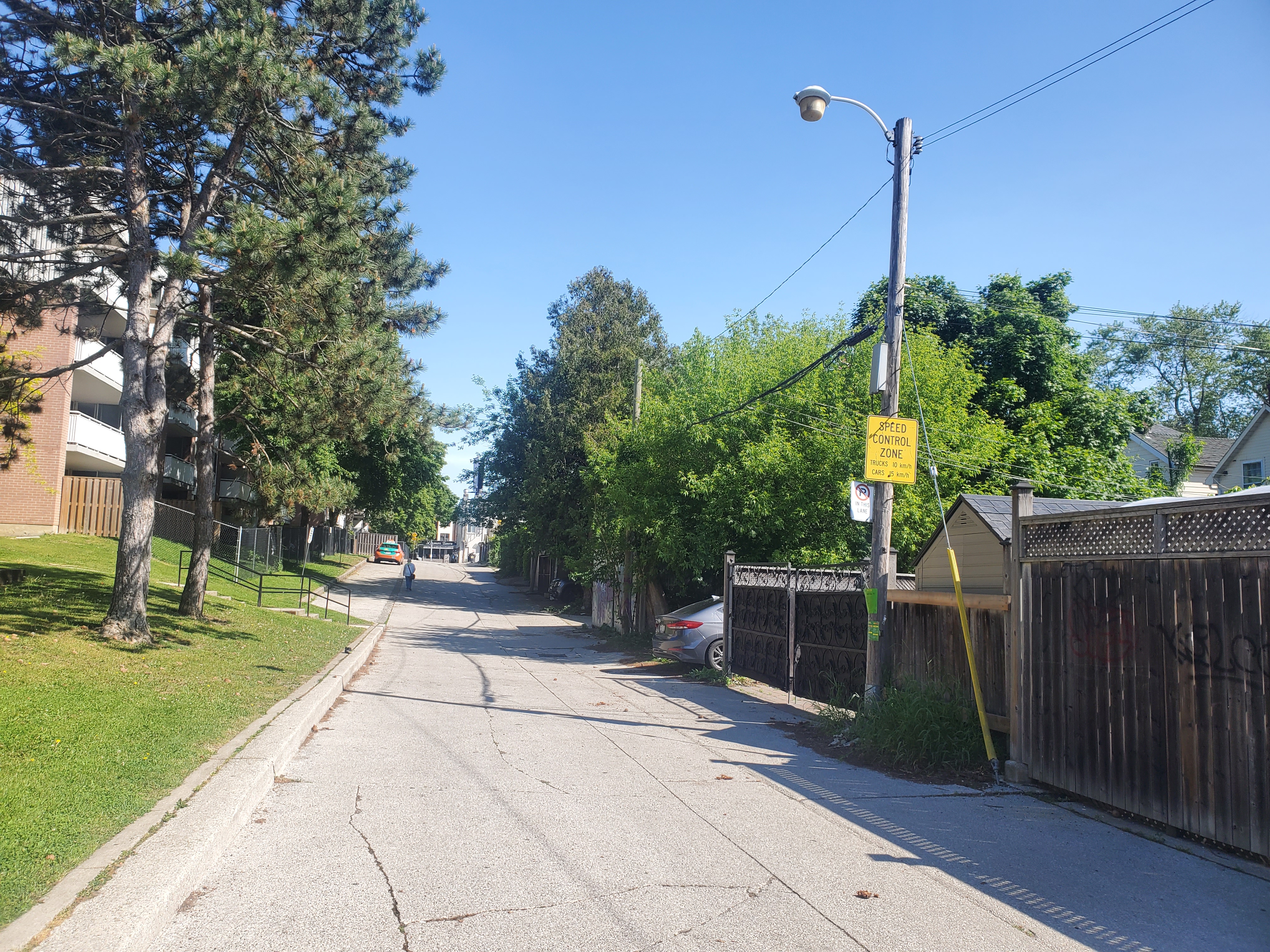
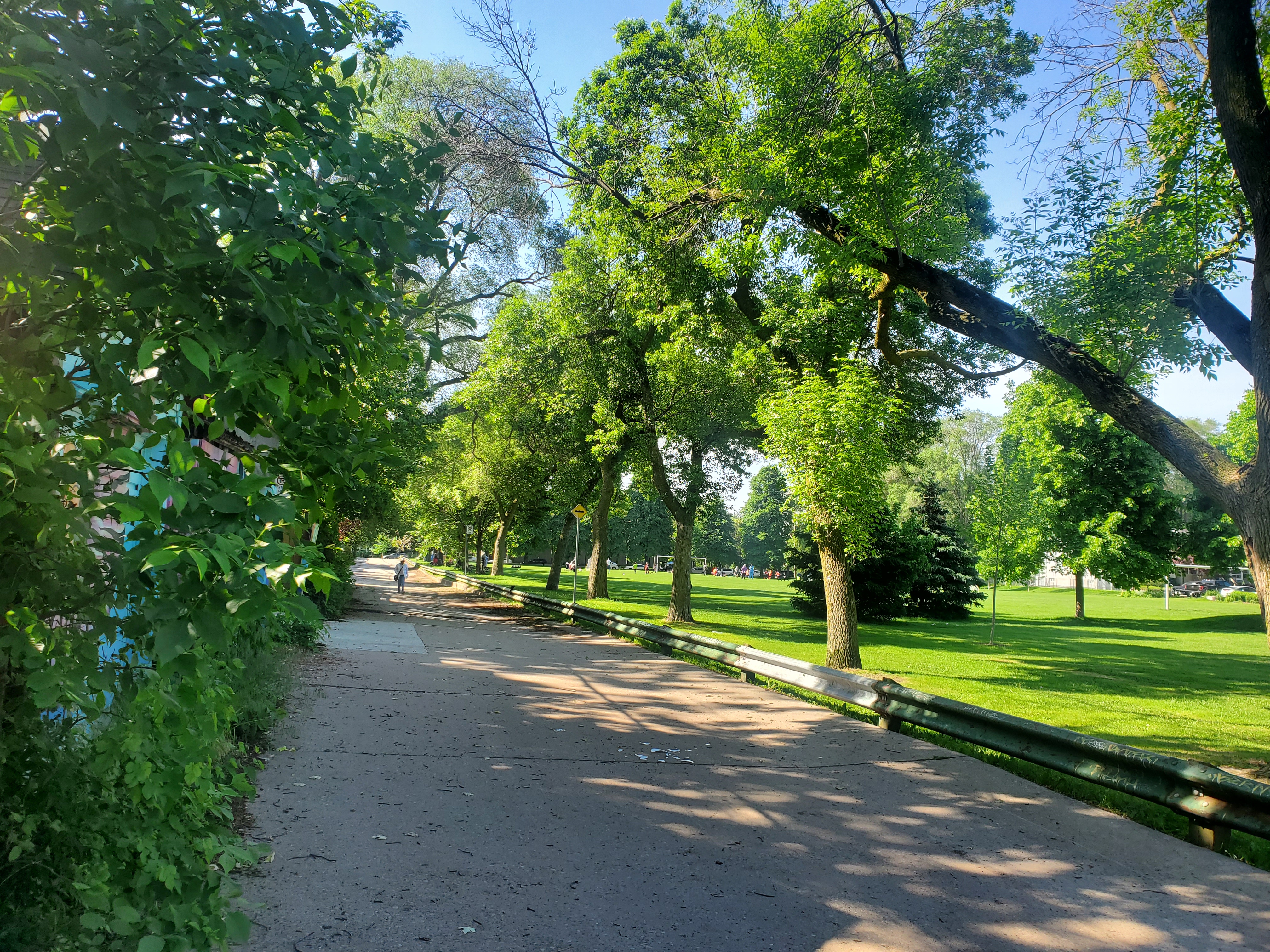
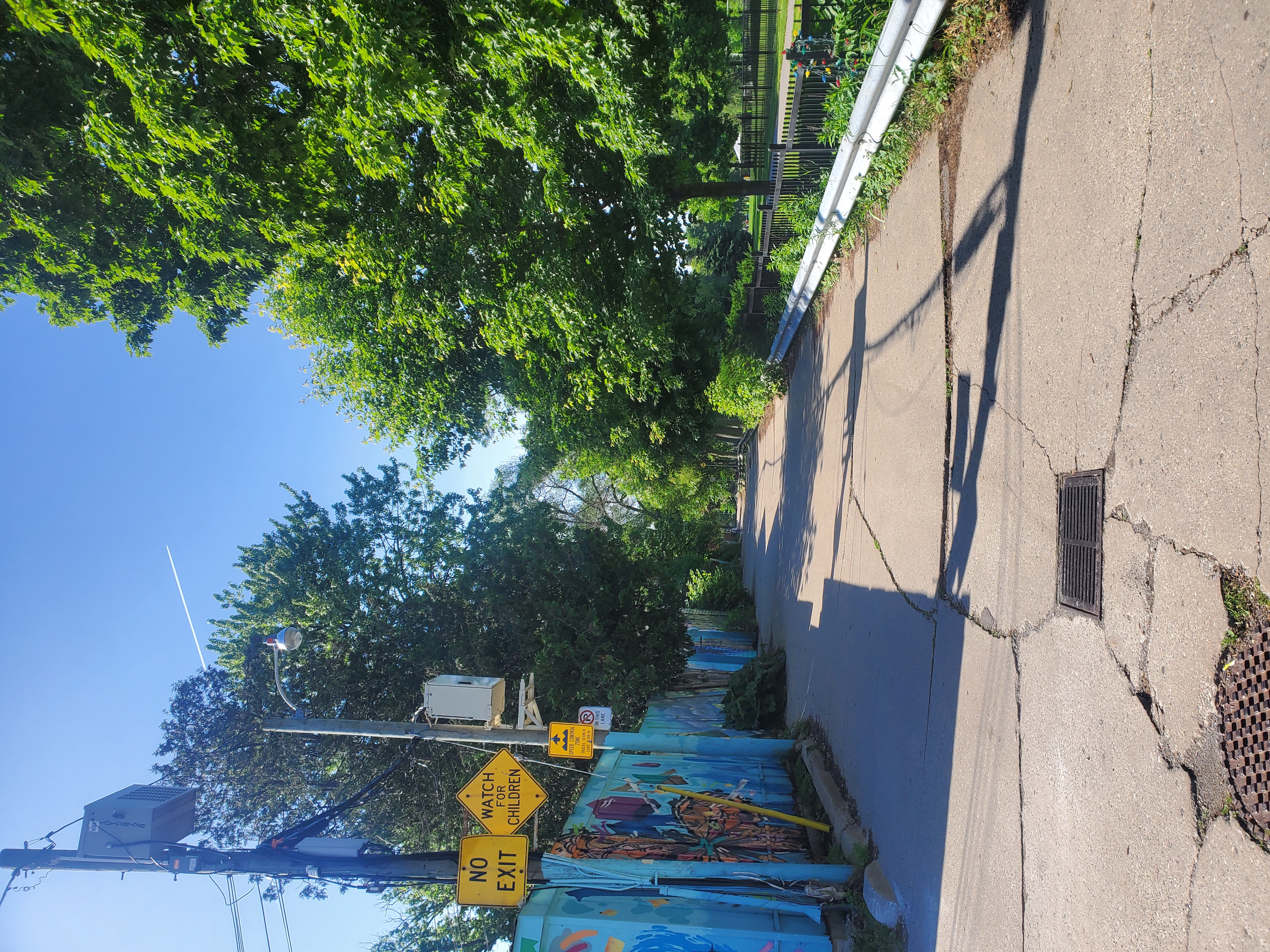
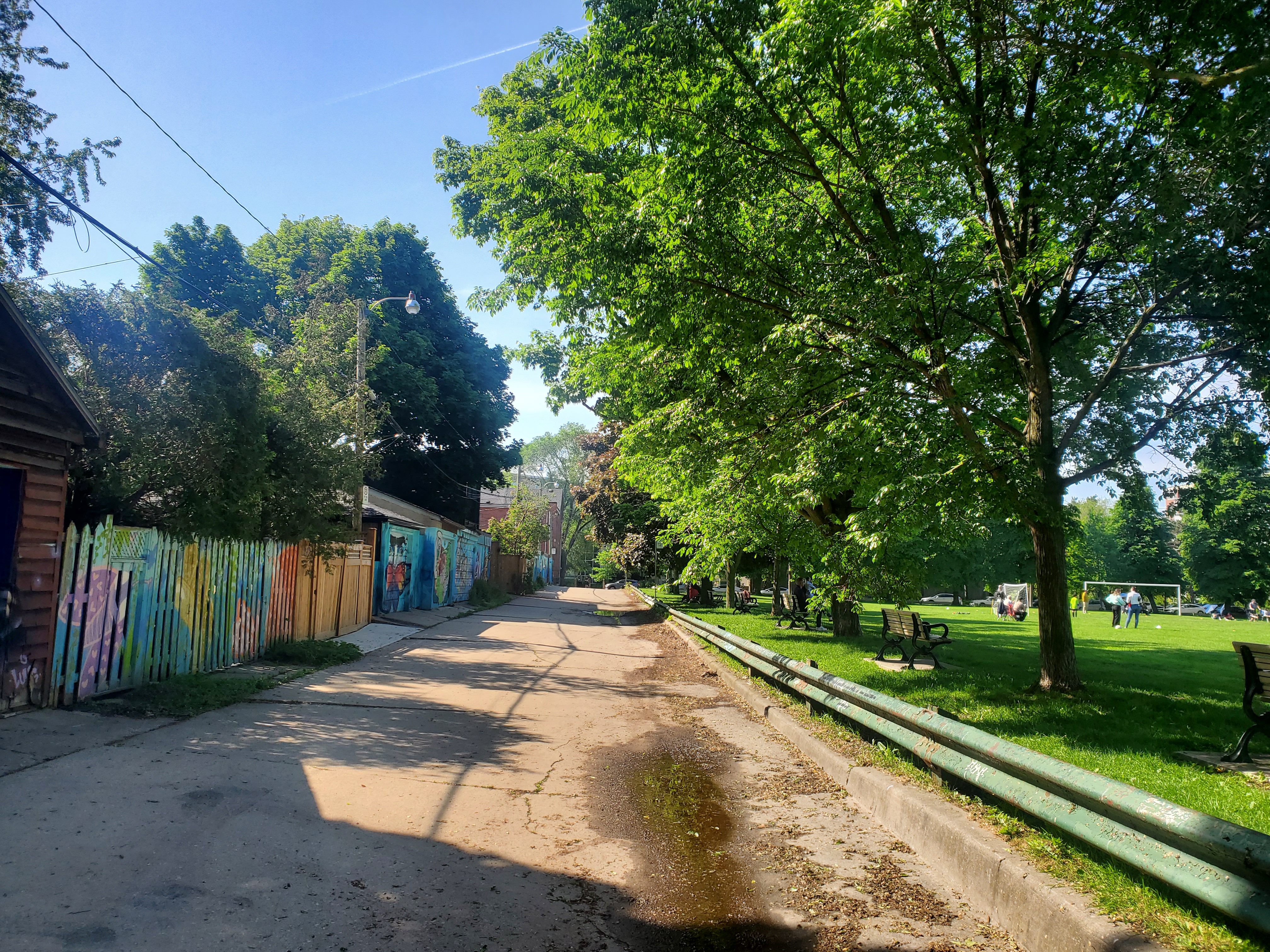
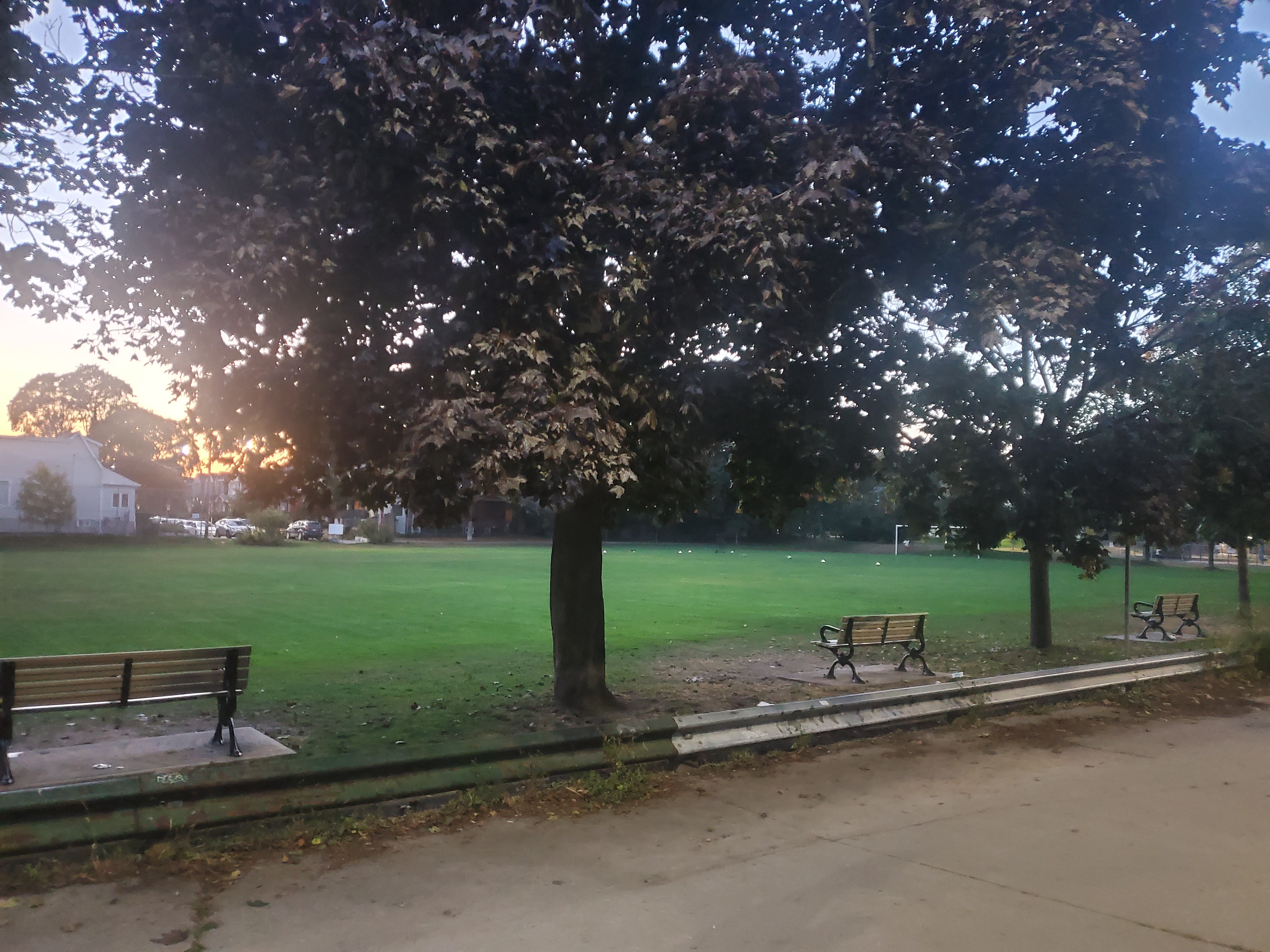
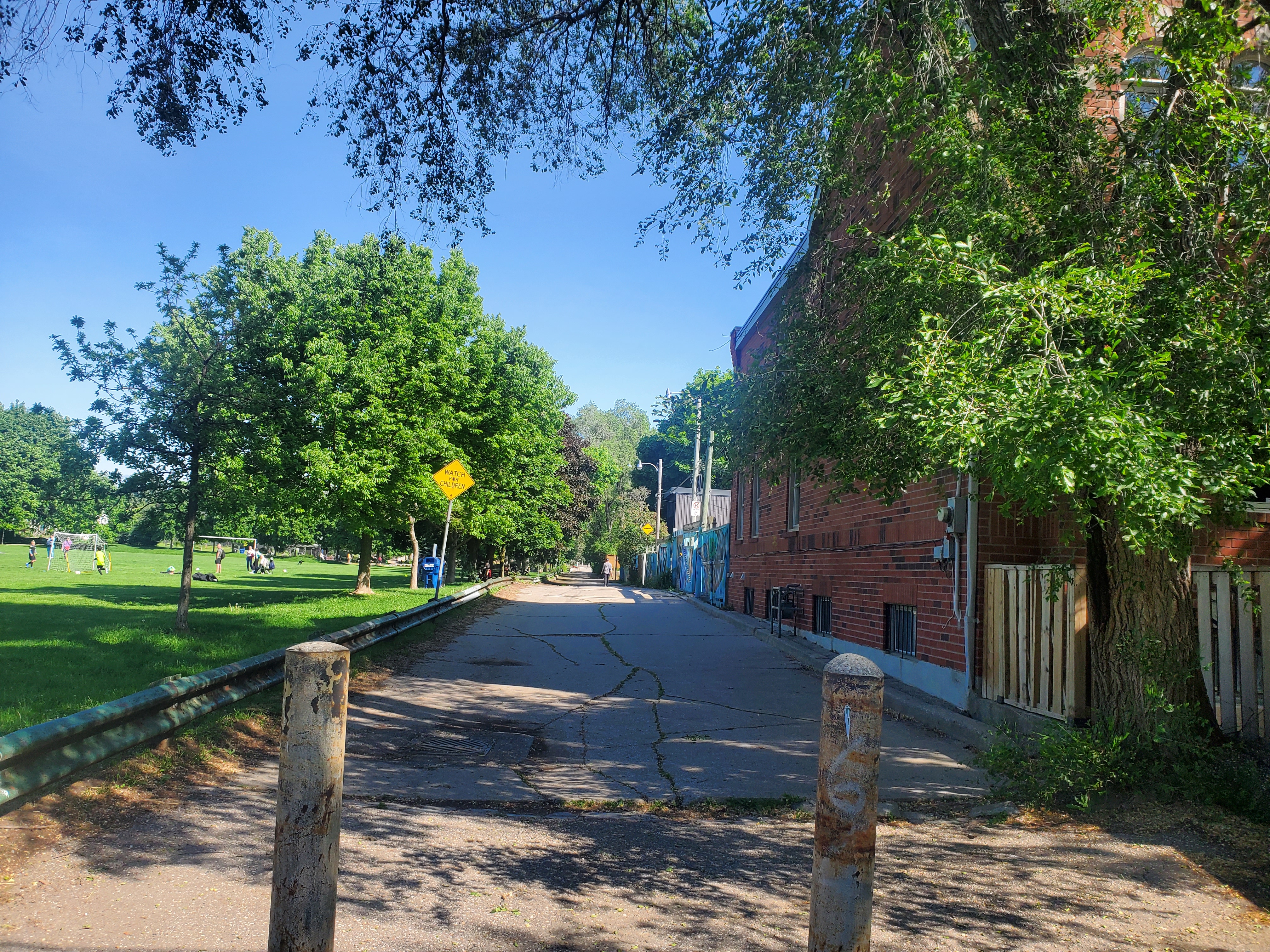
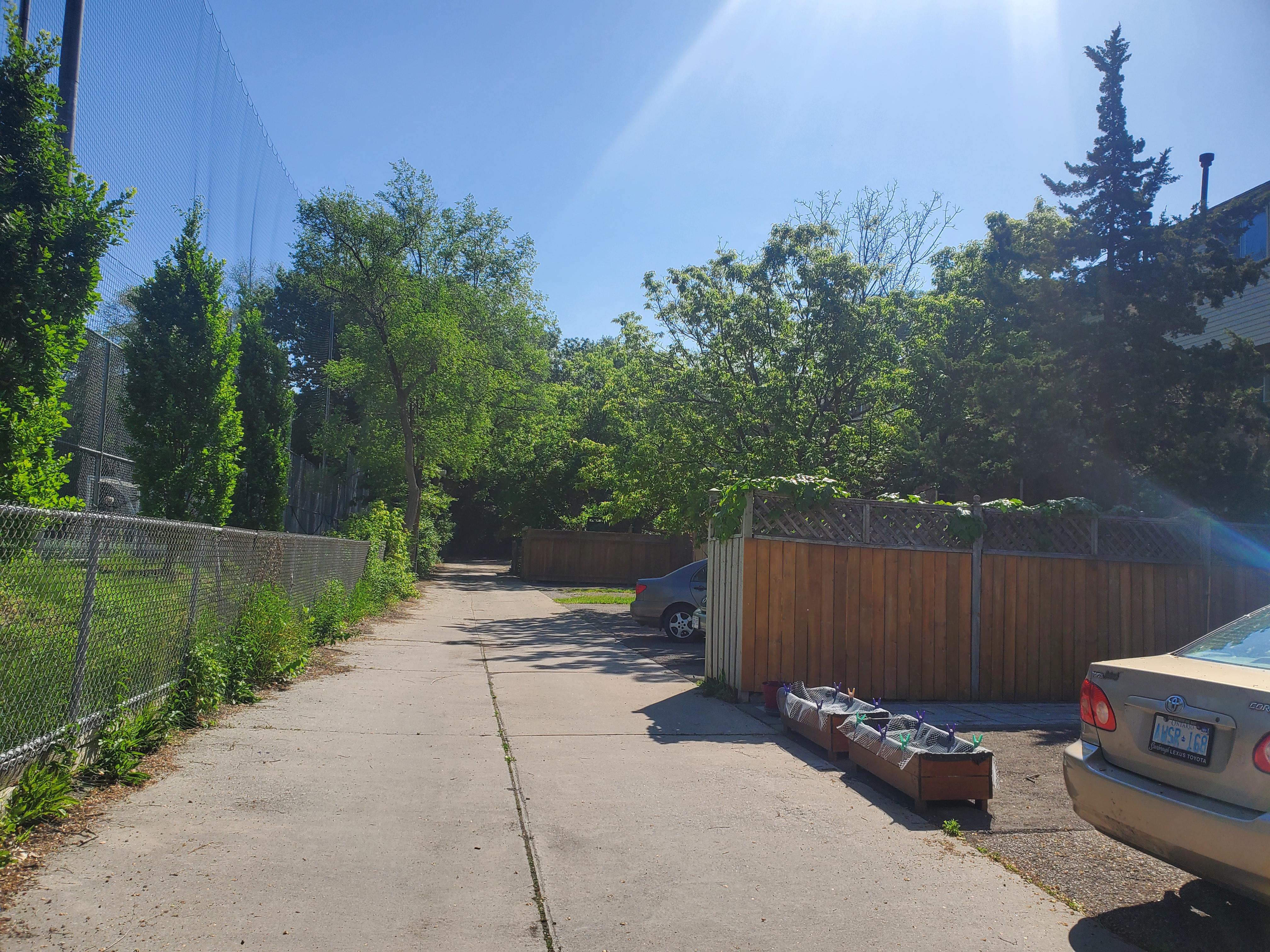
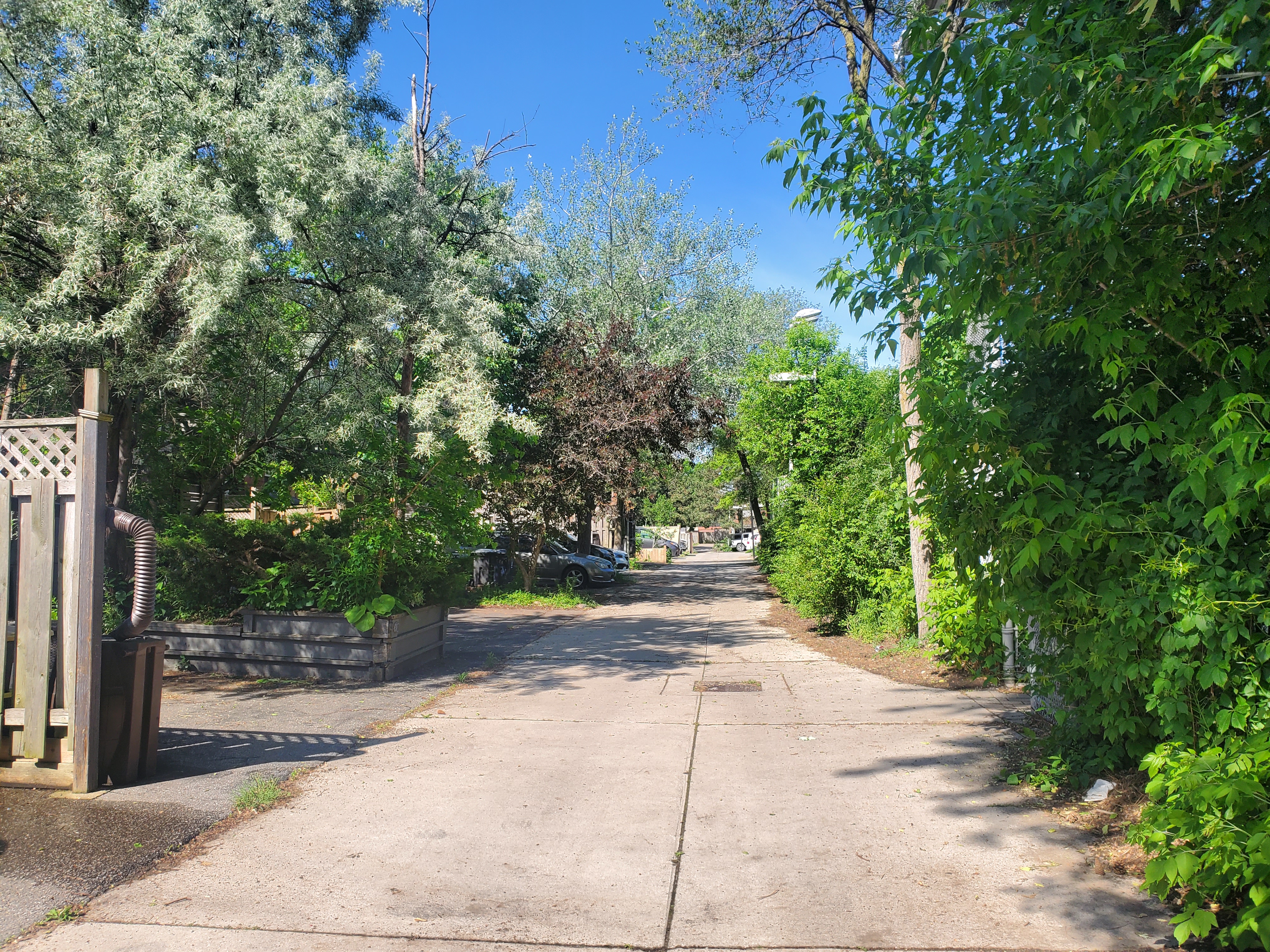

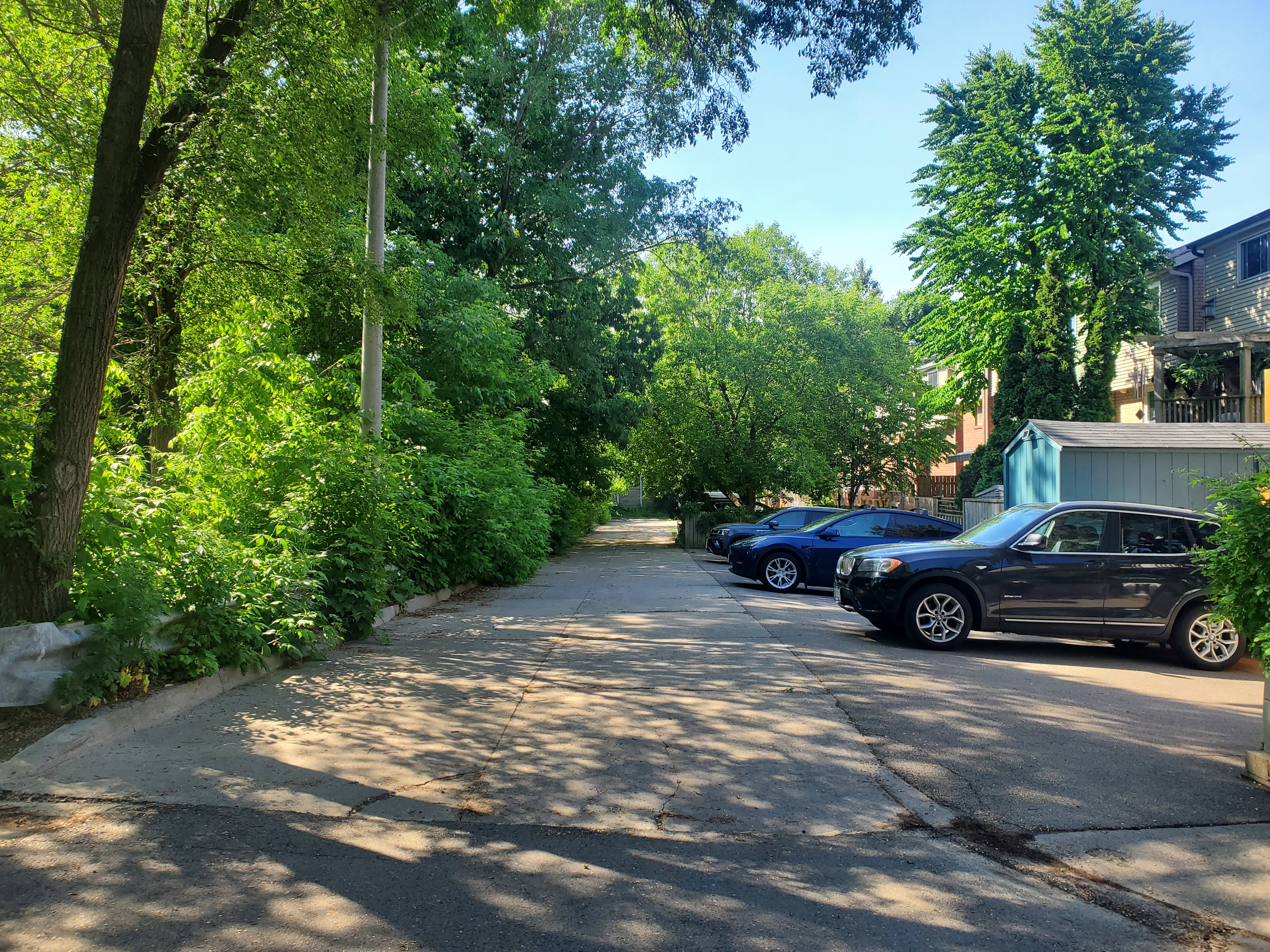
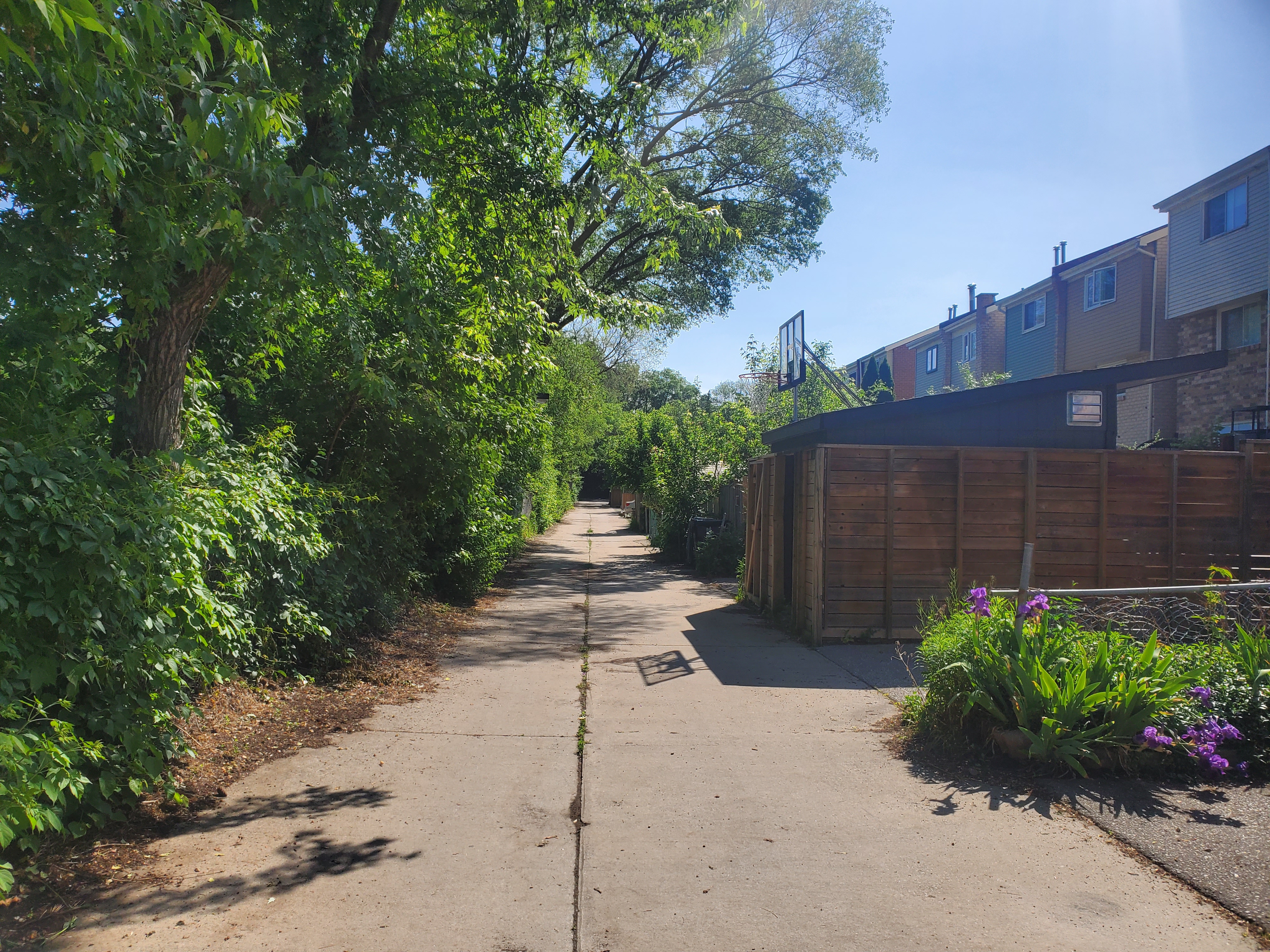
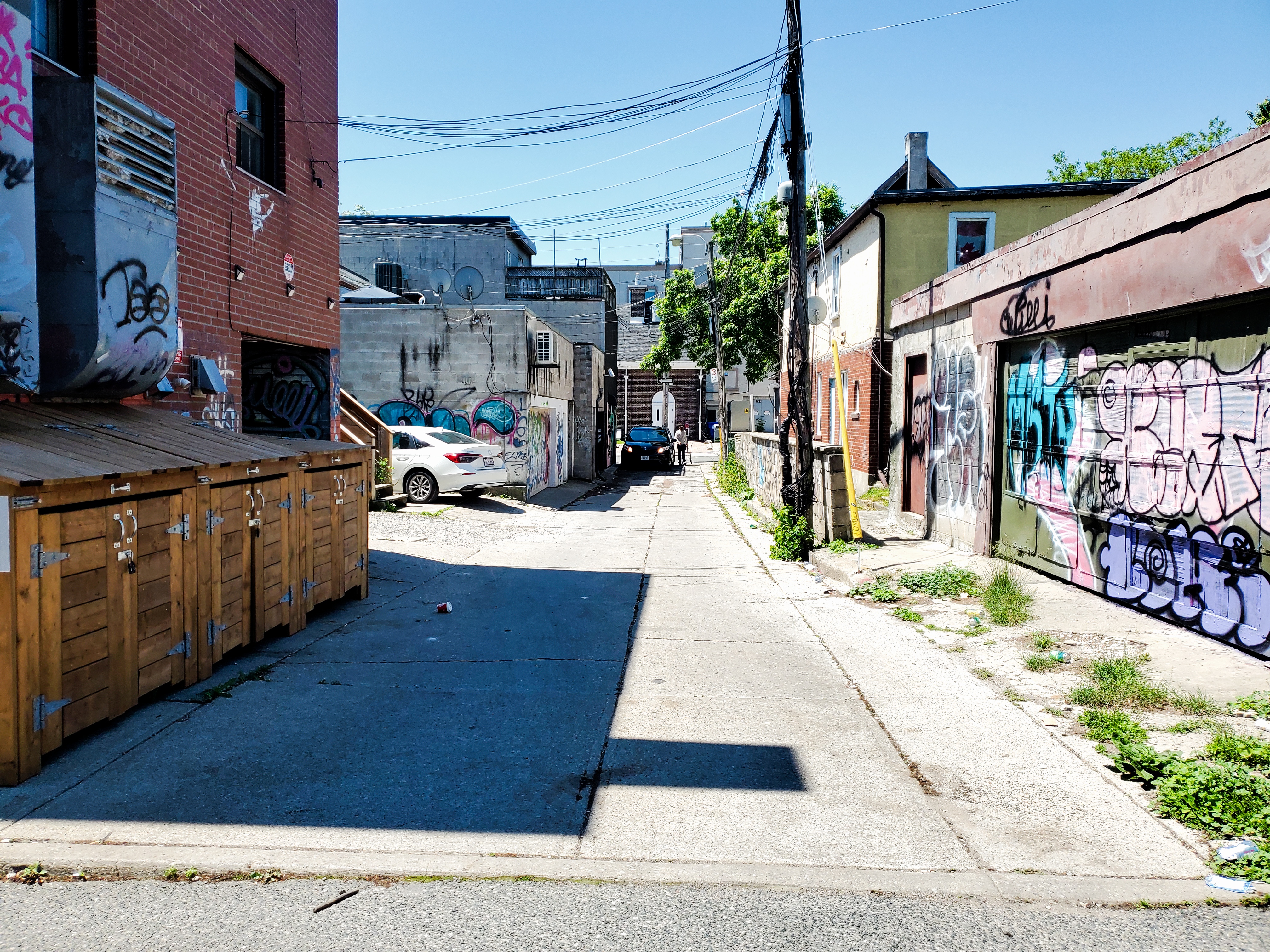
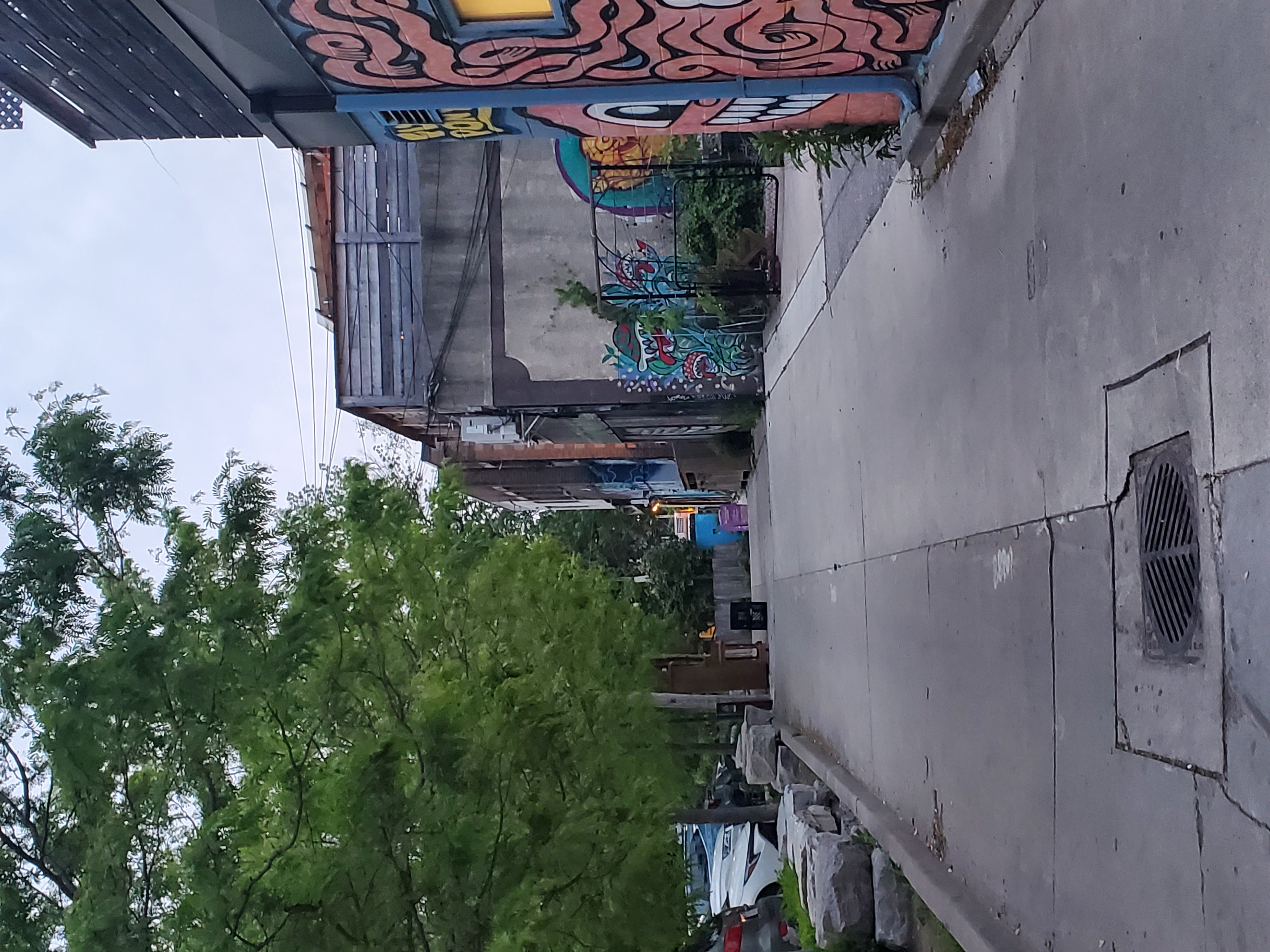
.jpg)
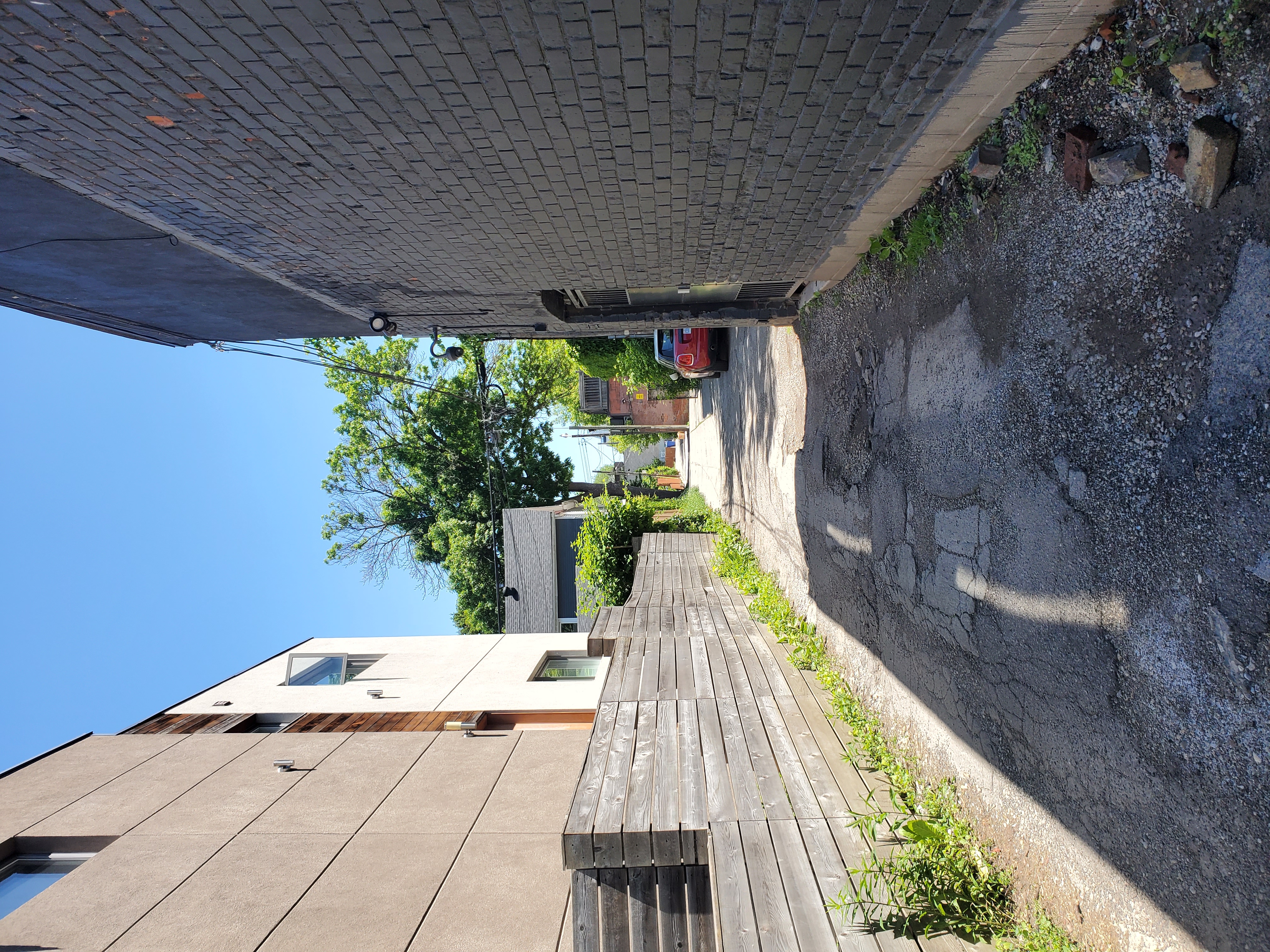
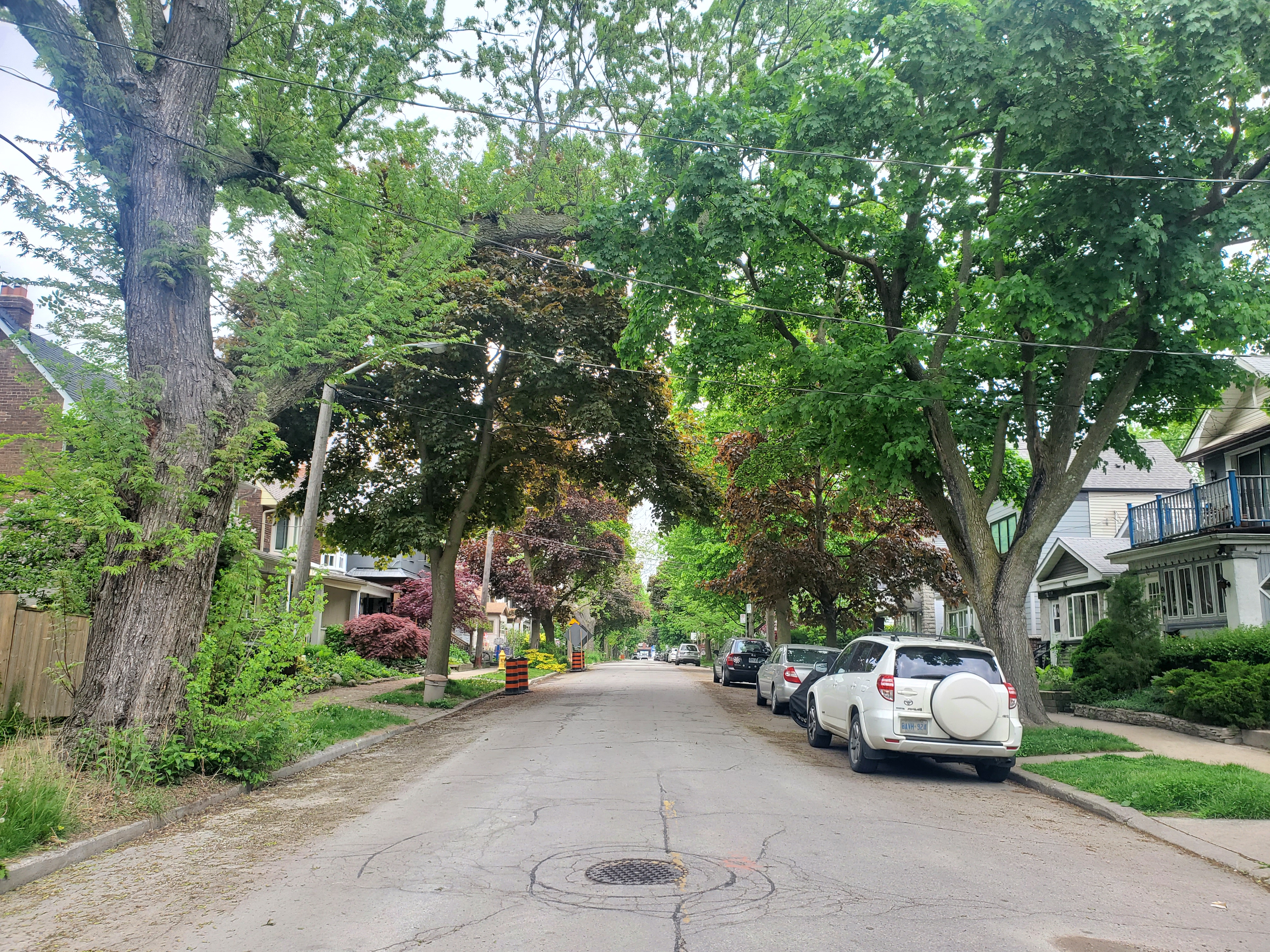
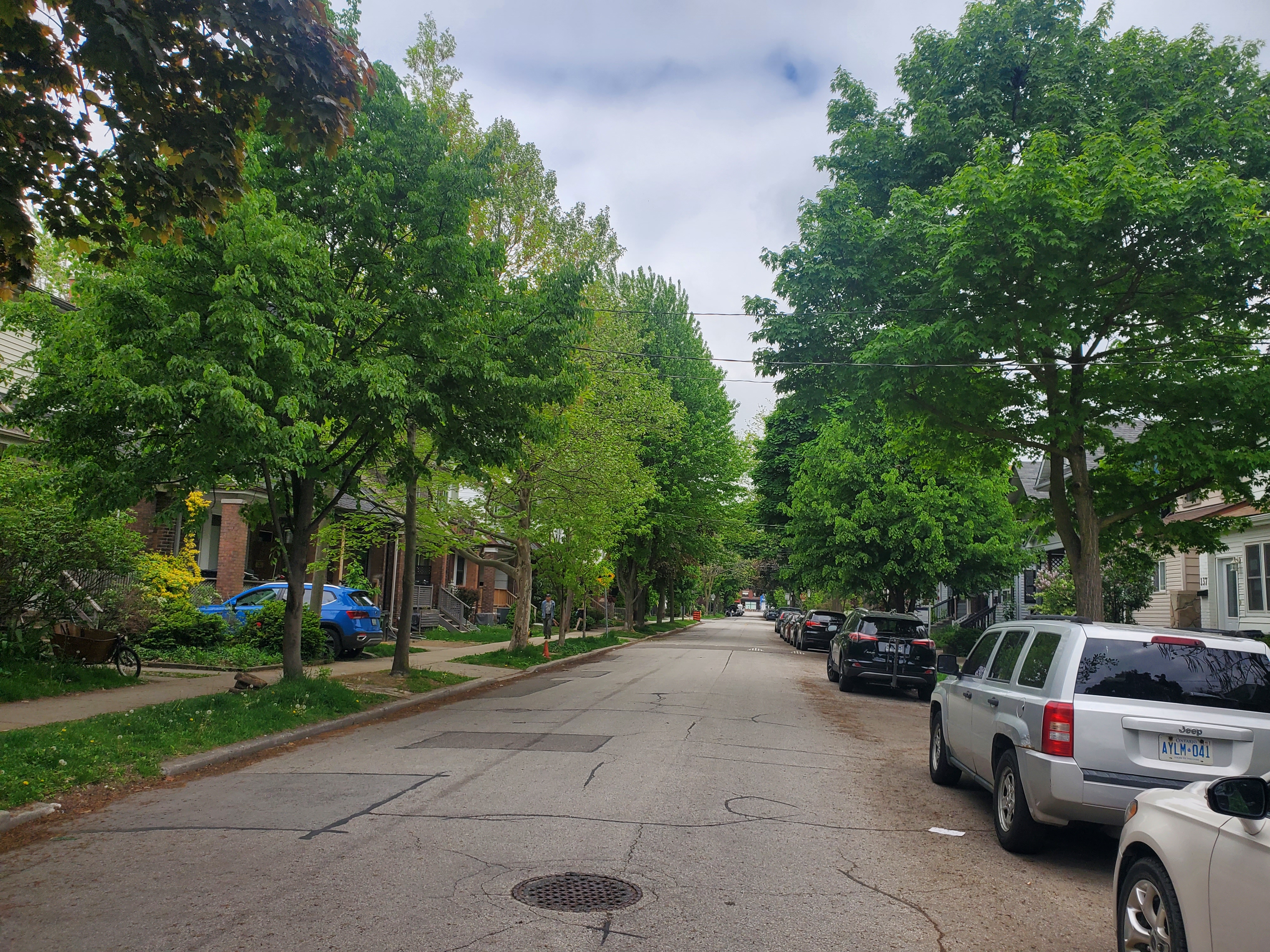
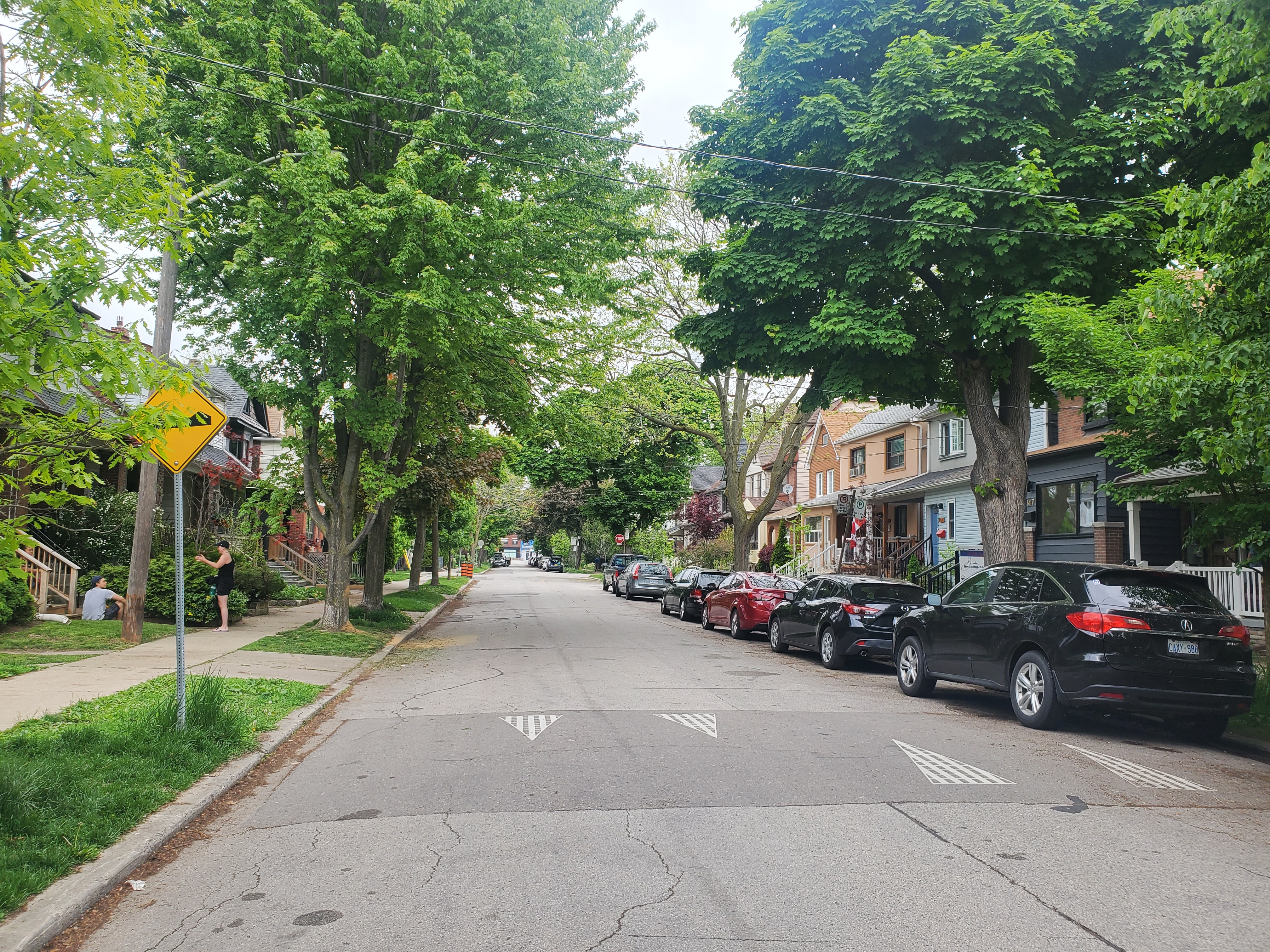
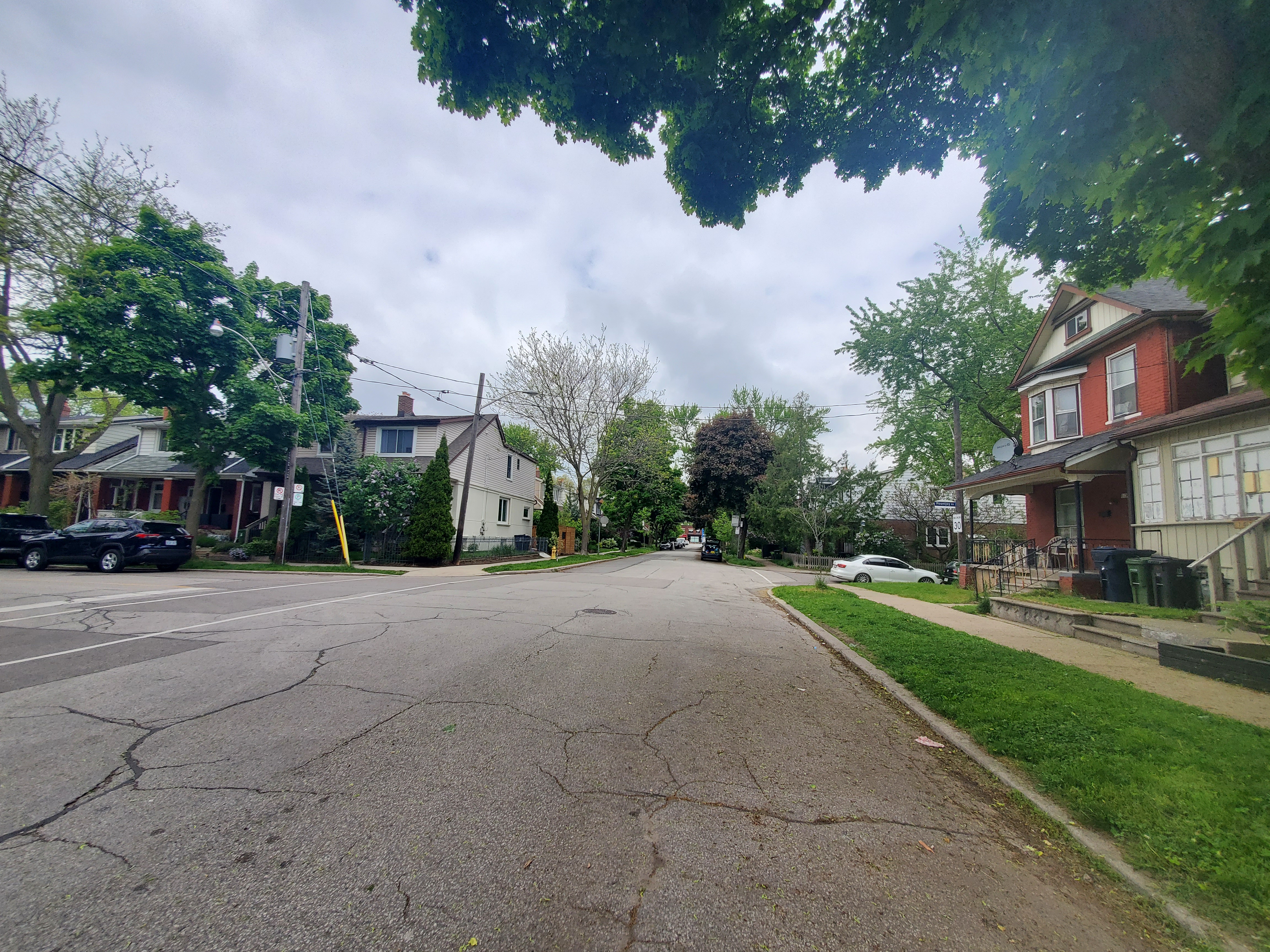
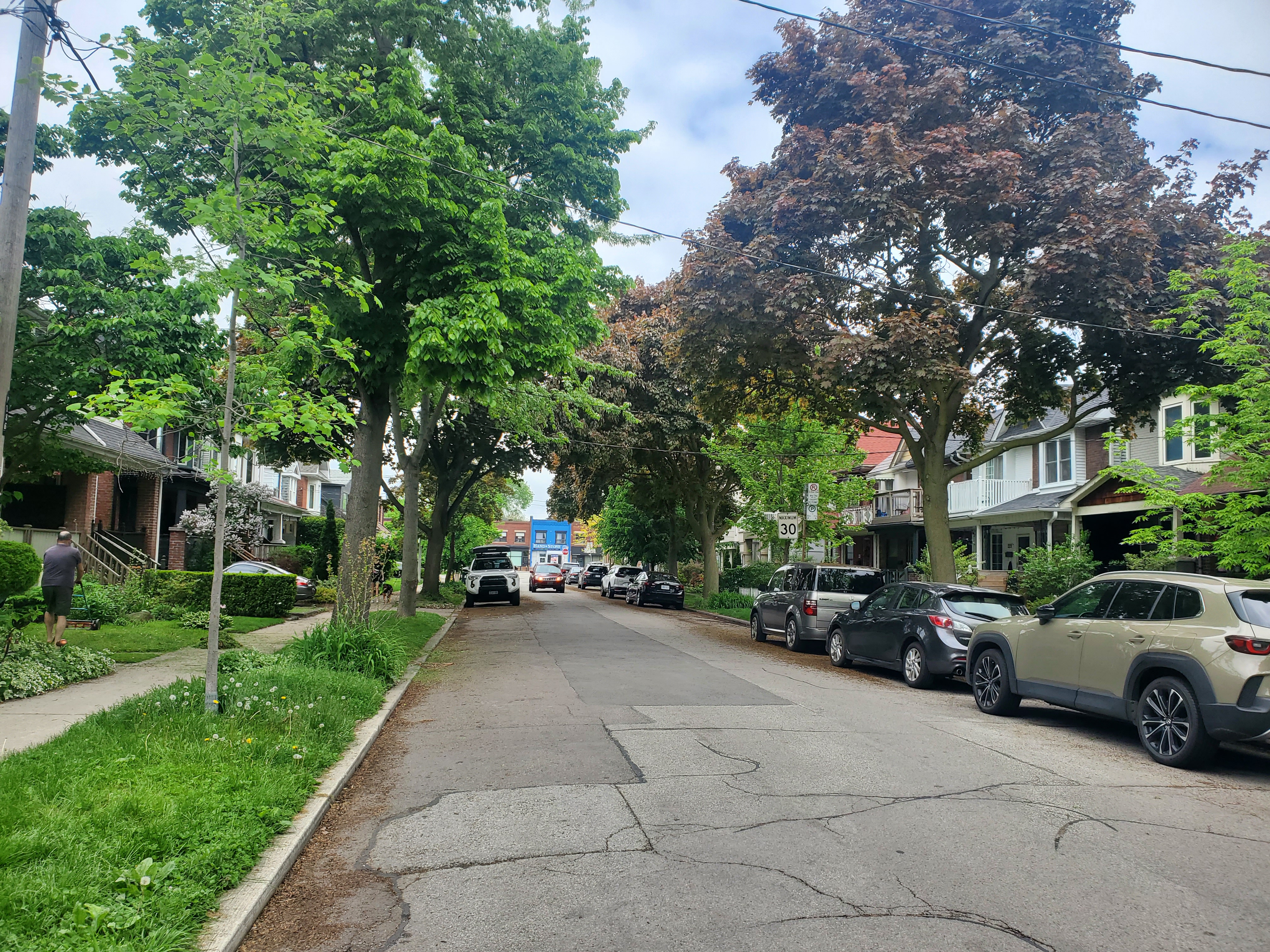
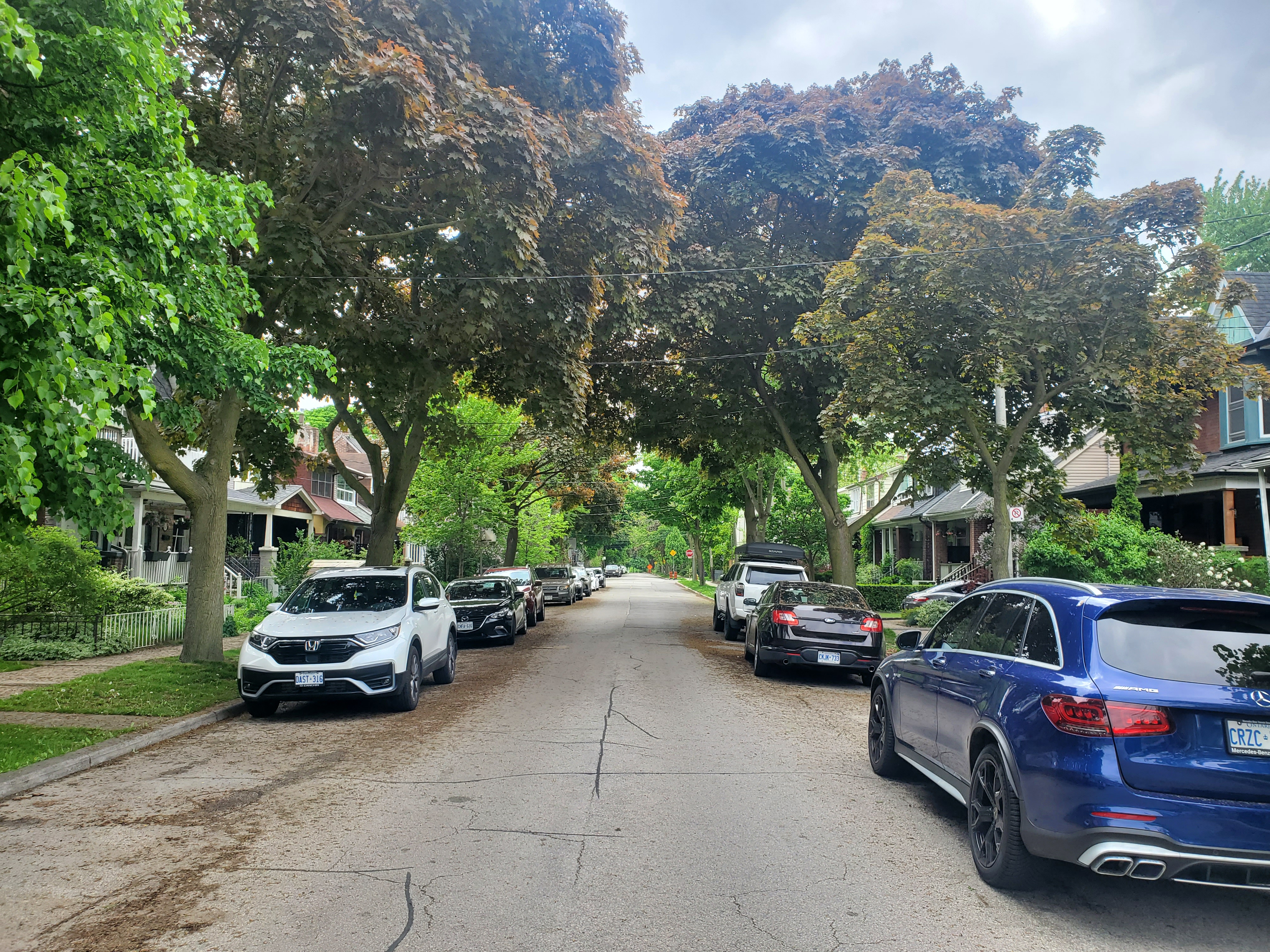
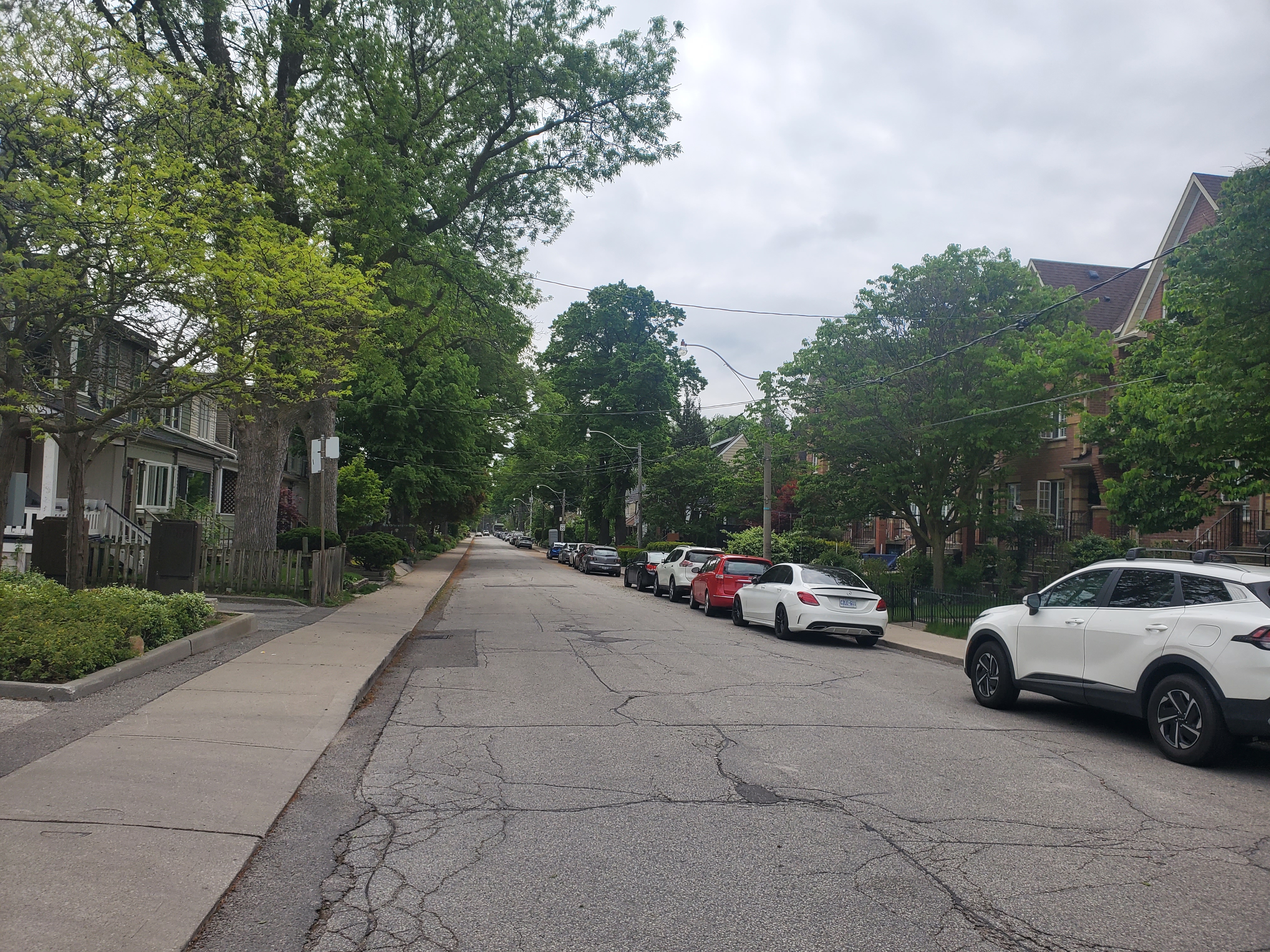
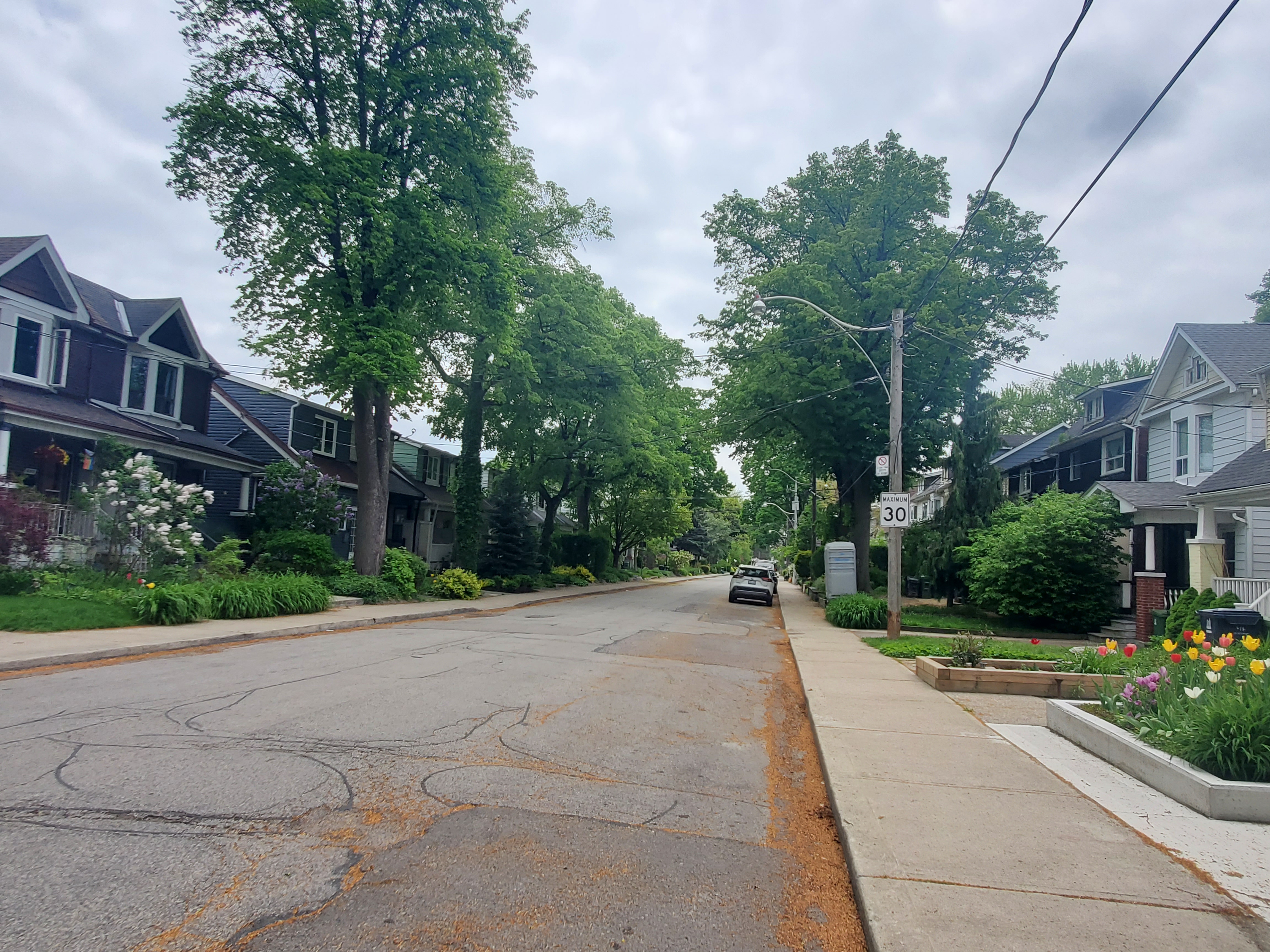
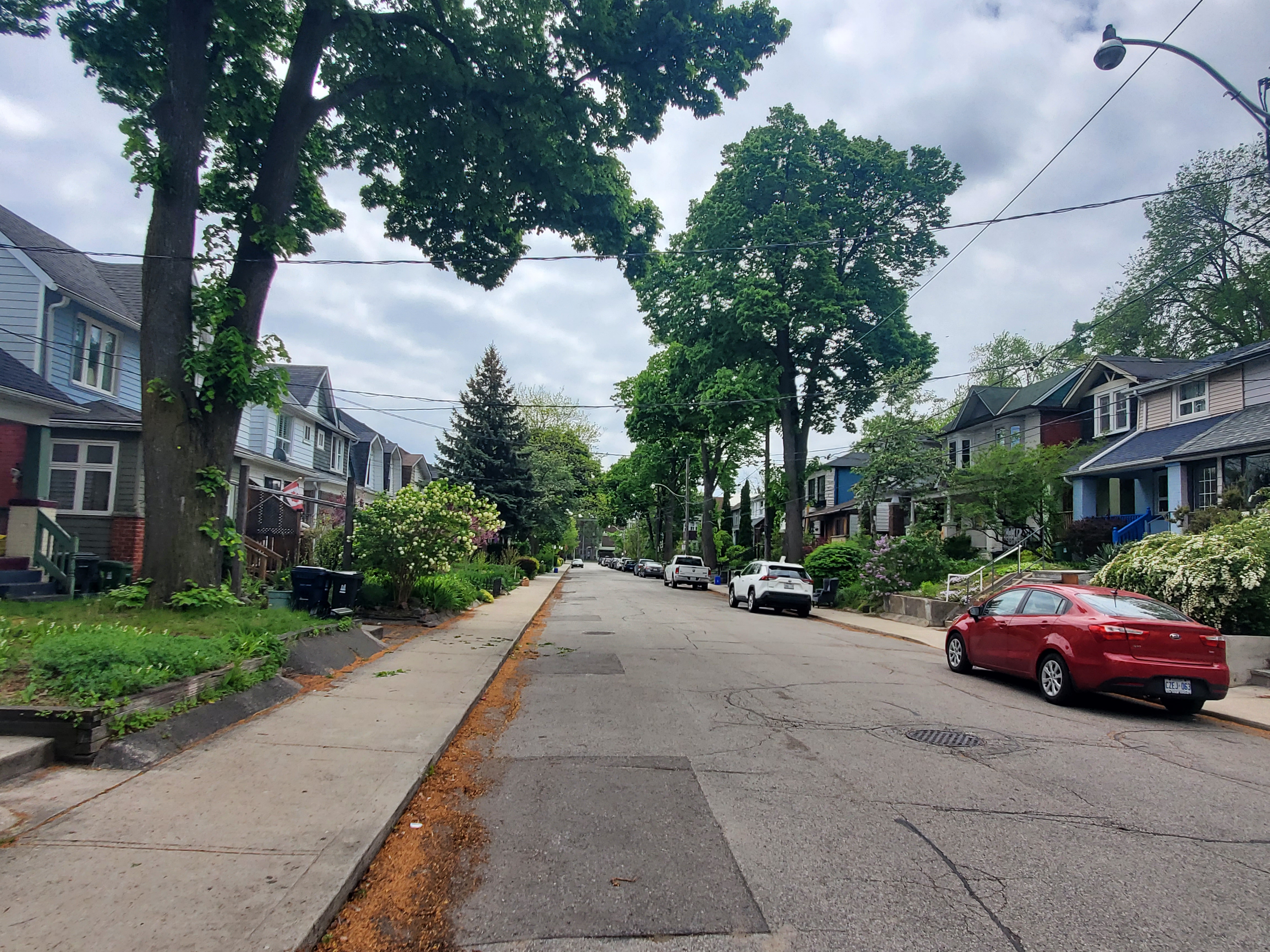
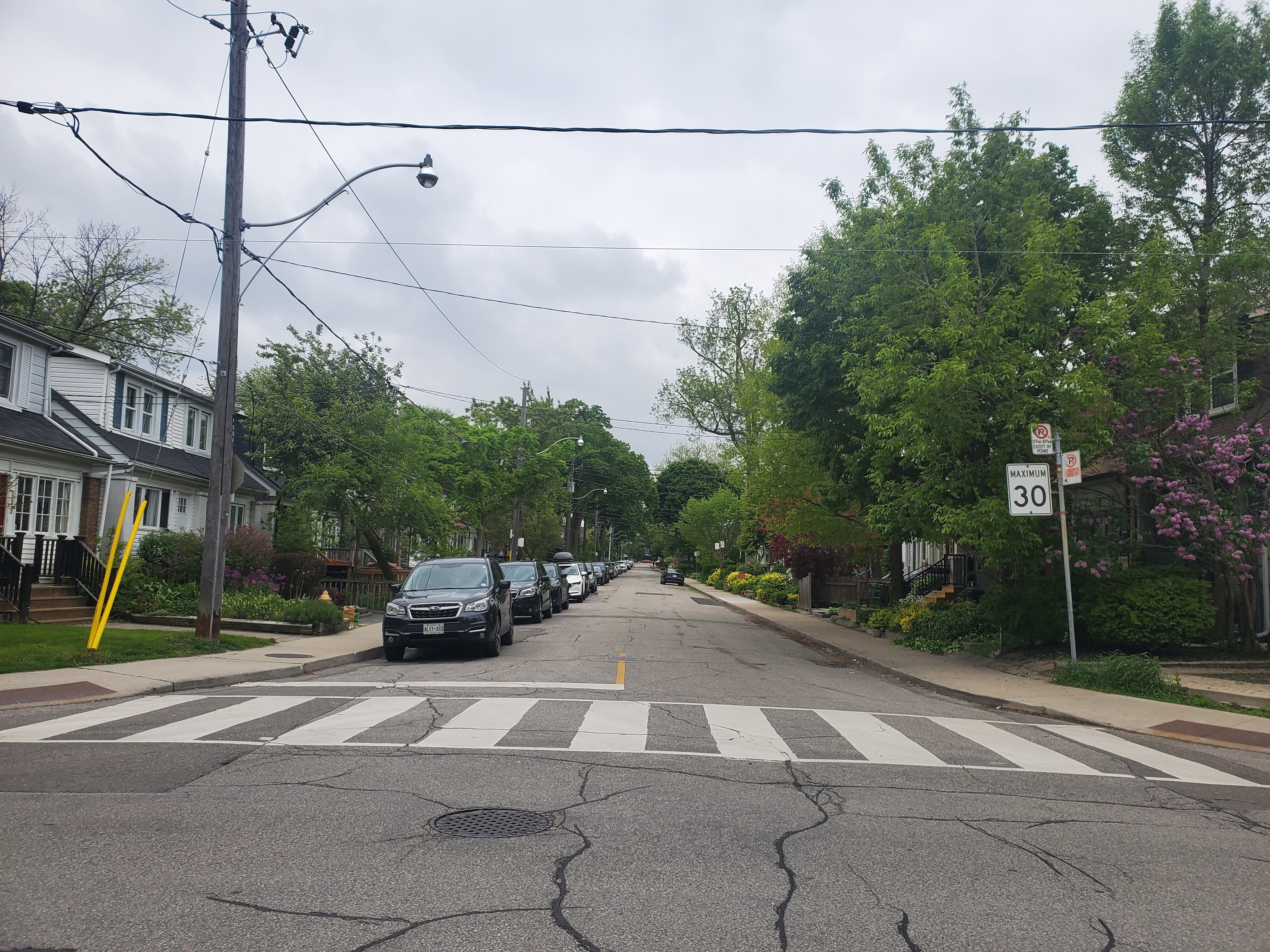
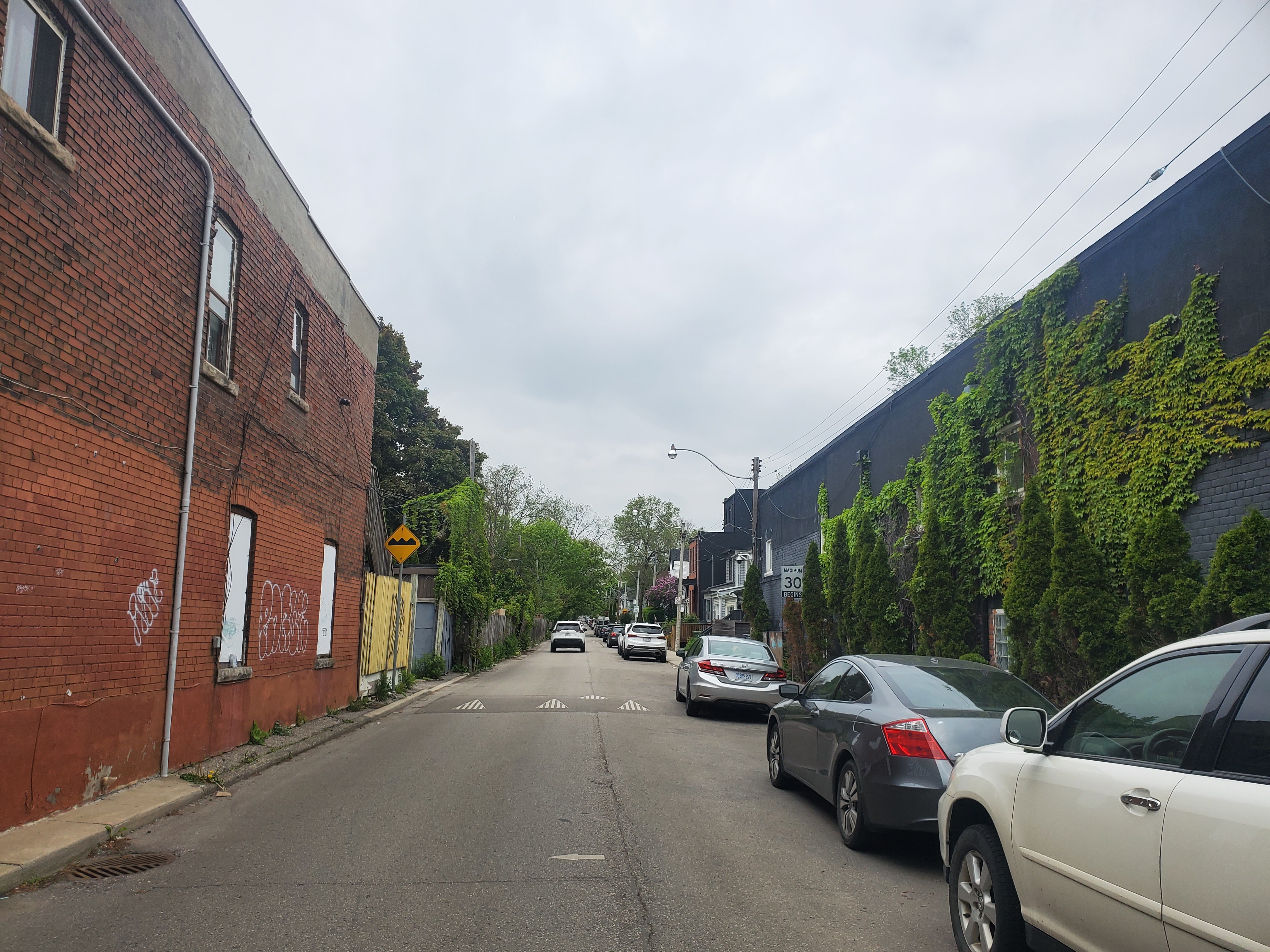
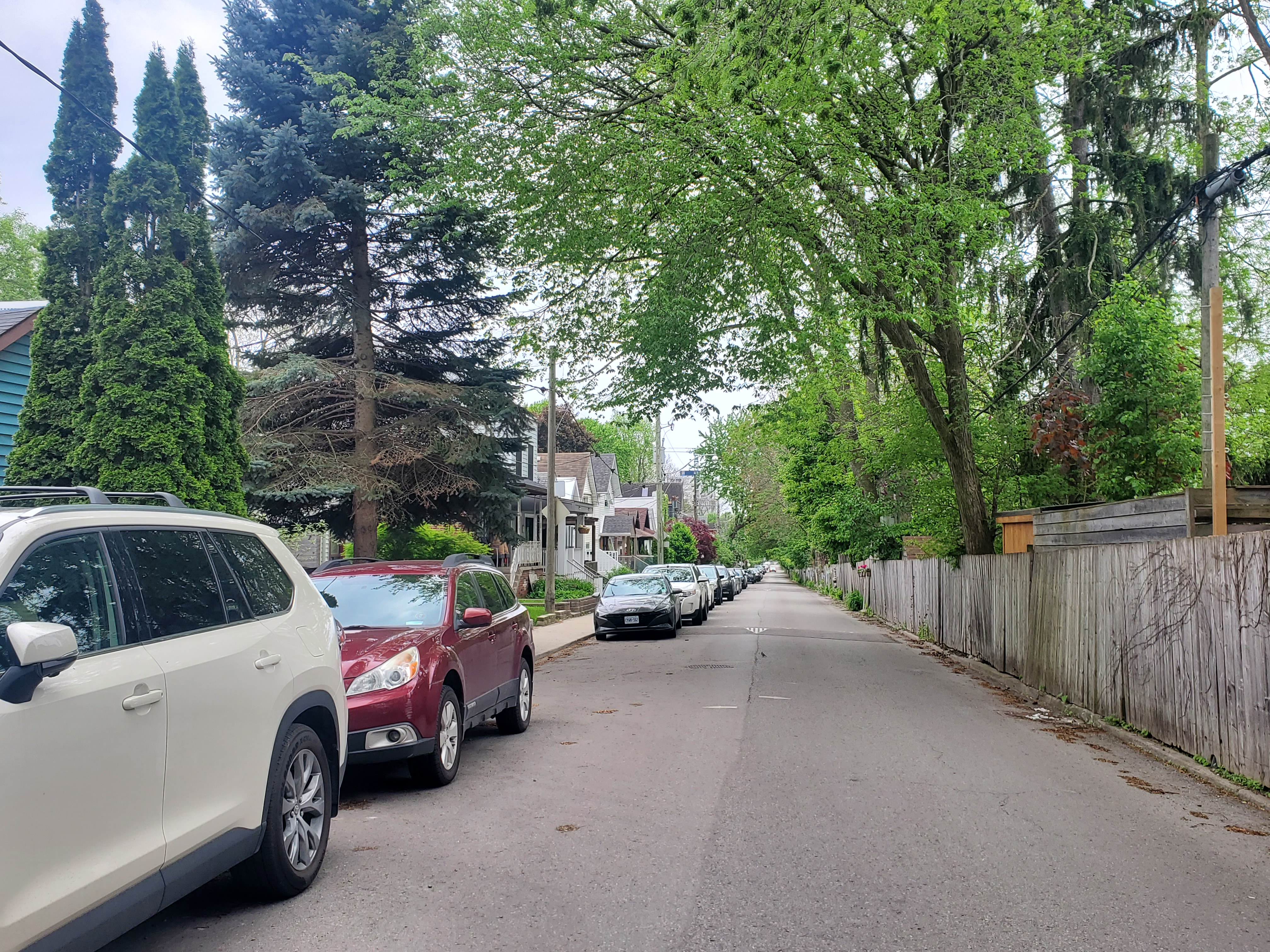
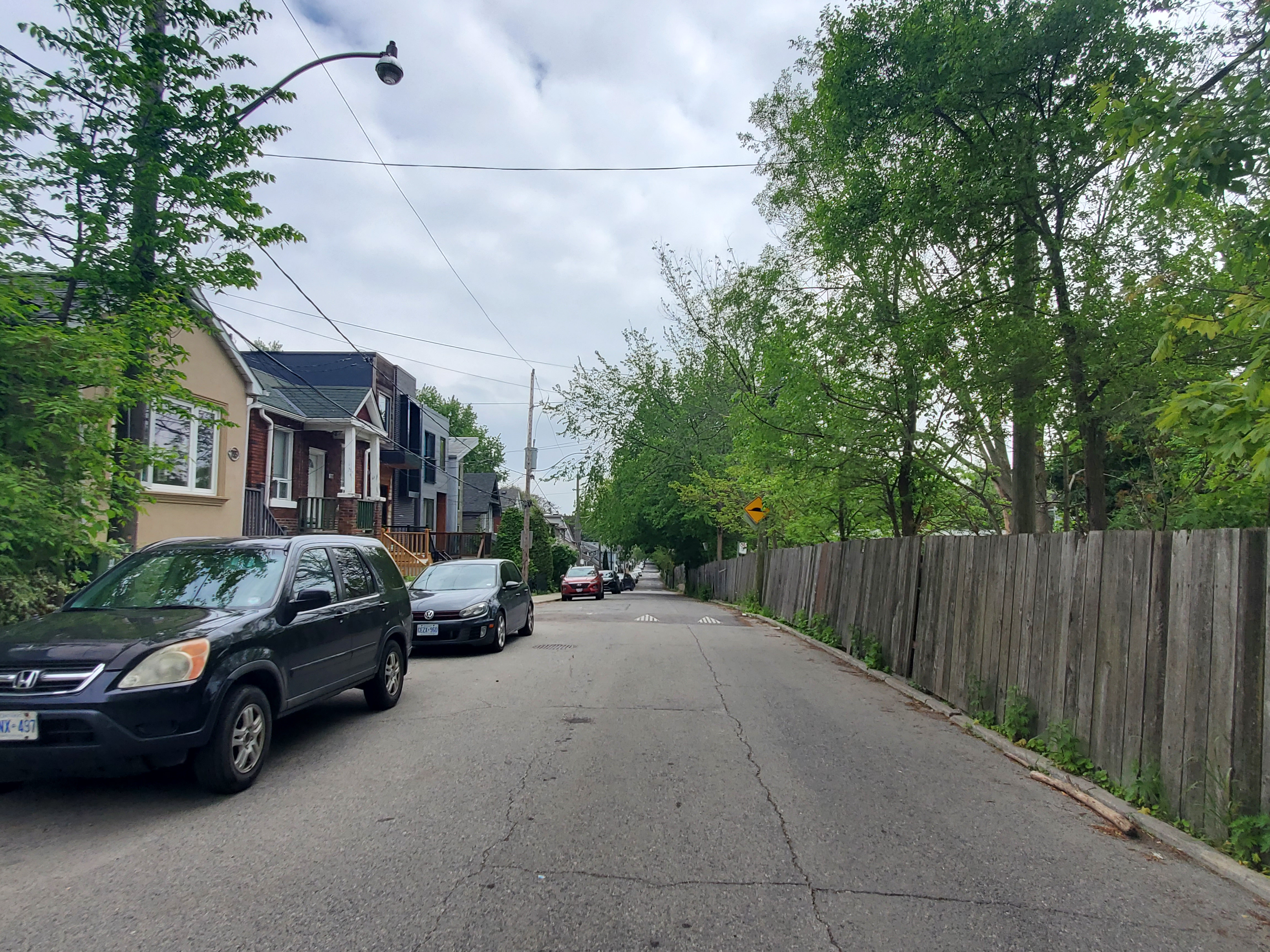
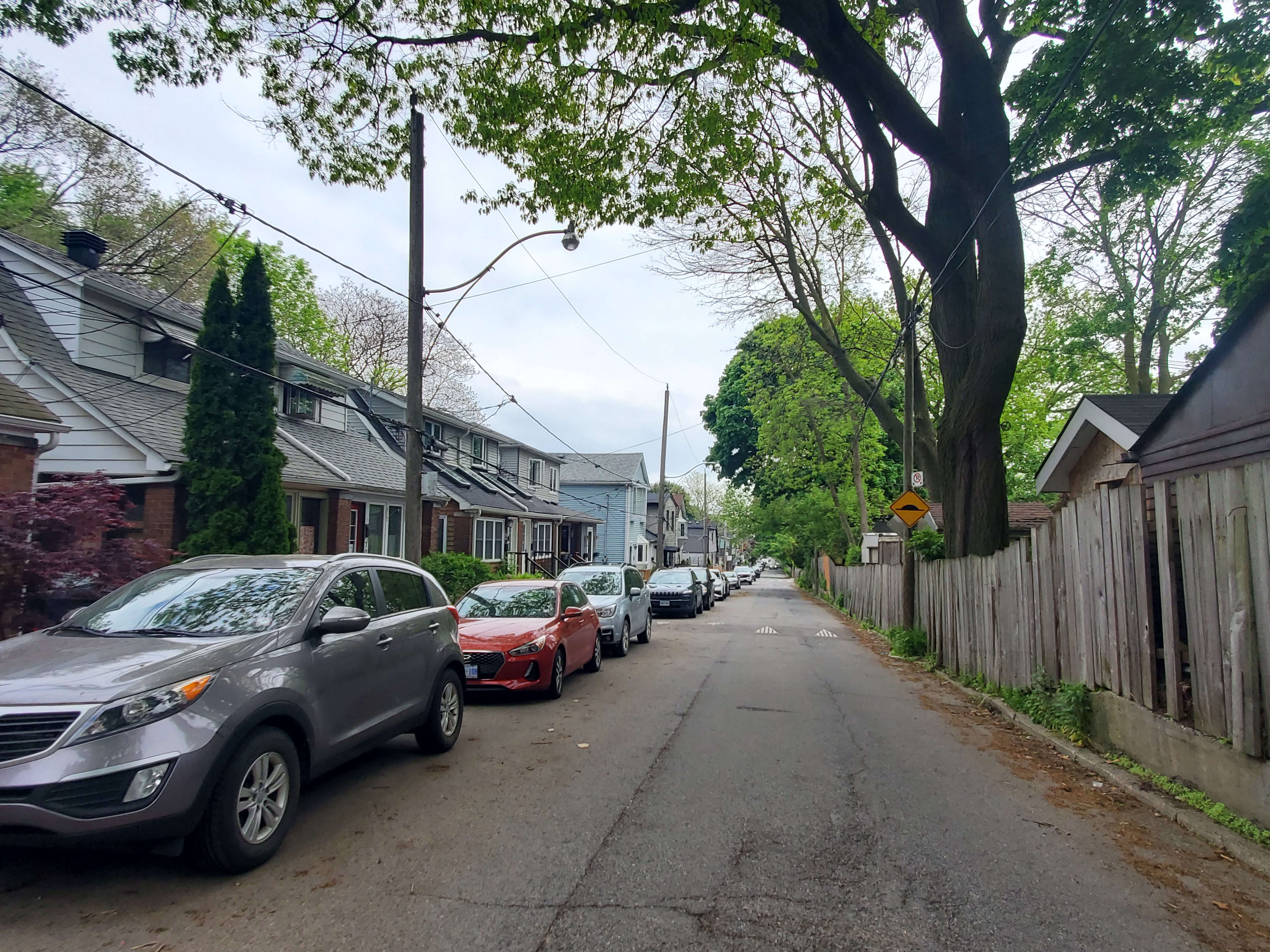
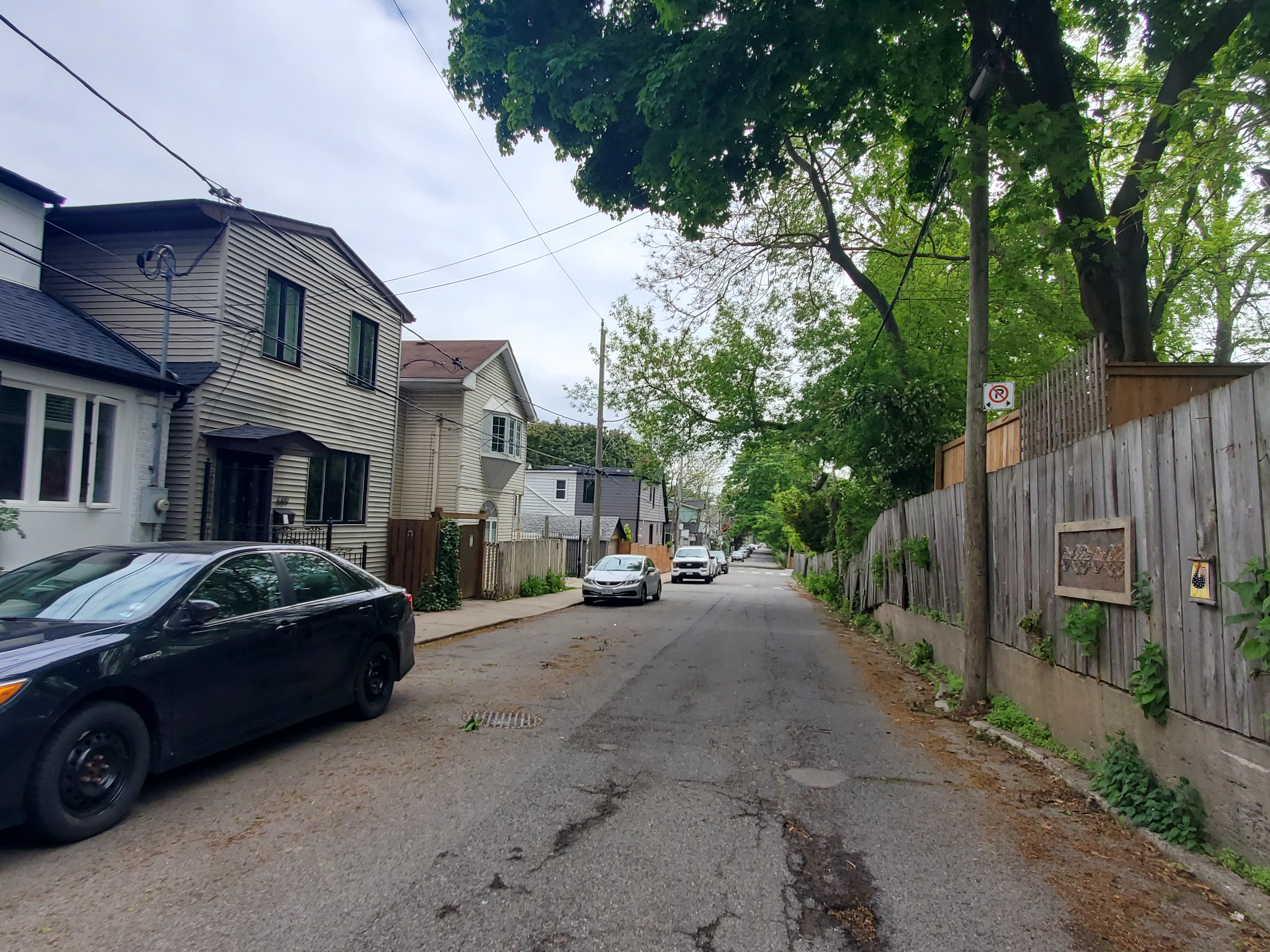
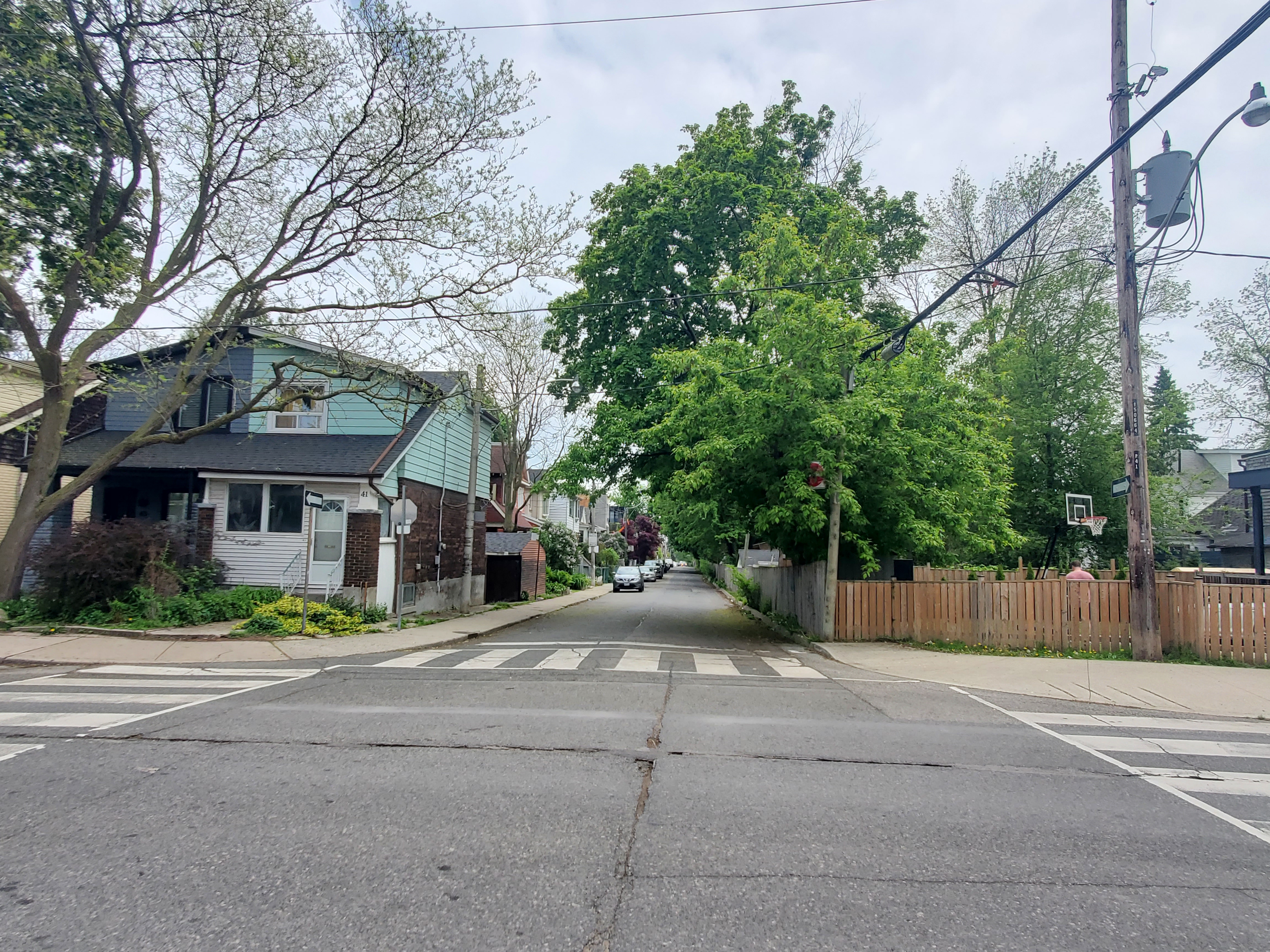
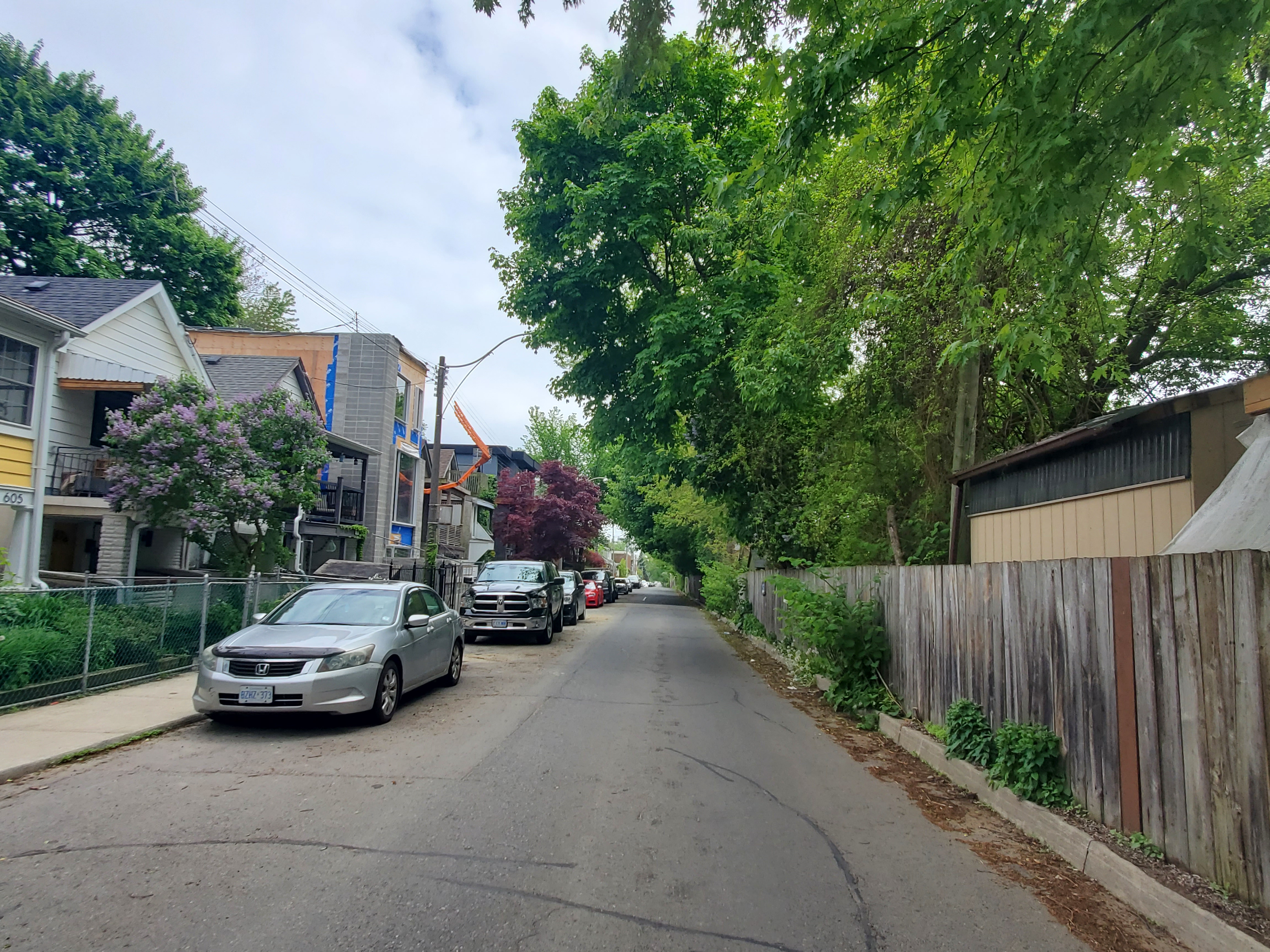
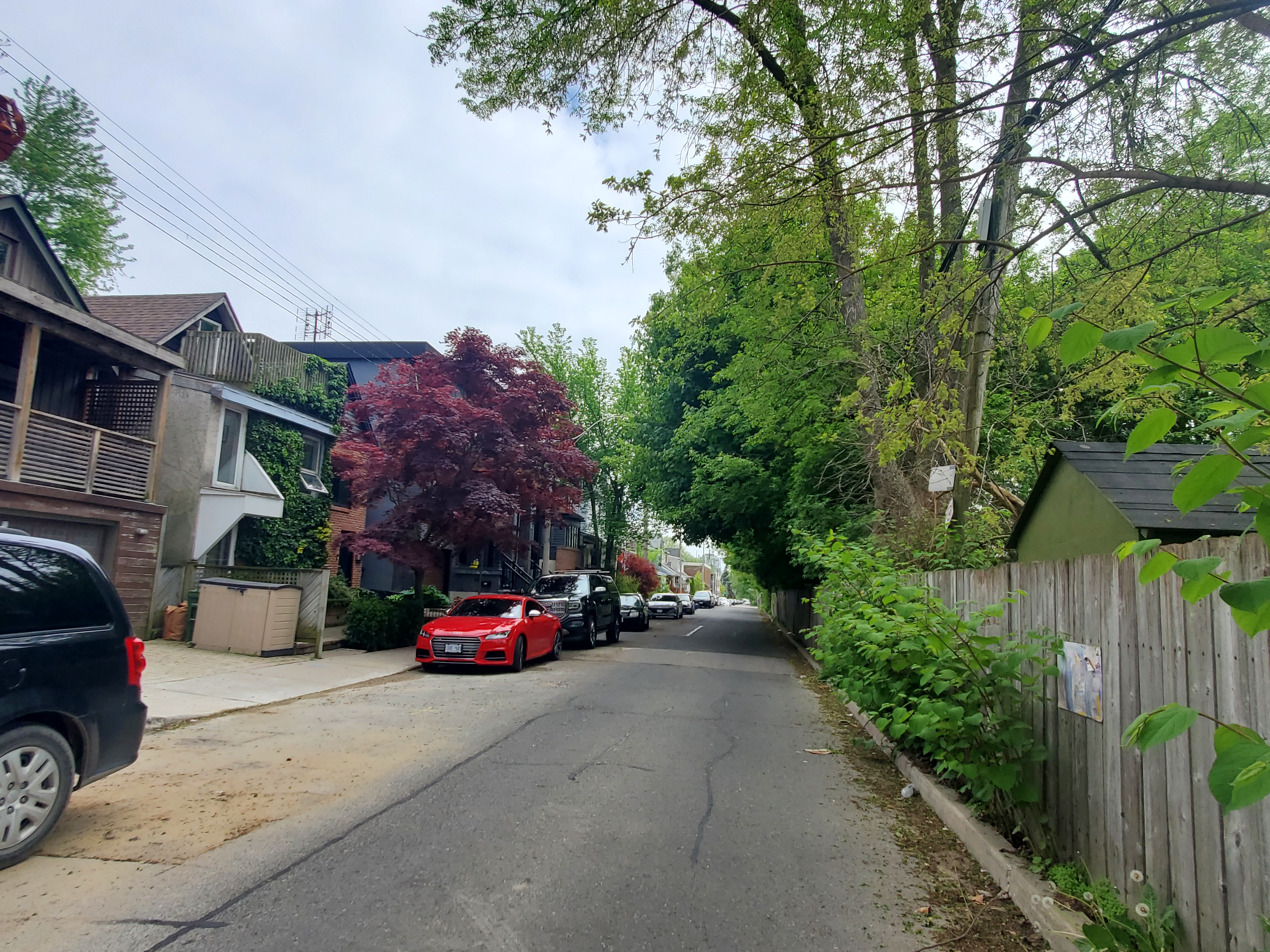
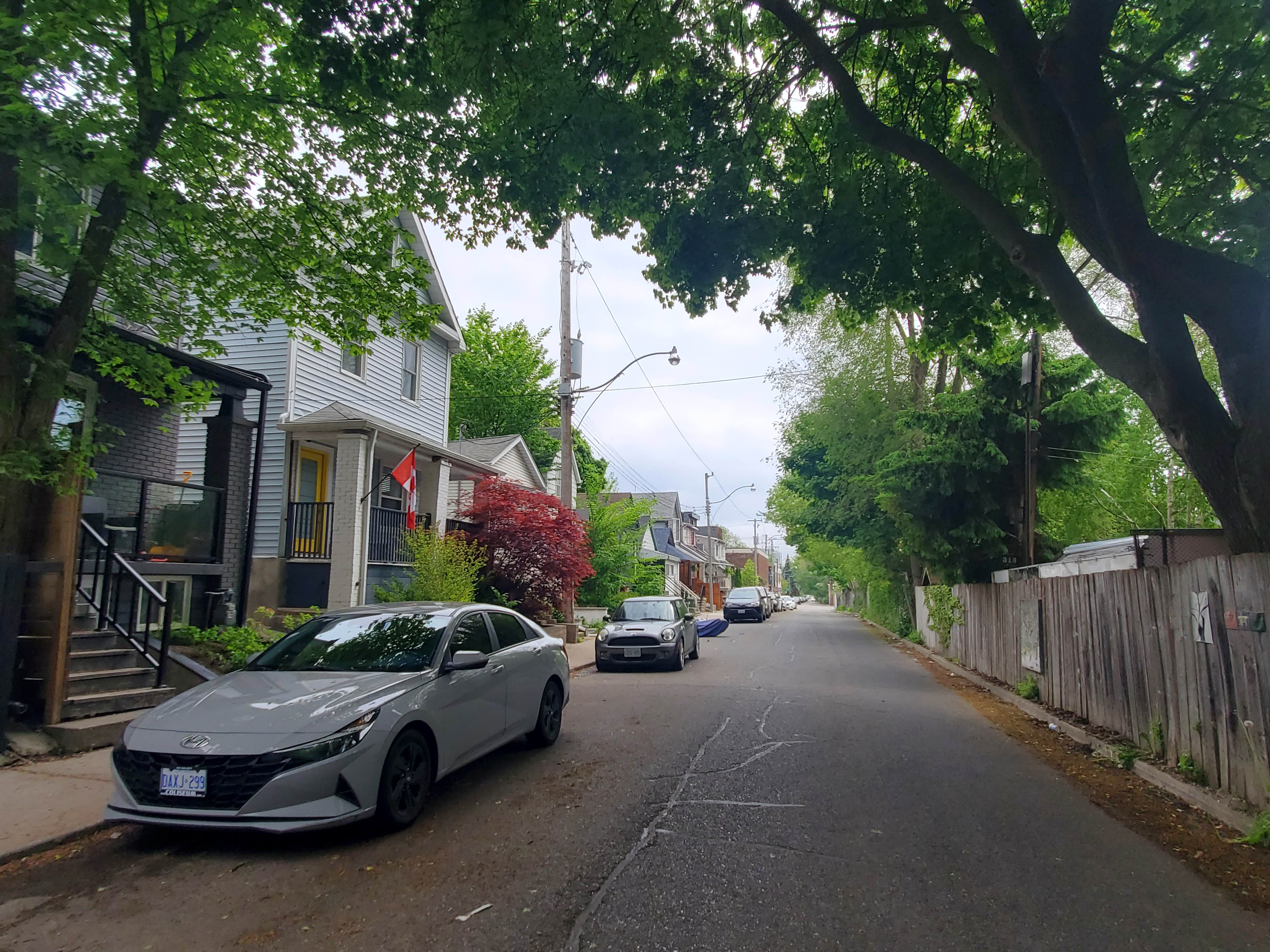
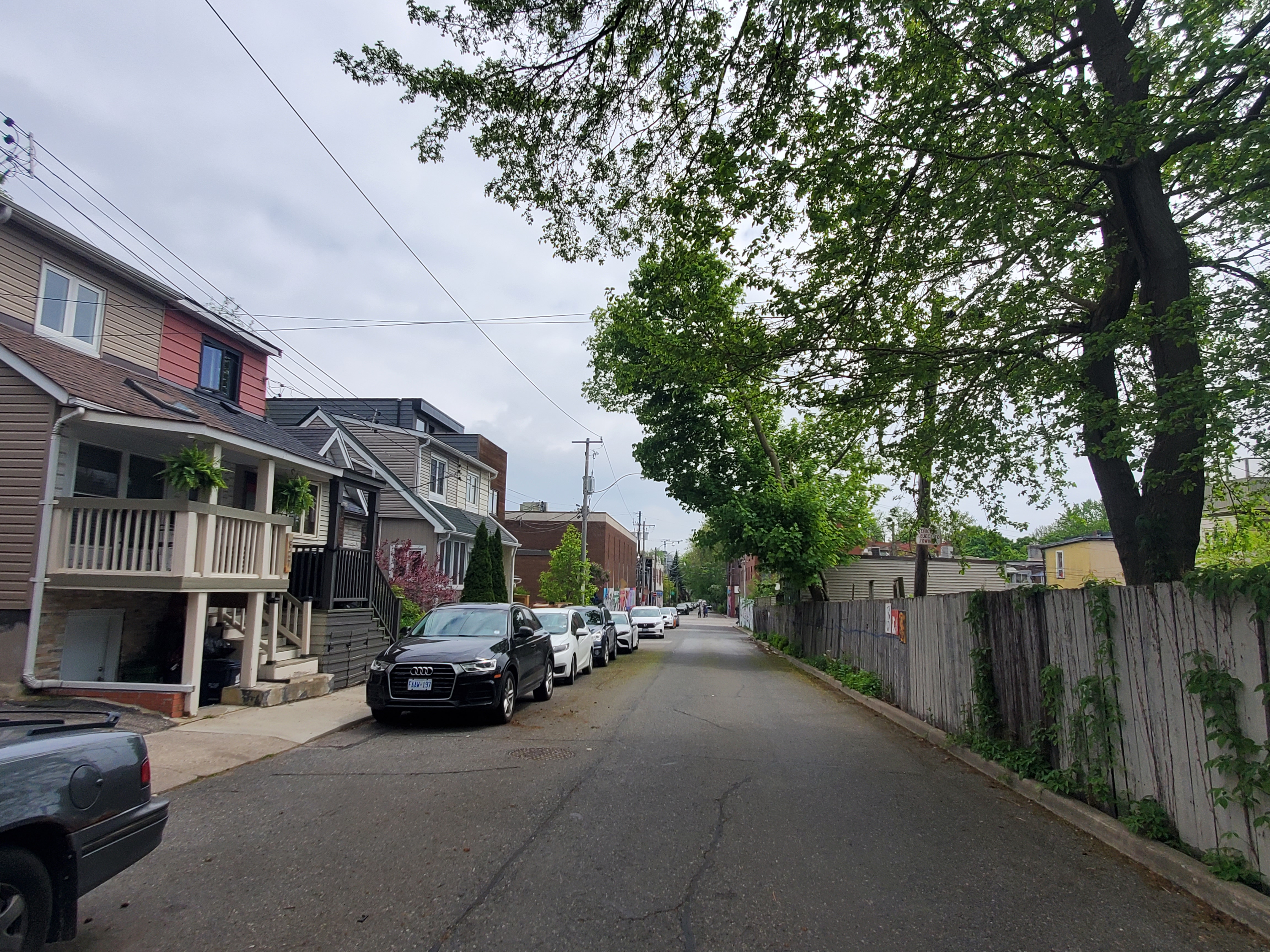

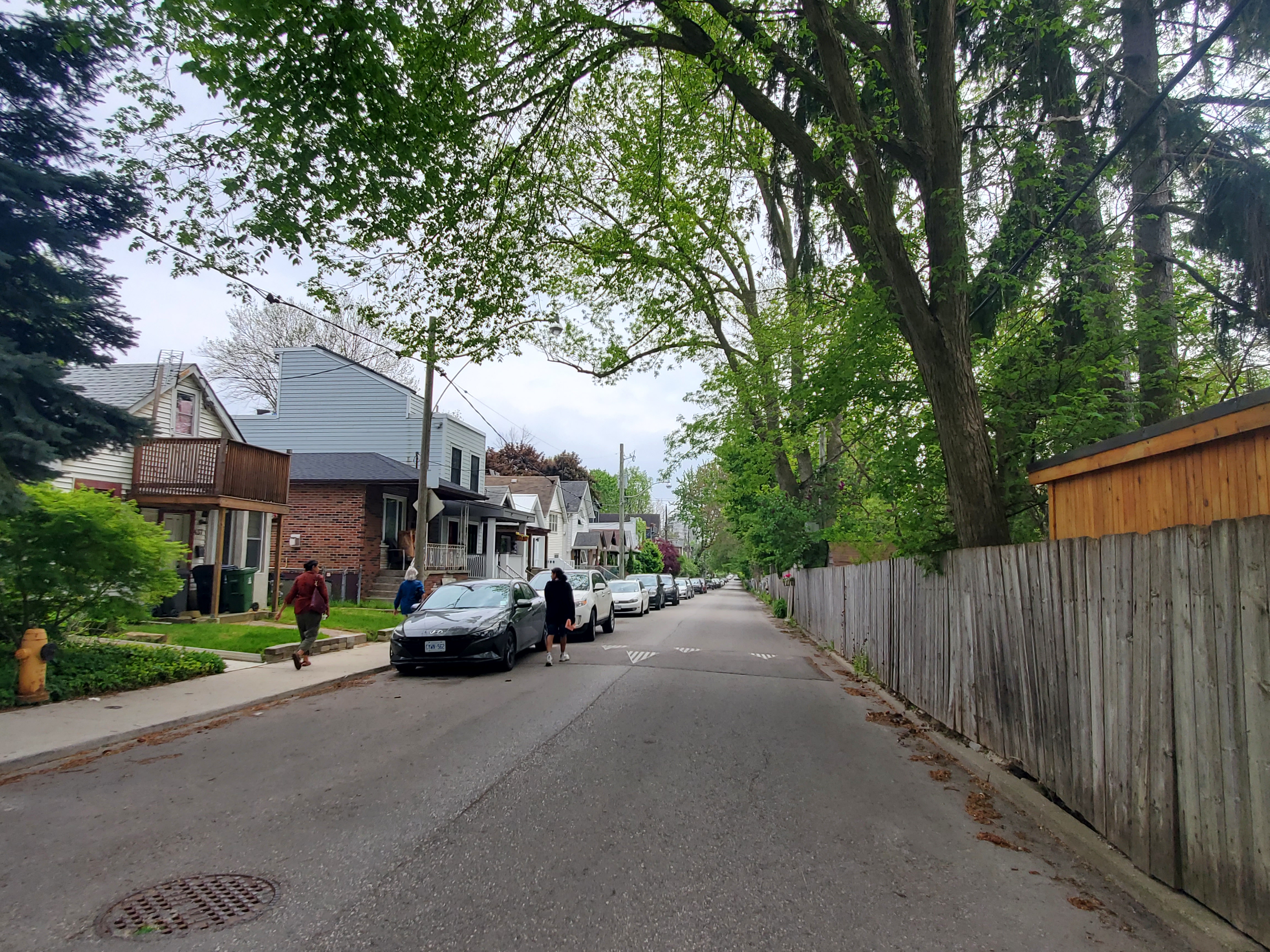
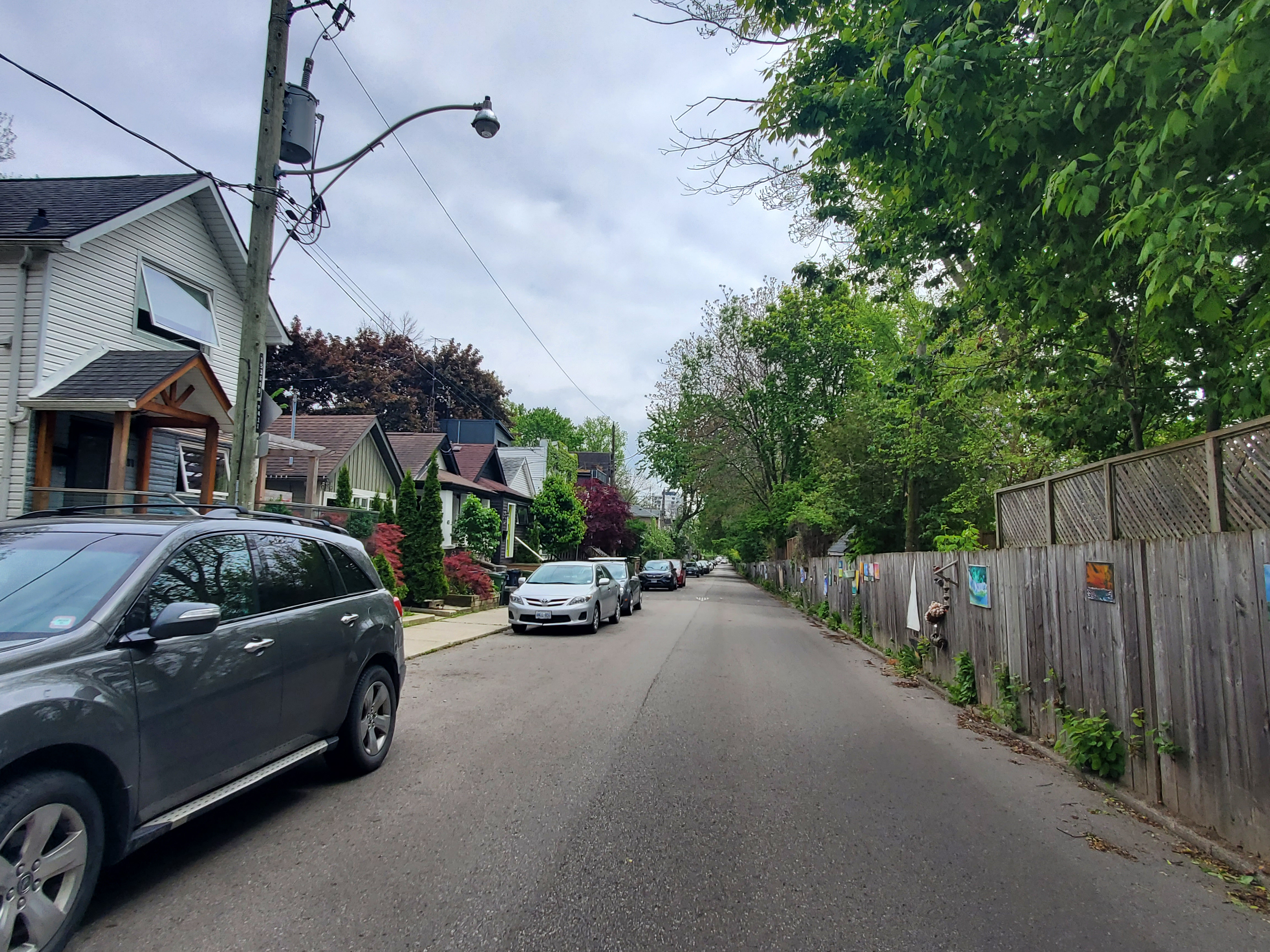
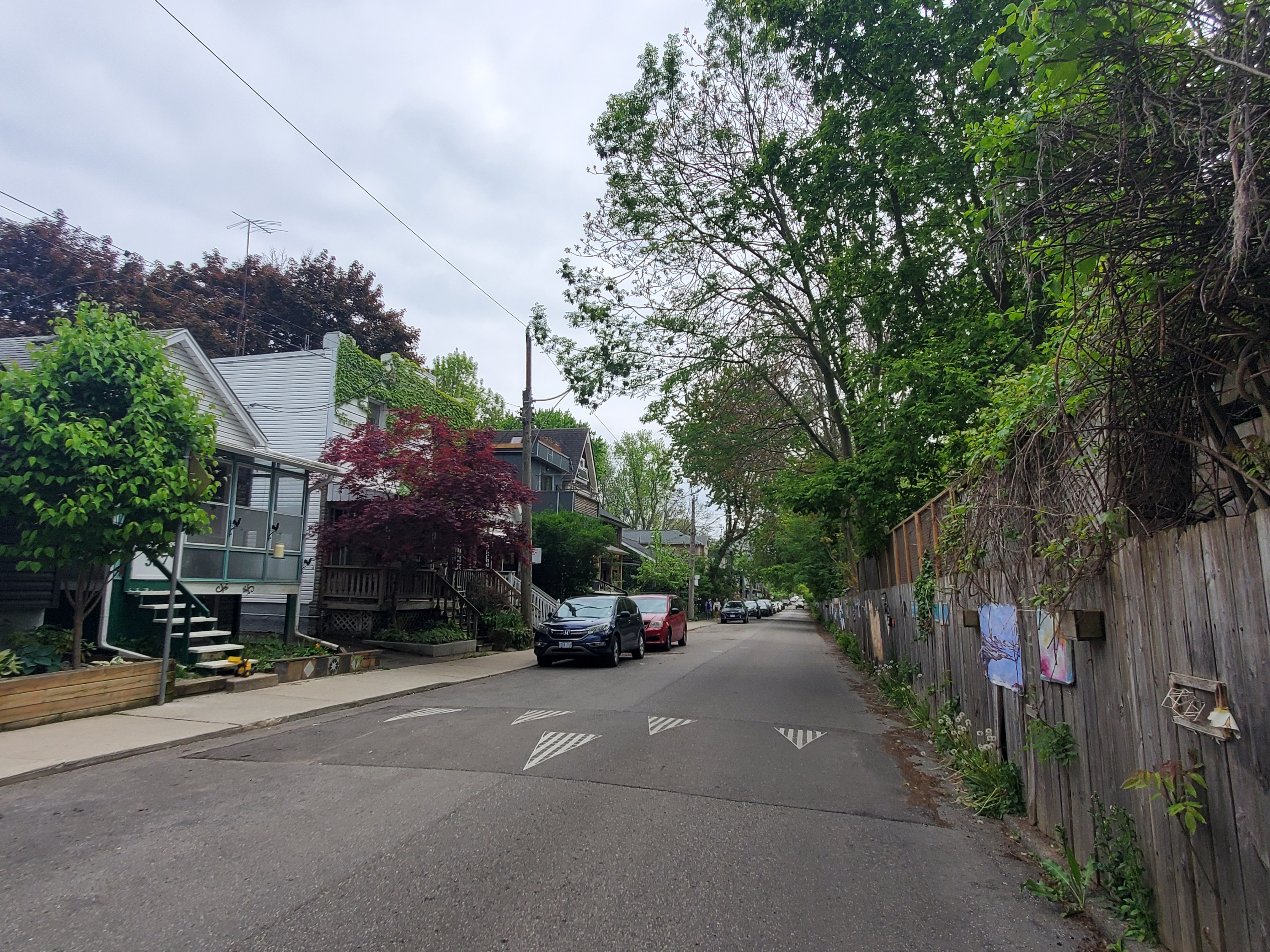
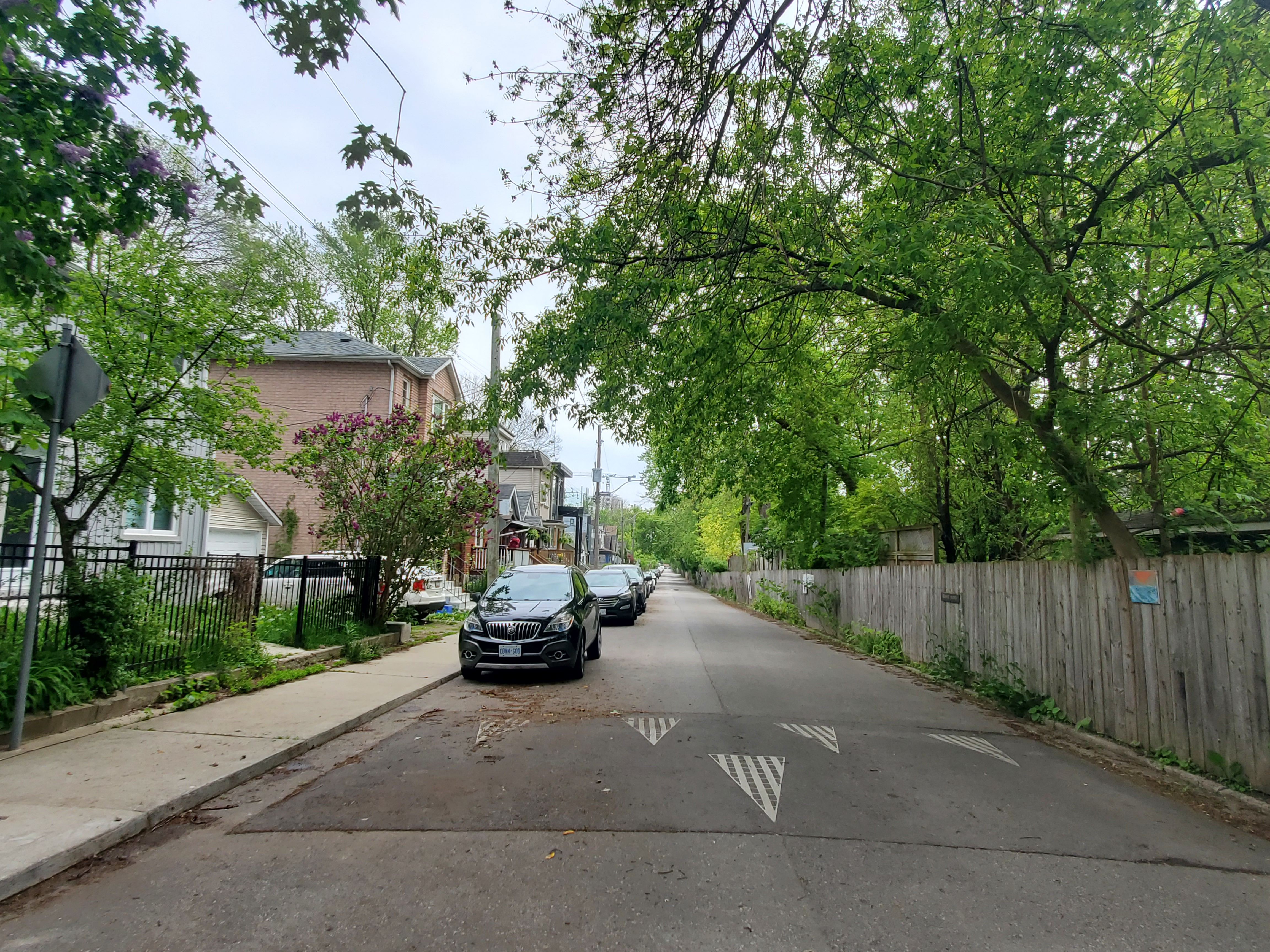
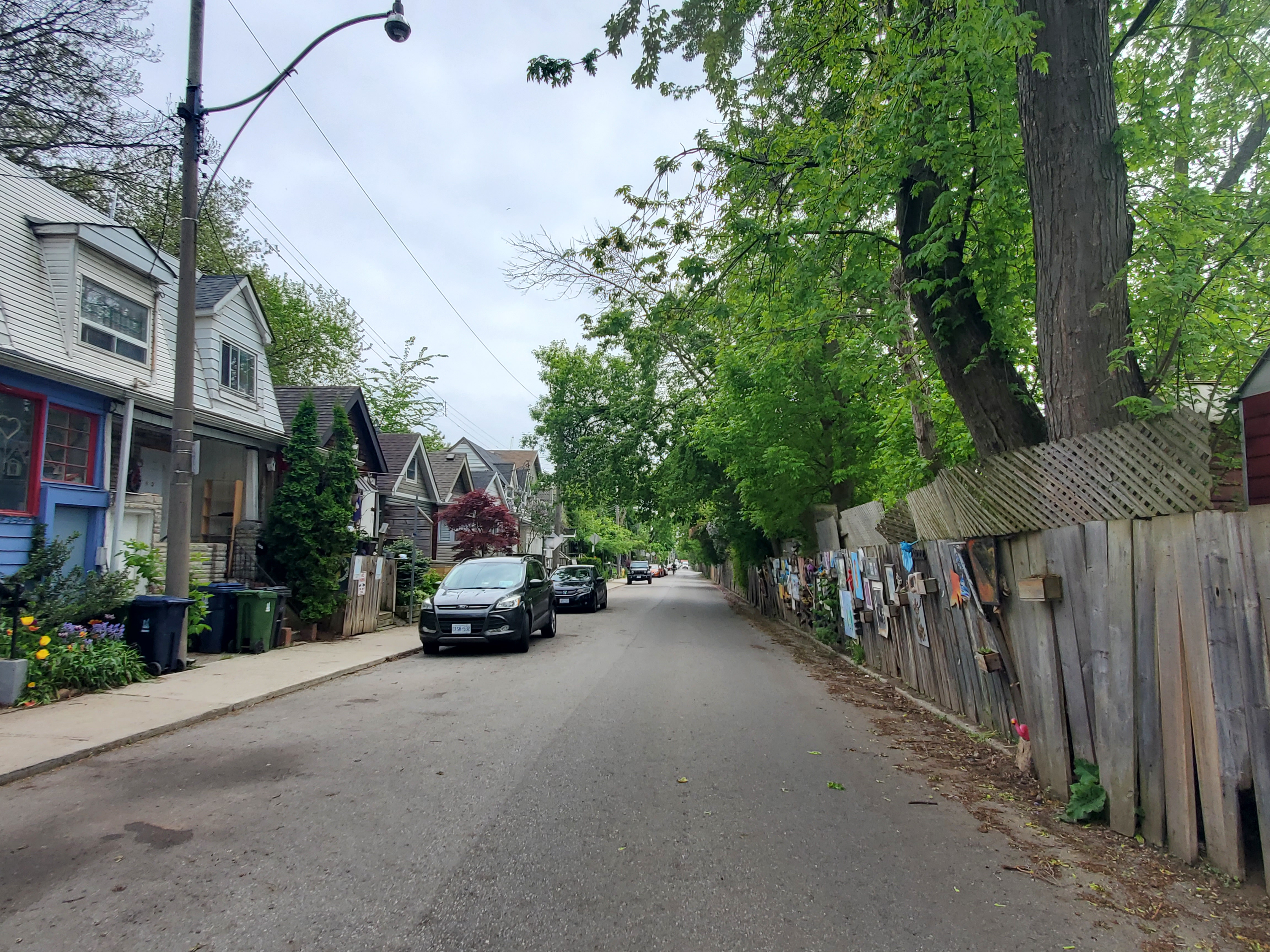
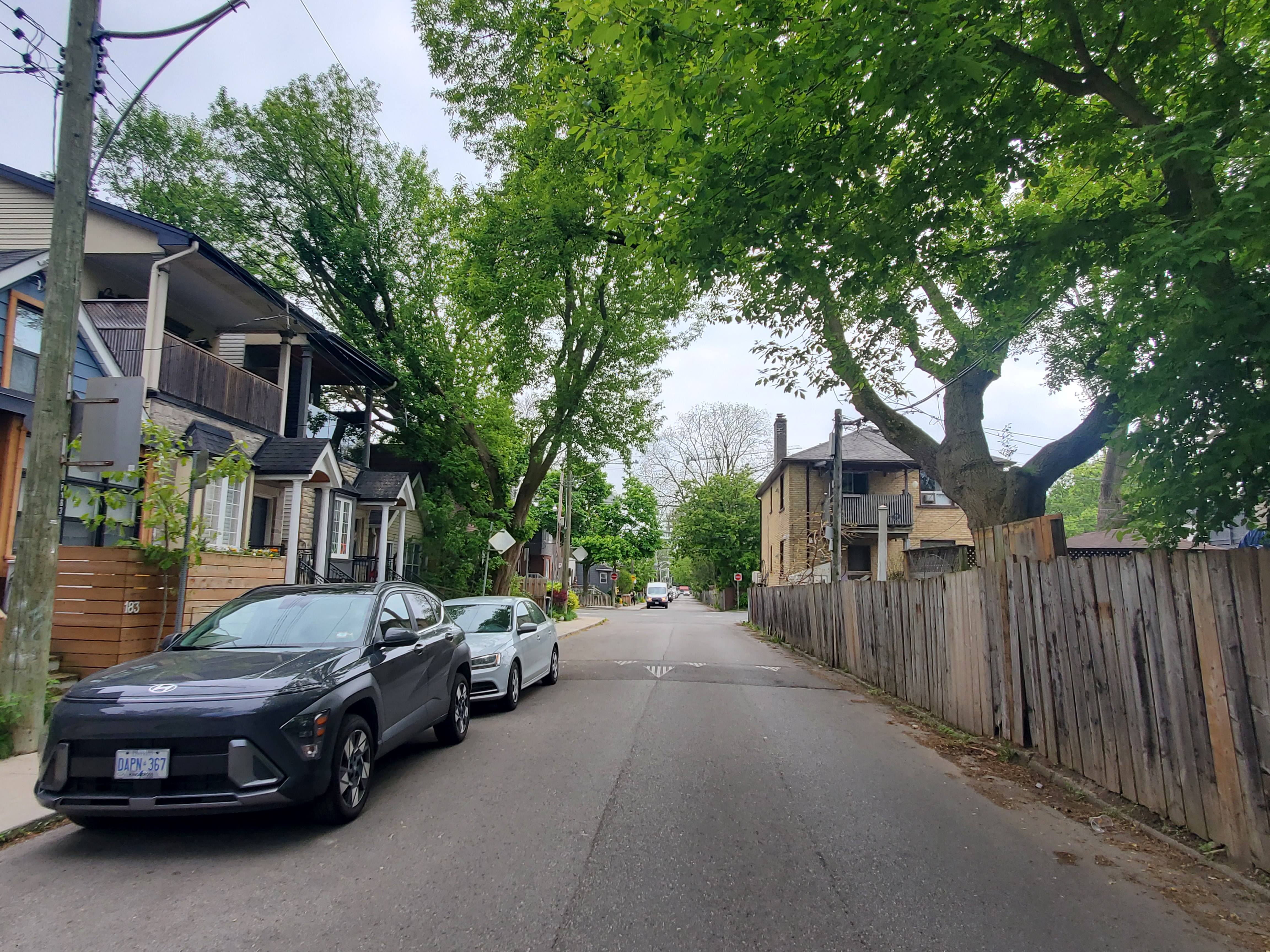
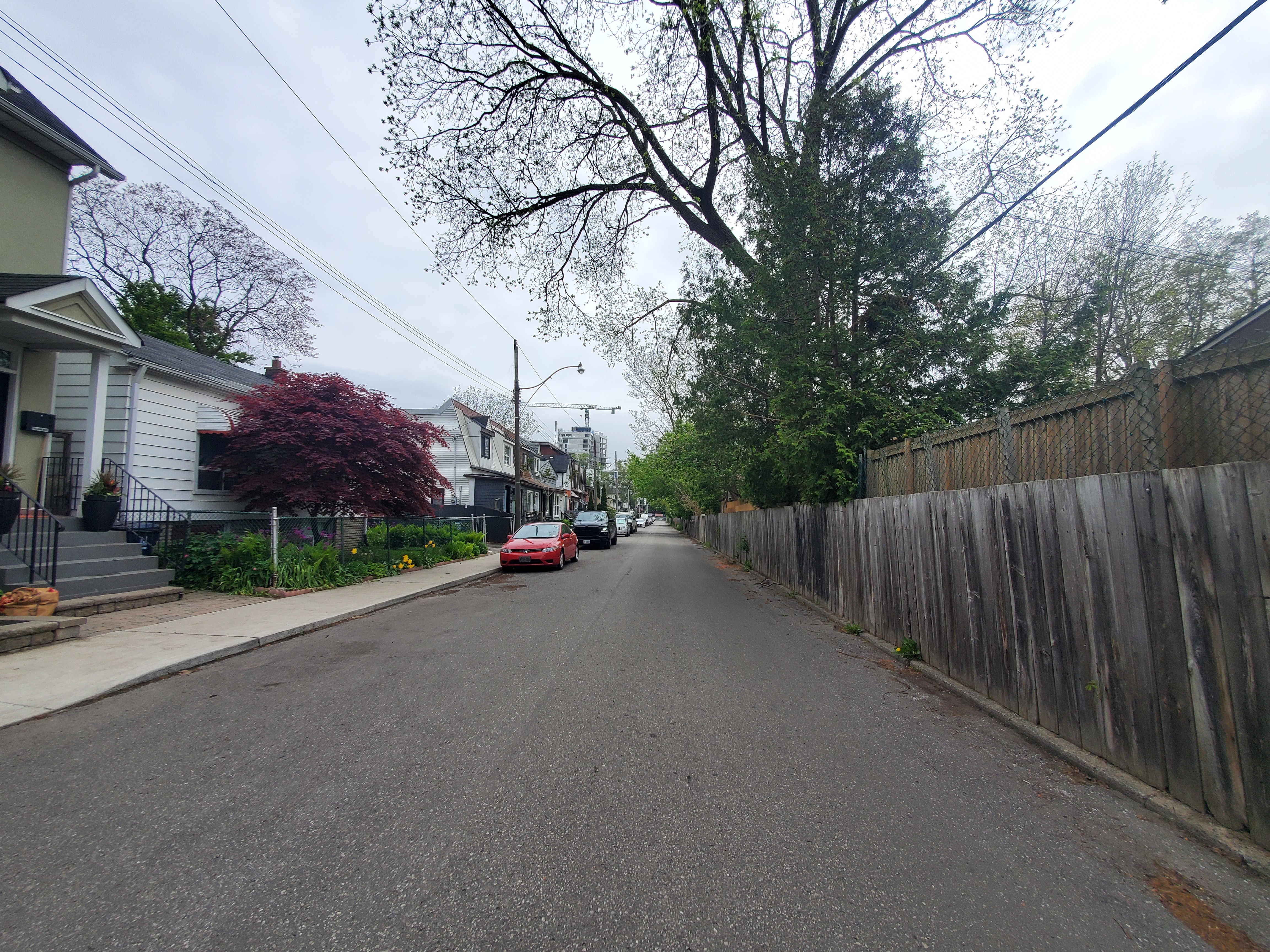
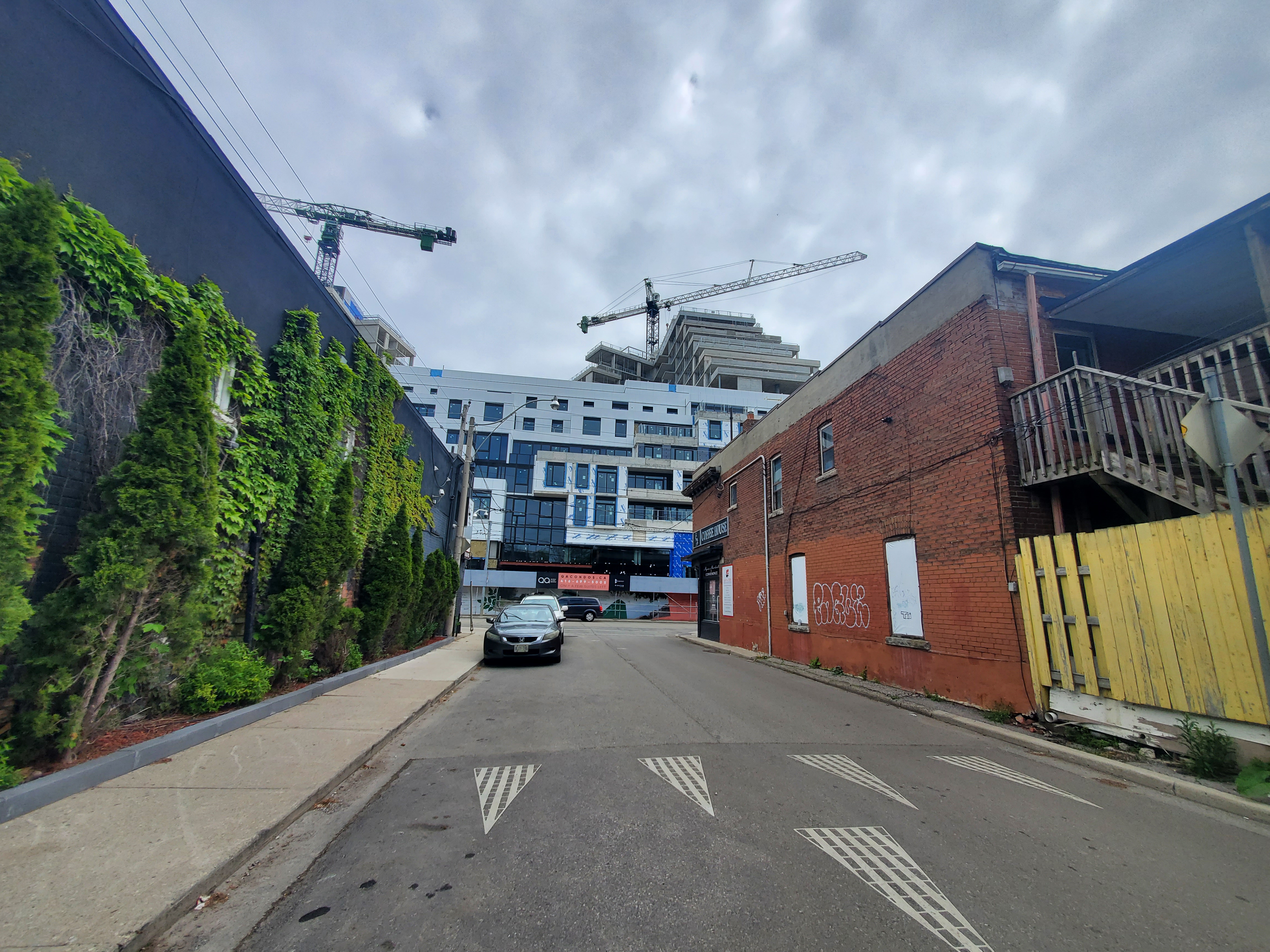
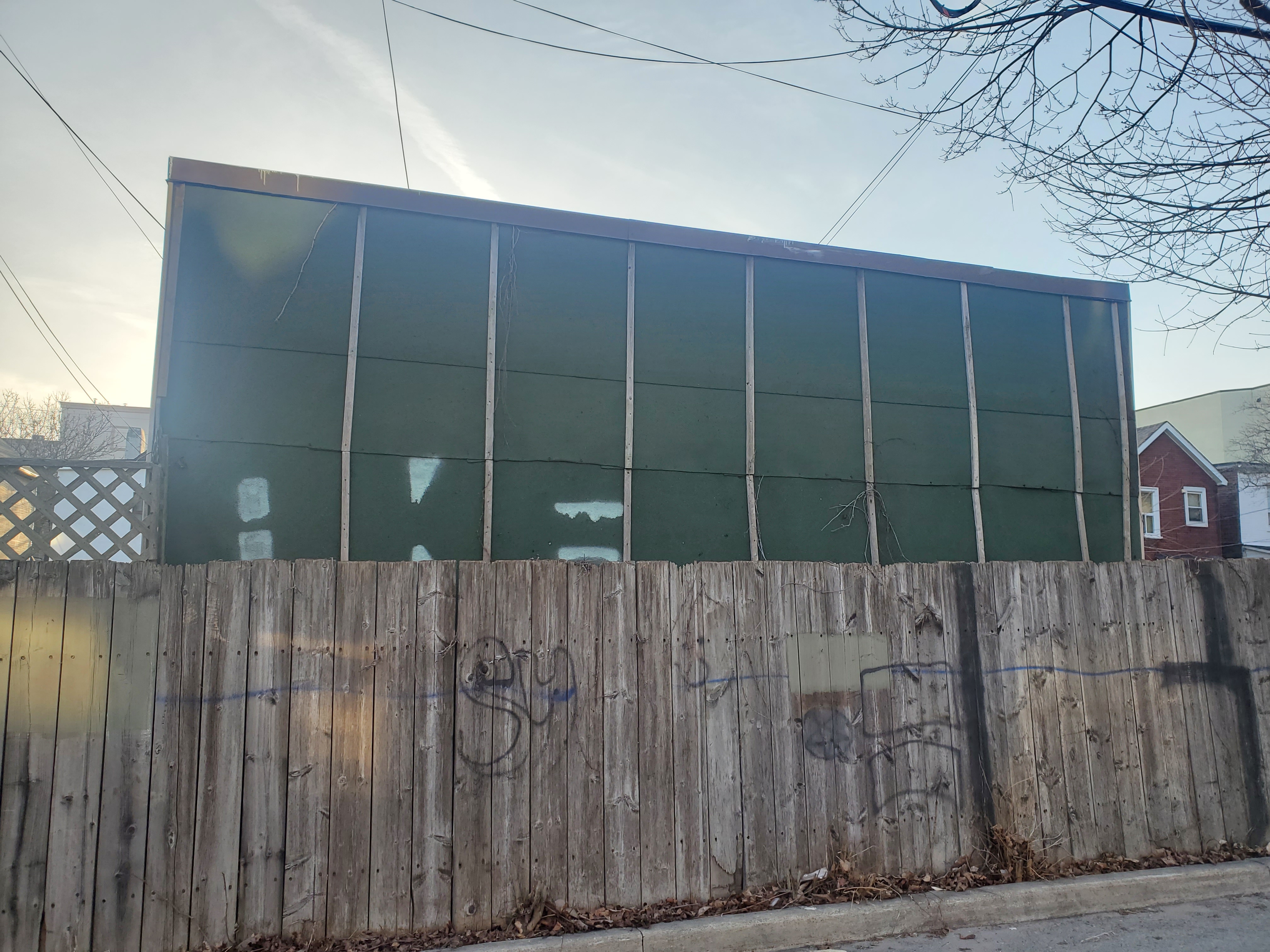
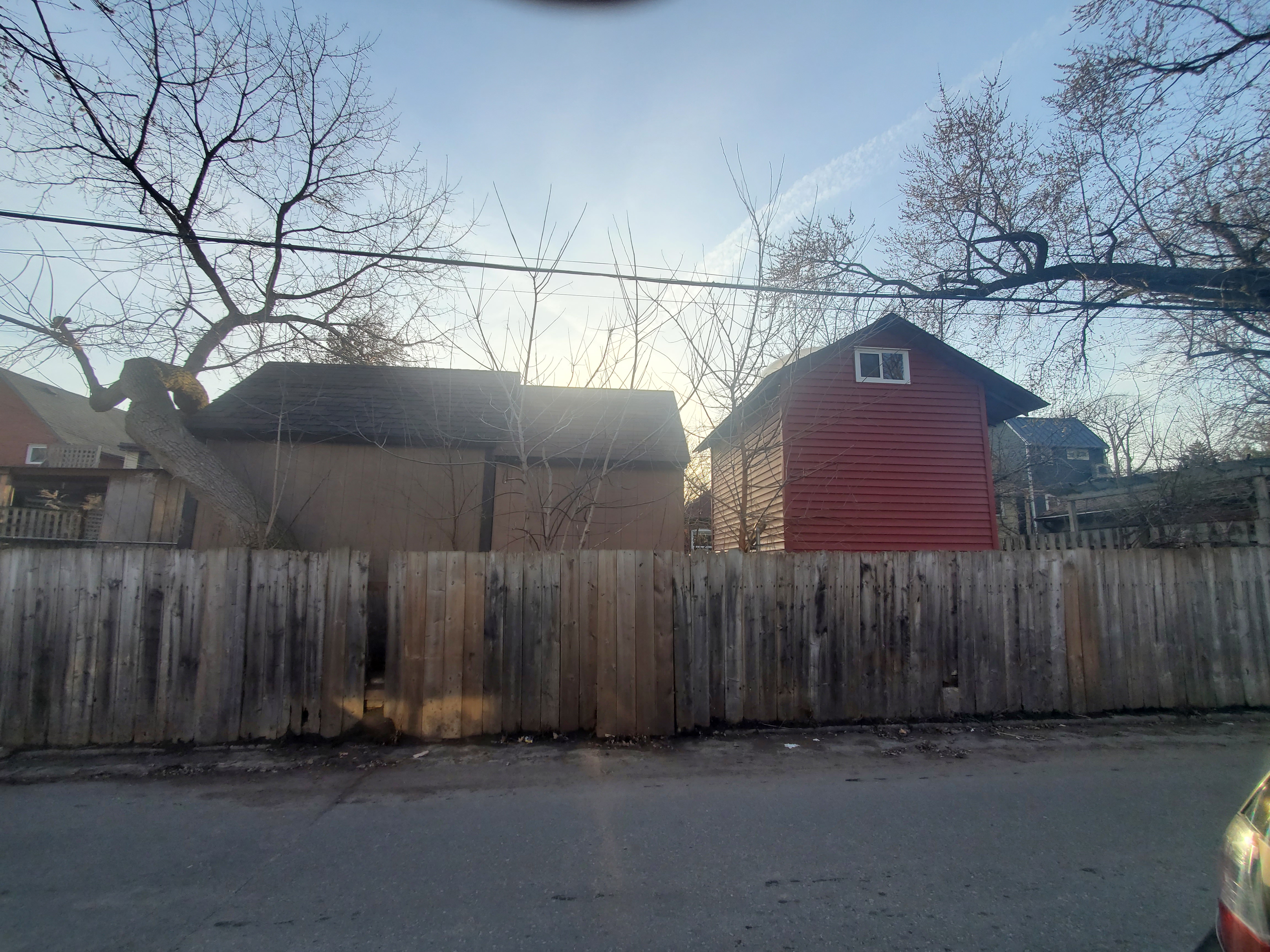
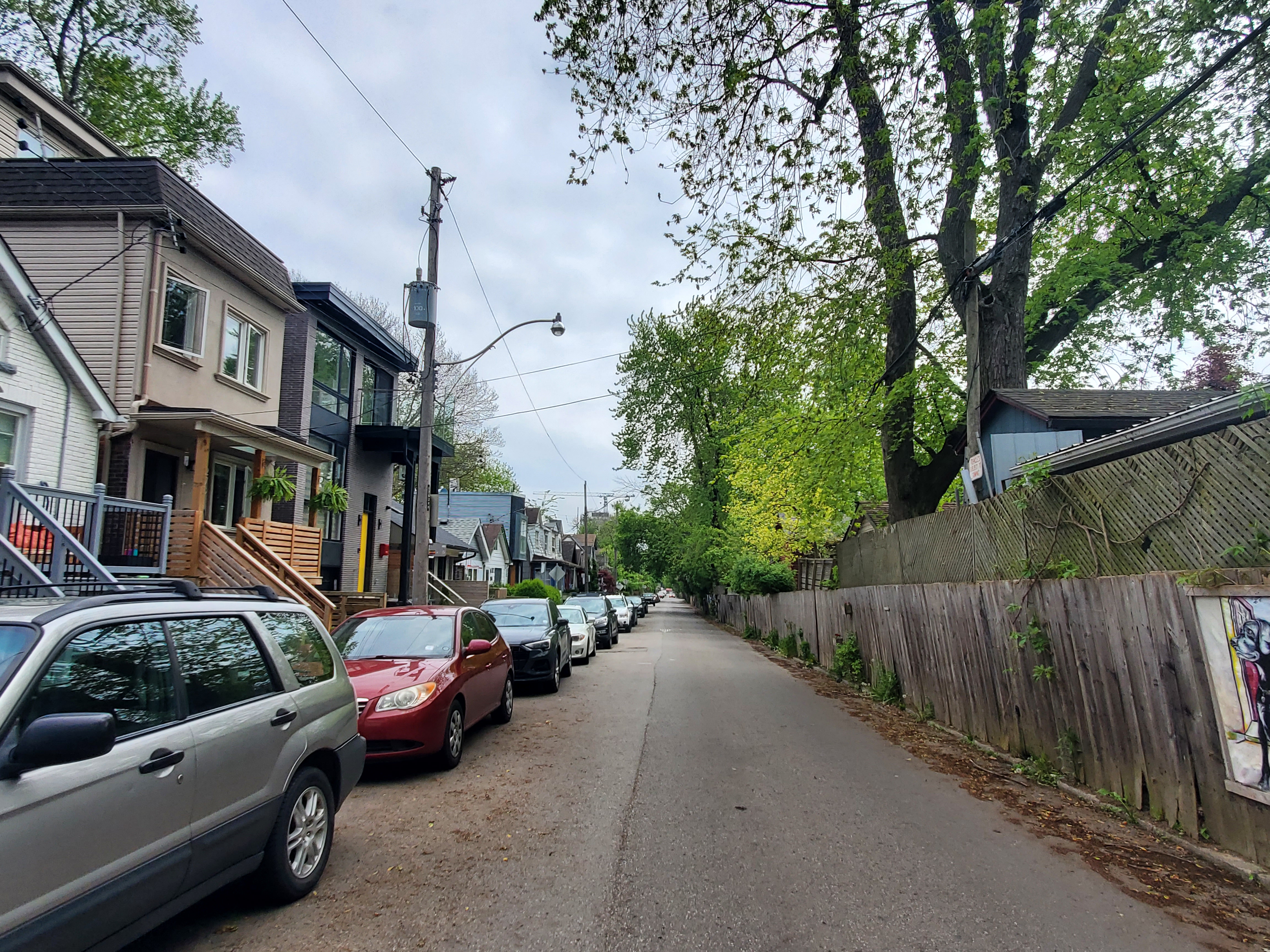




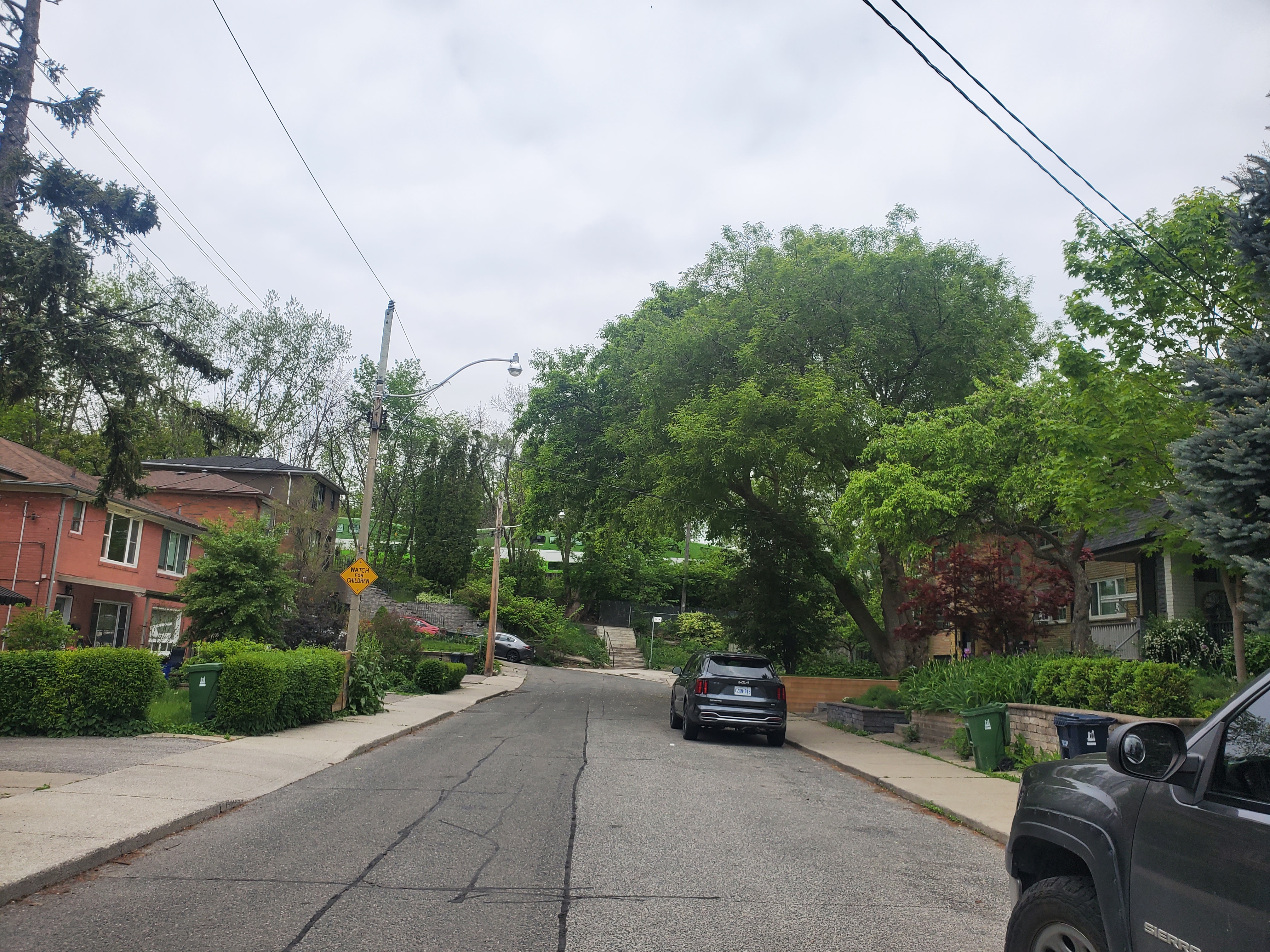
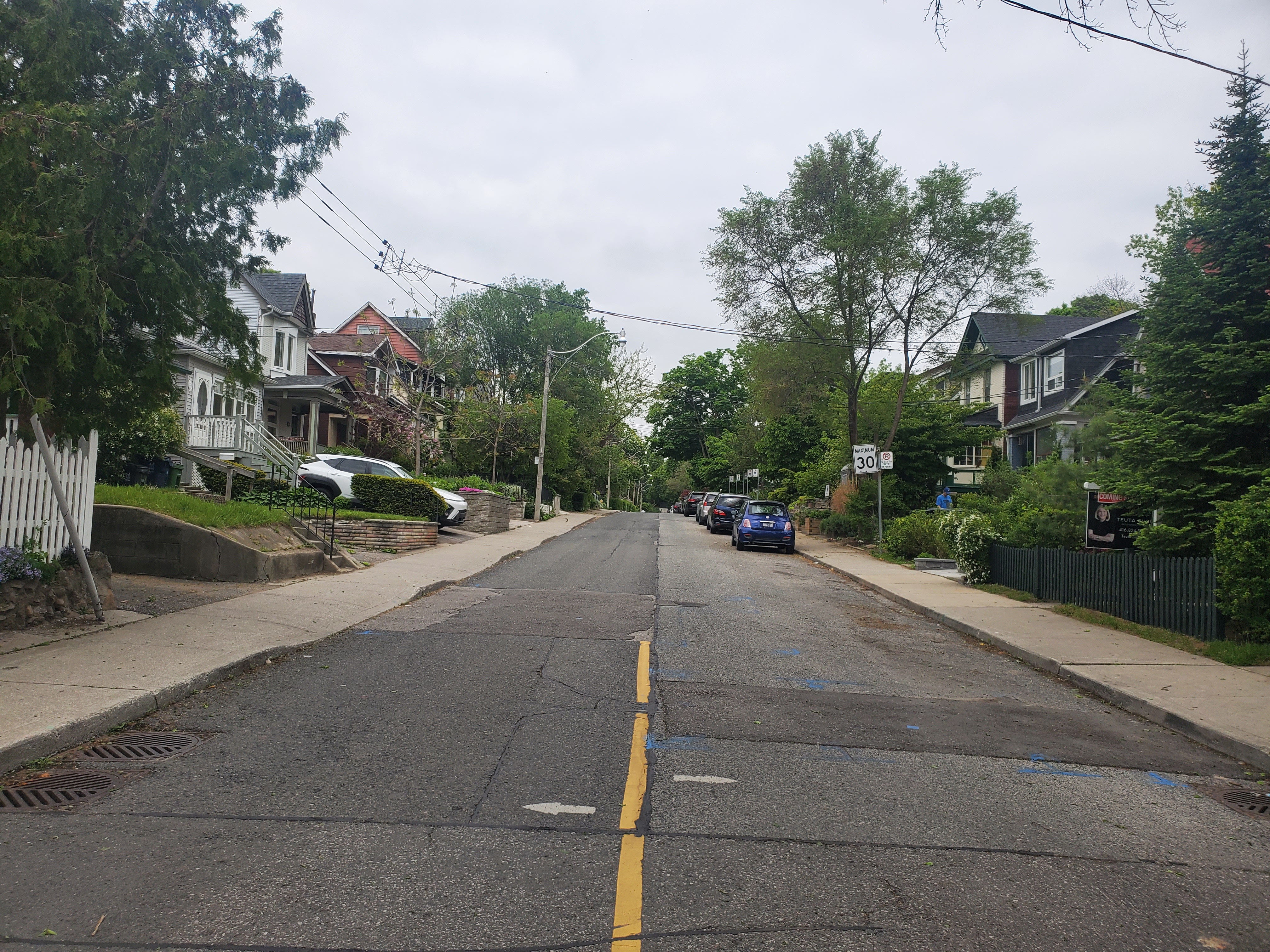
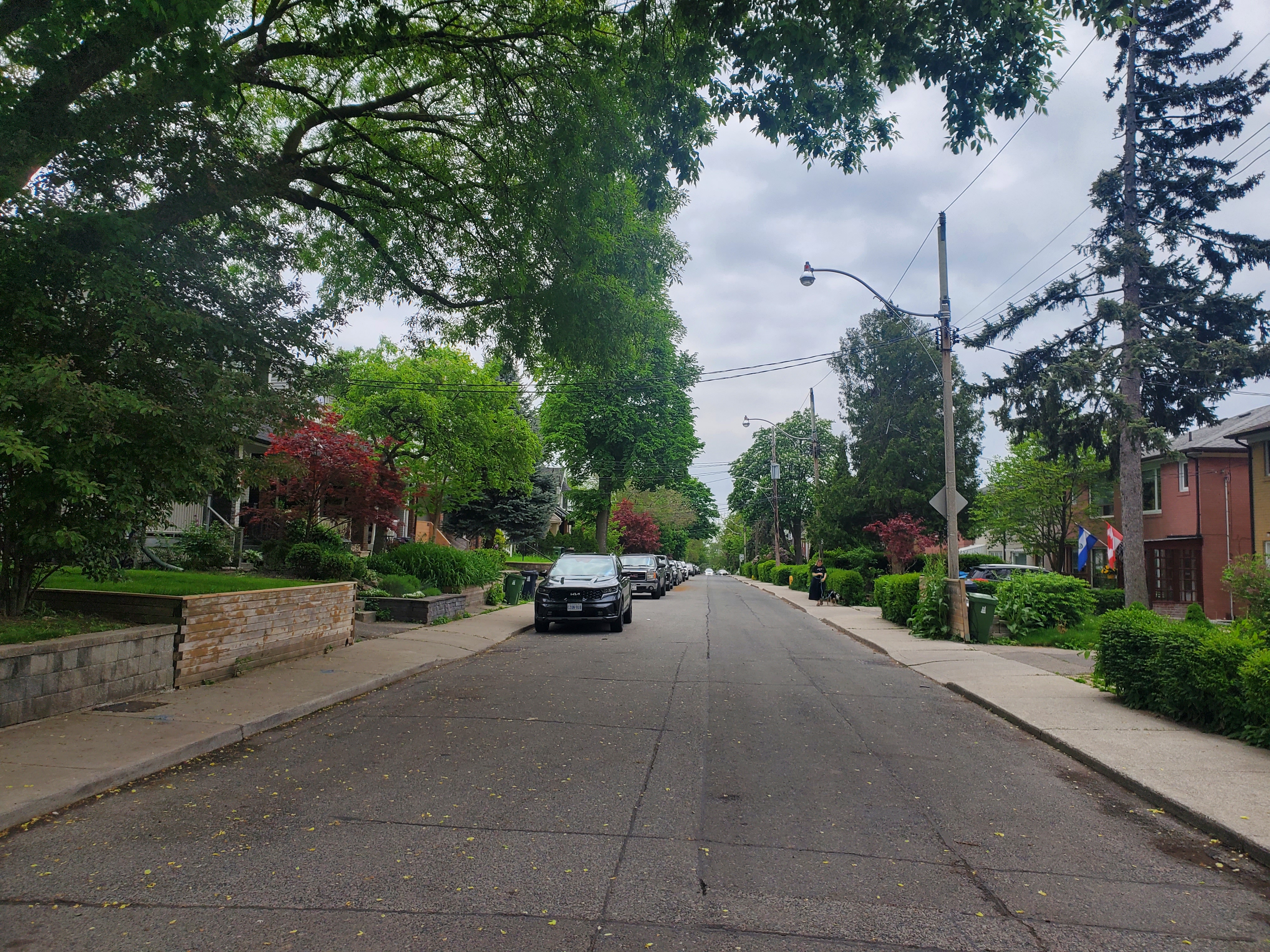
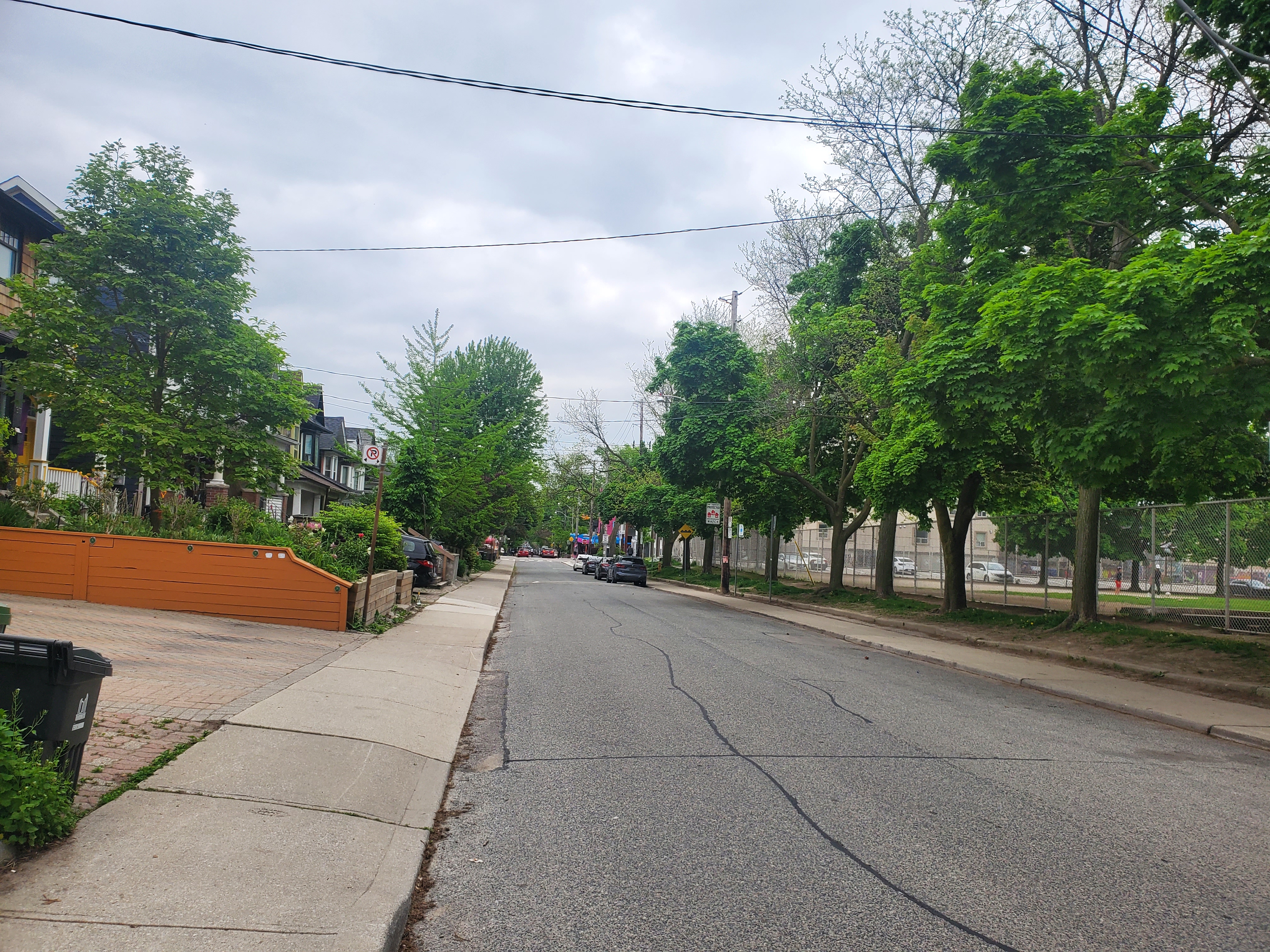
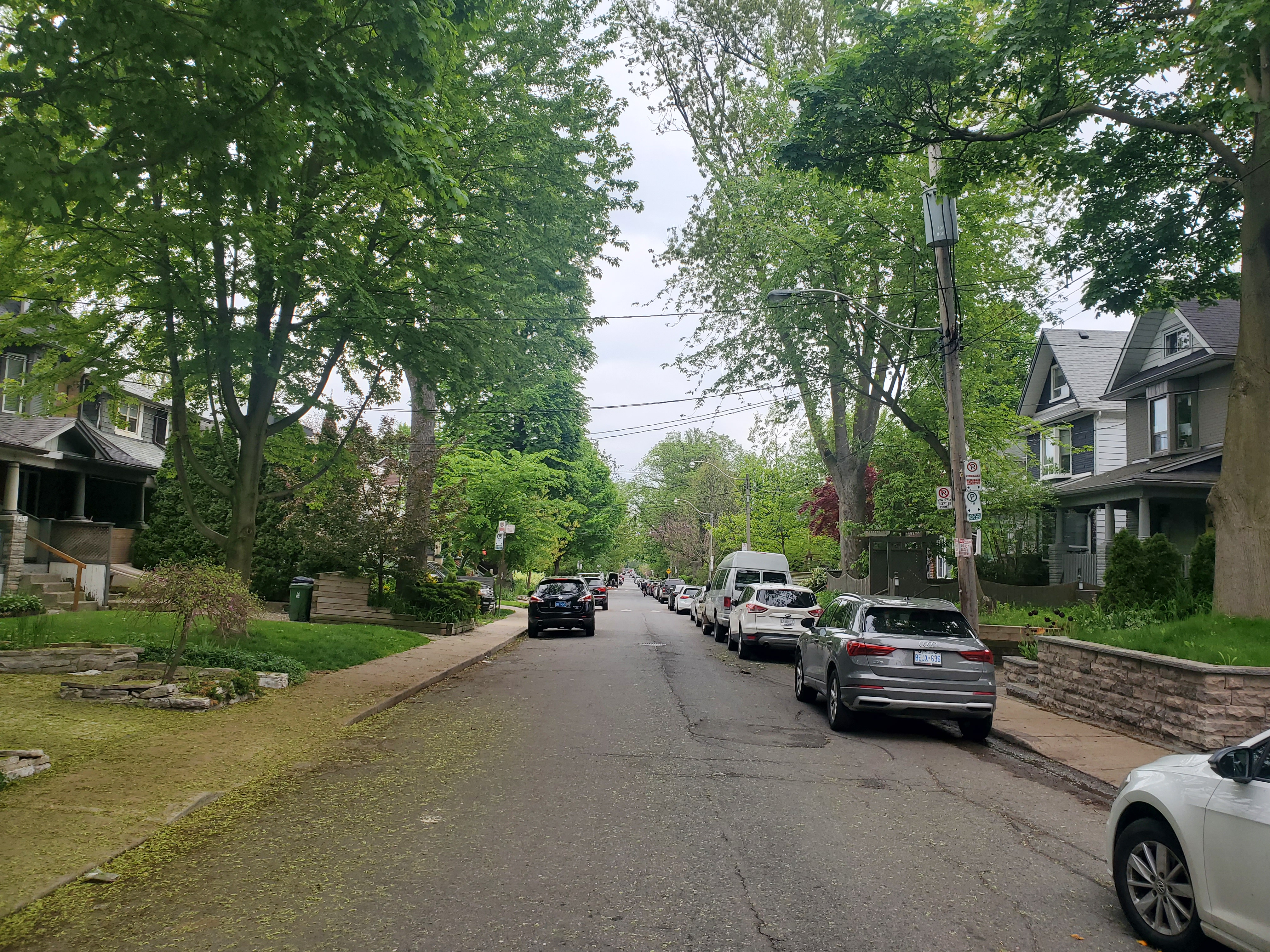
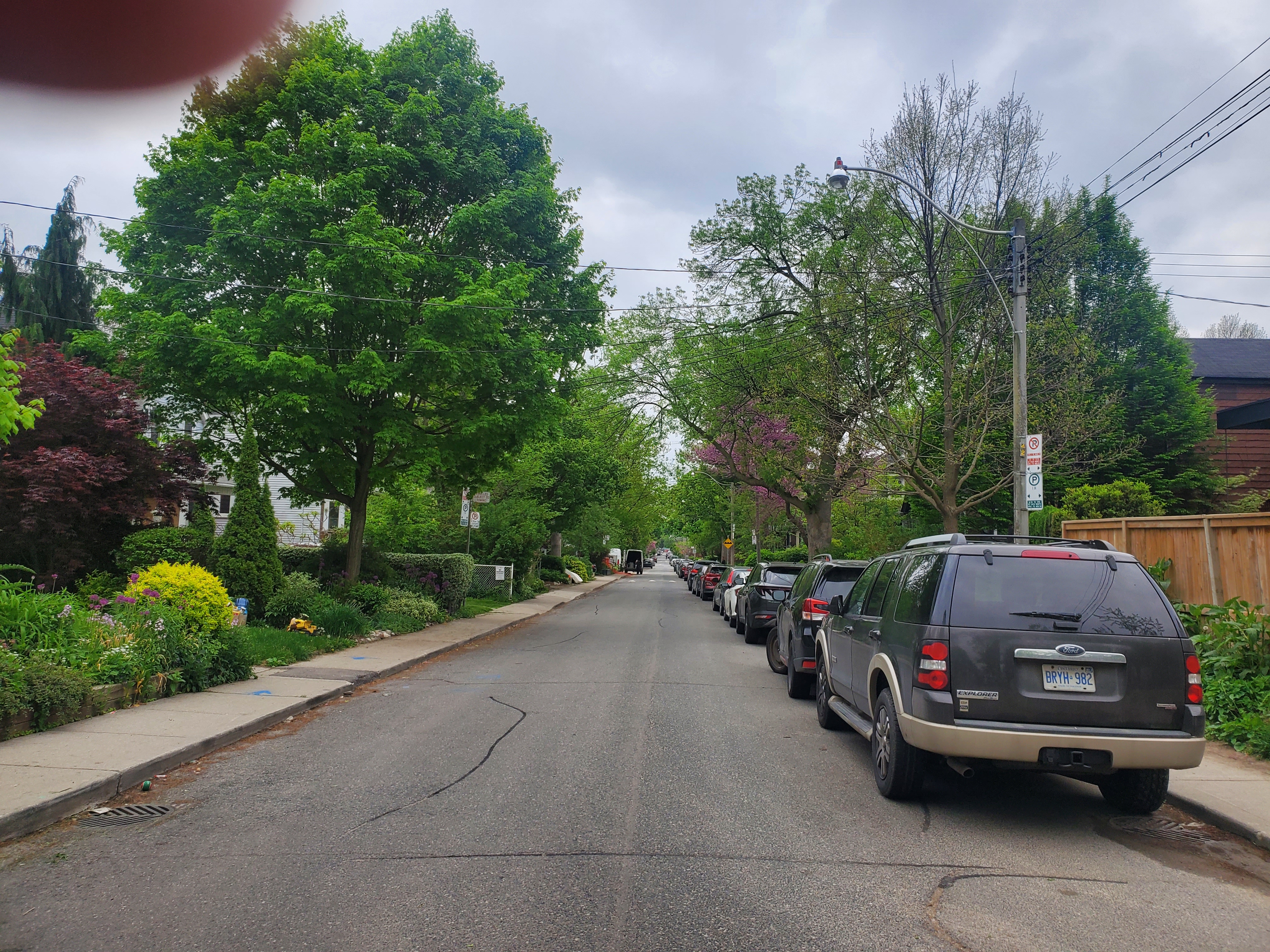
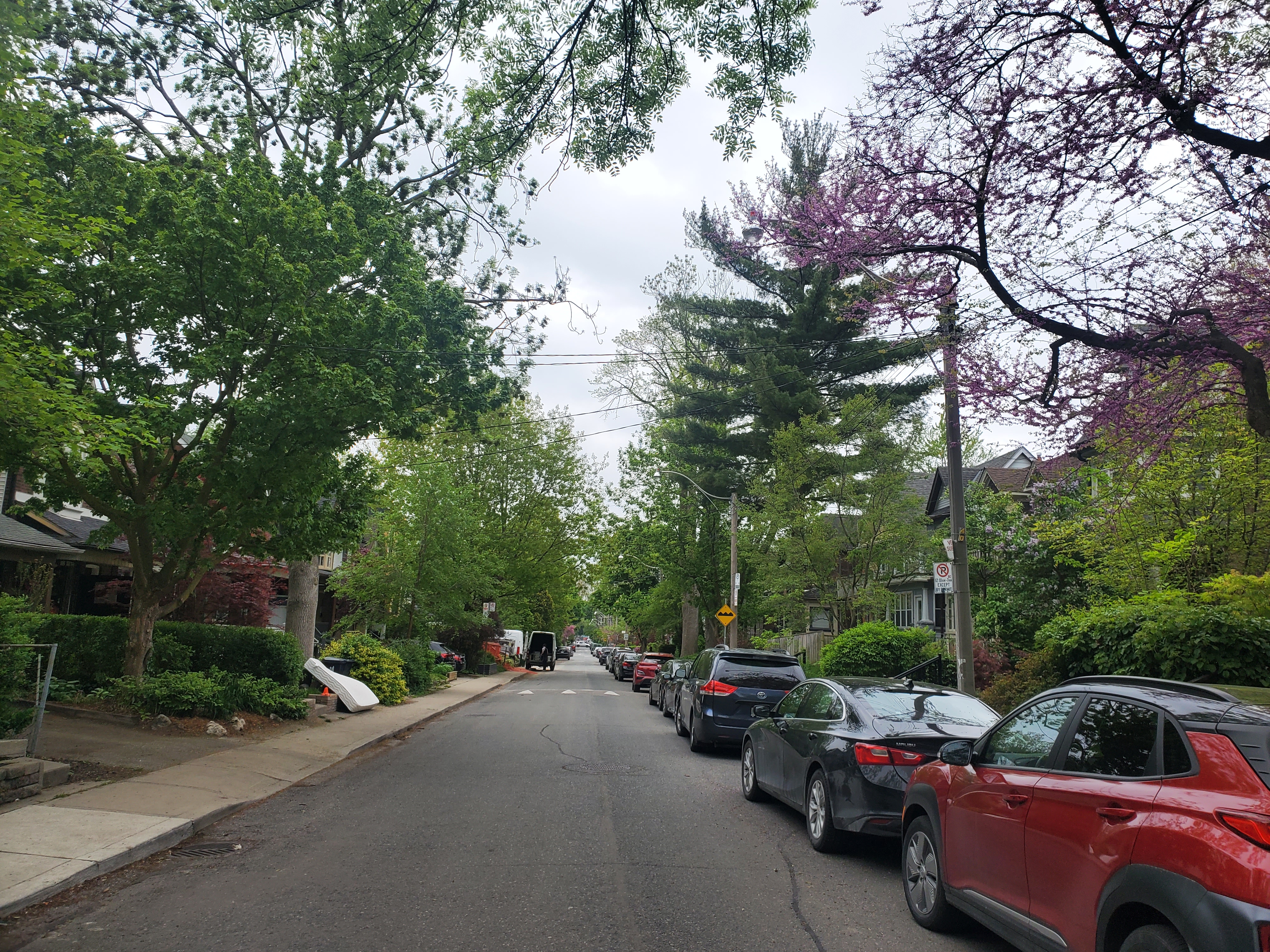
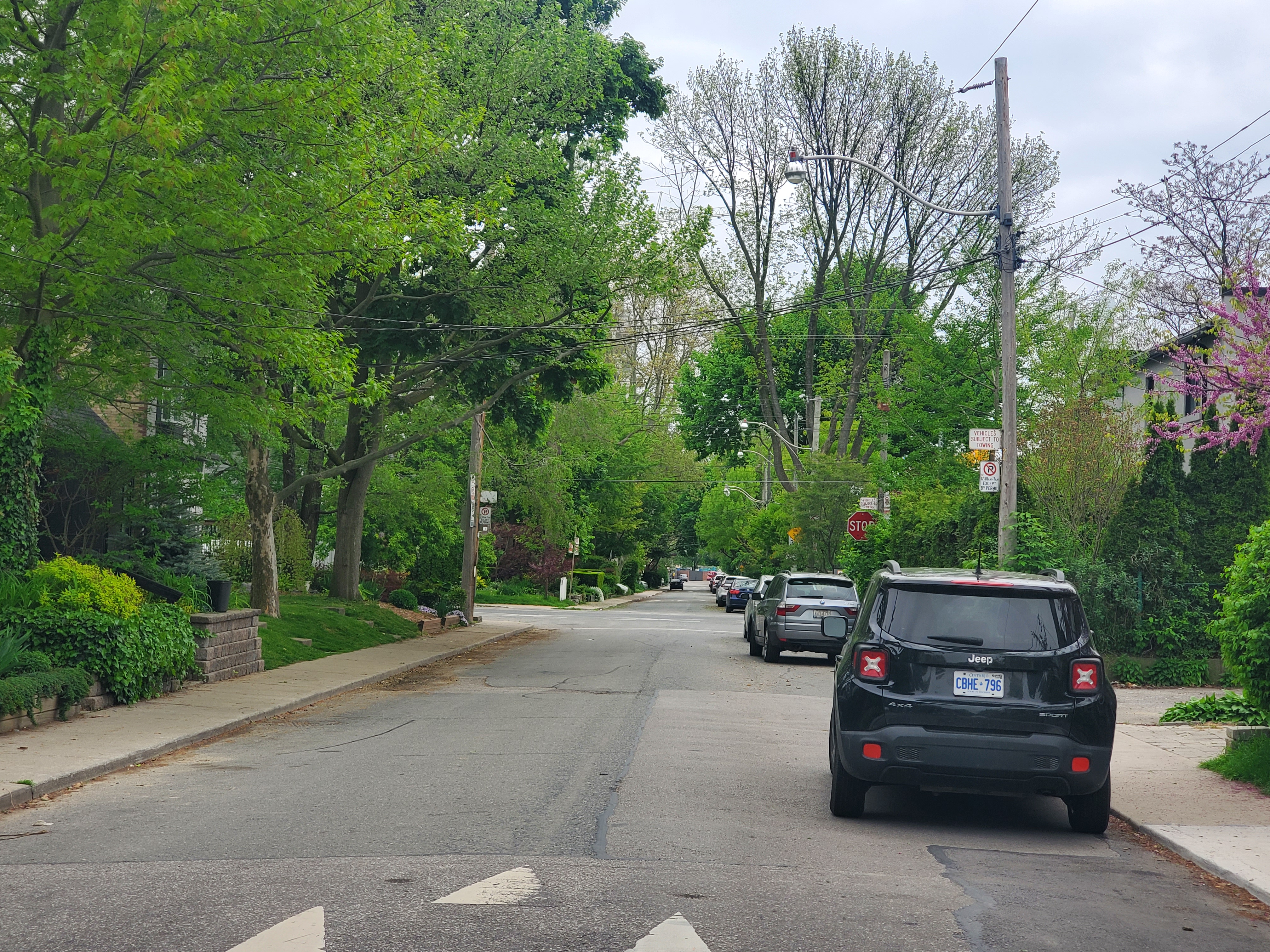
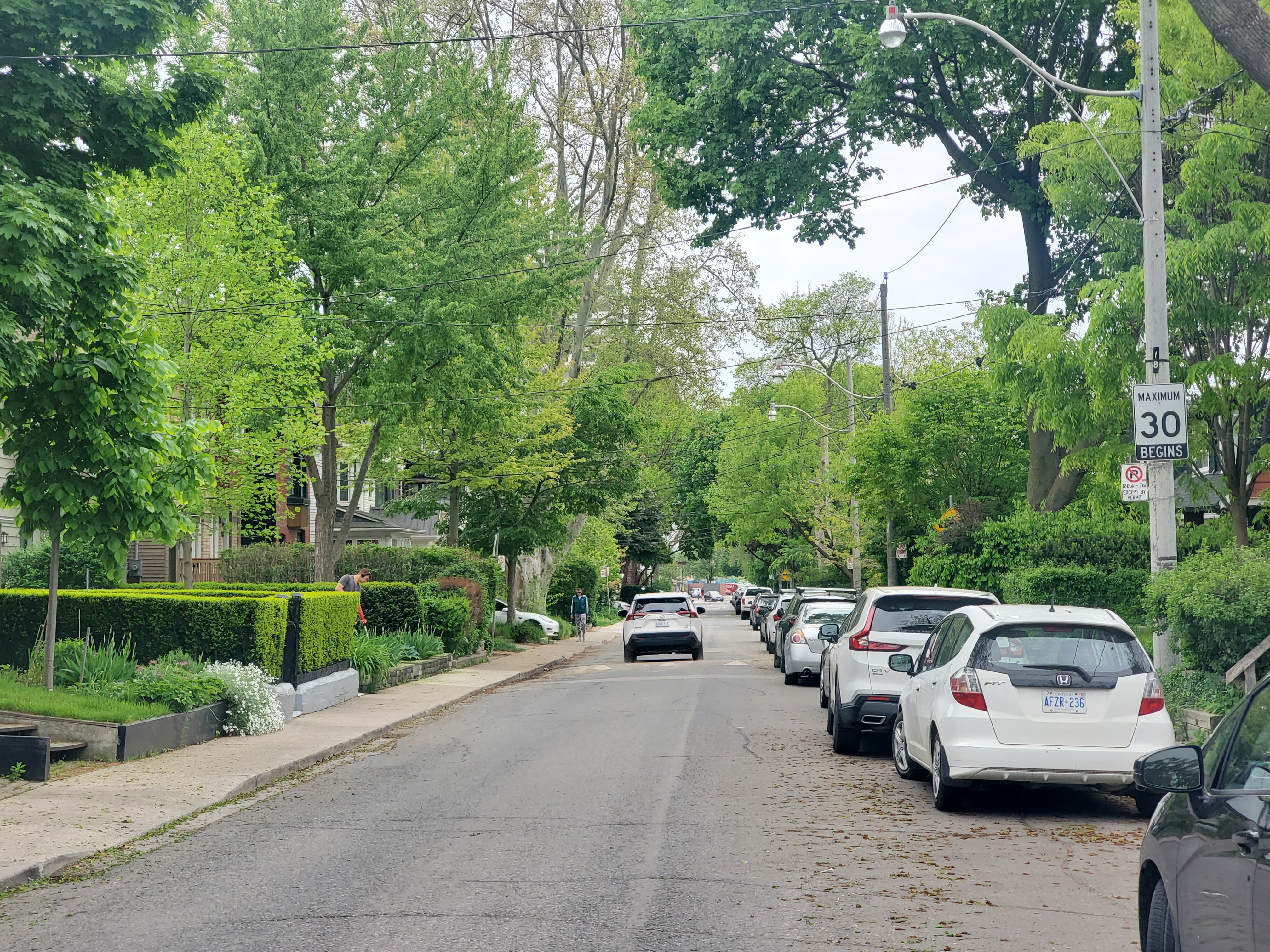
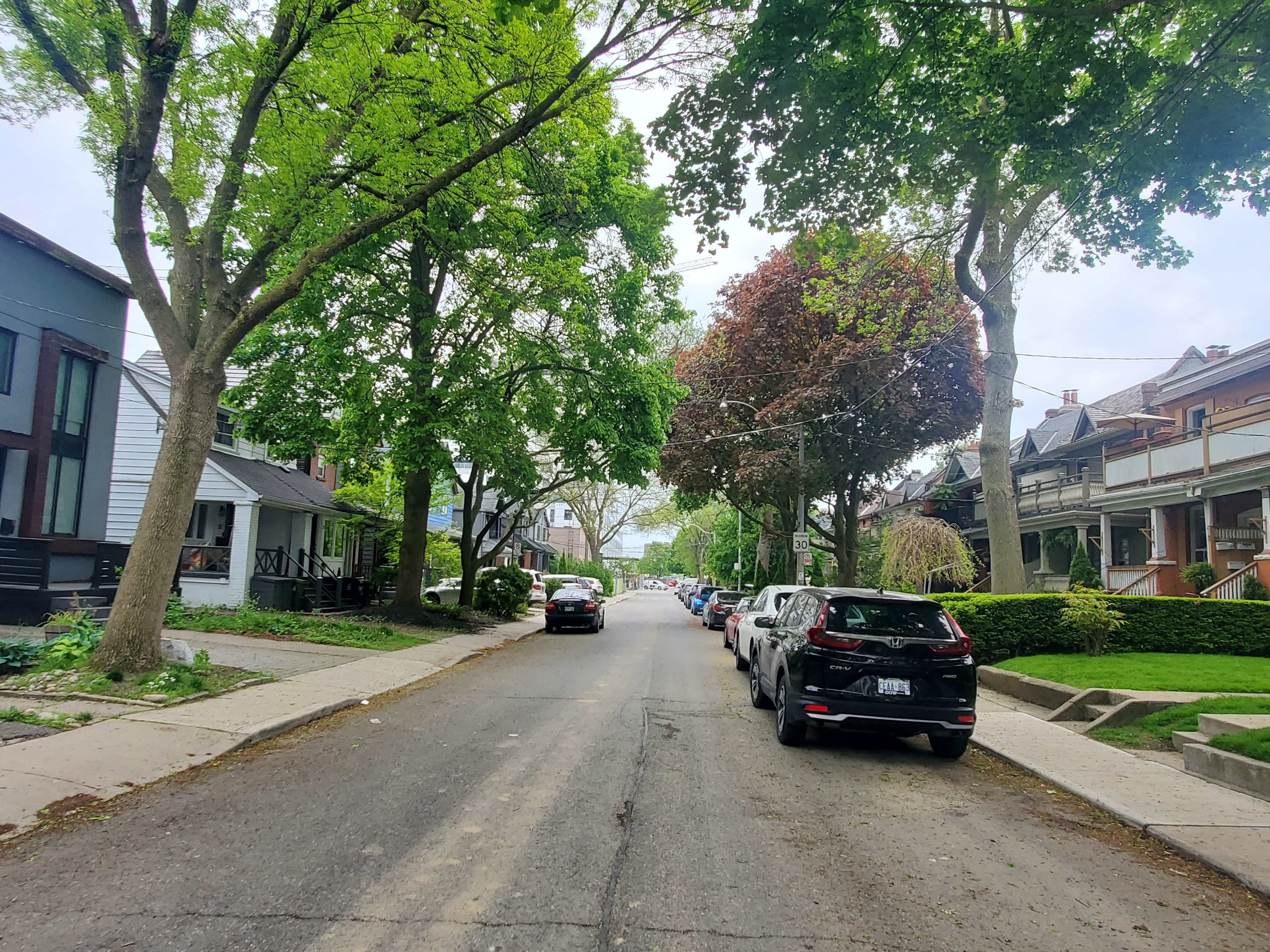
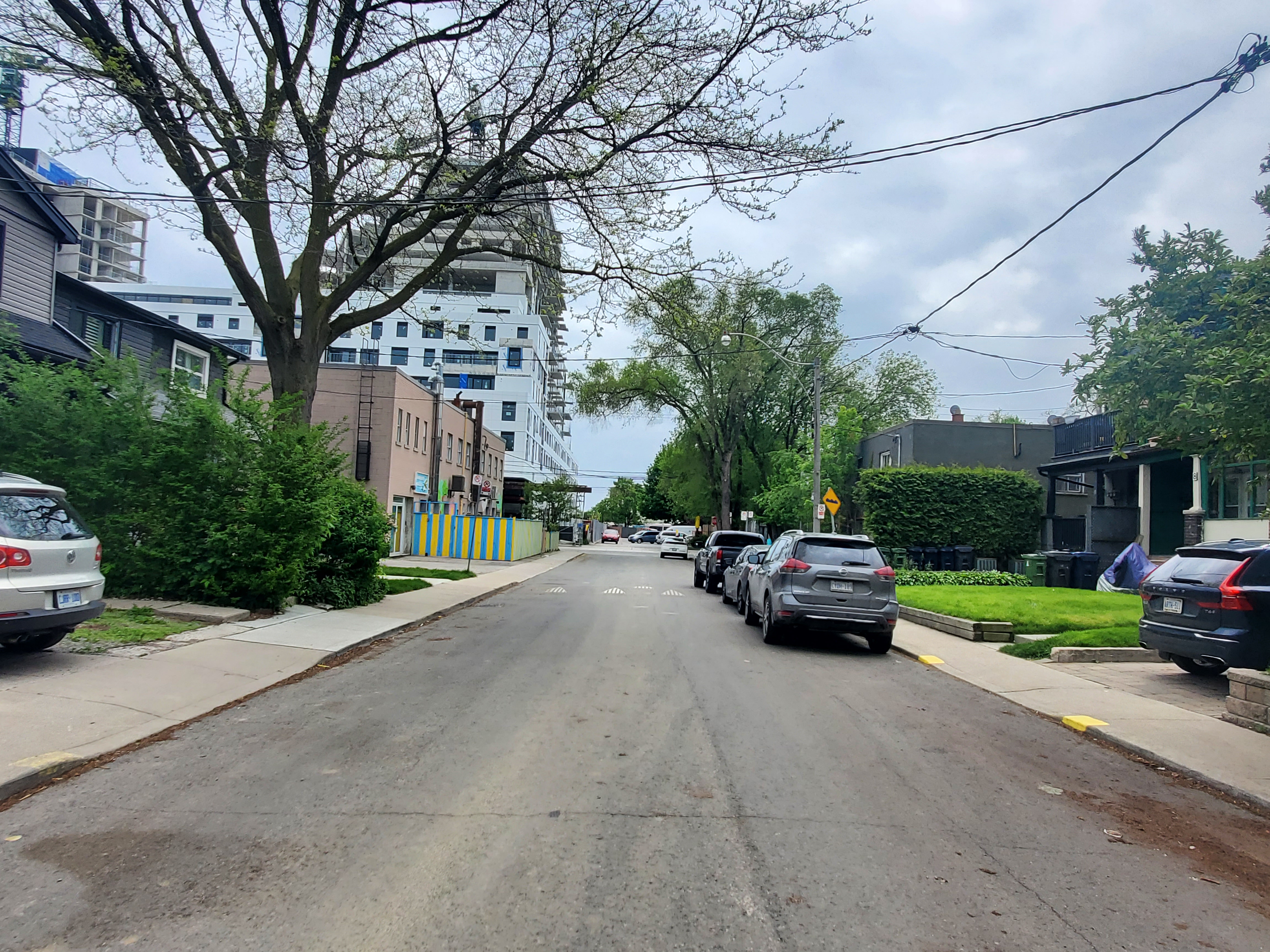
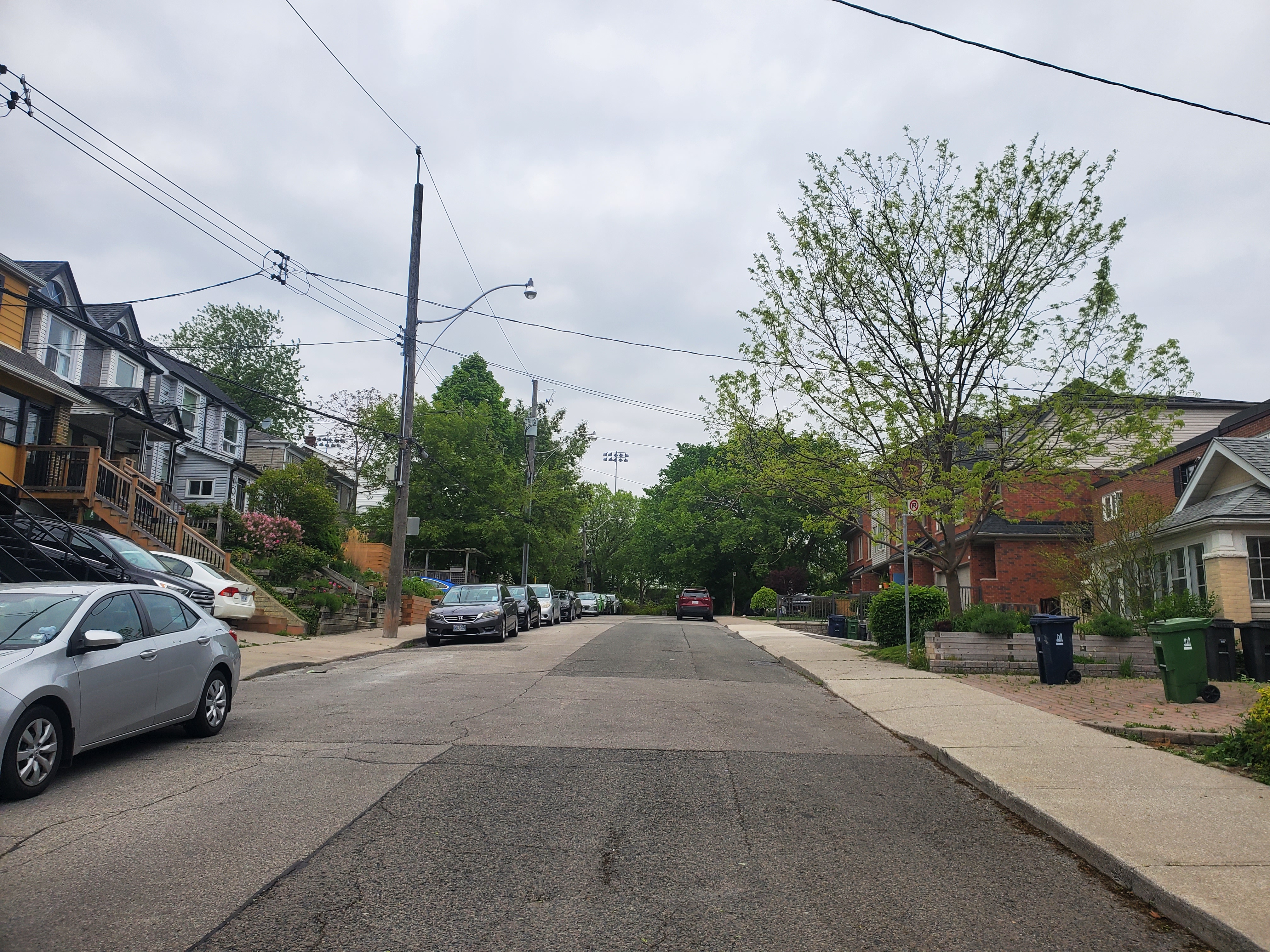
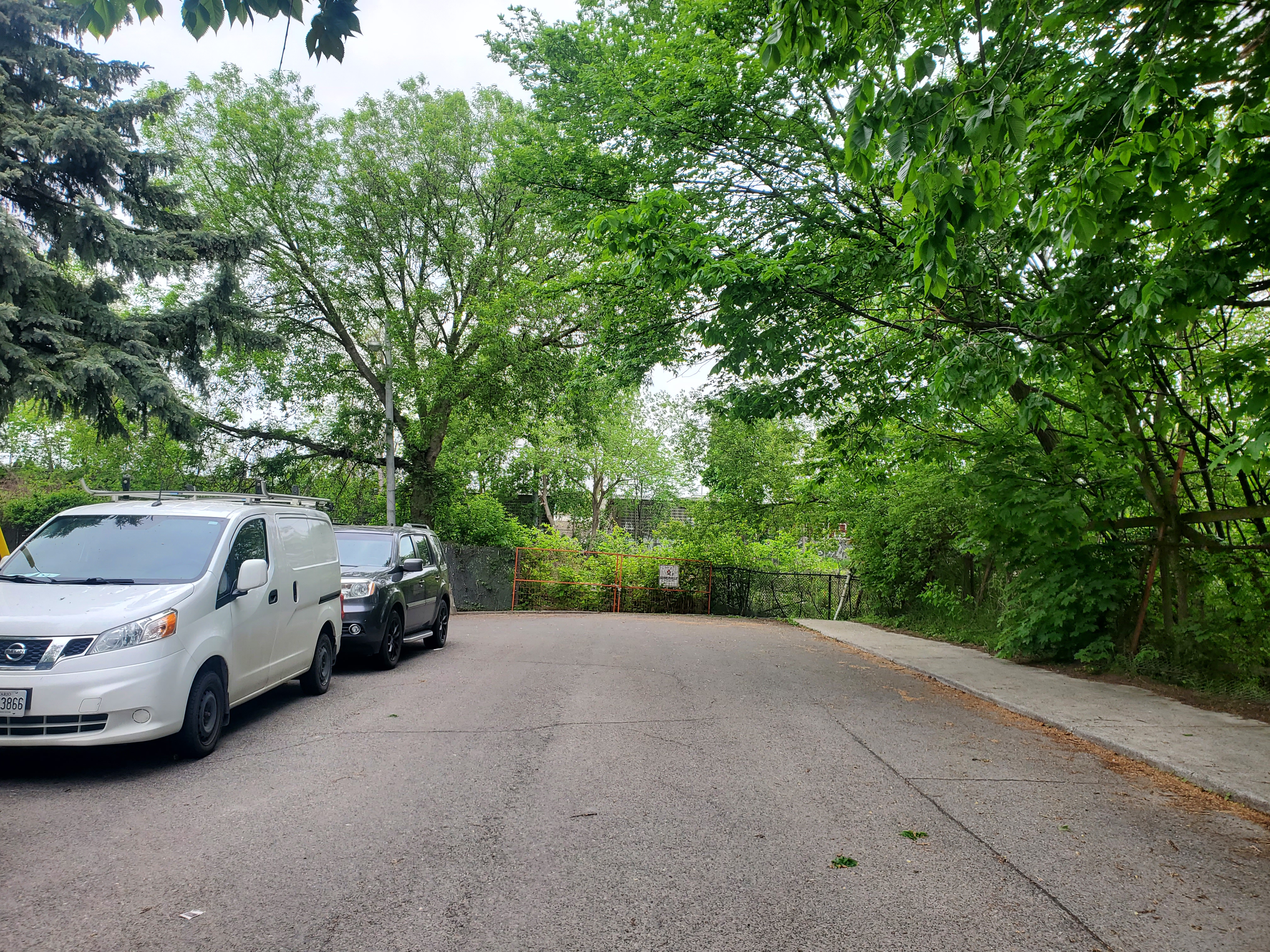
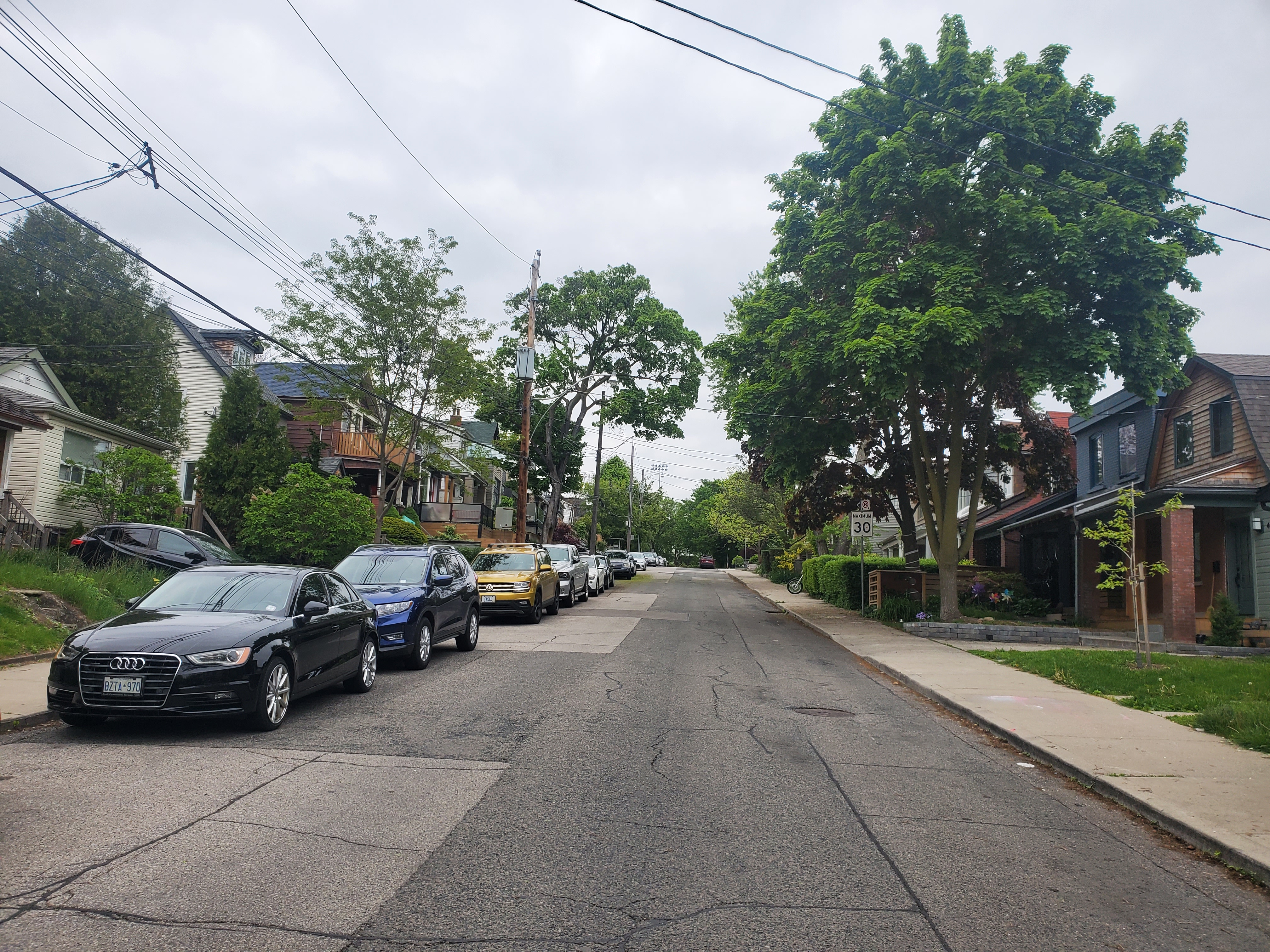
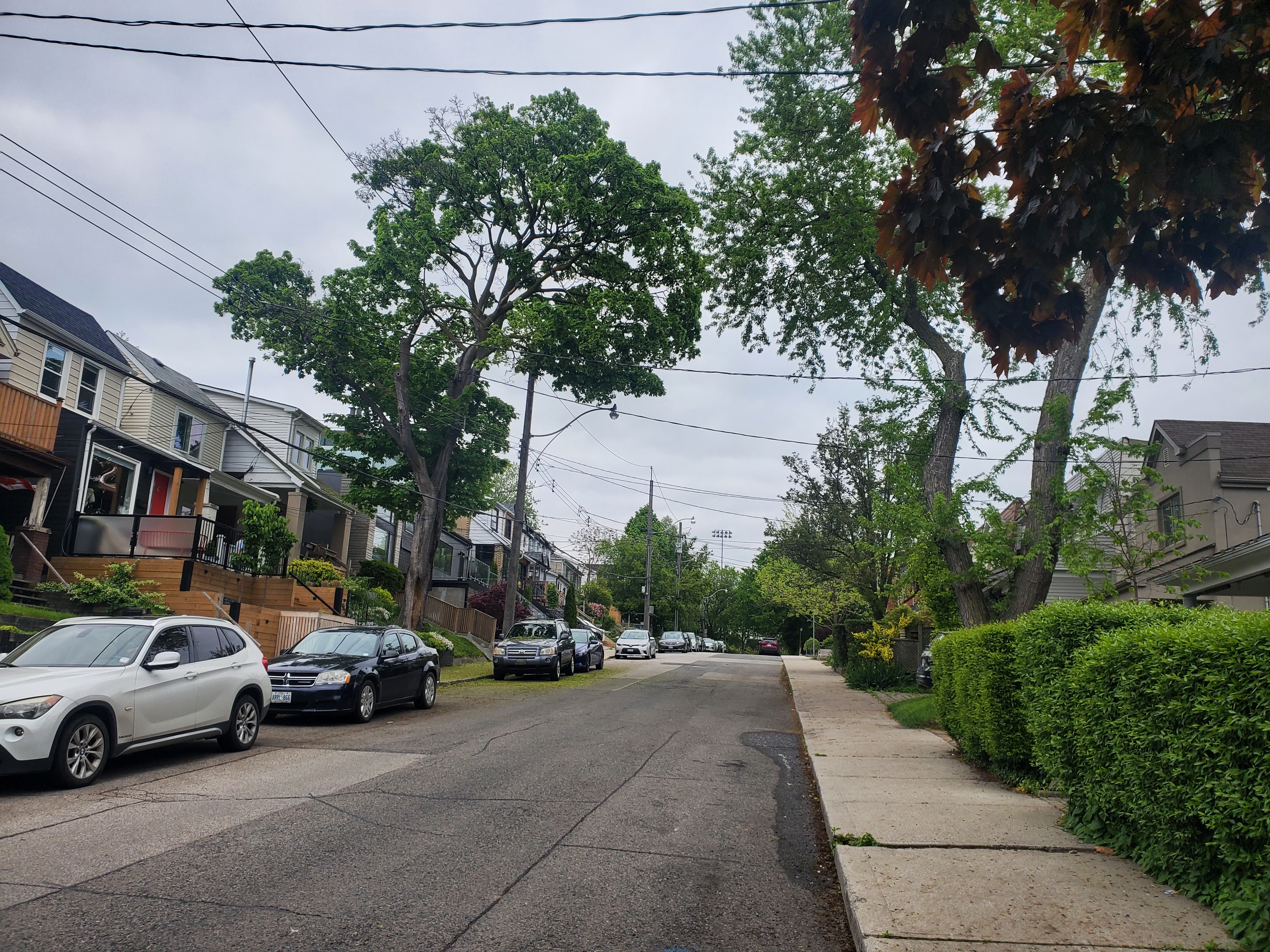
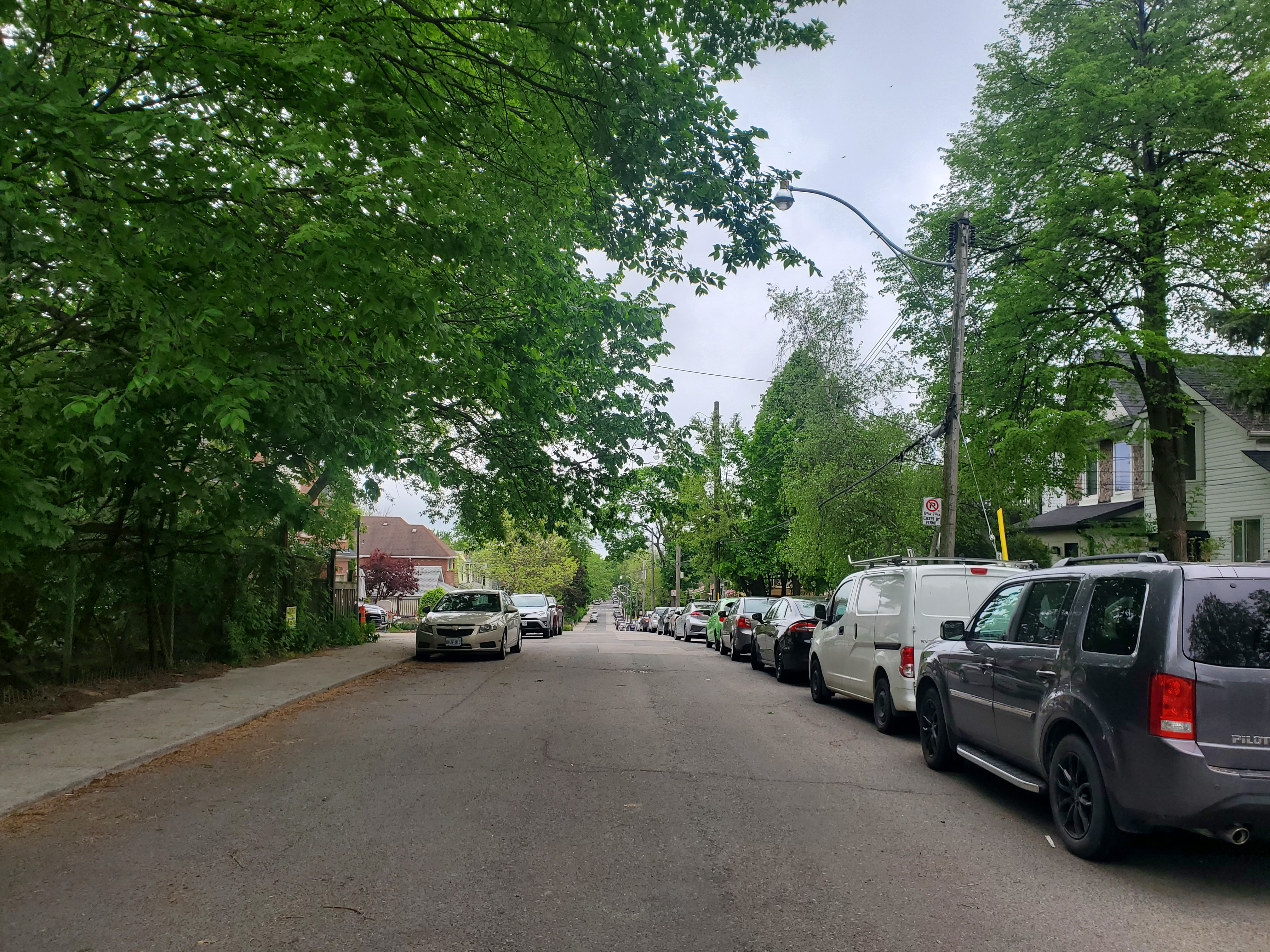
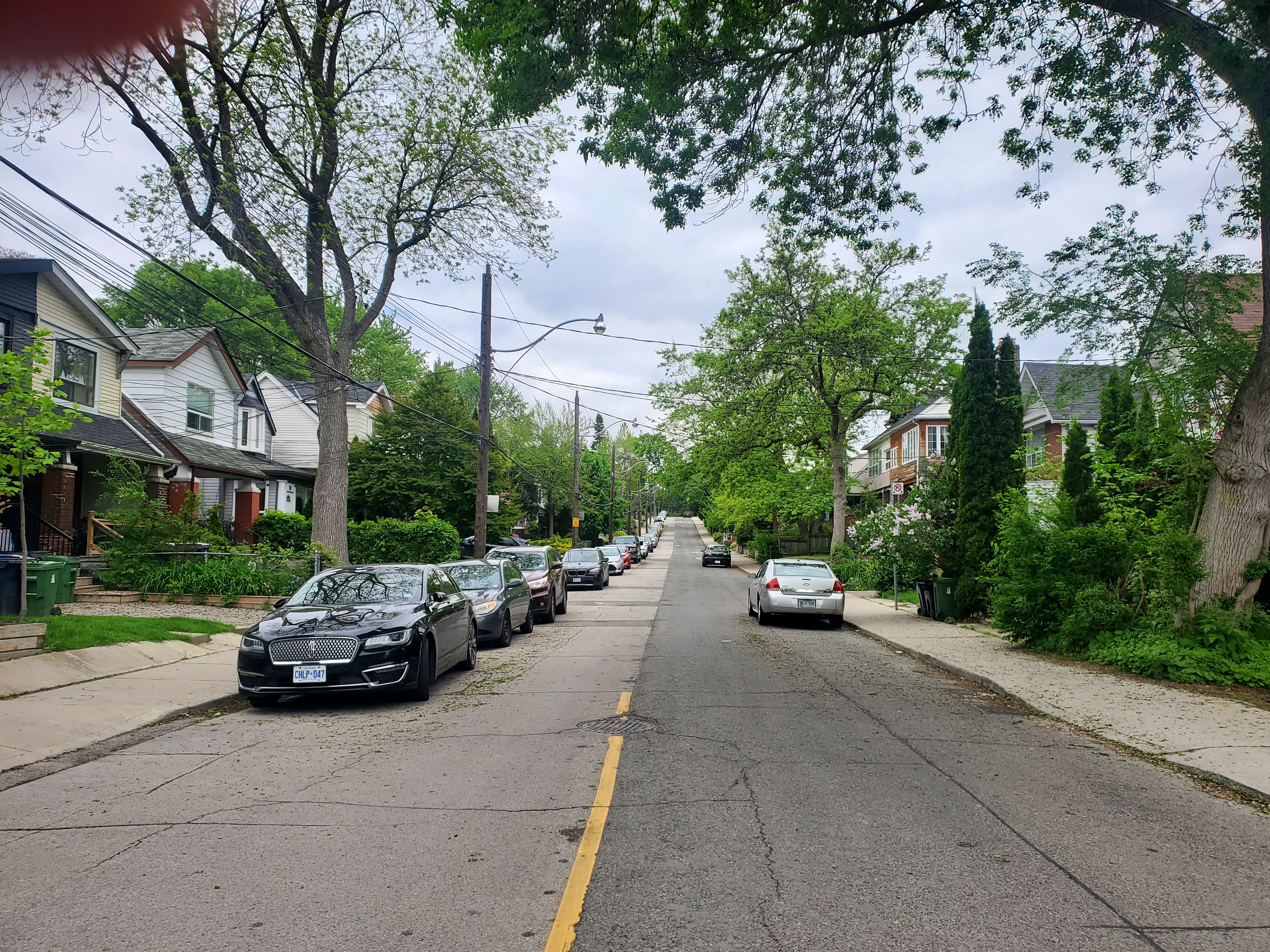
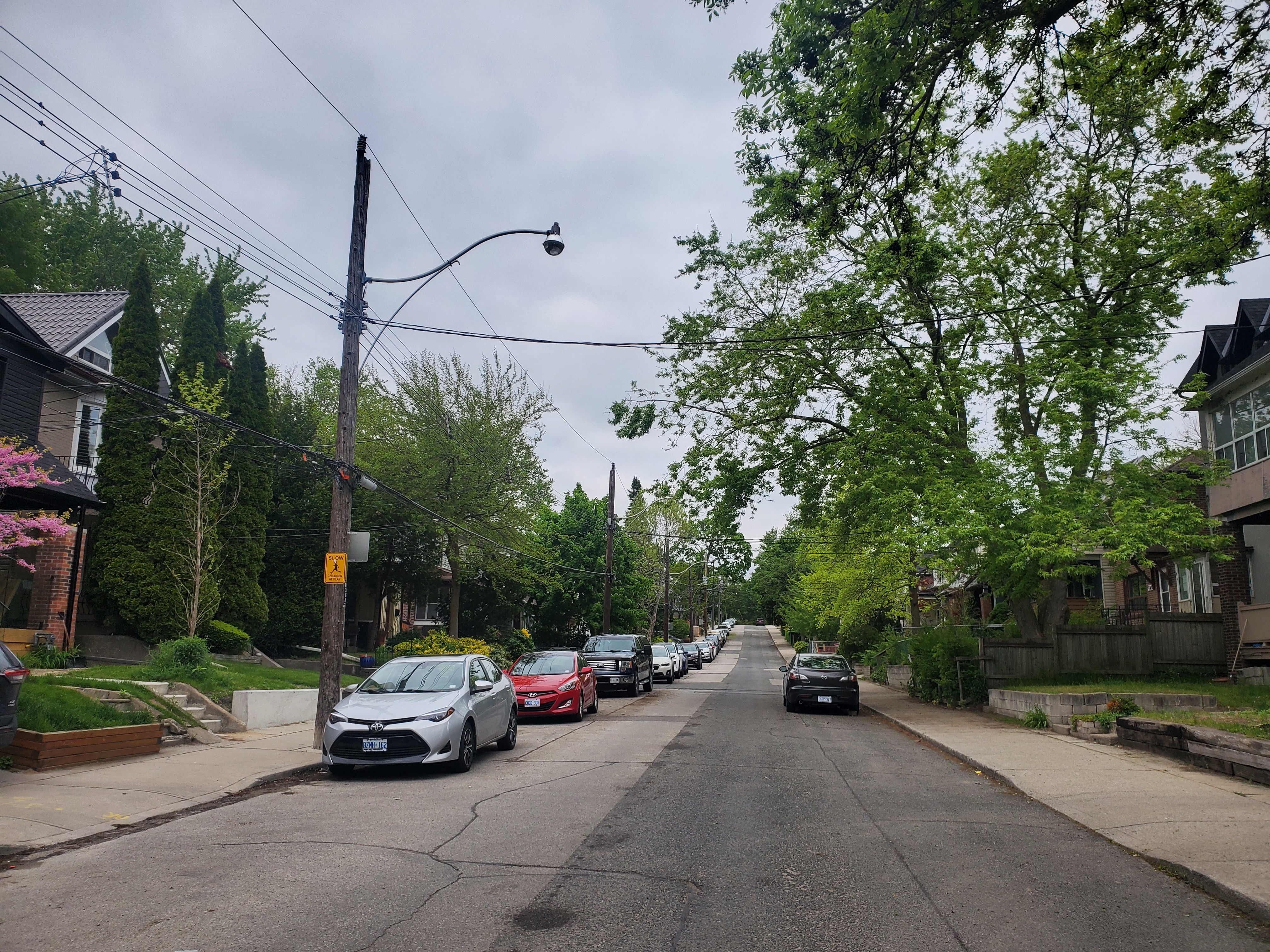
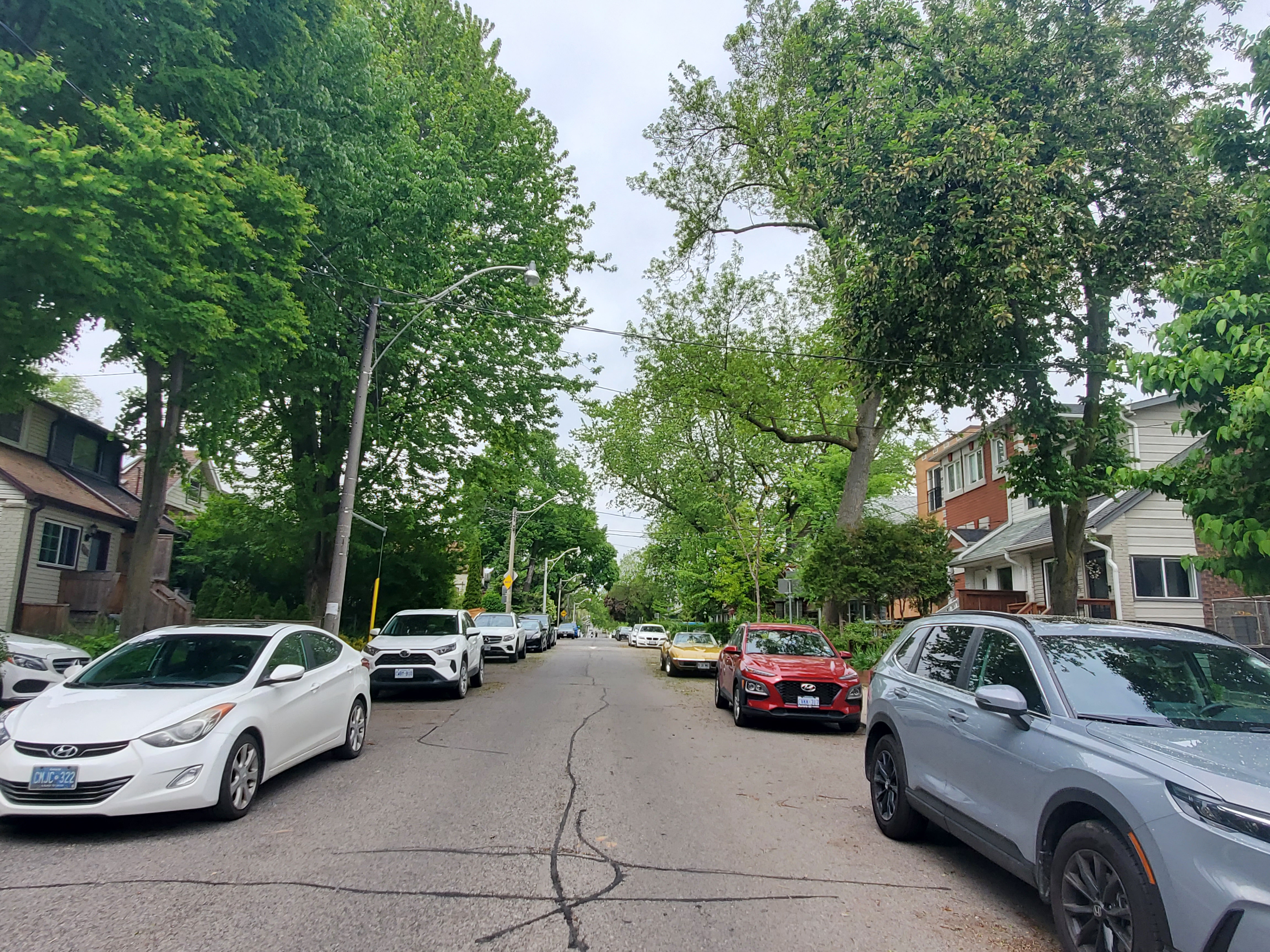
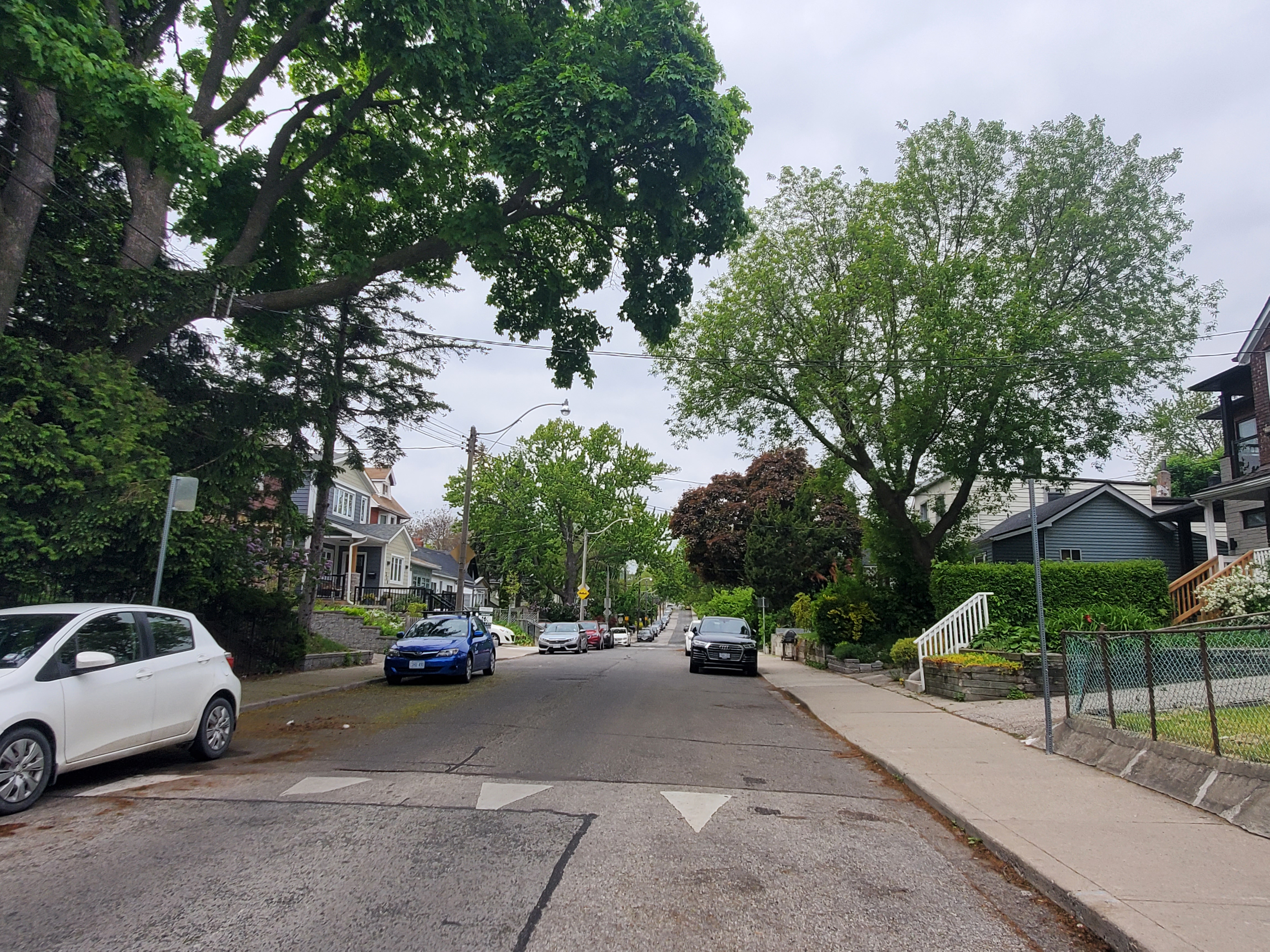
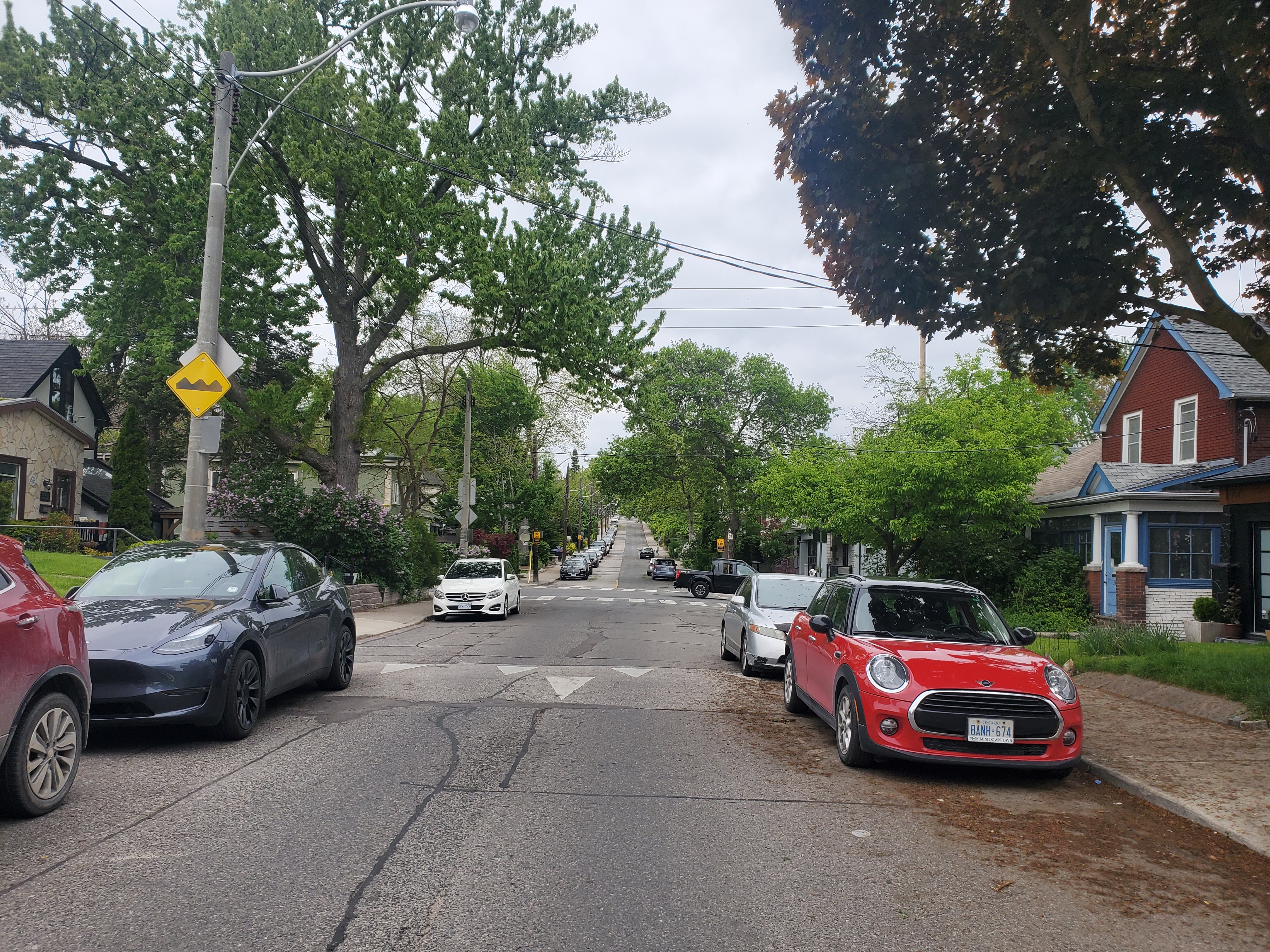
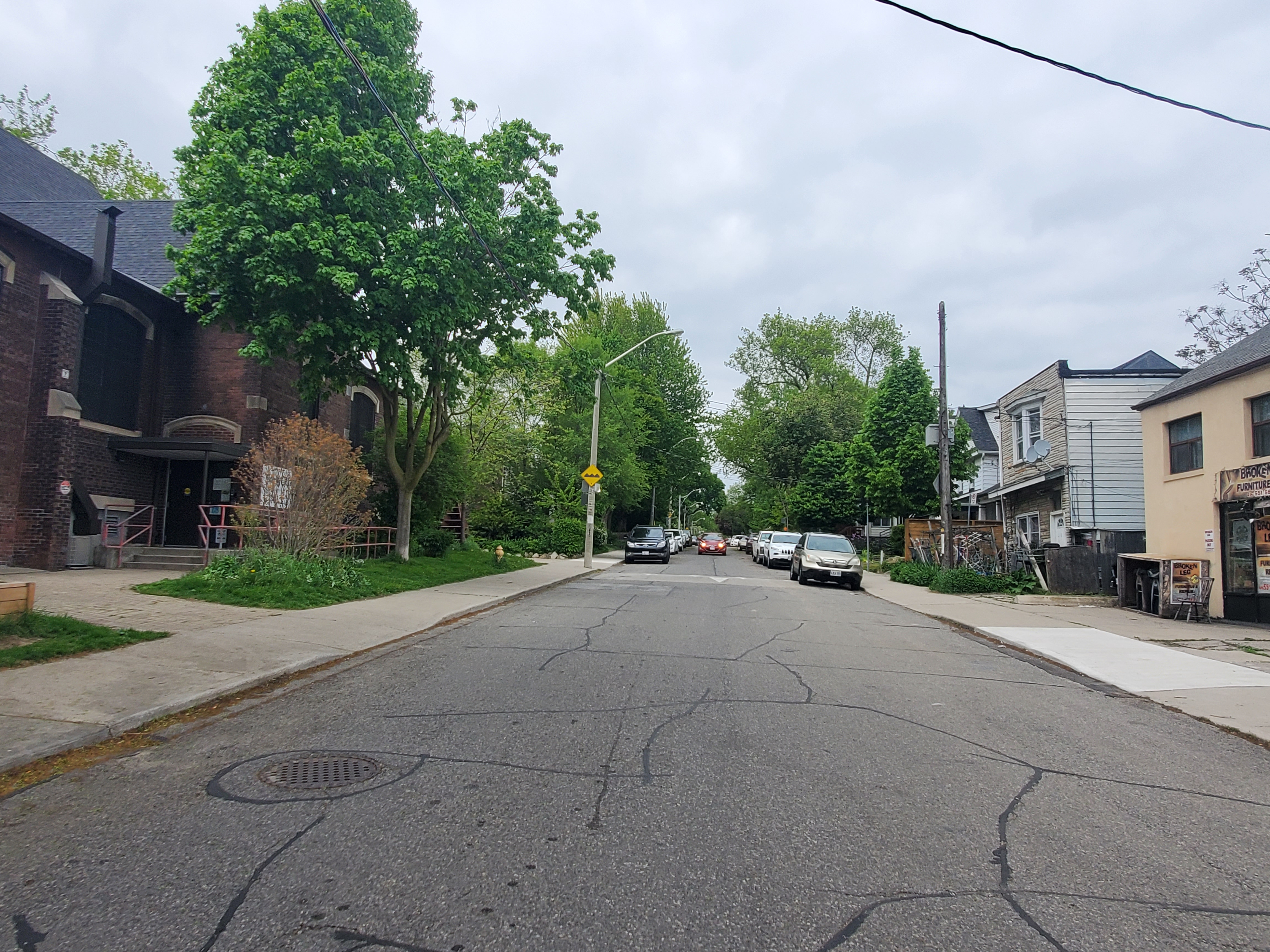
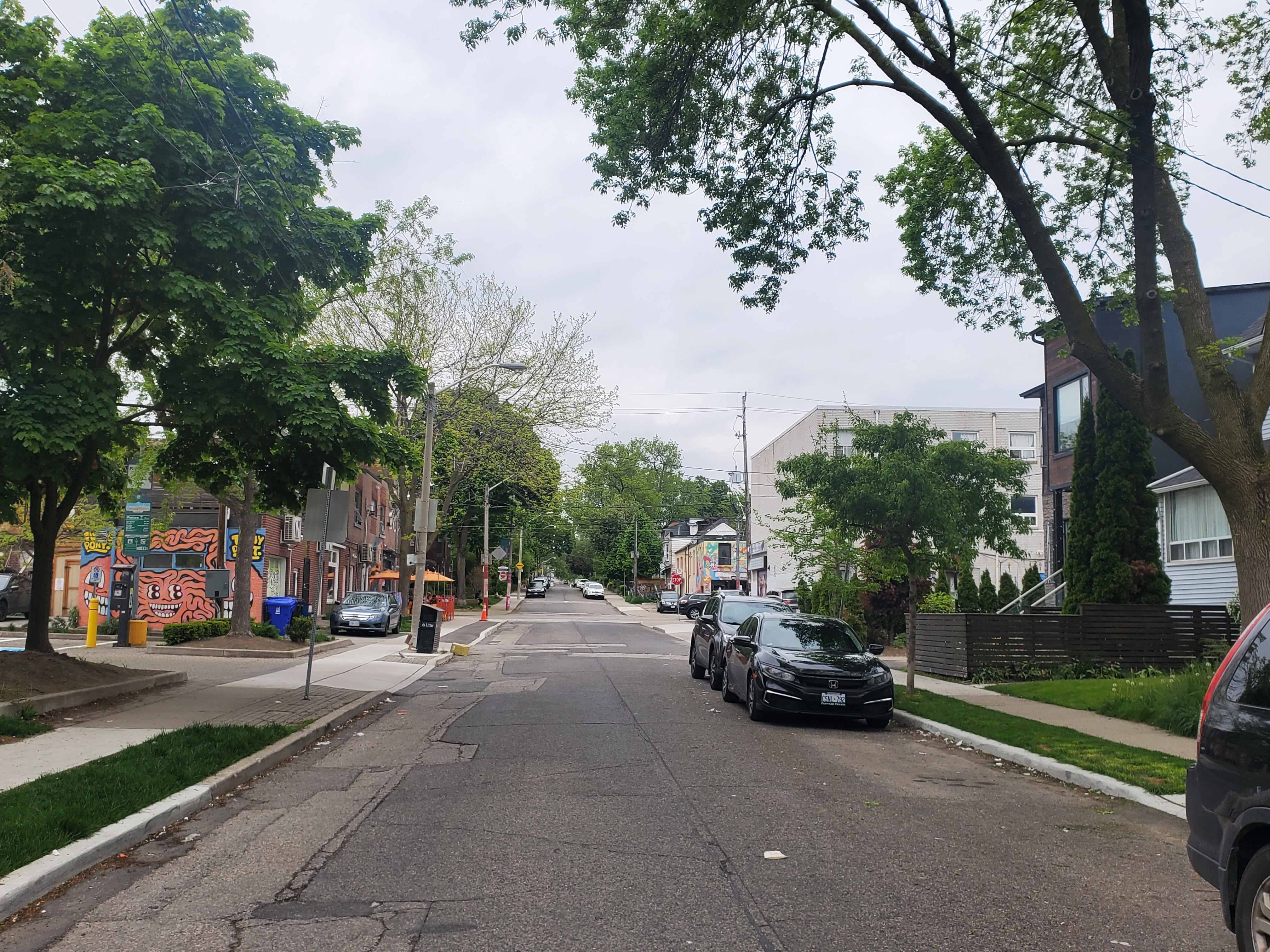
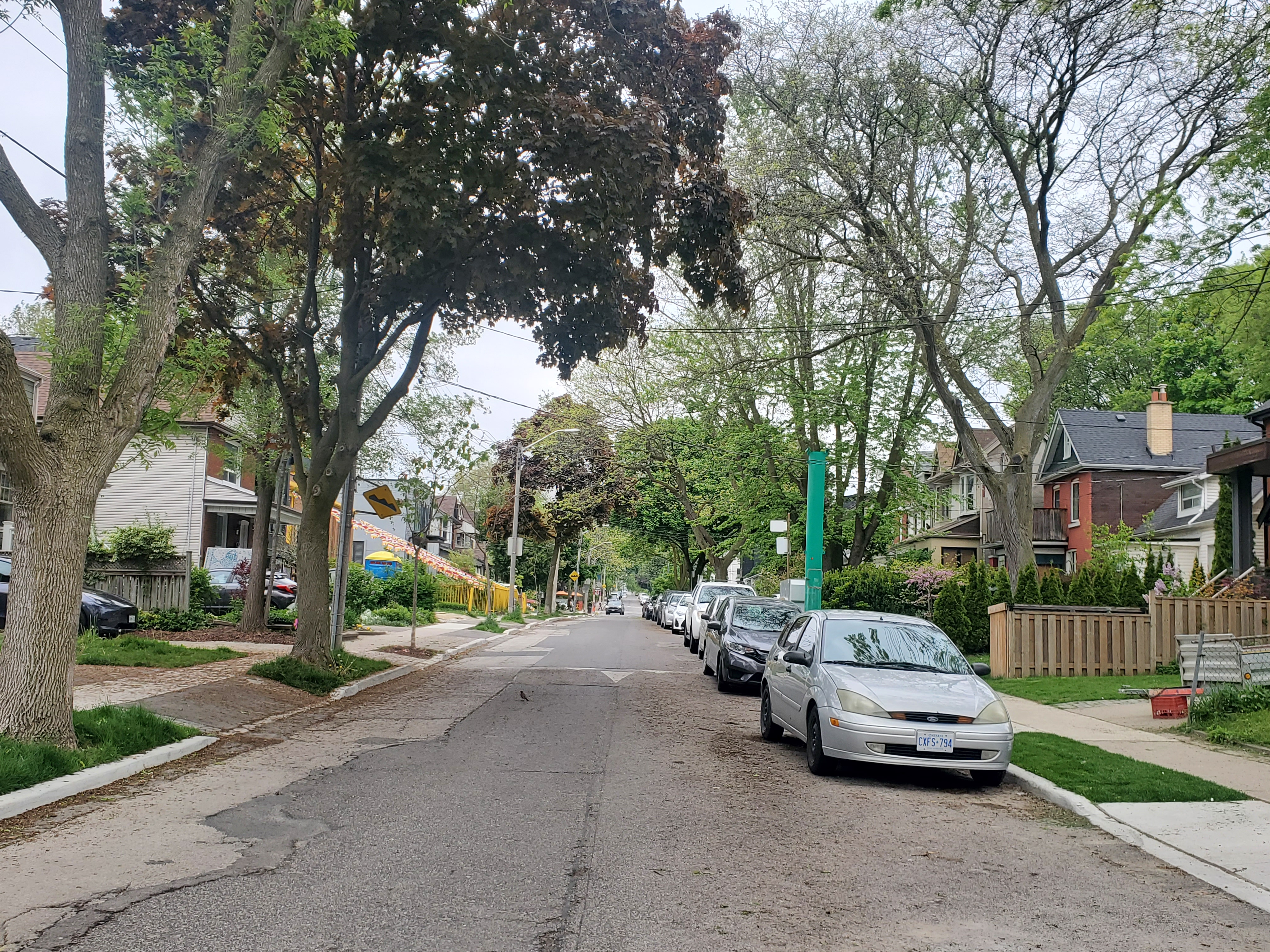
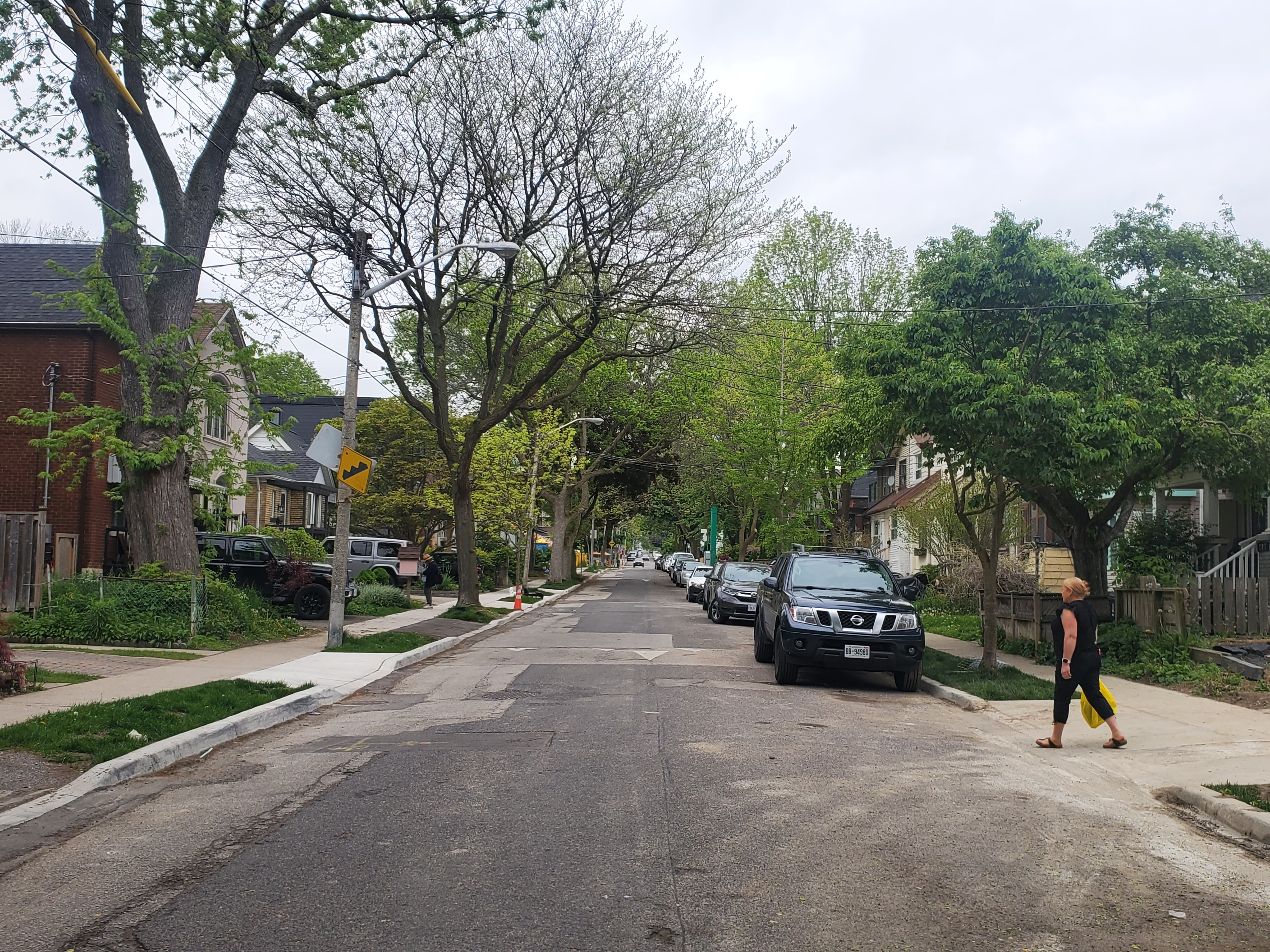
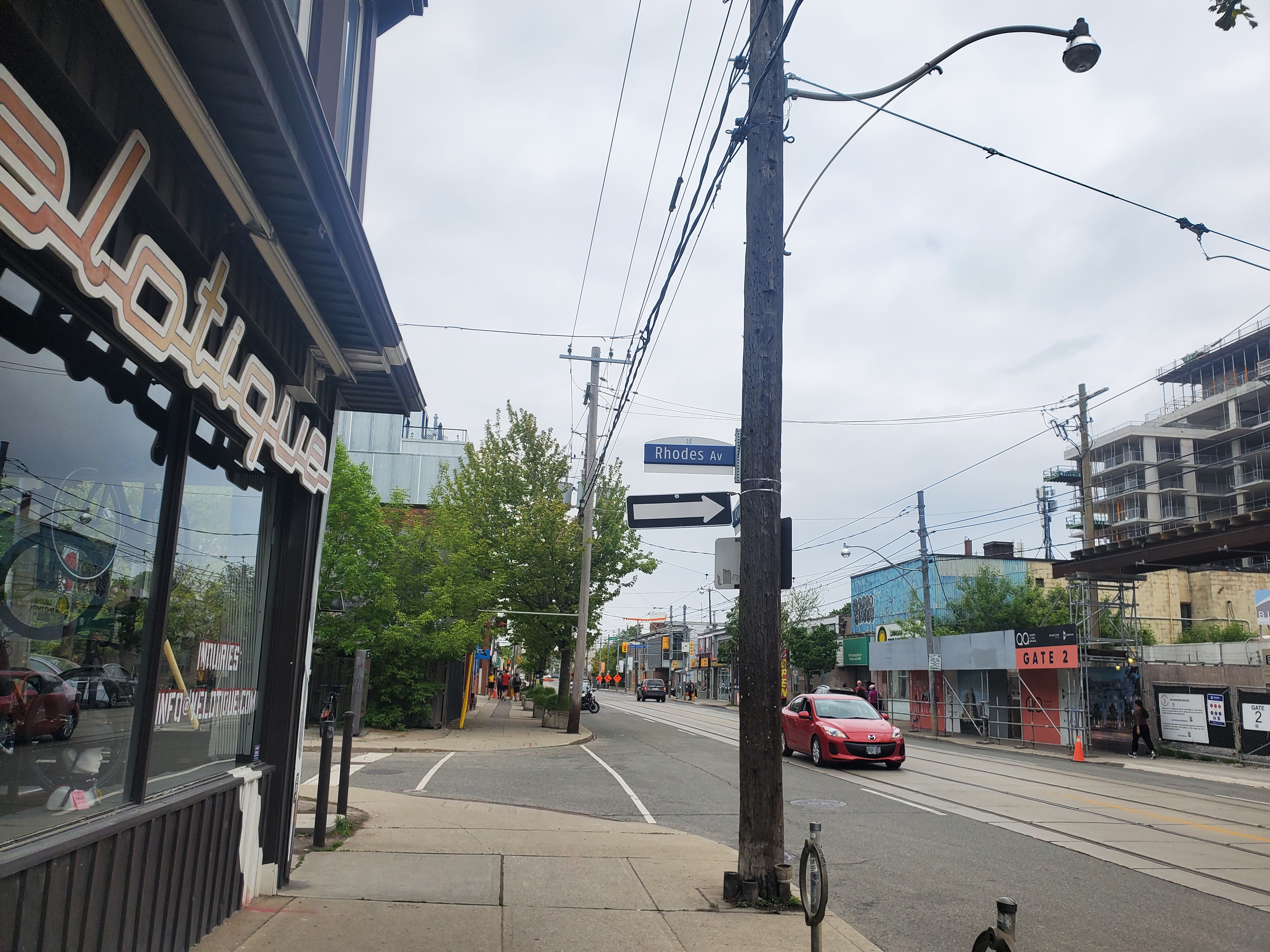
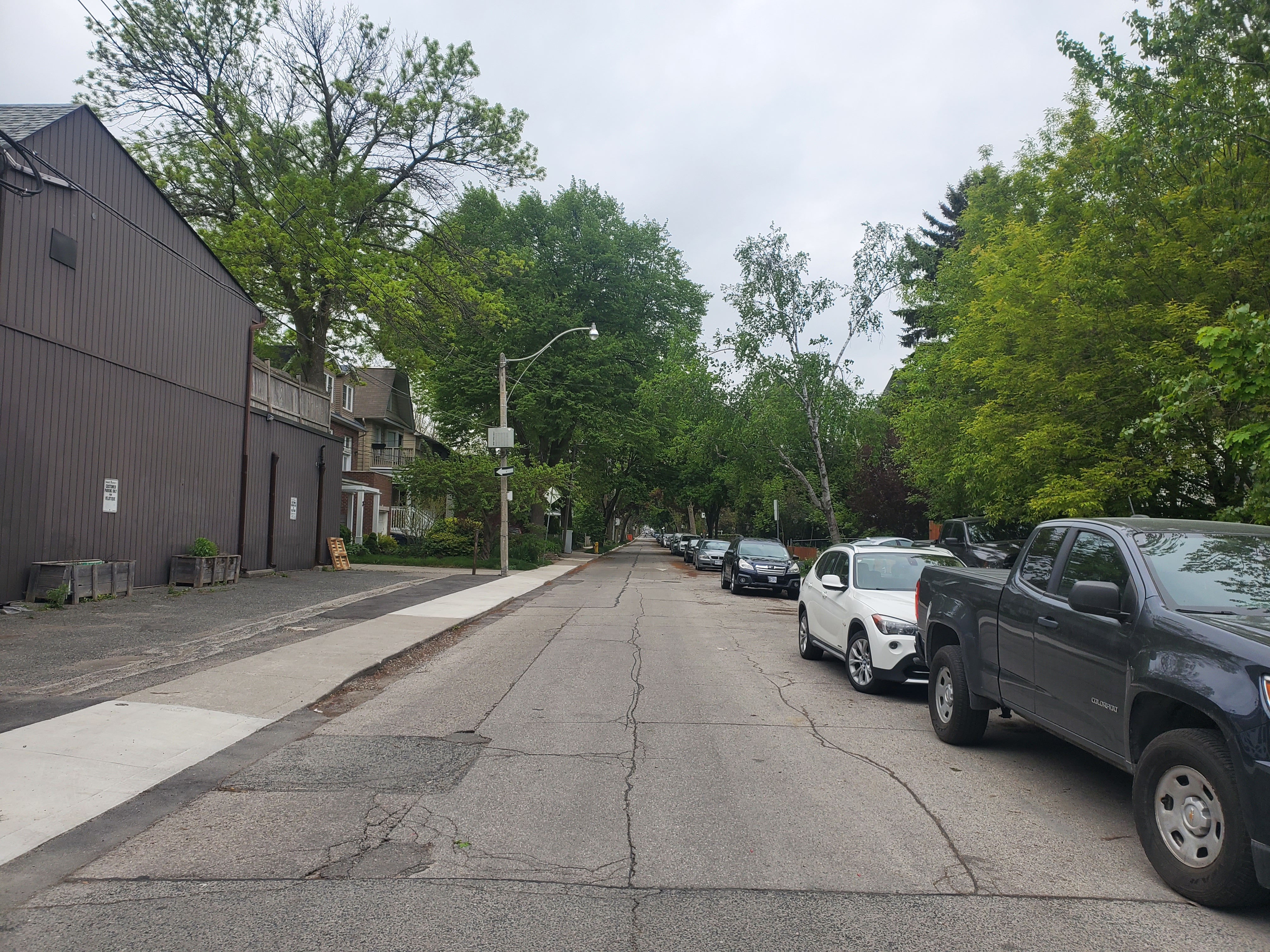

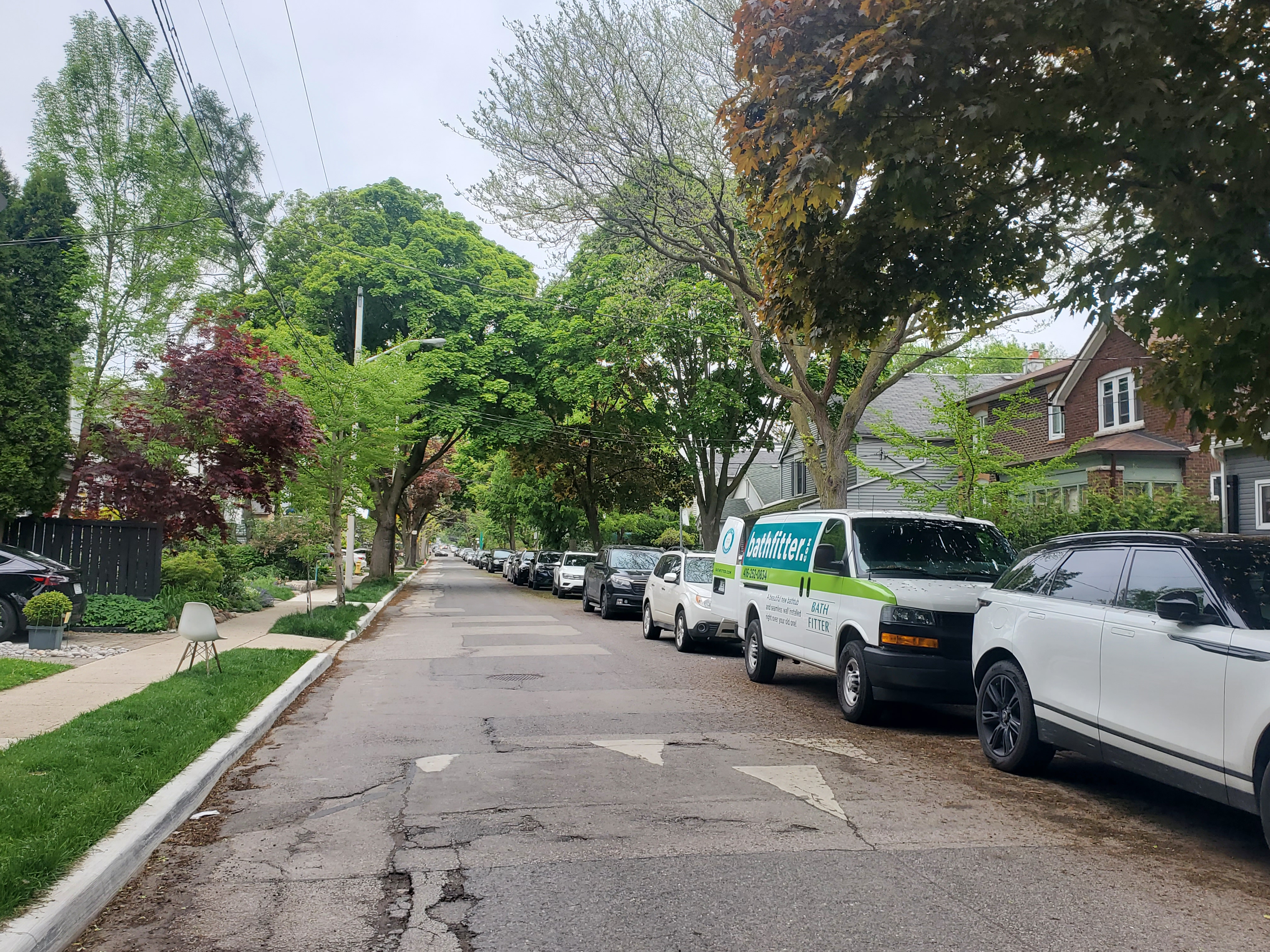
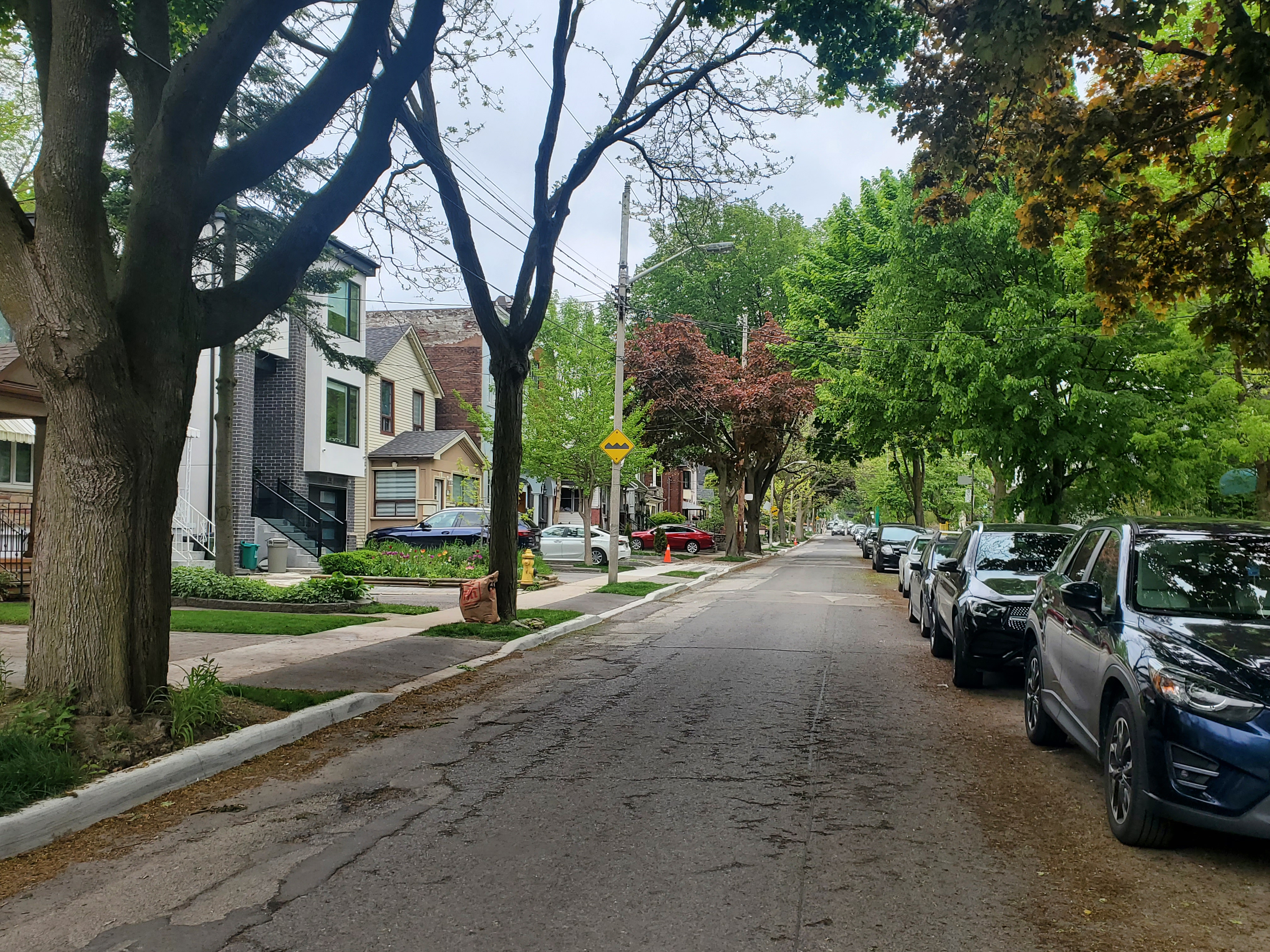
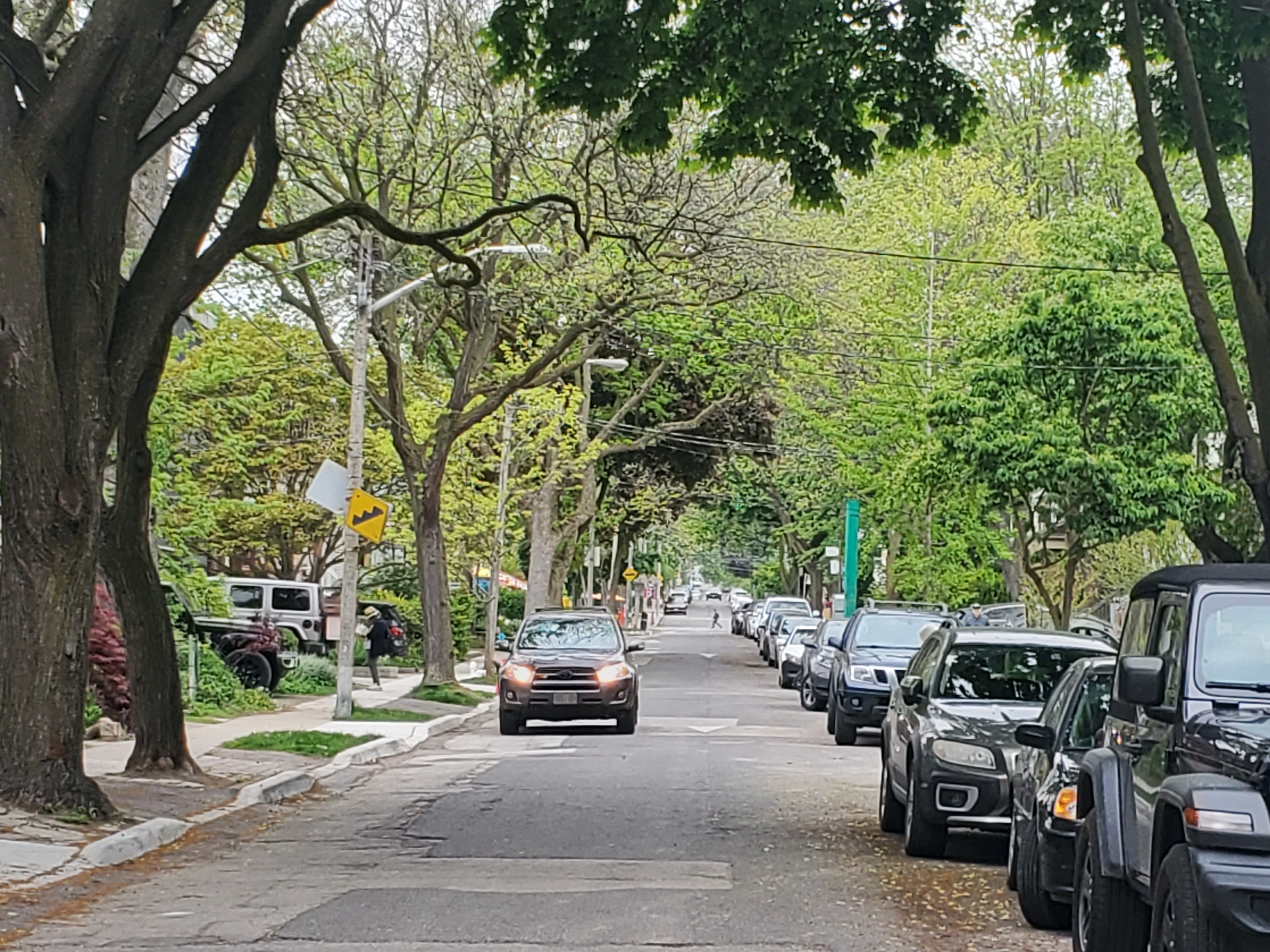
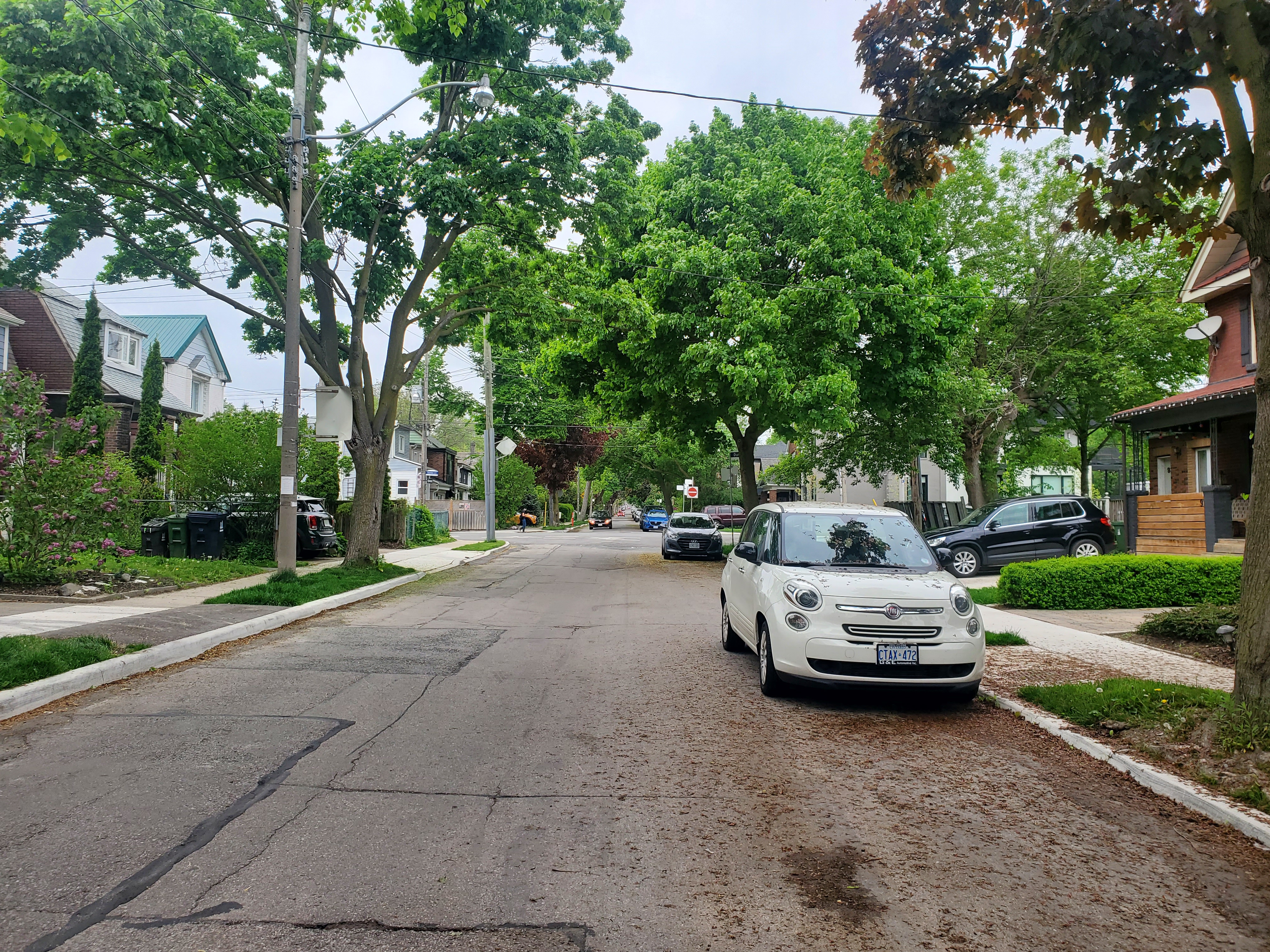
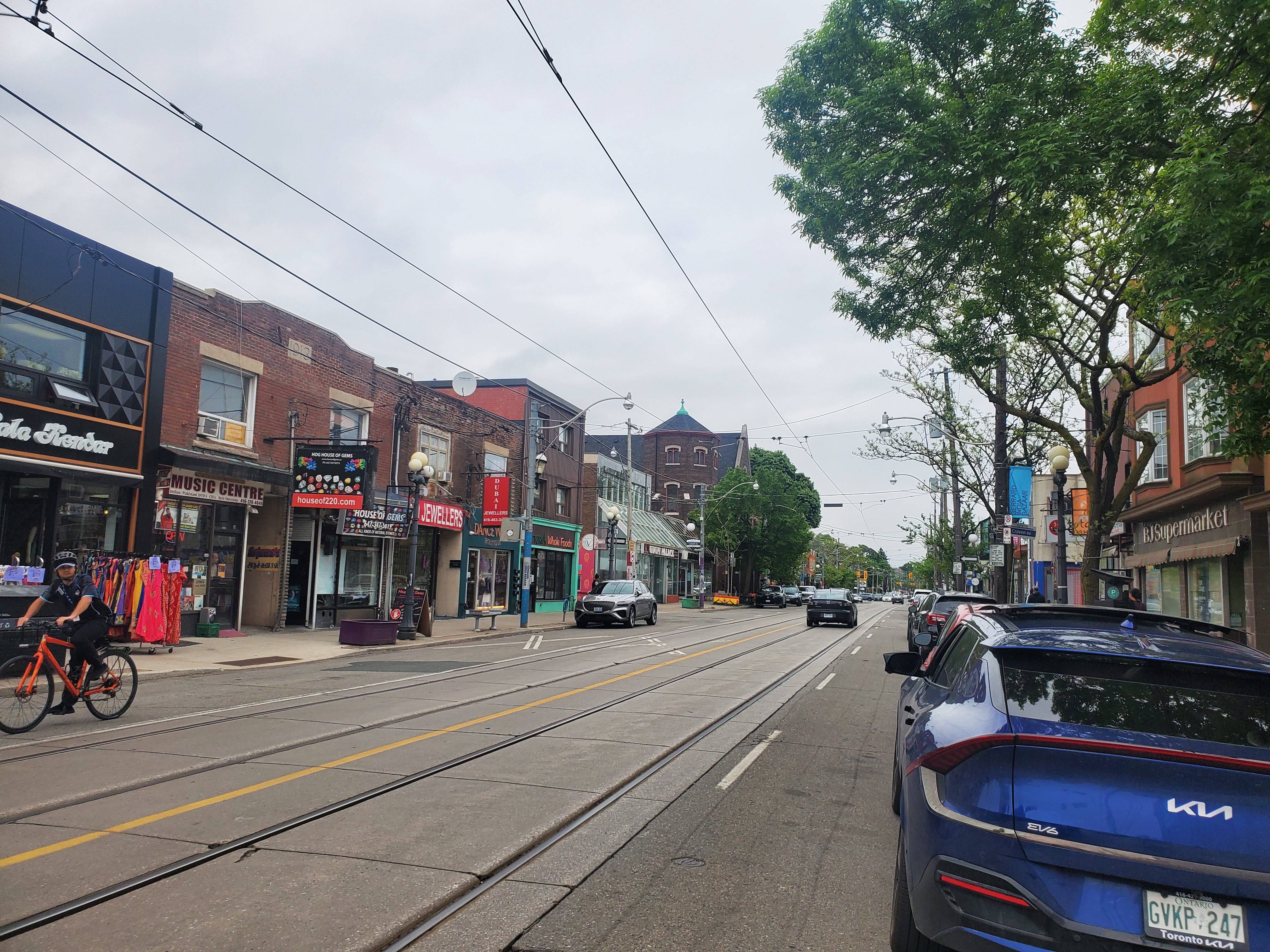
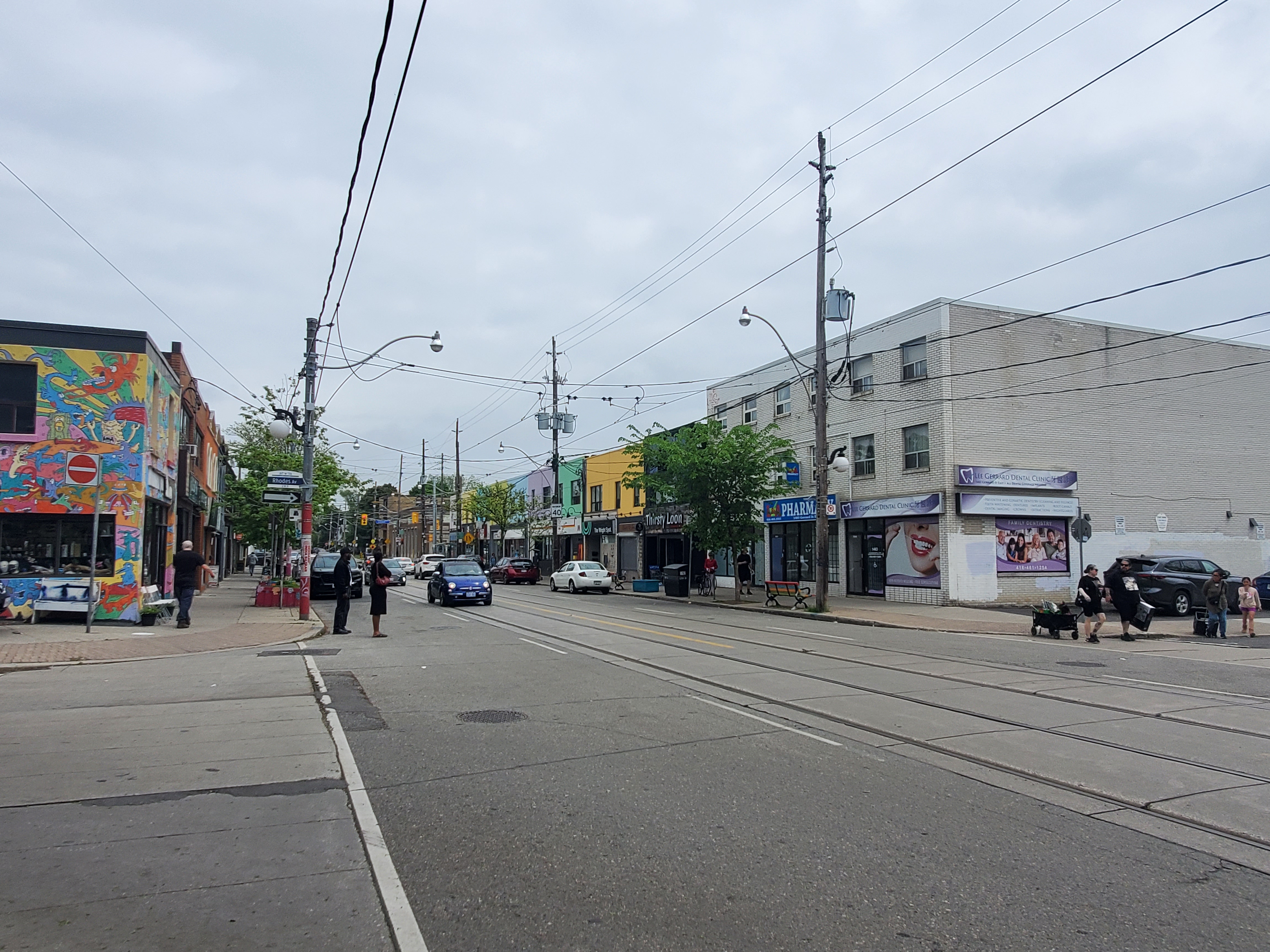
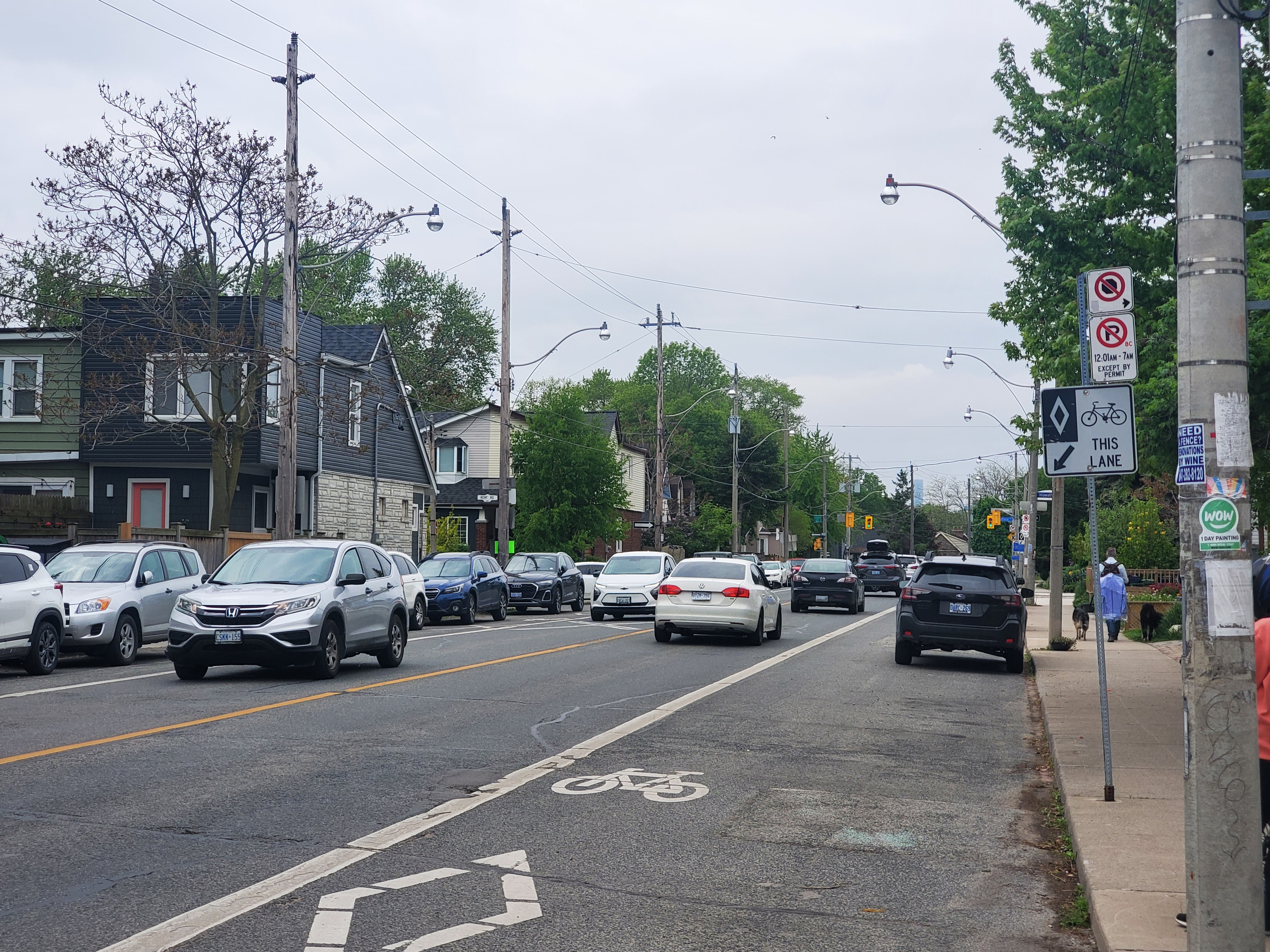
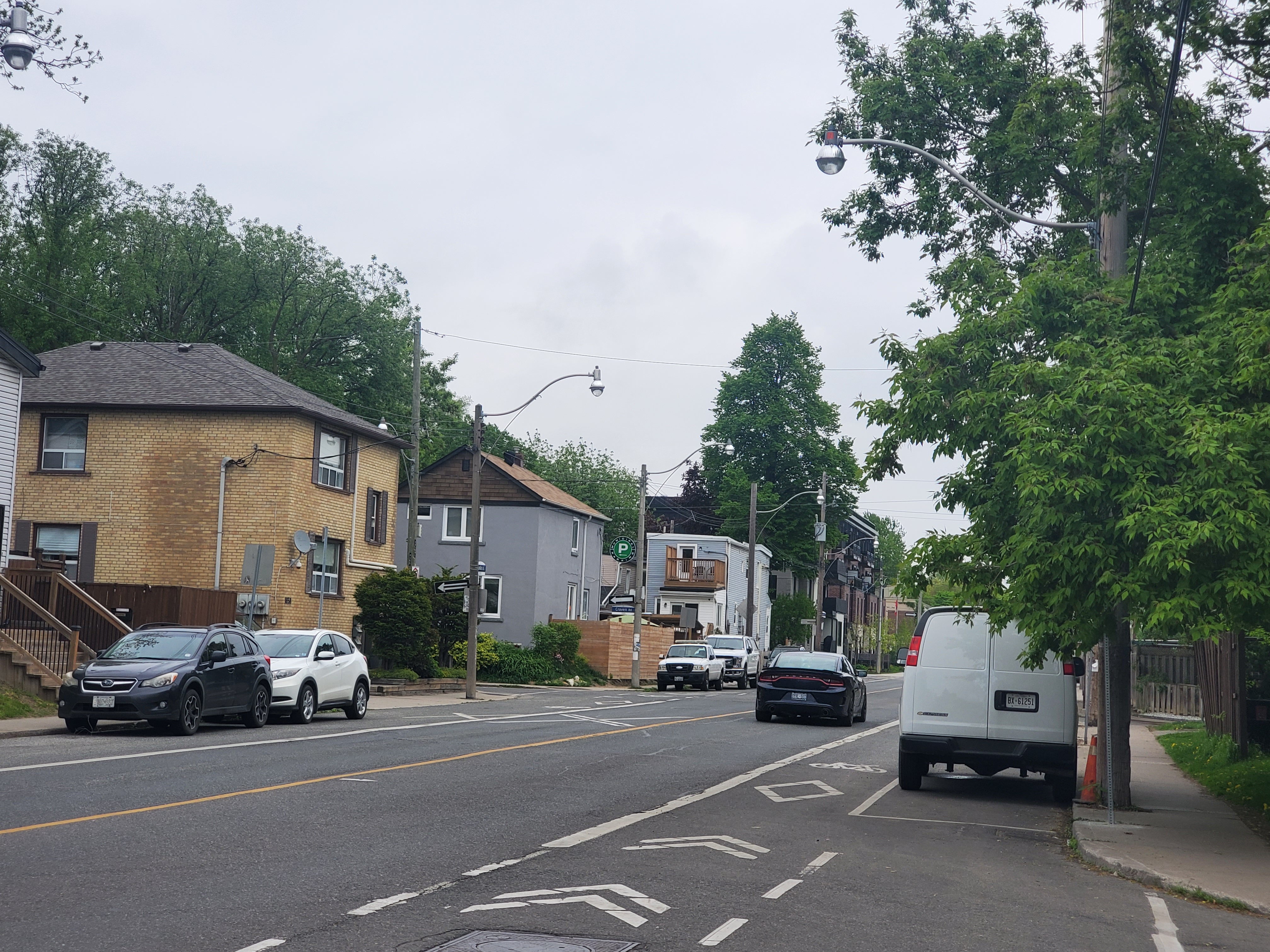
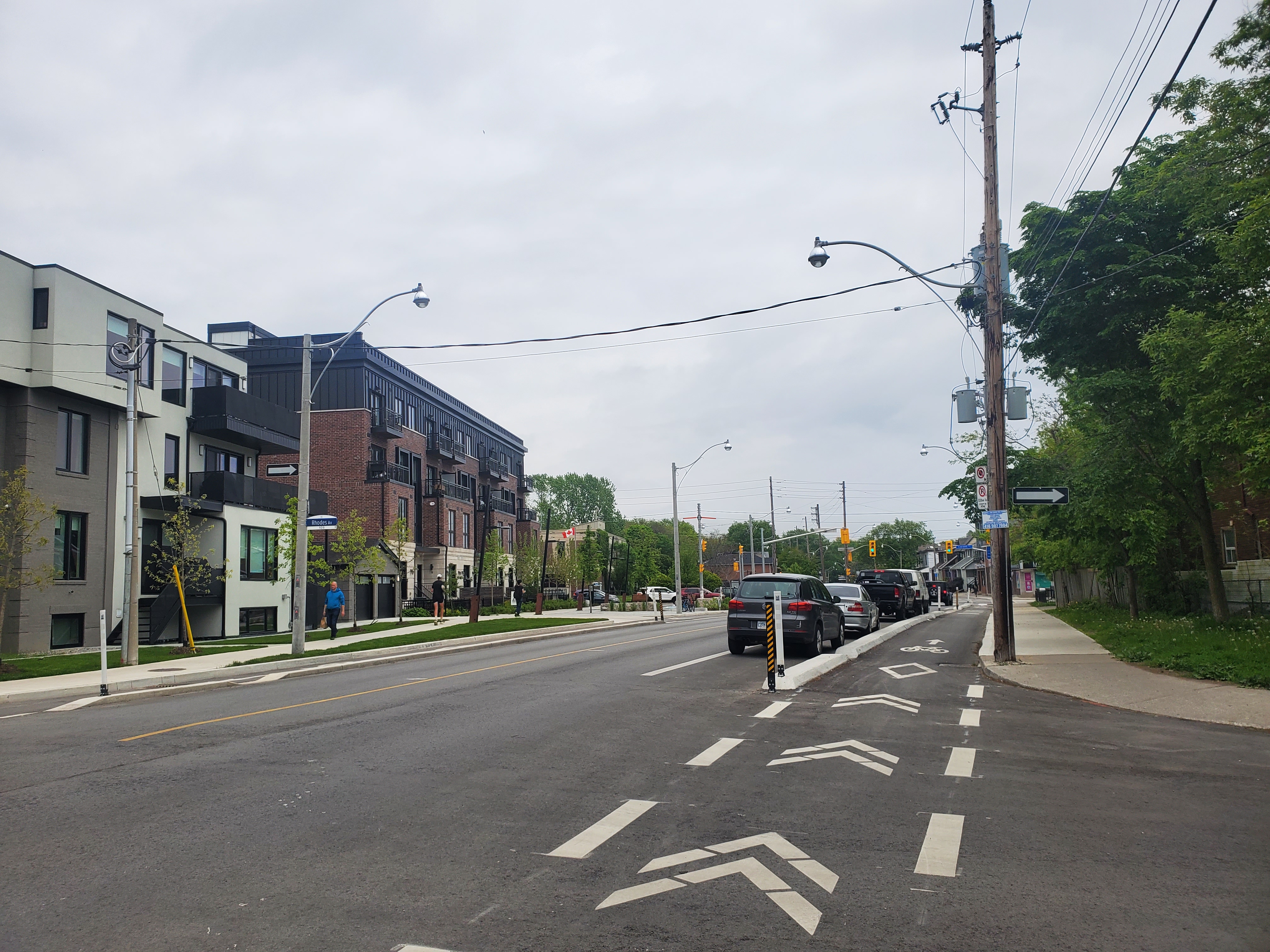
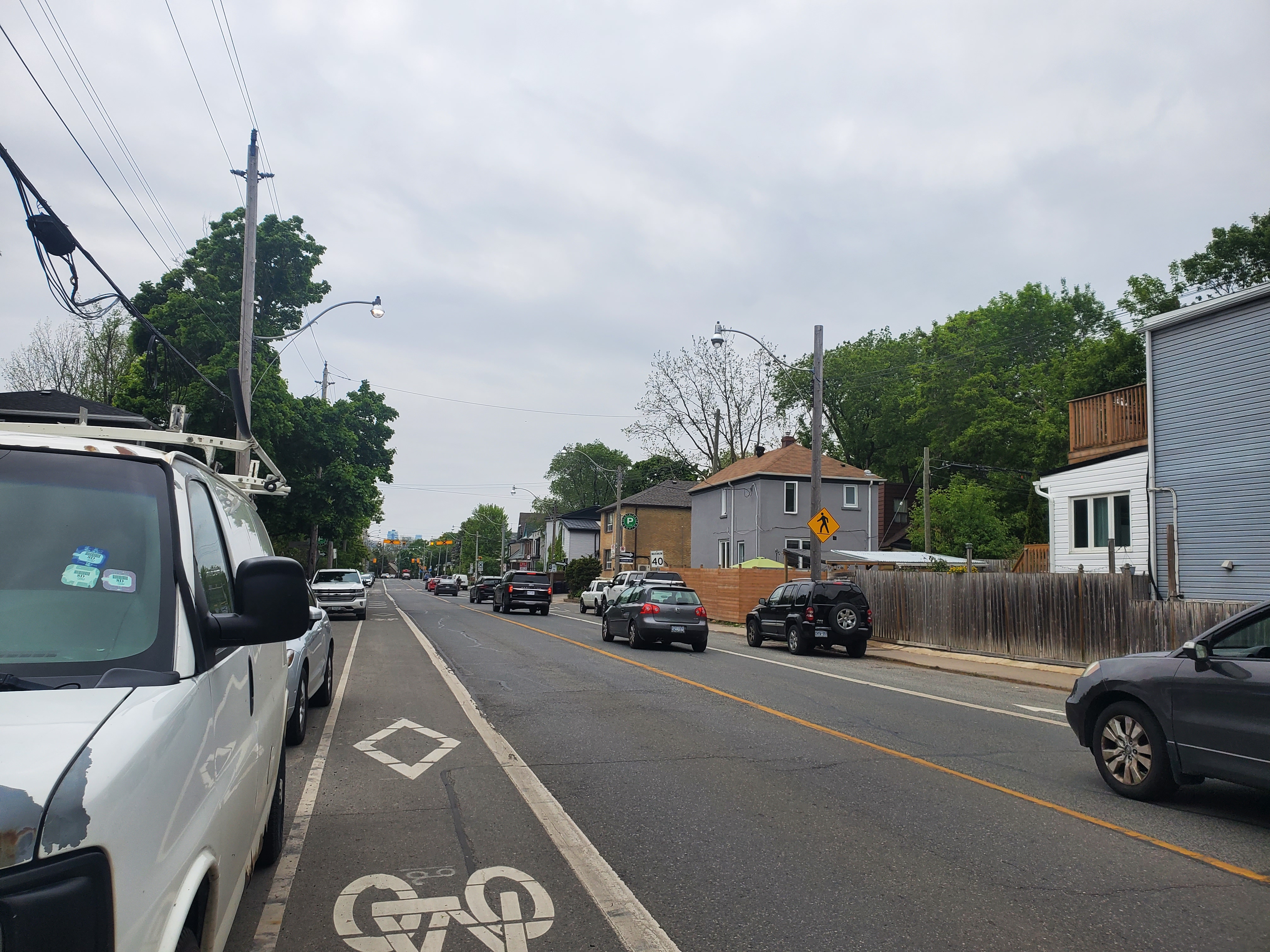
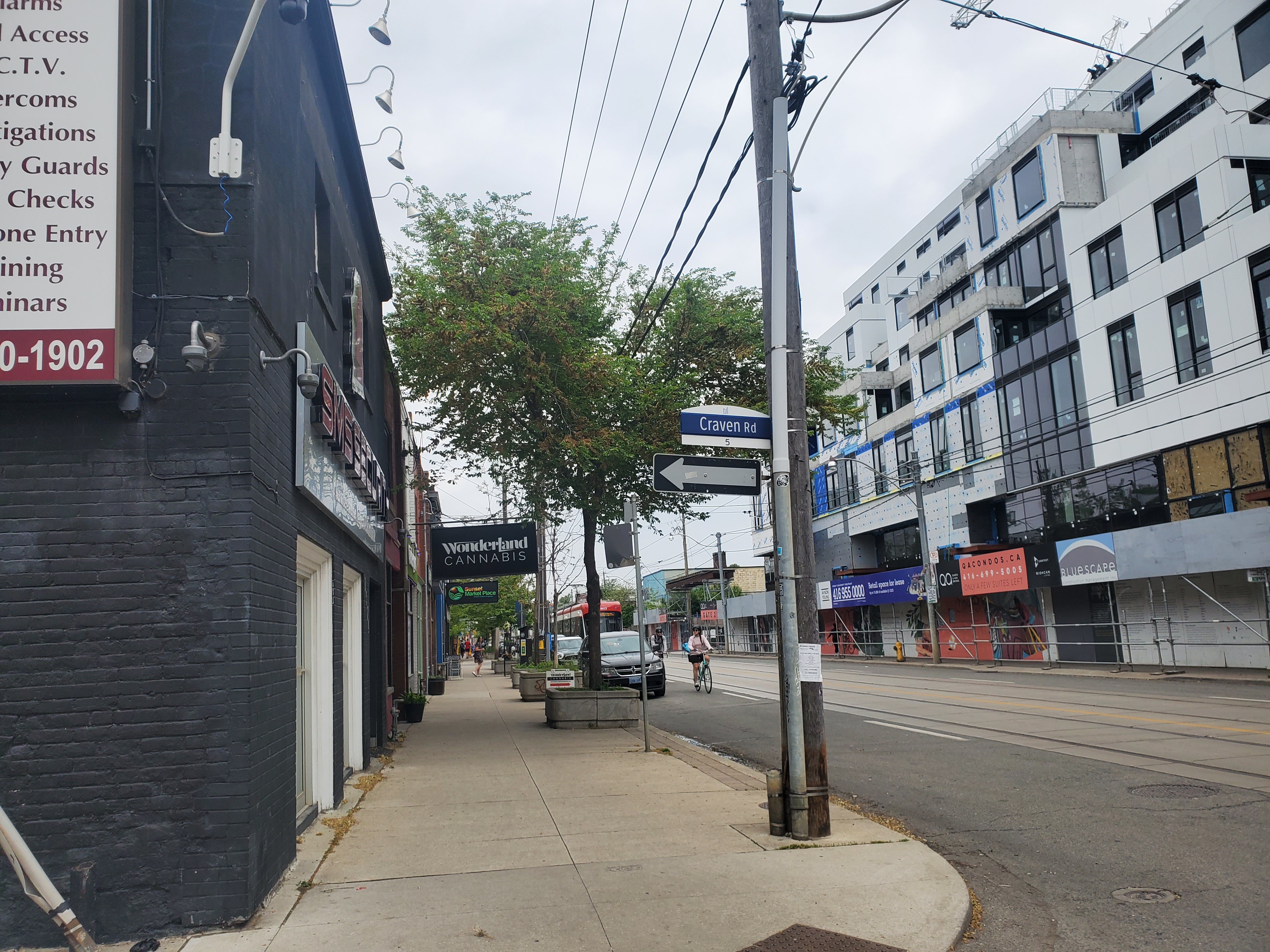
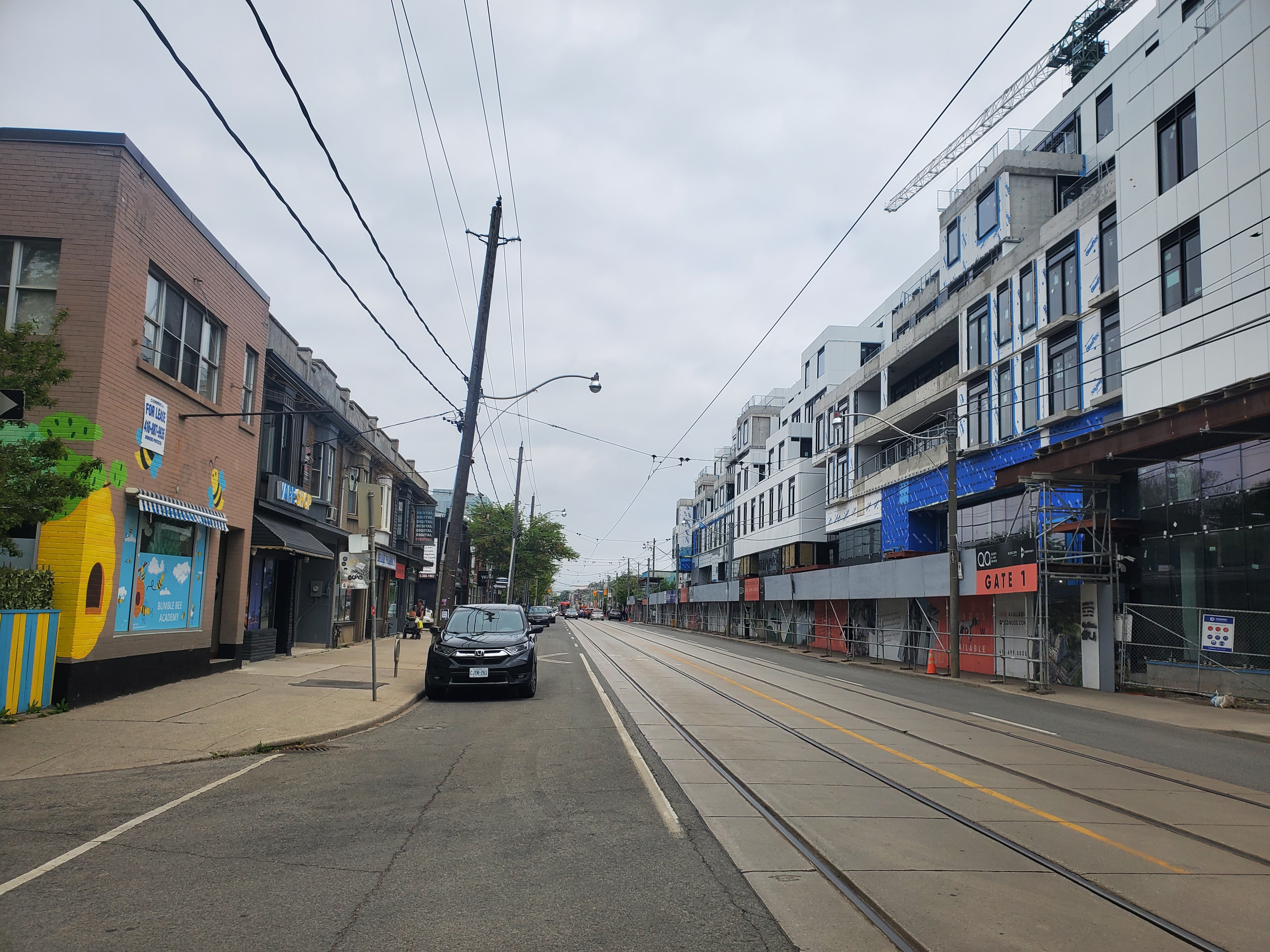
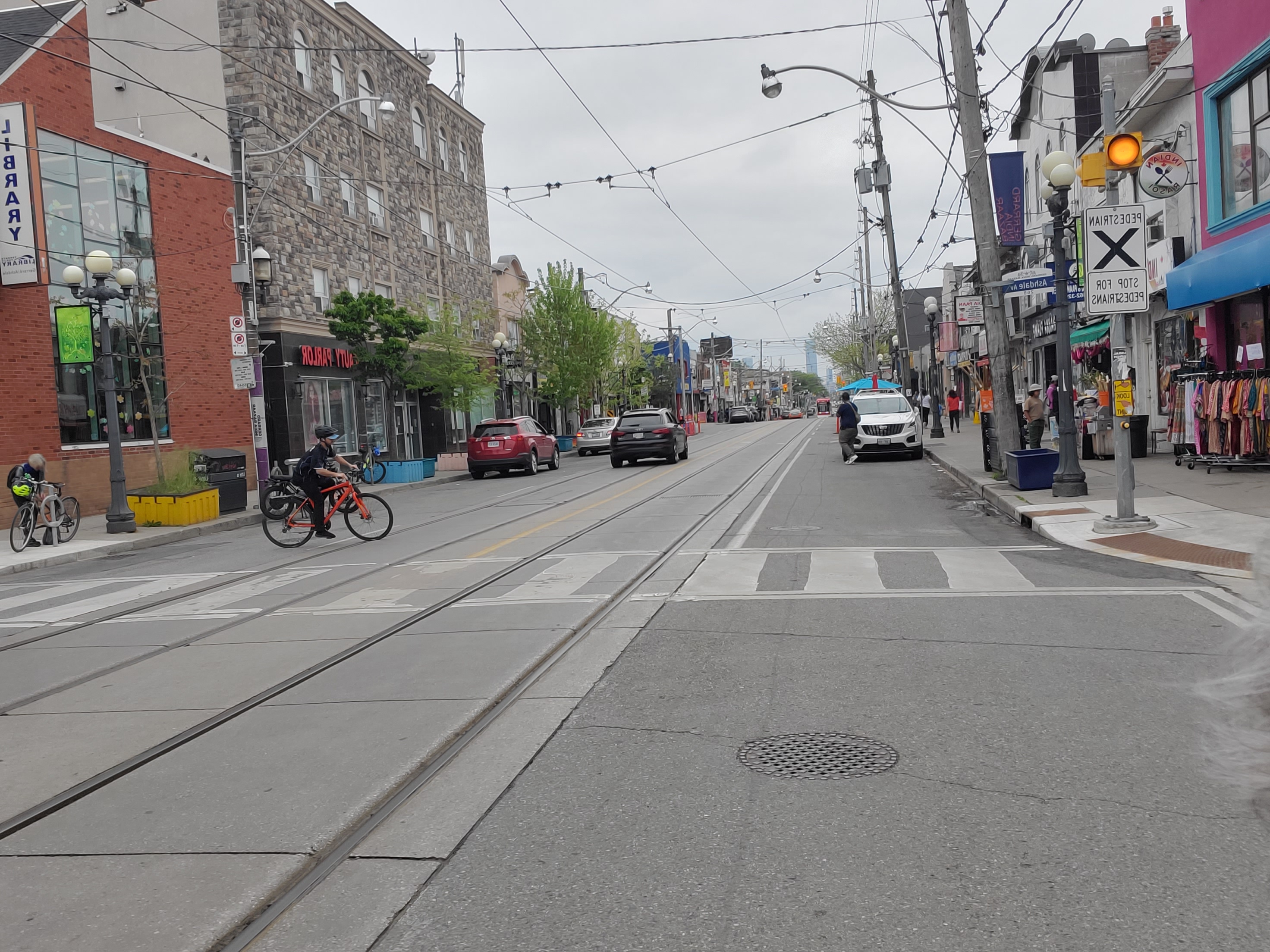
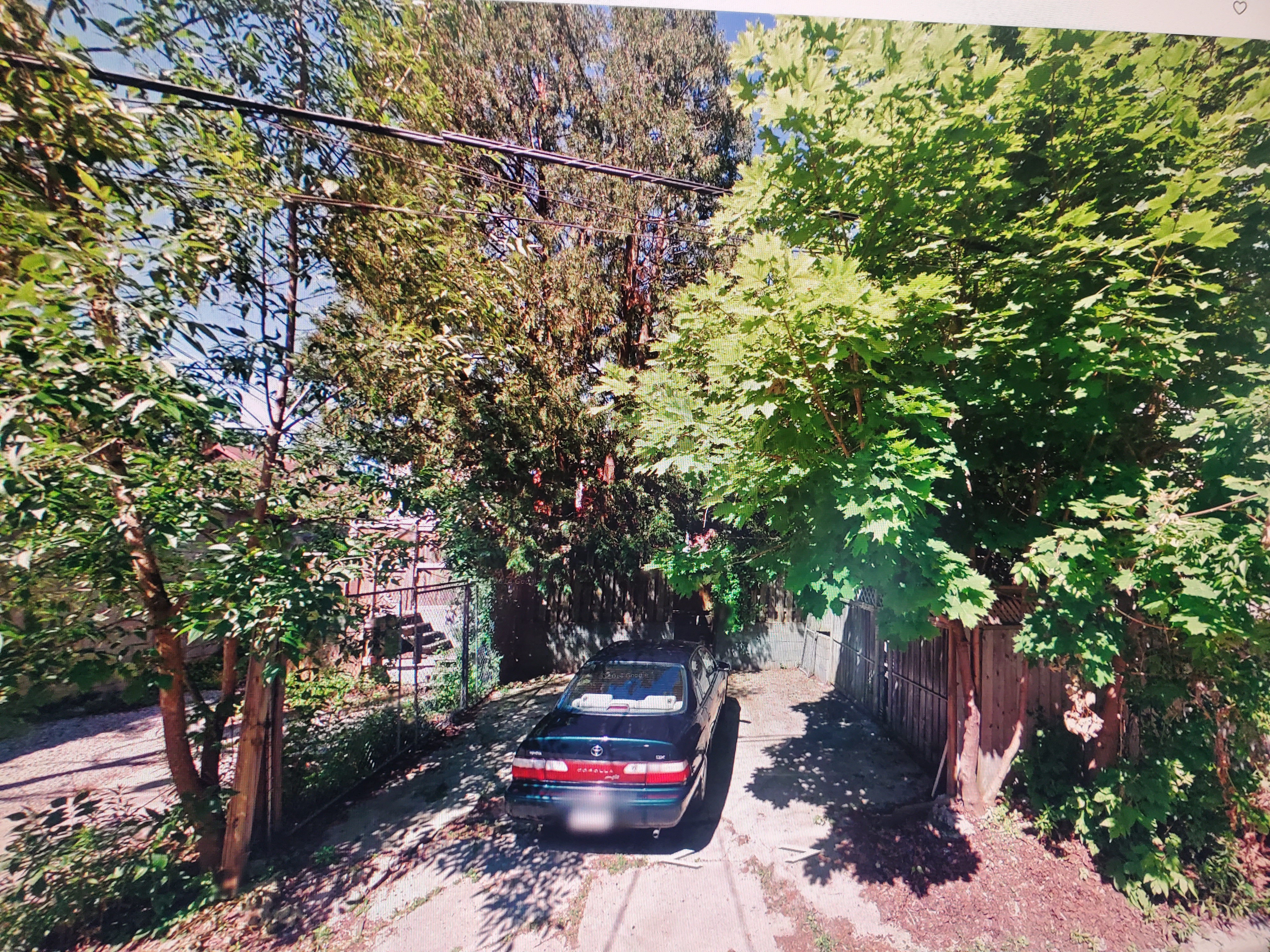
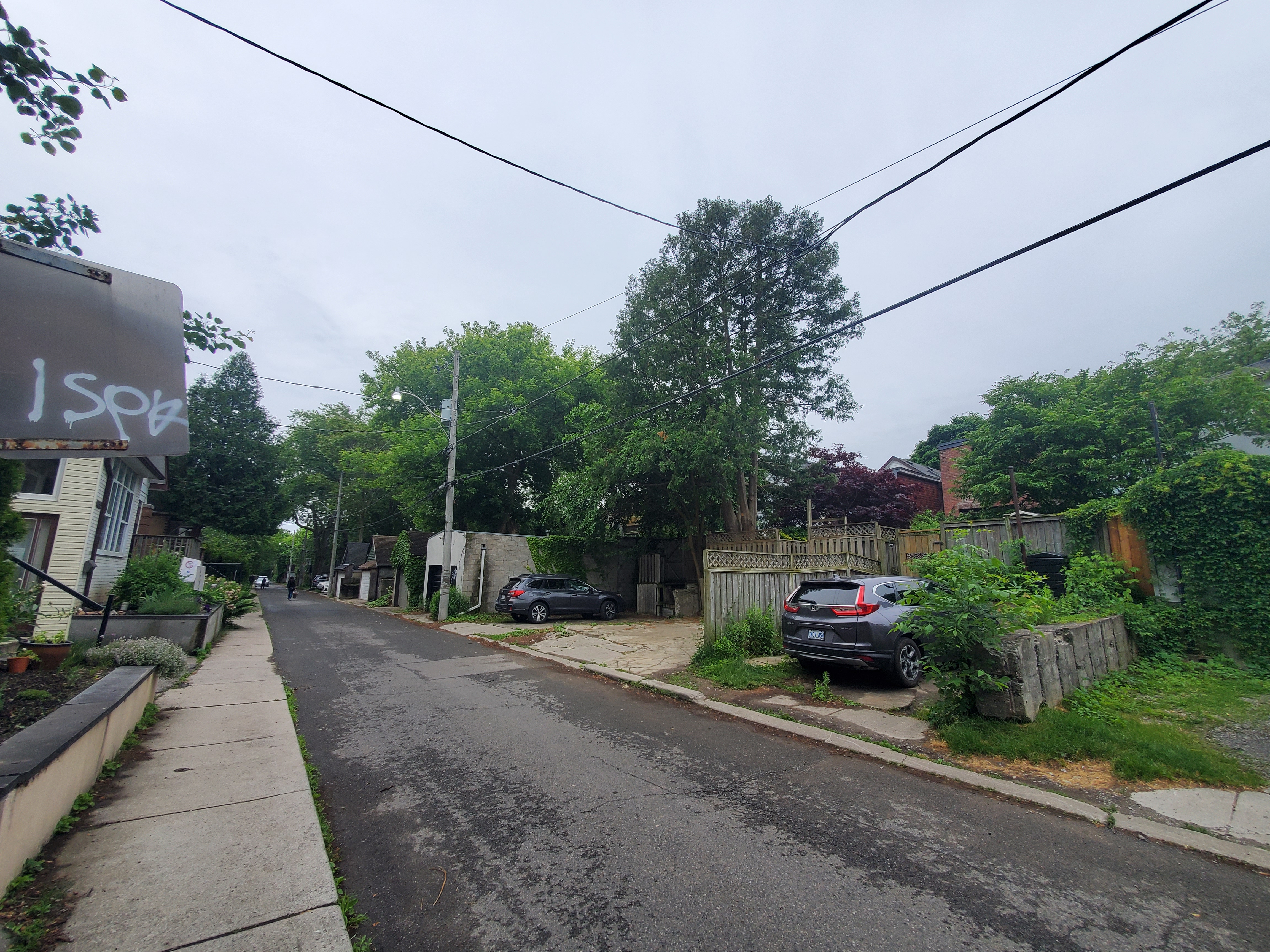
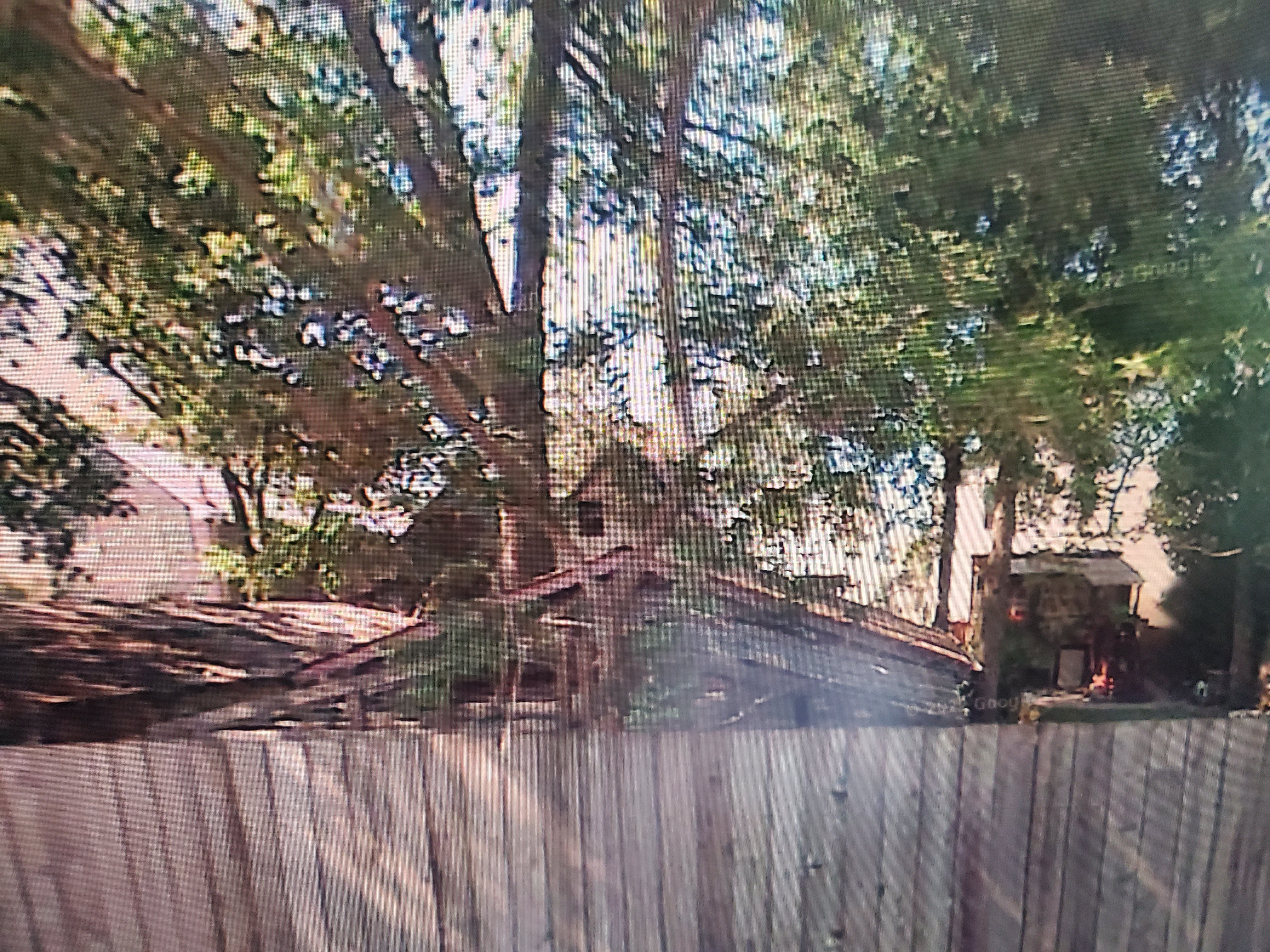
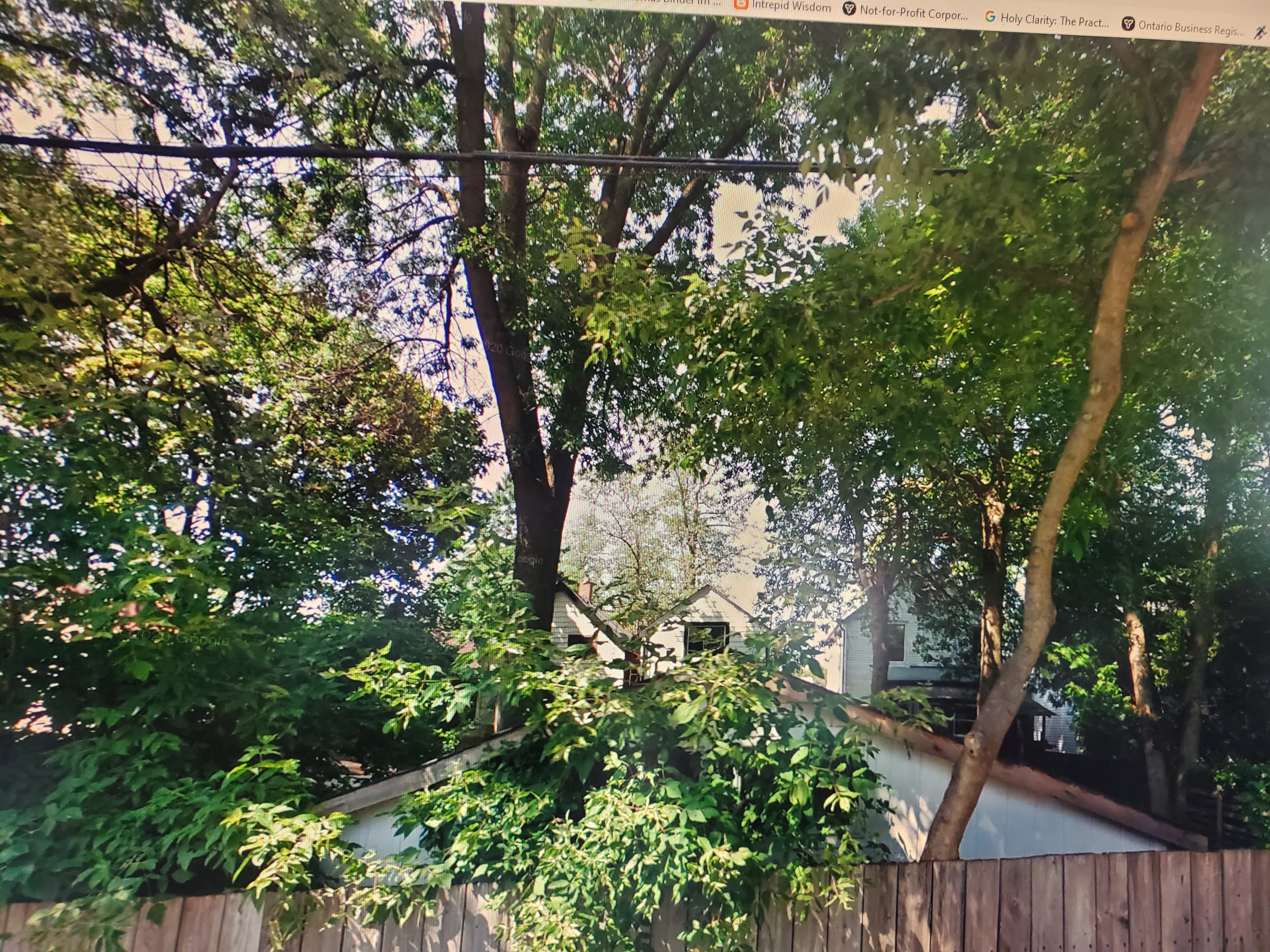
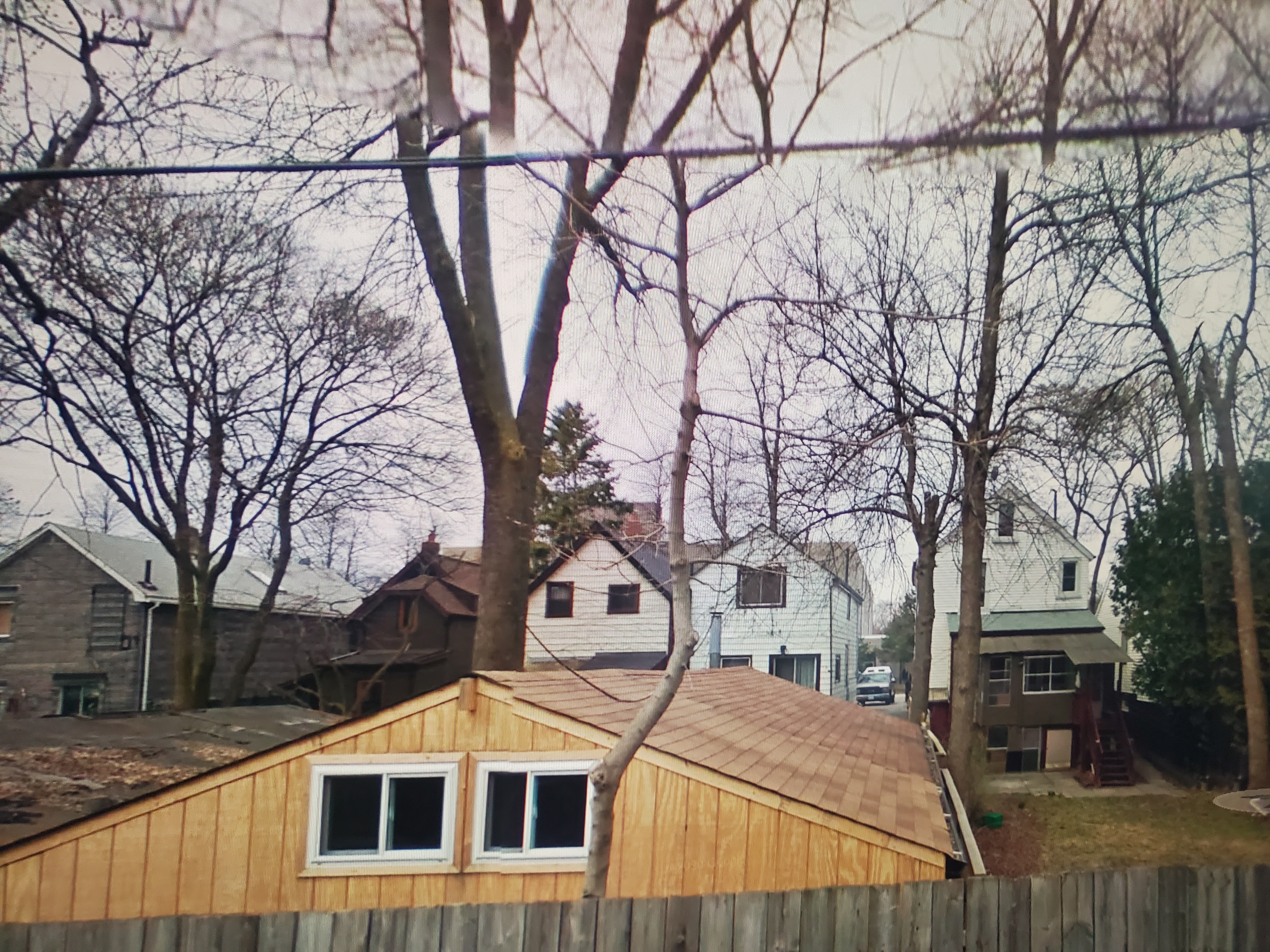
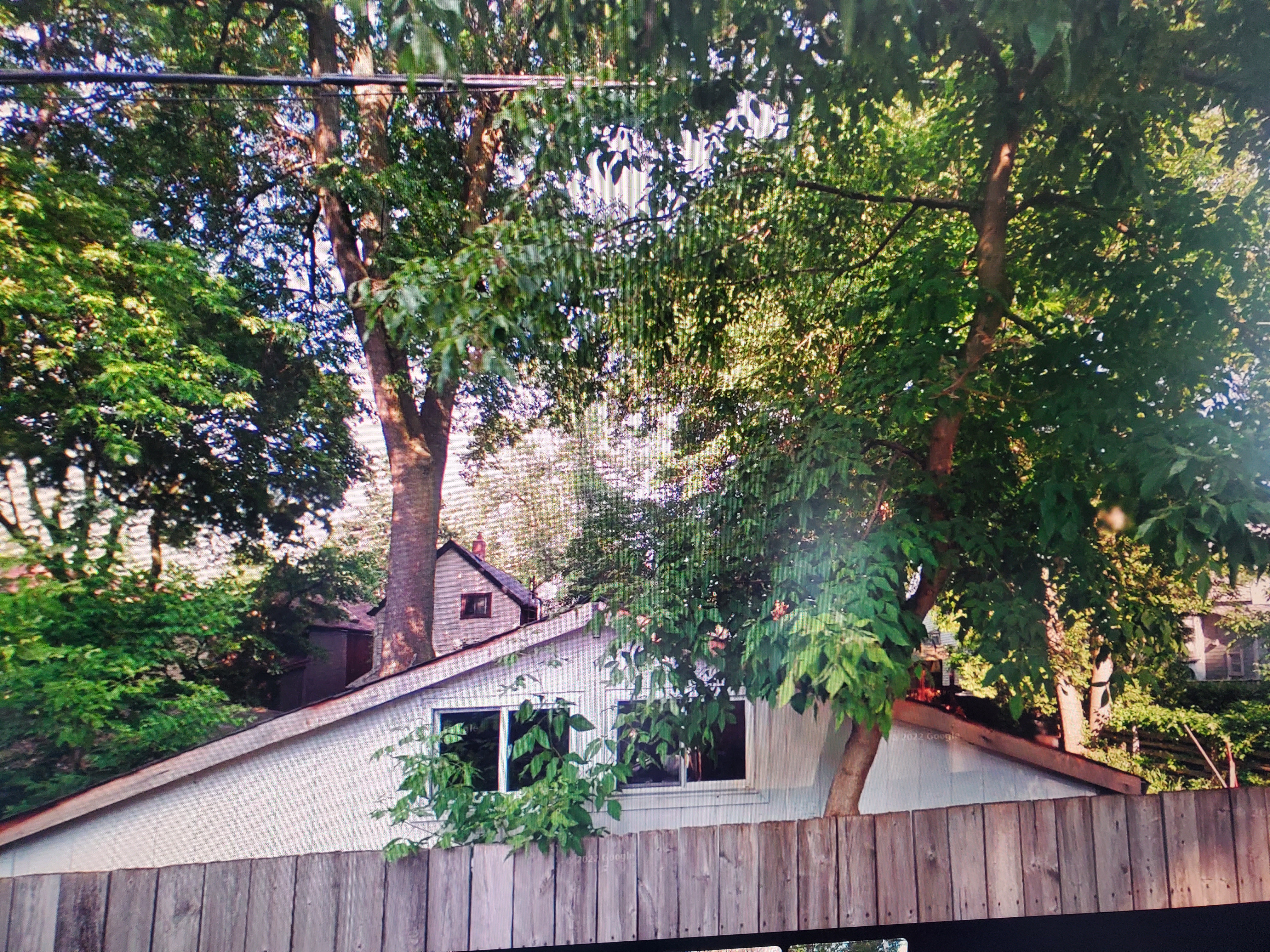
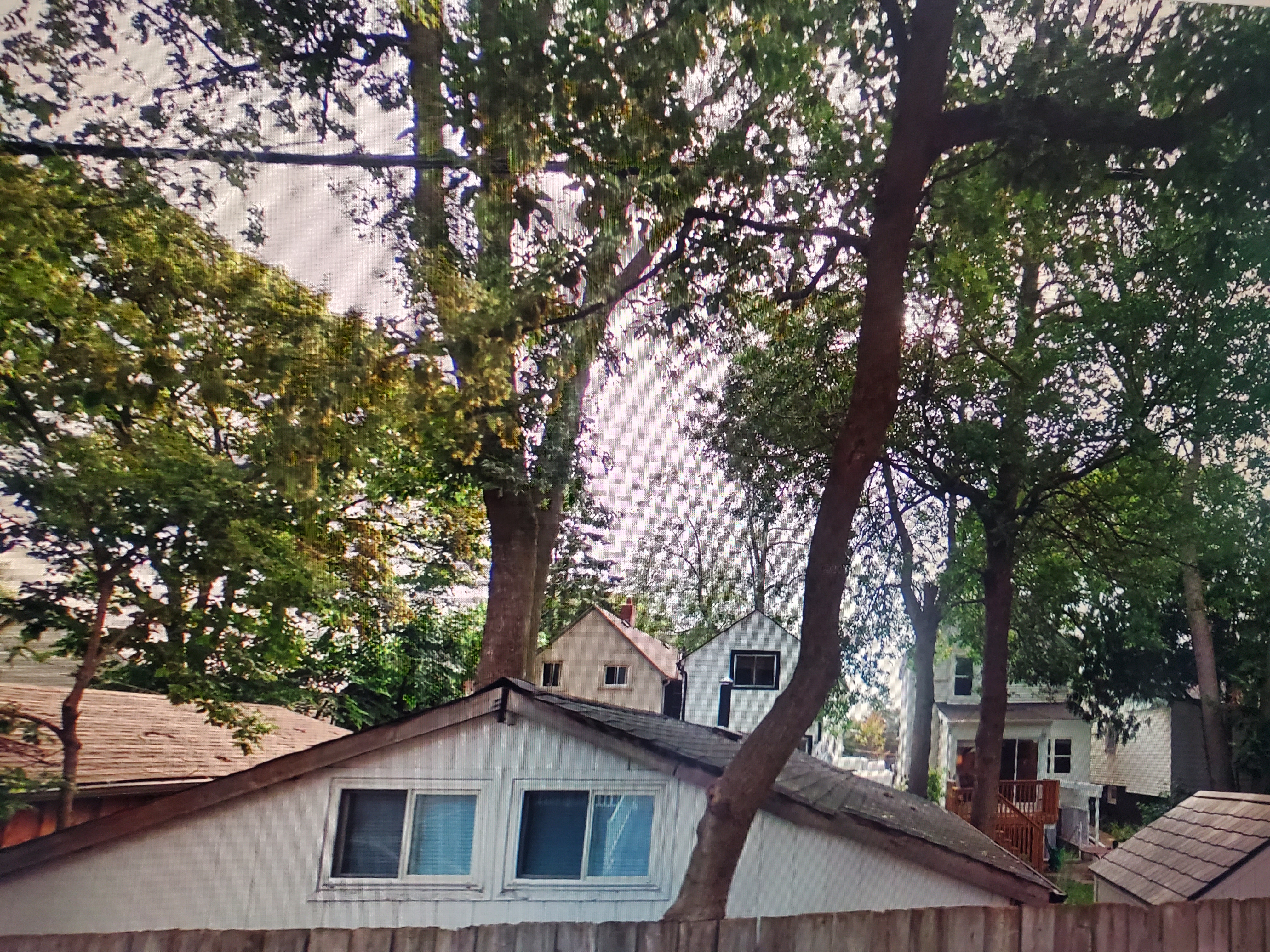
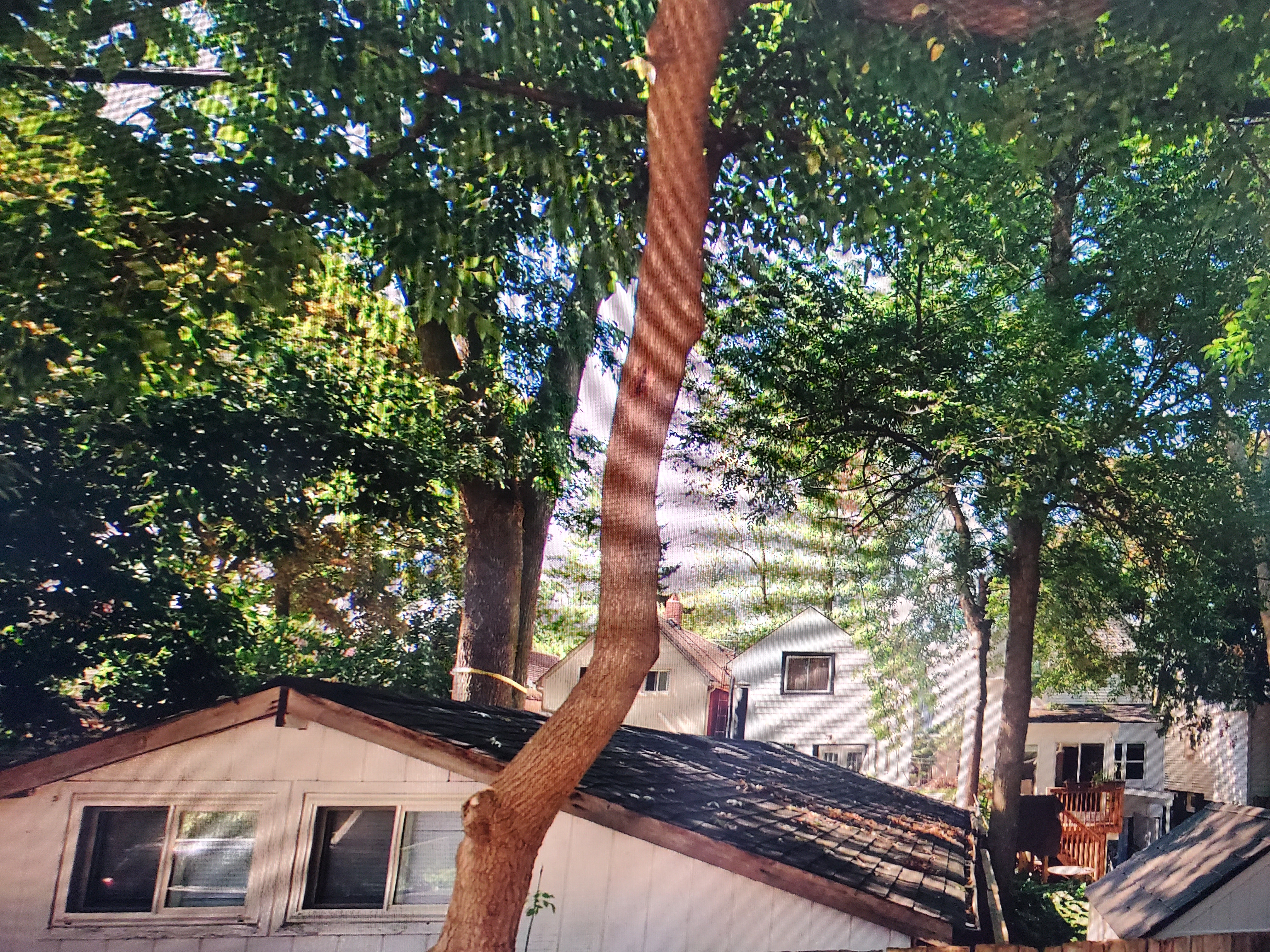
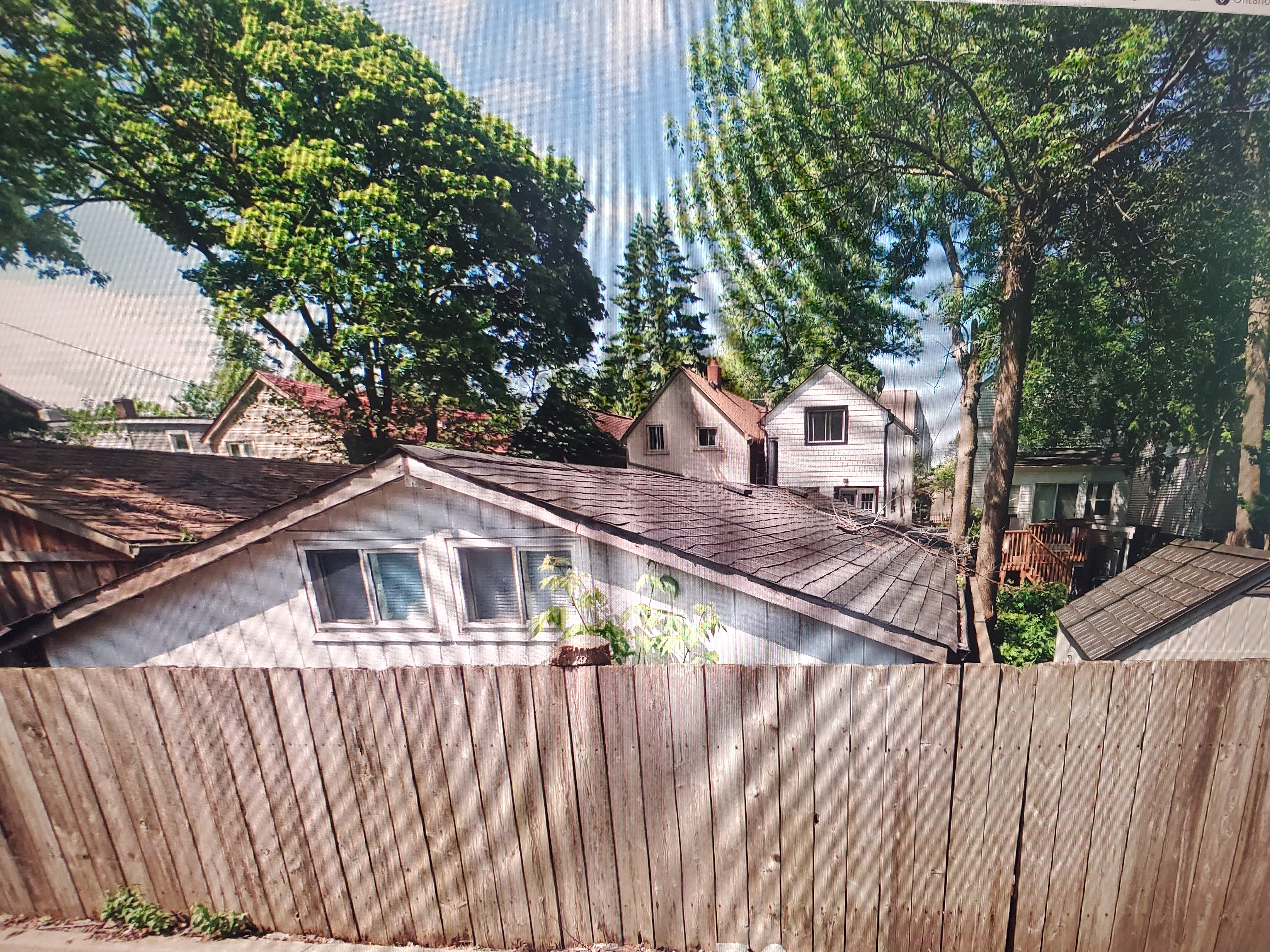
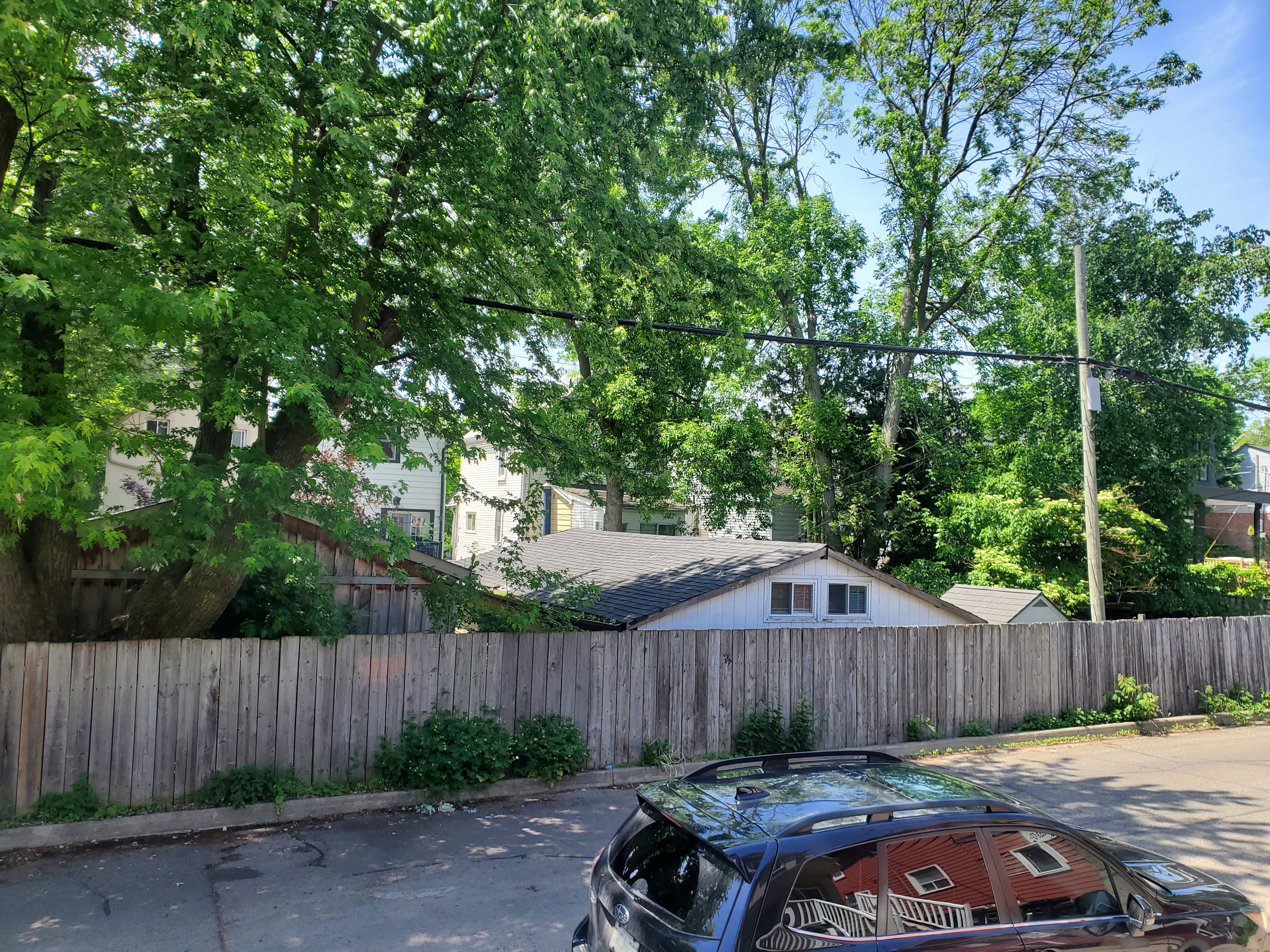
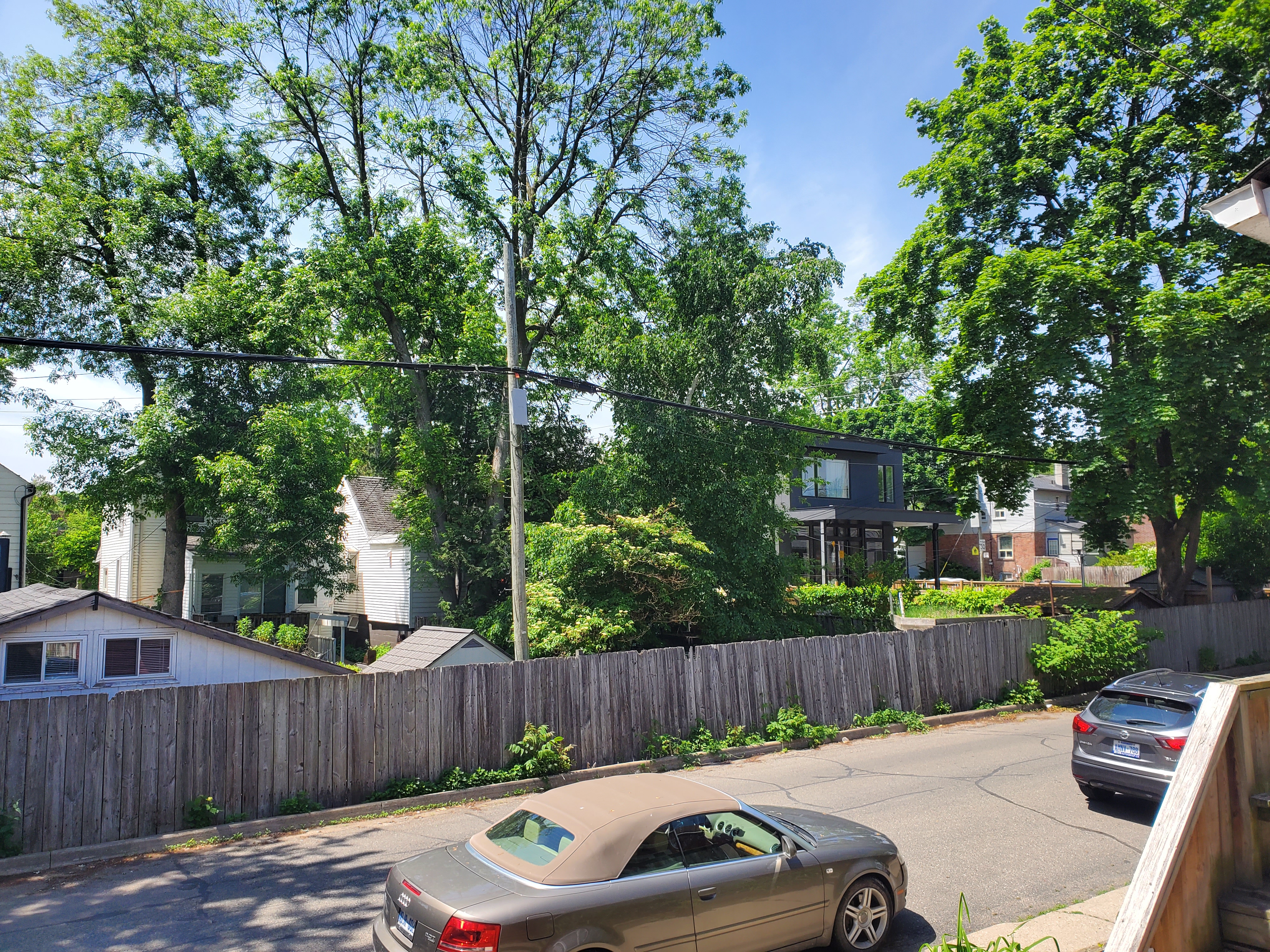
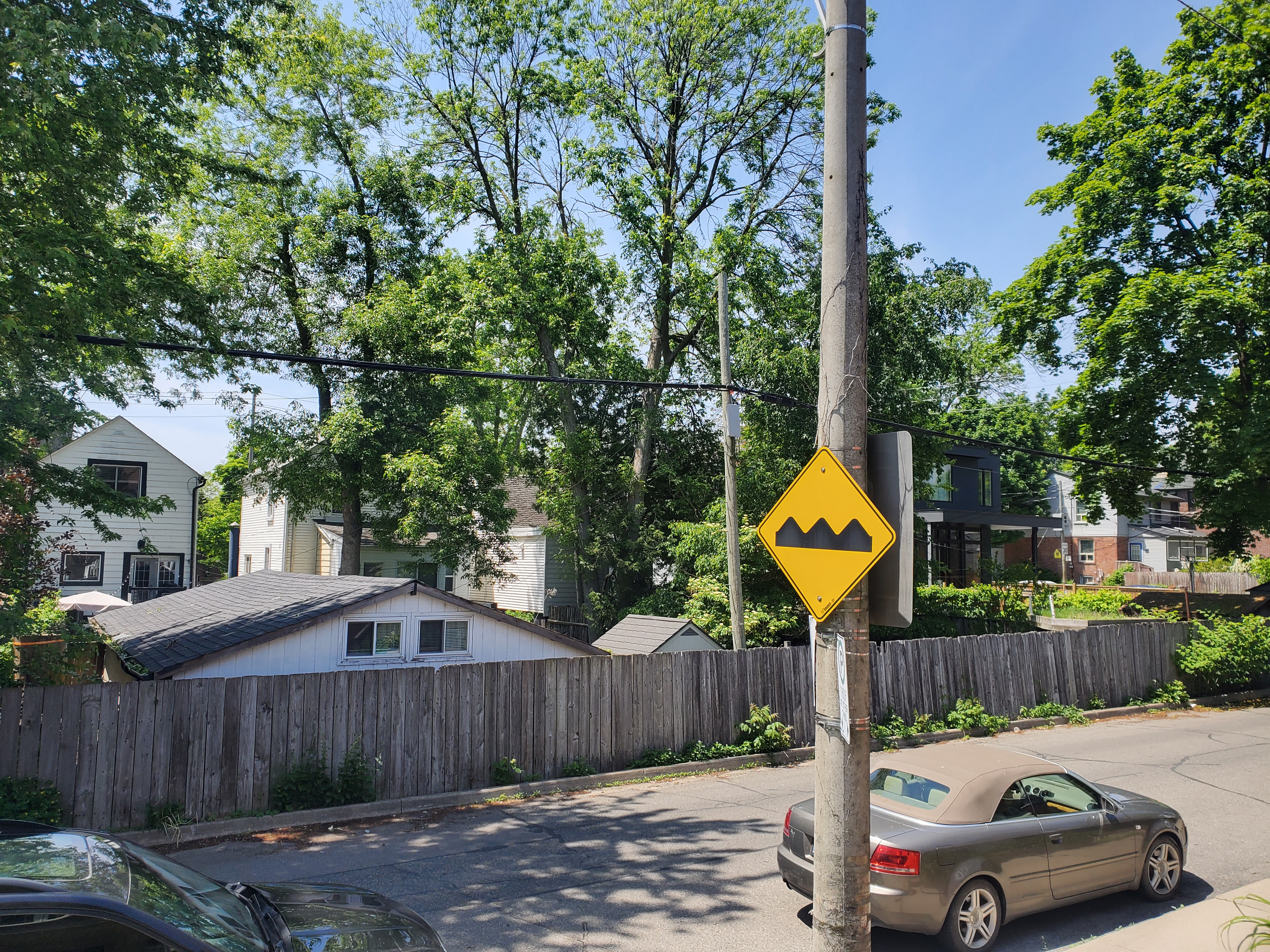

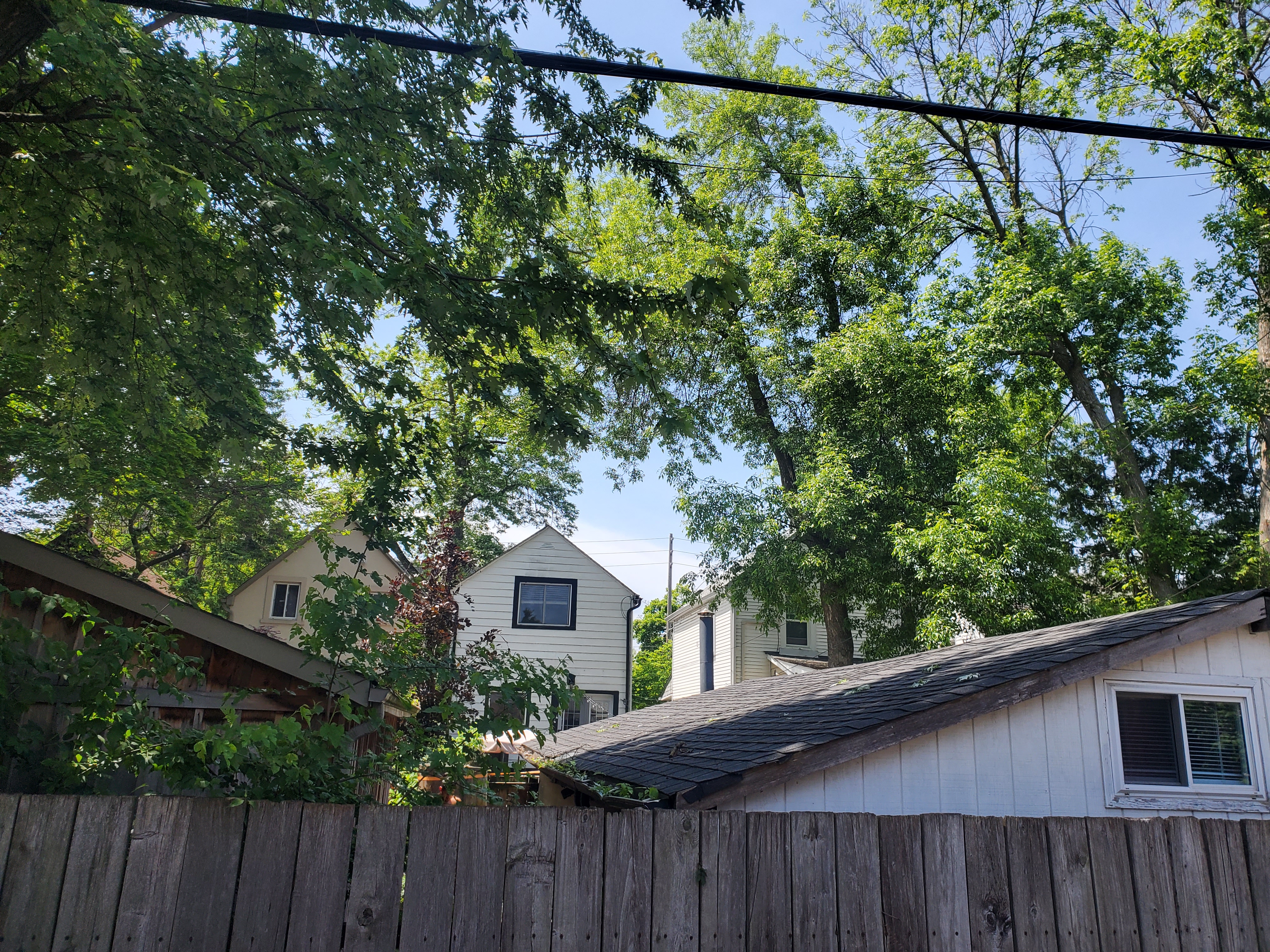
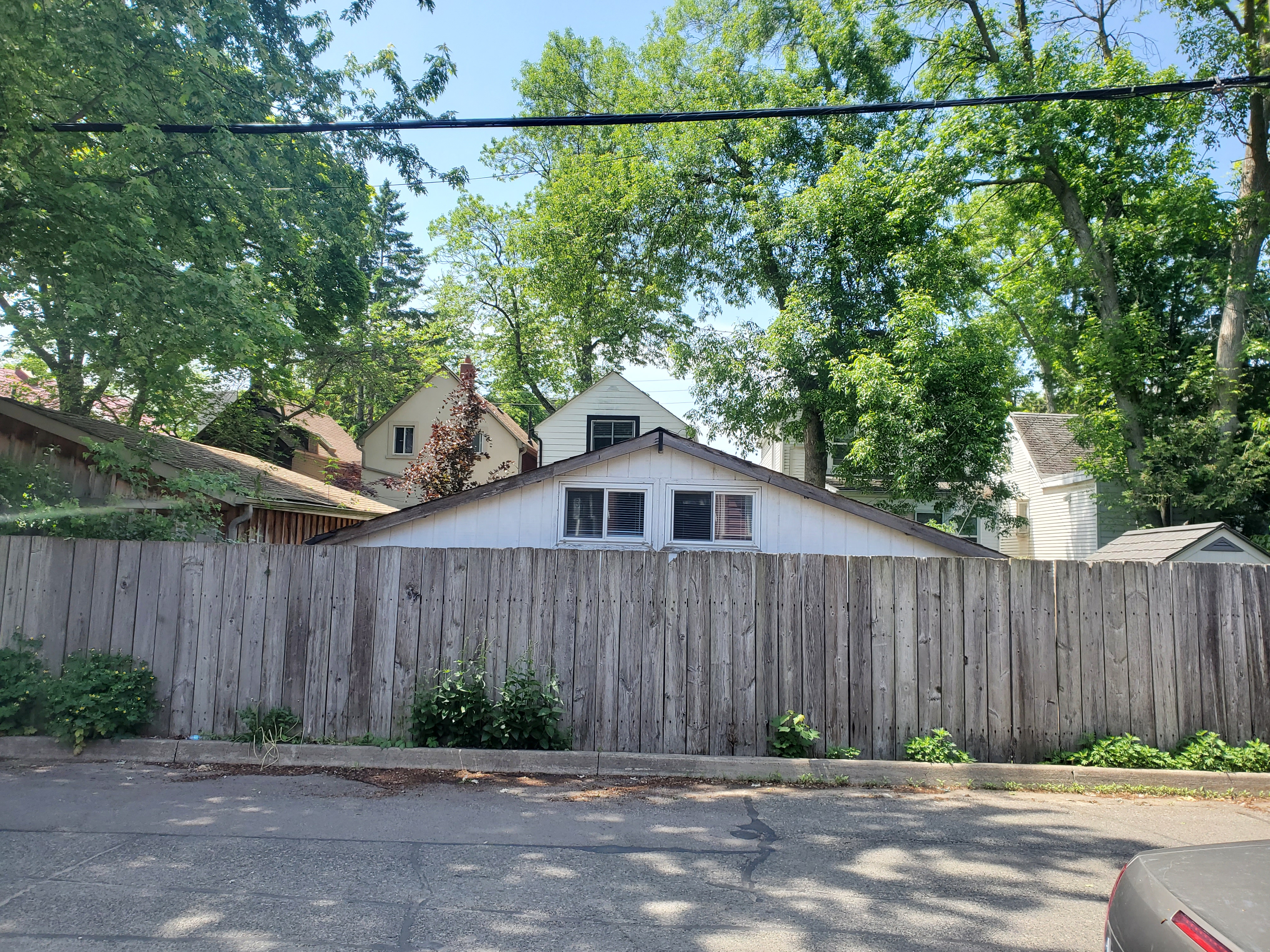
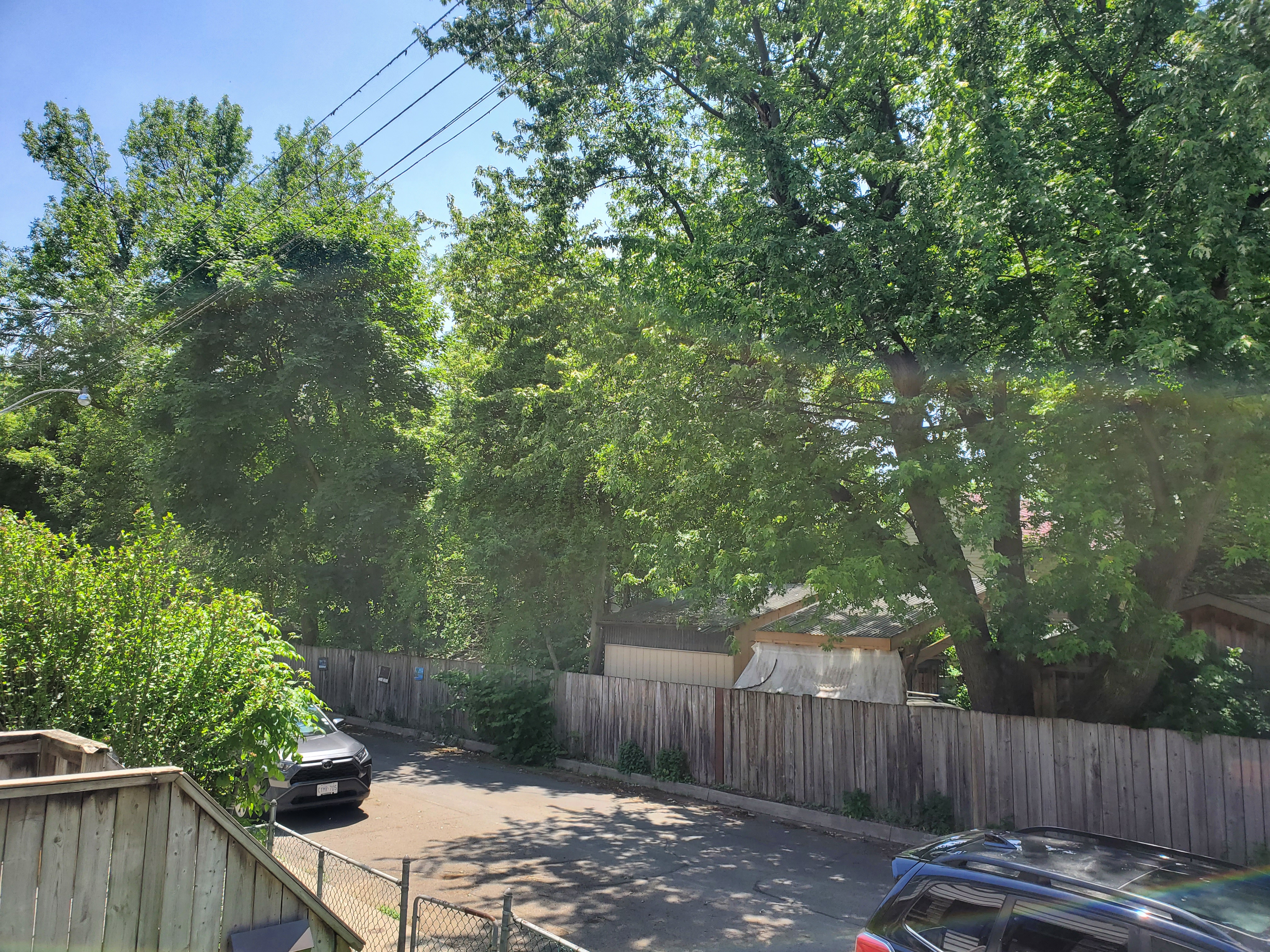
.jpg)